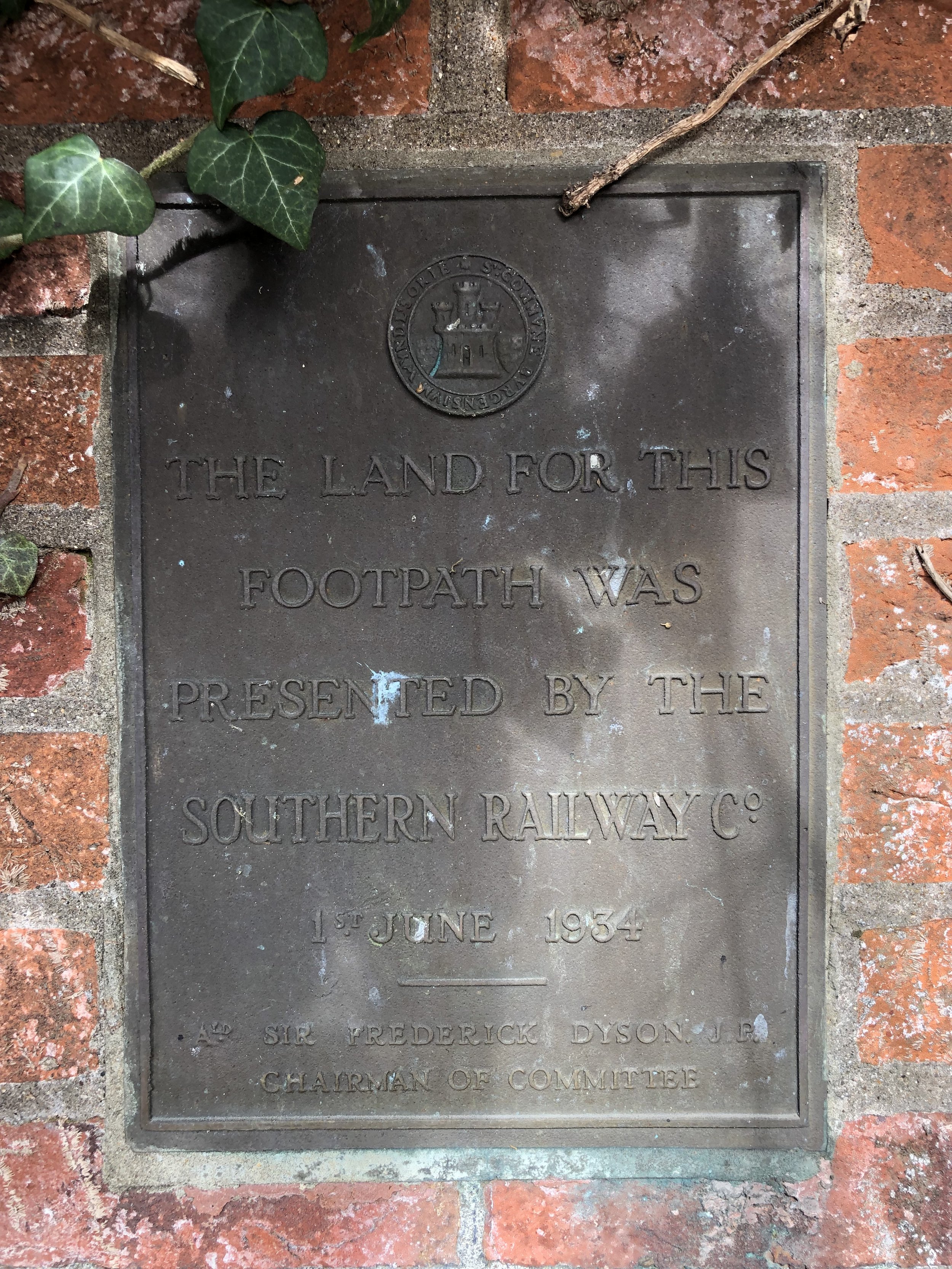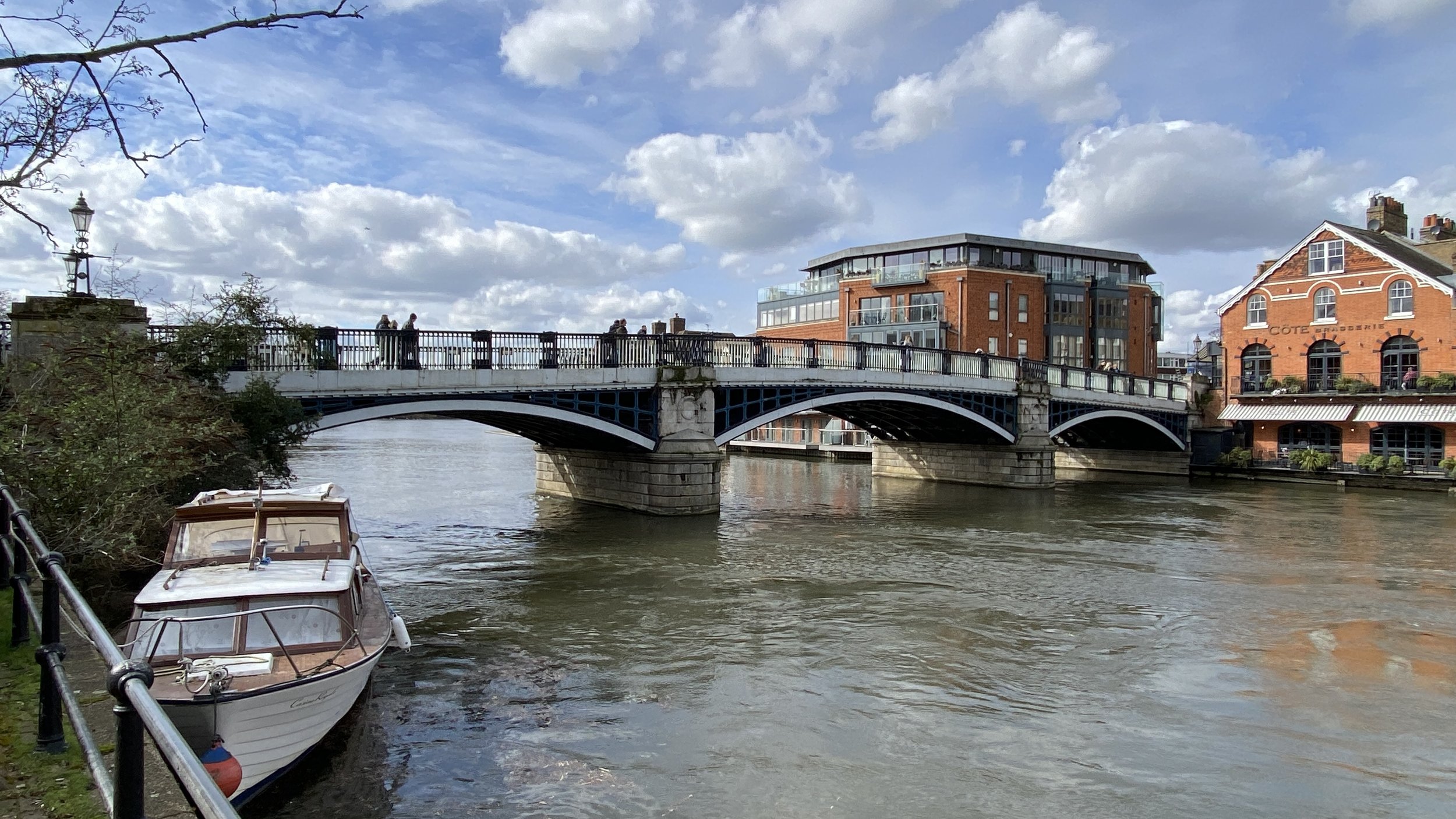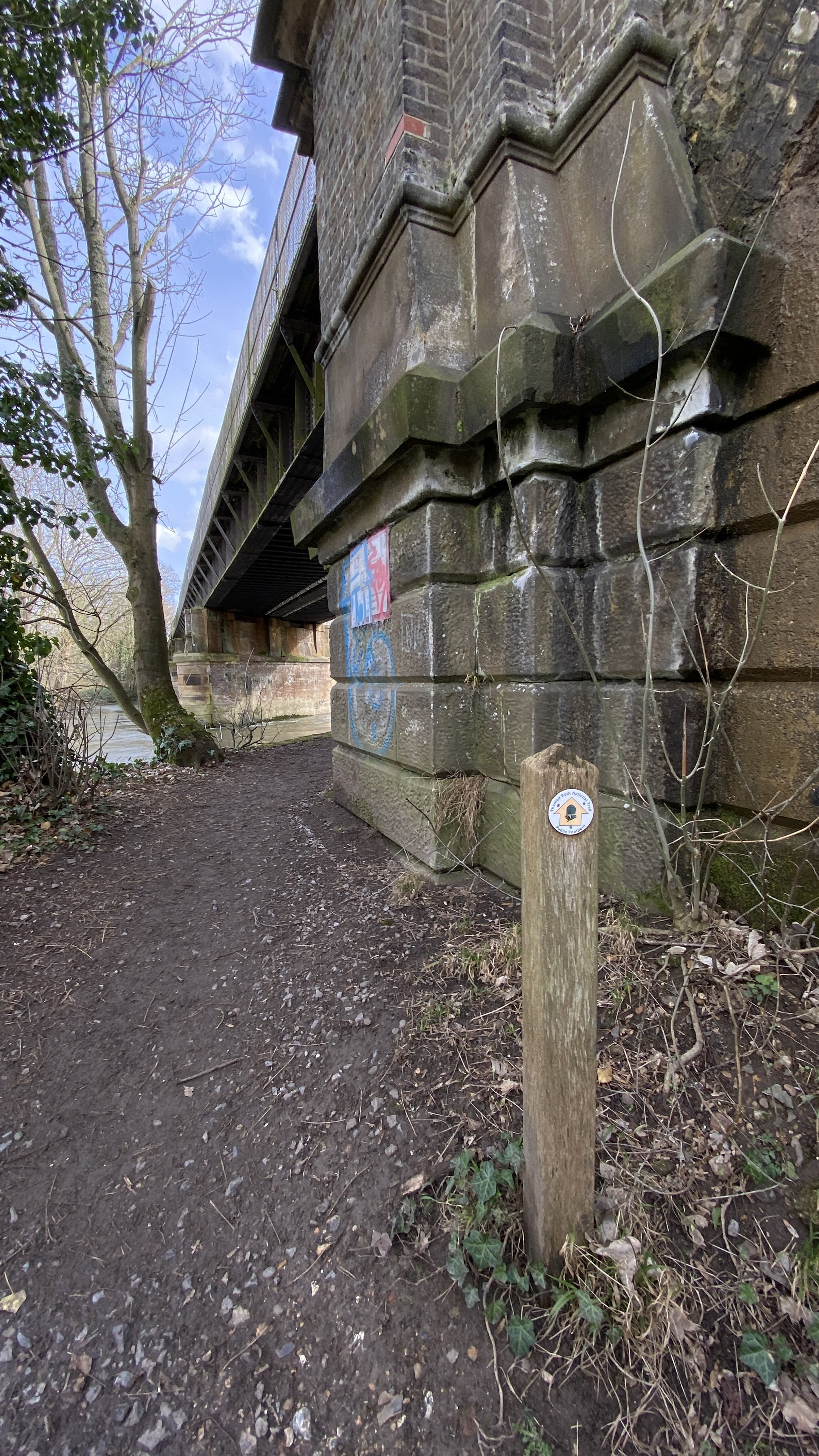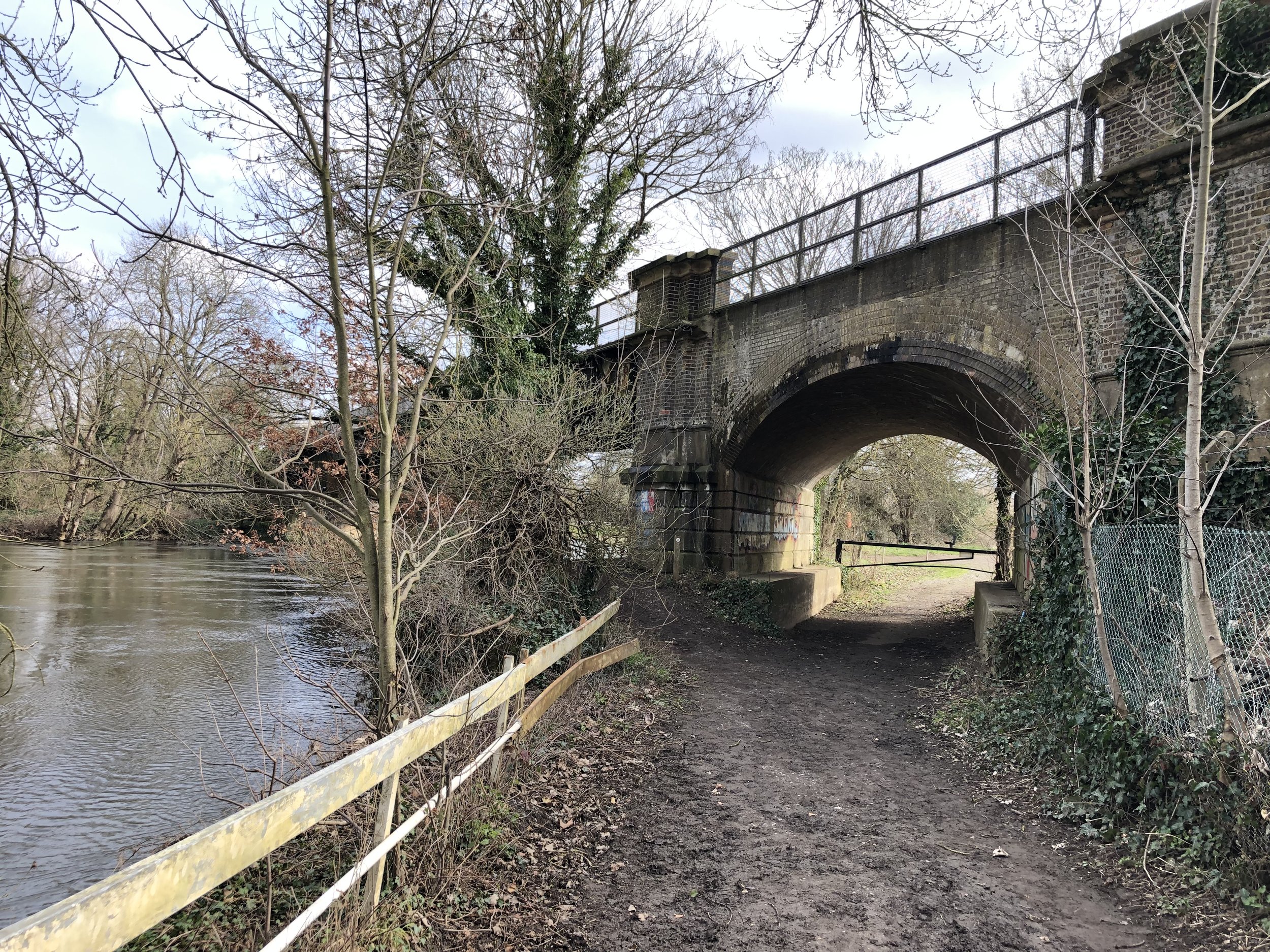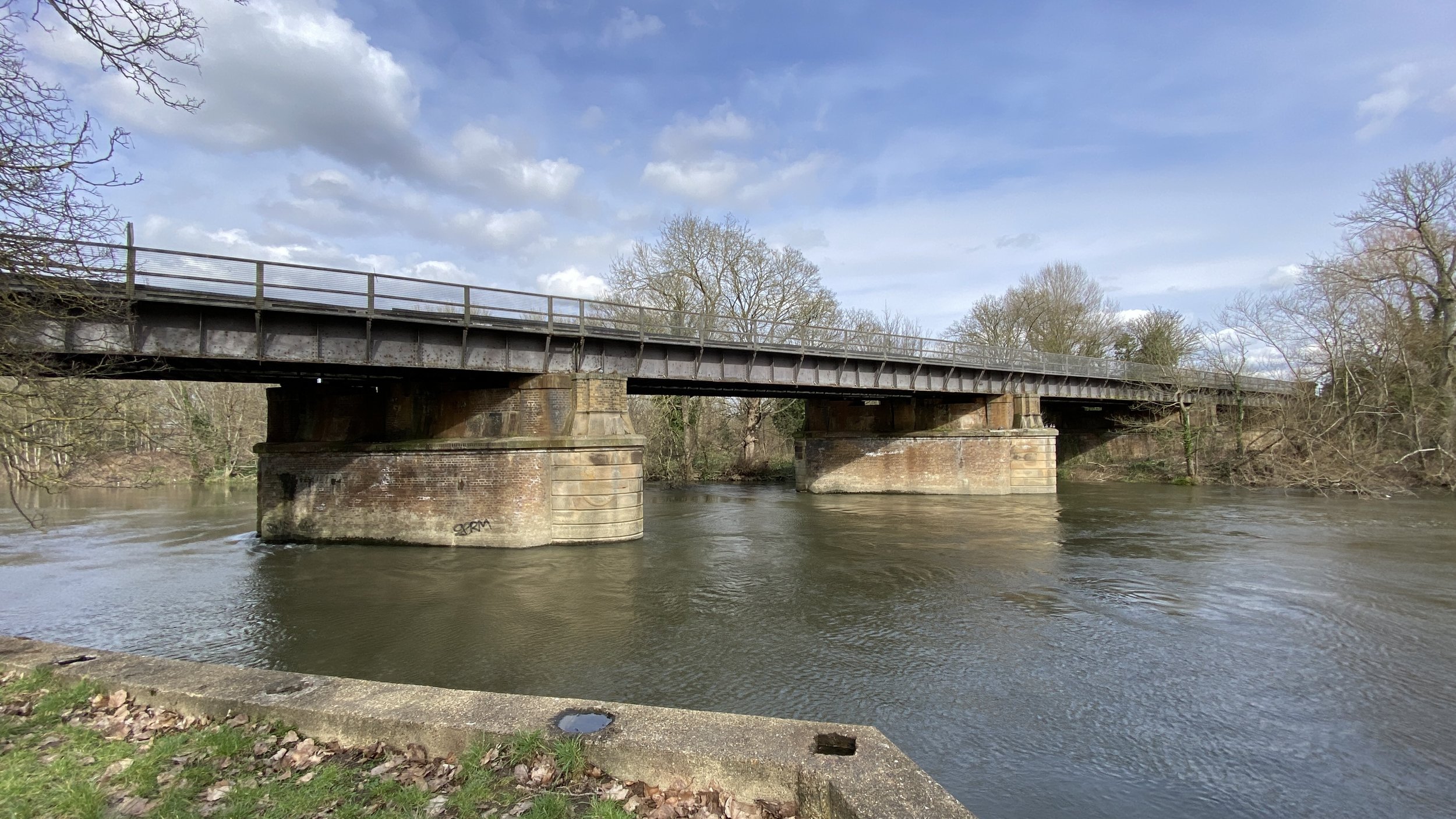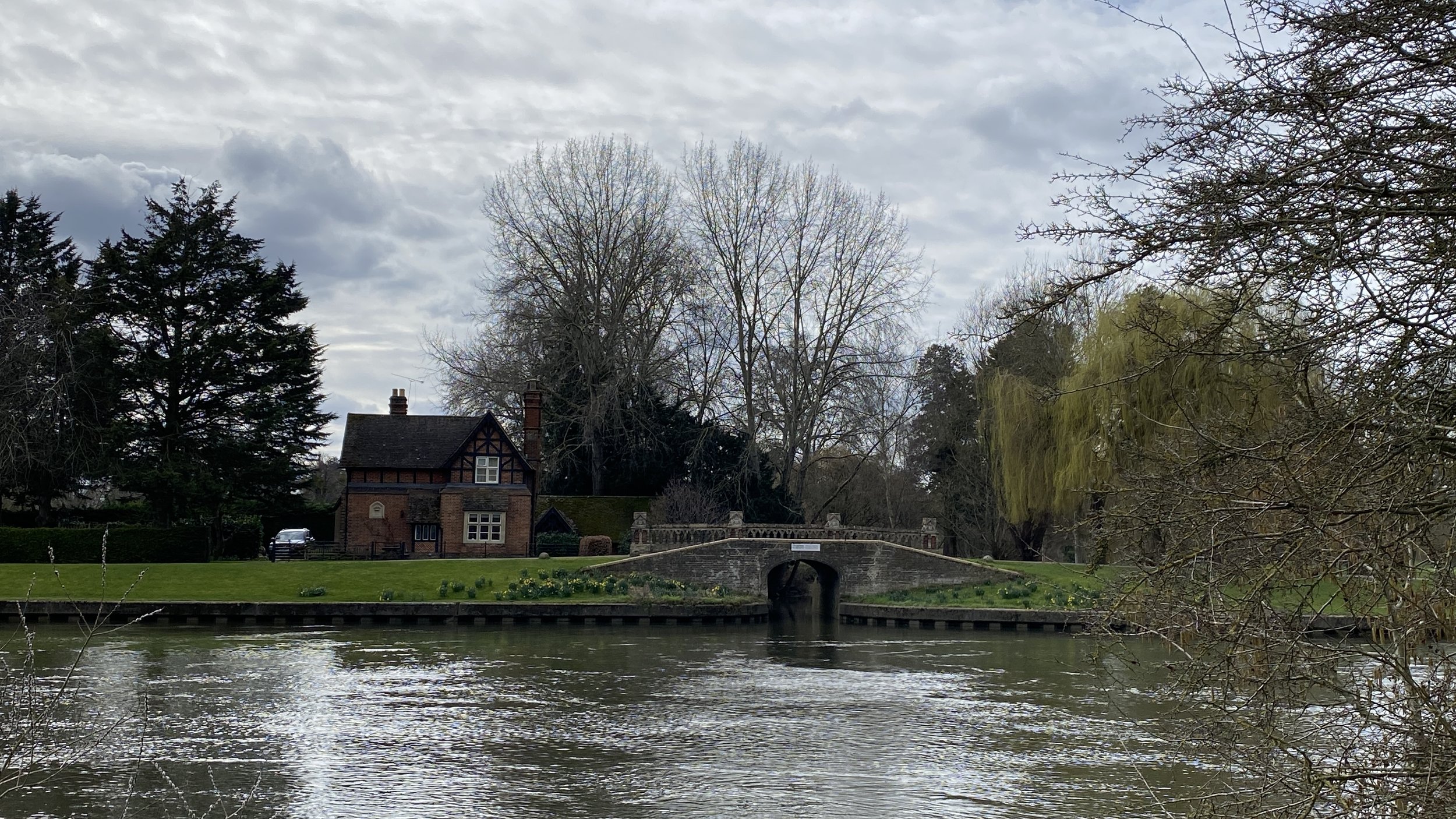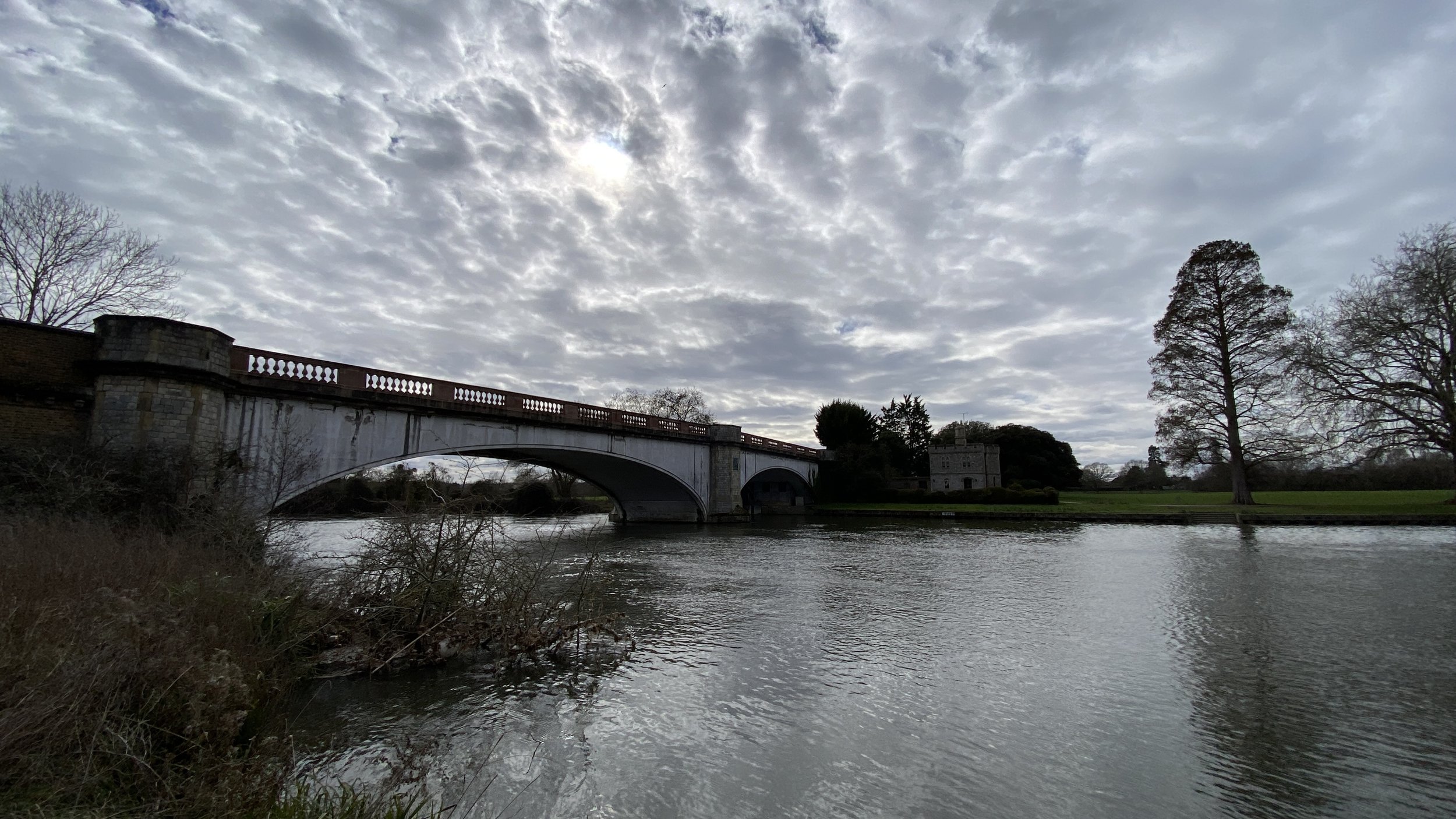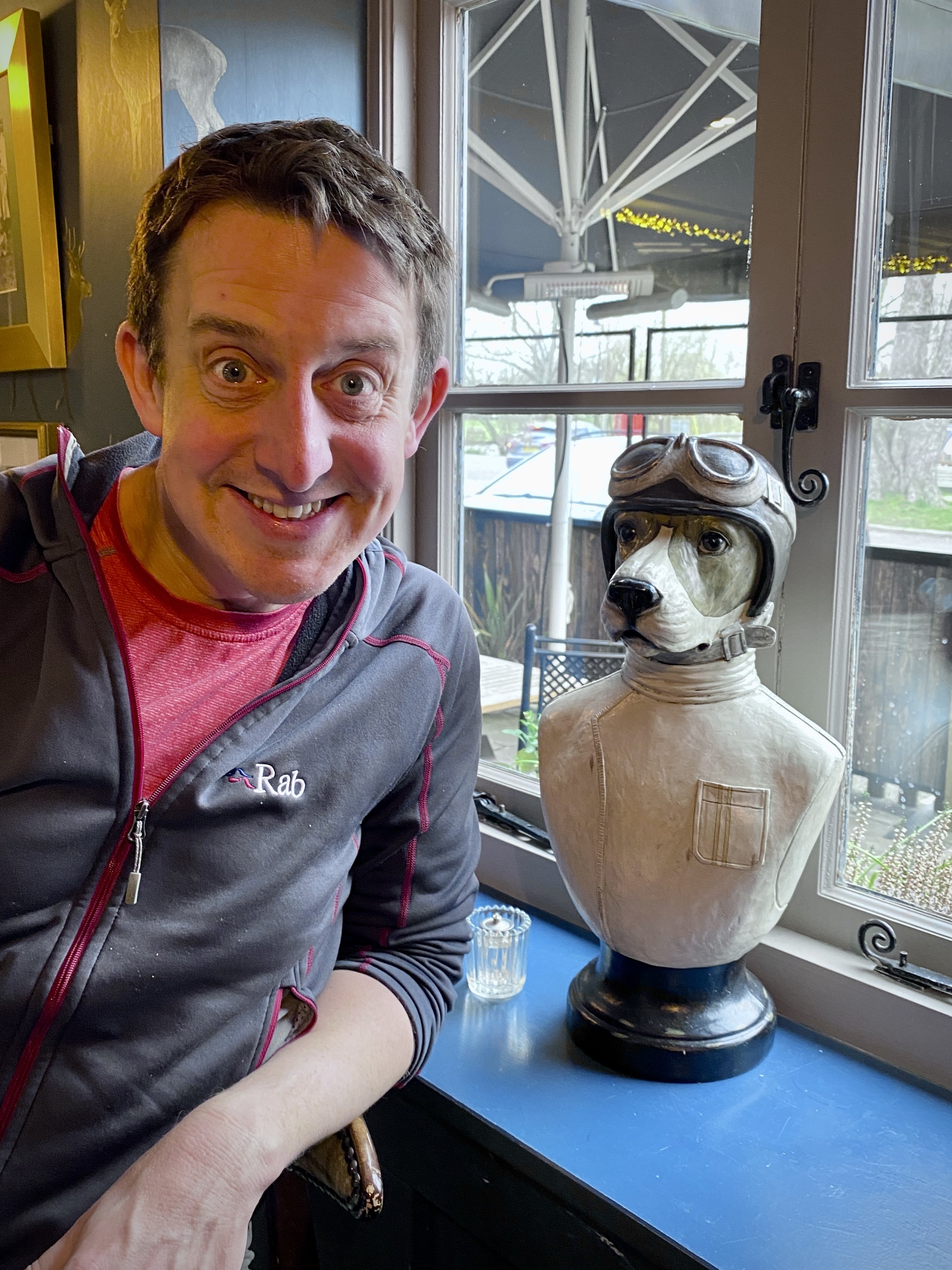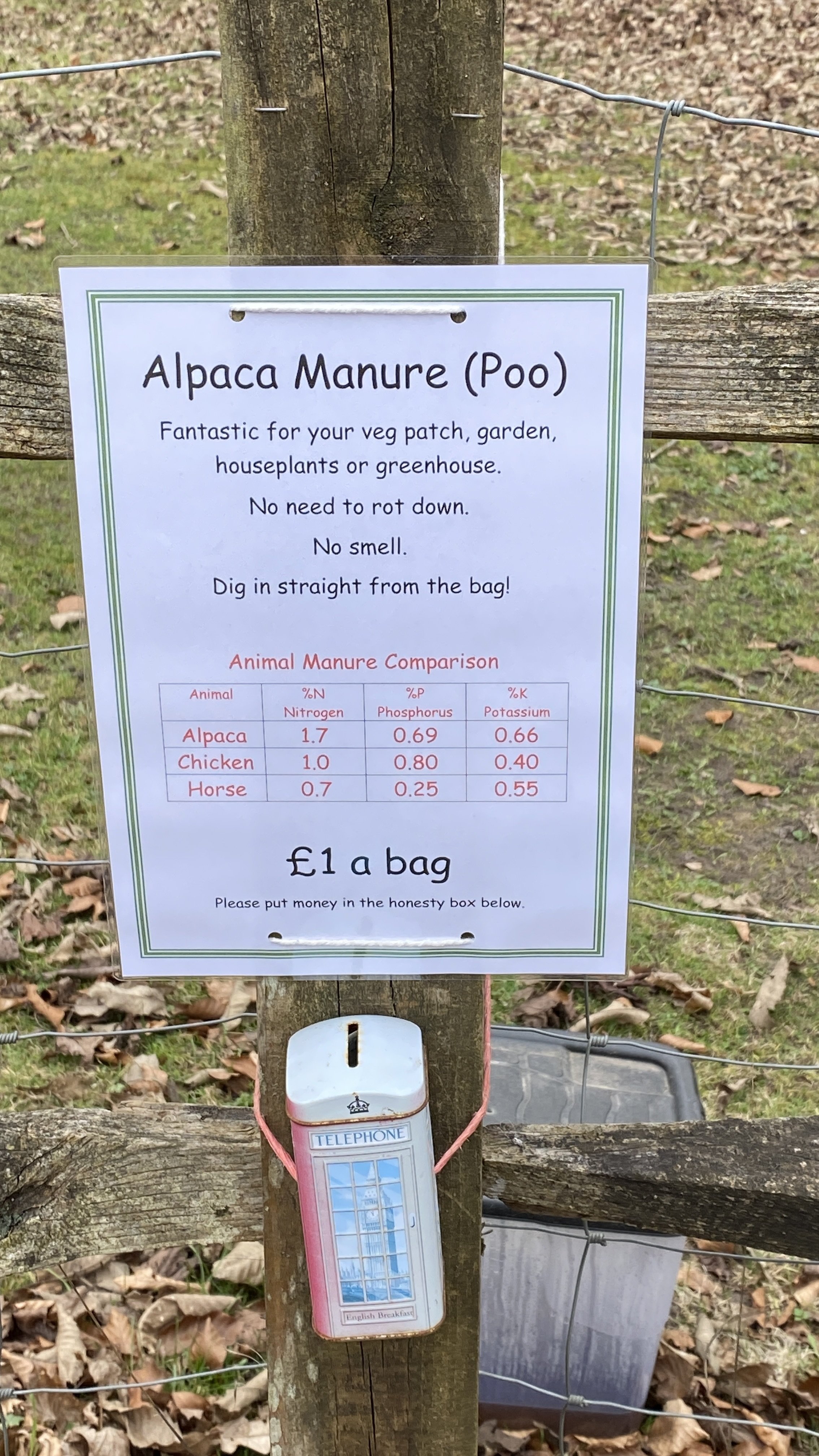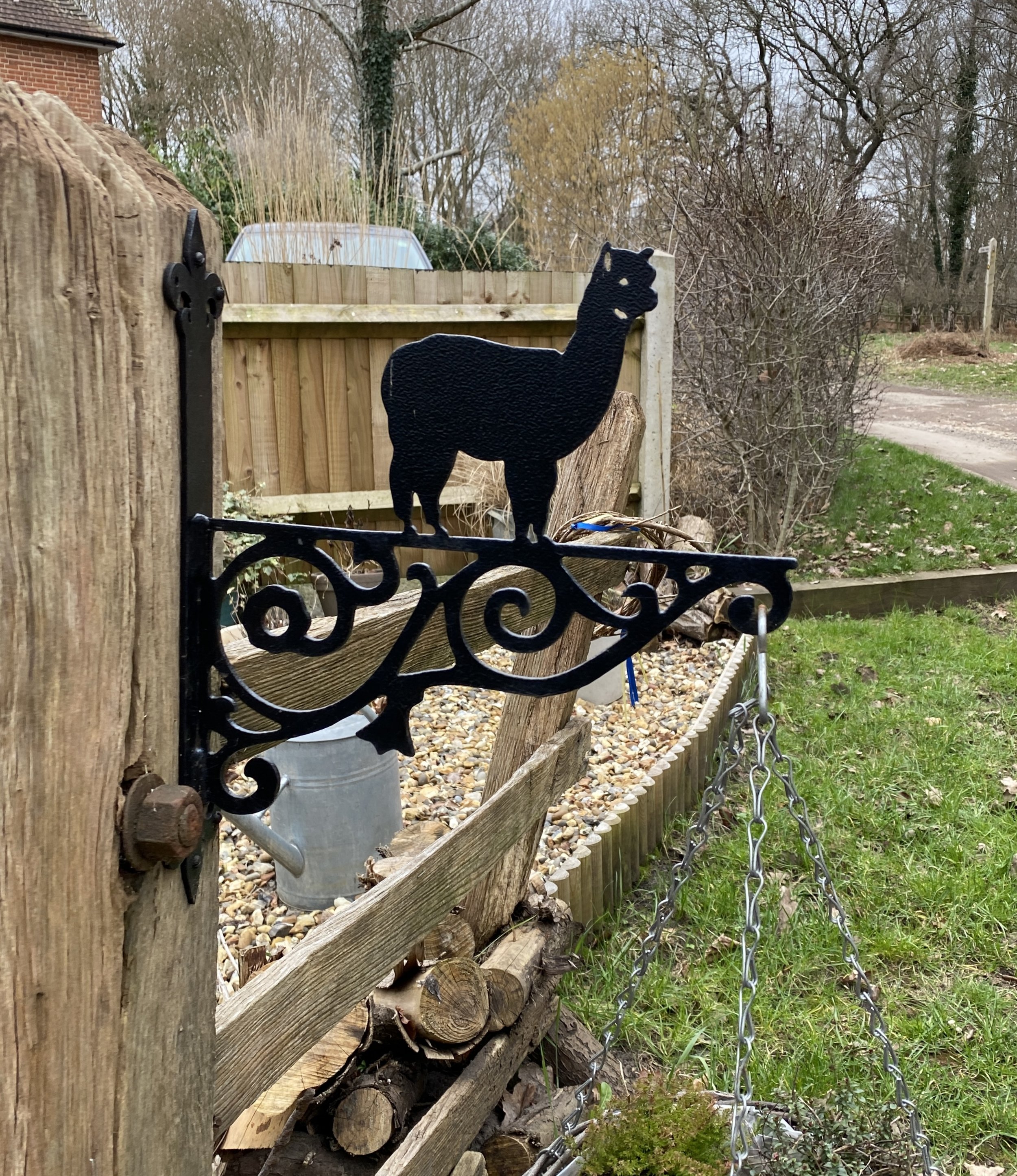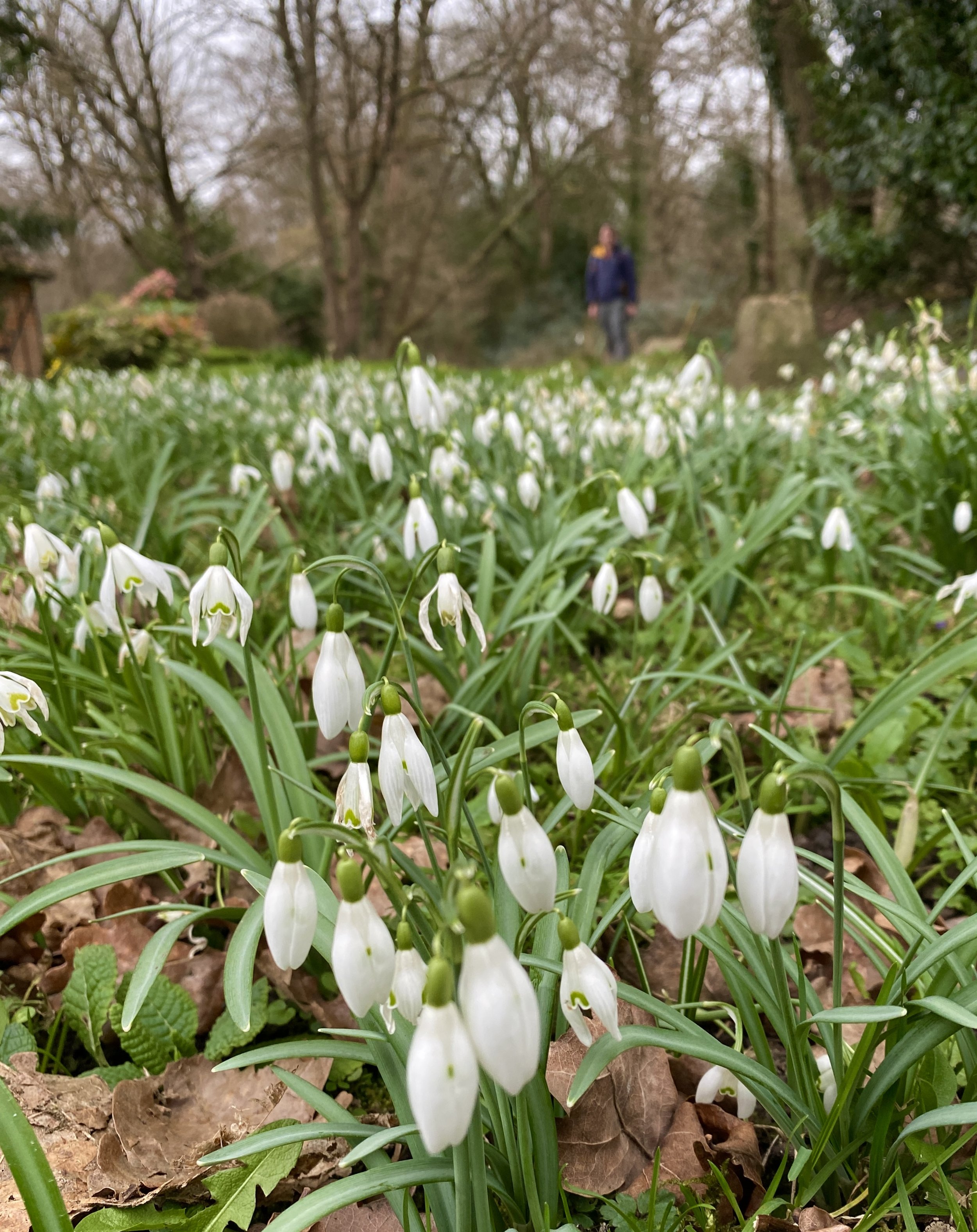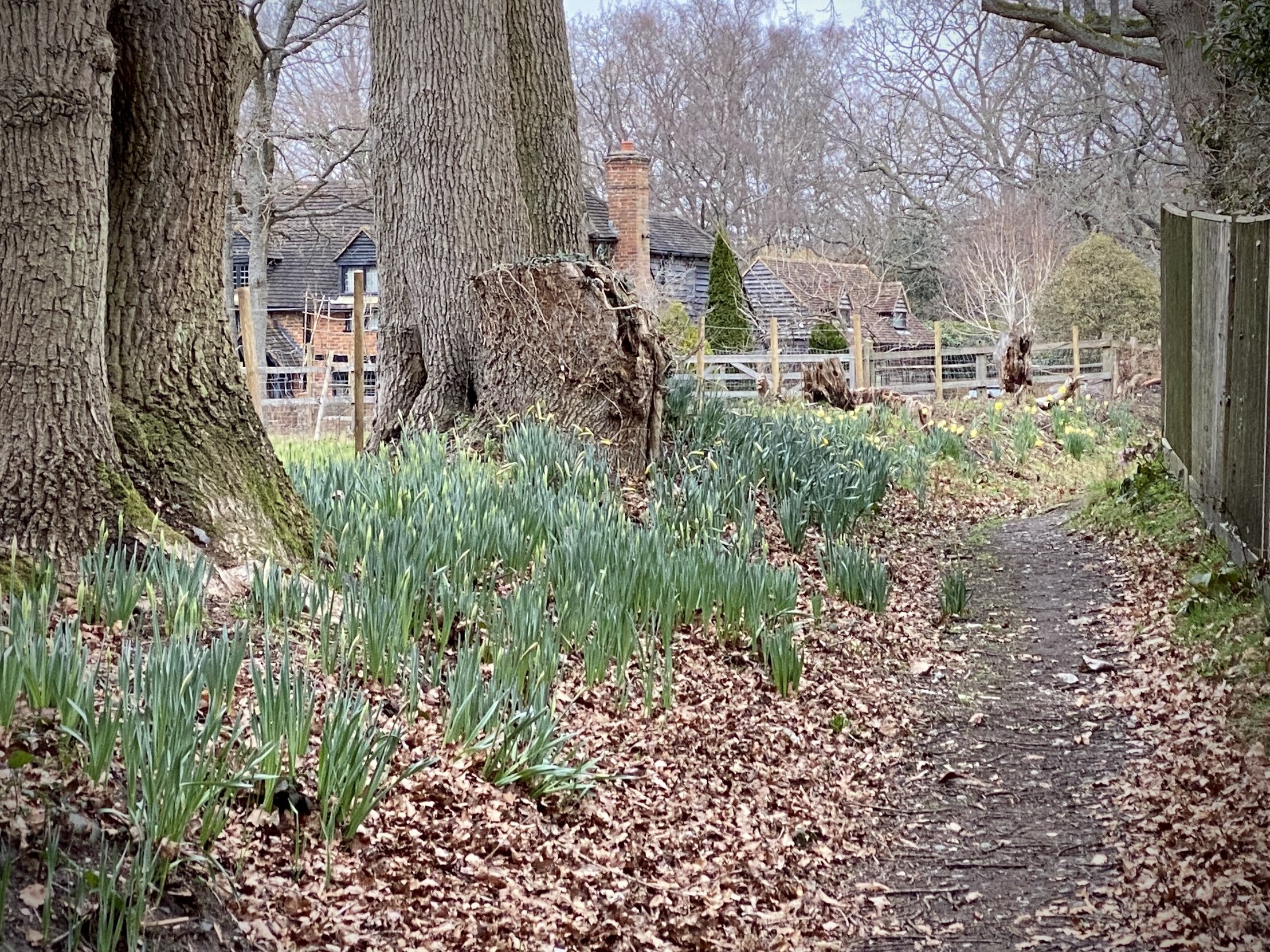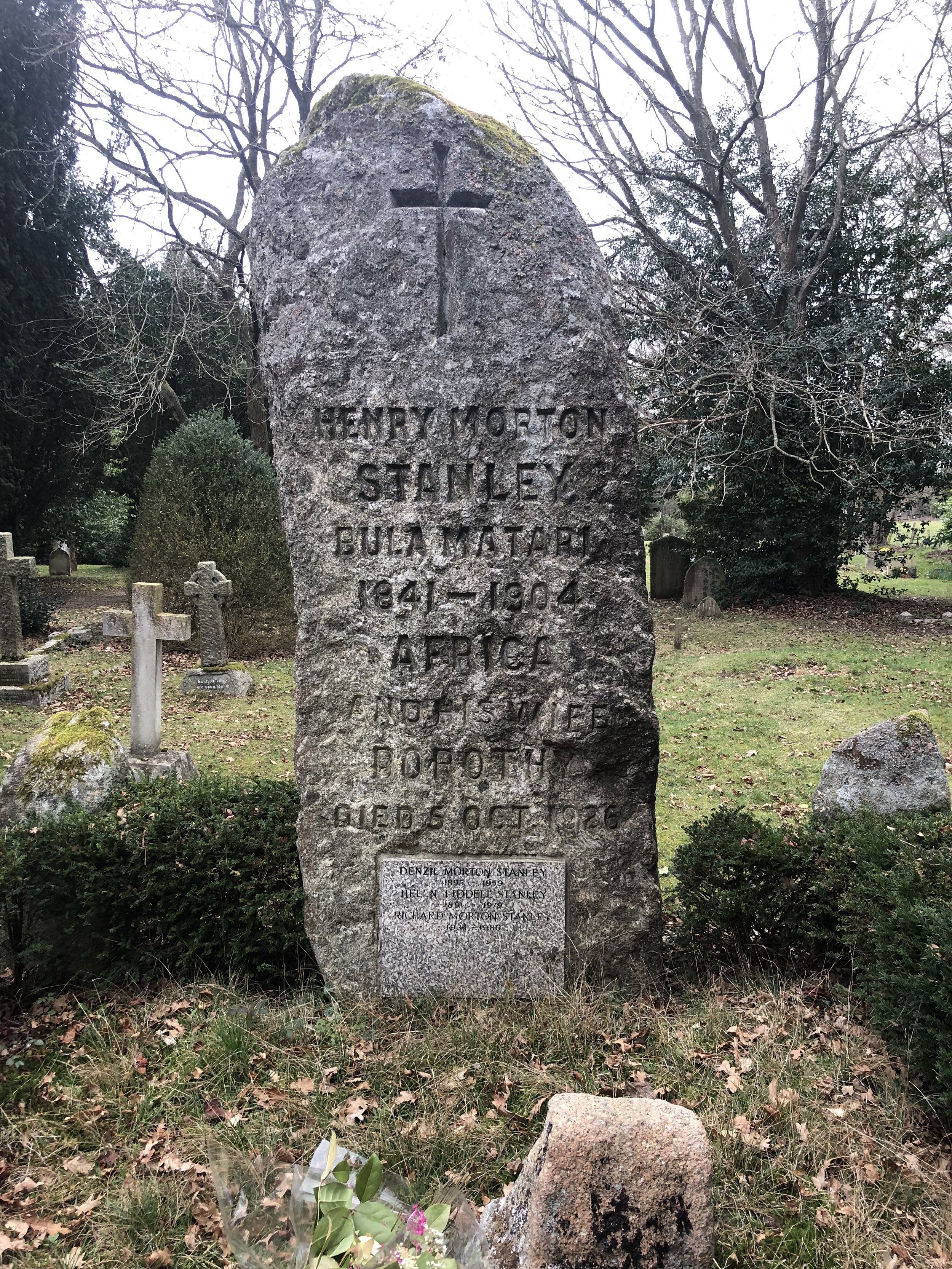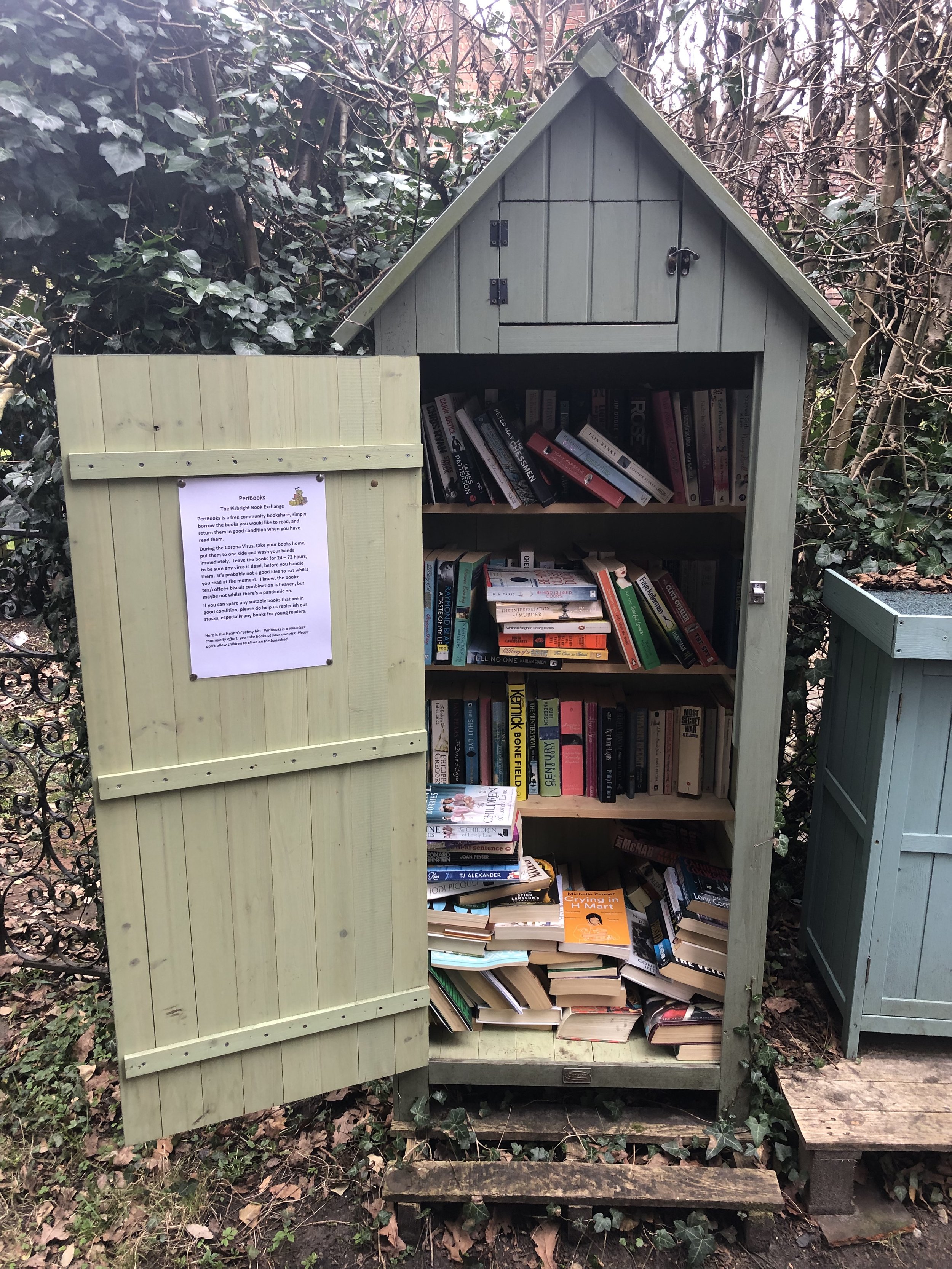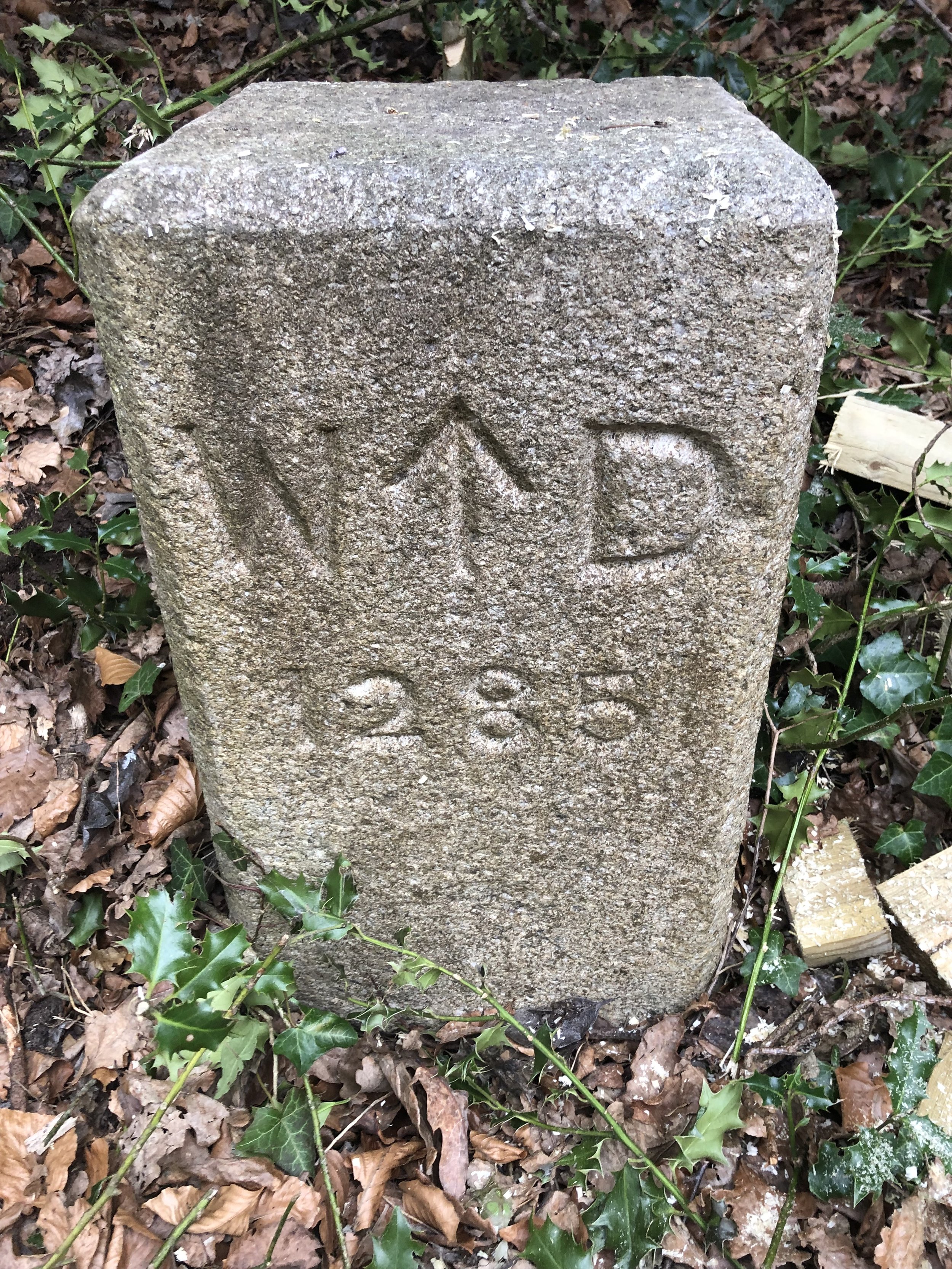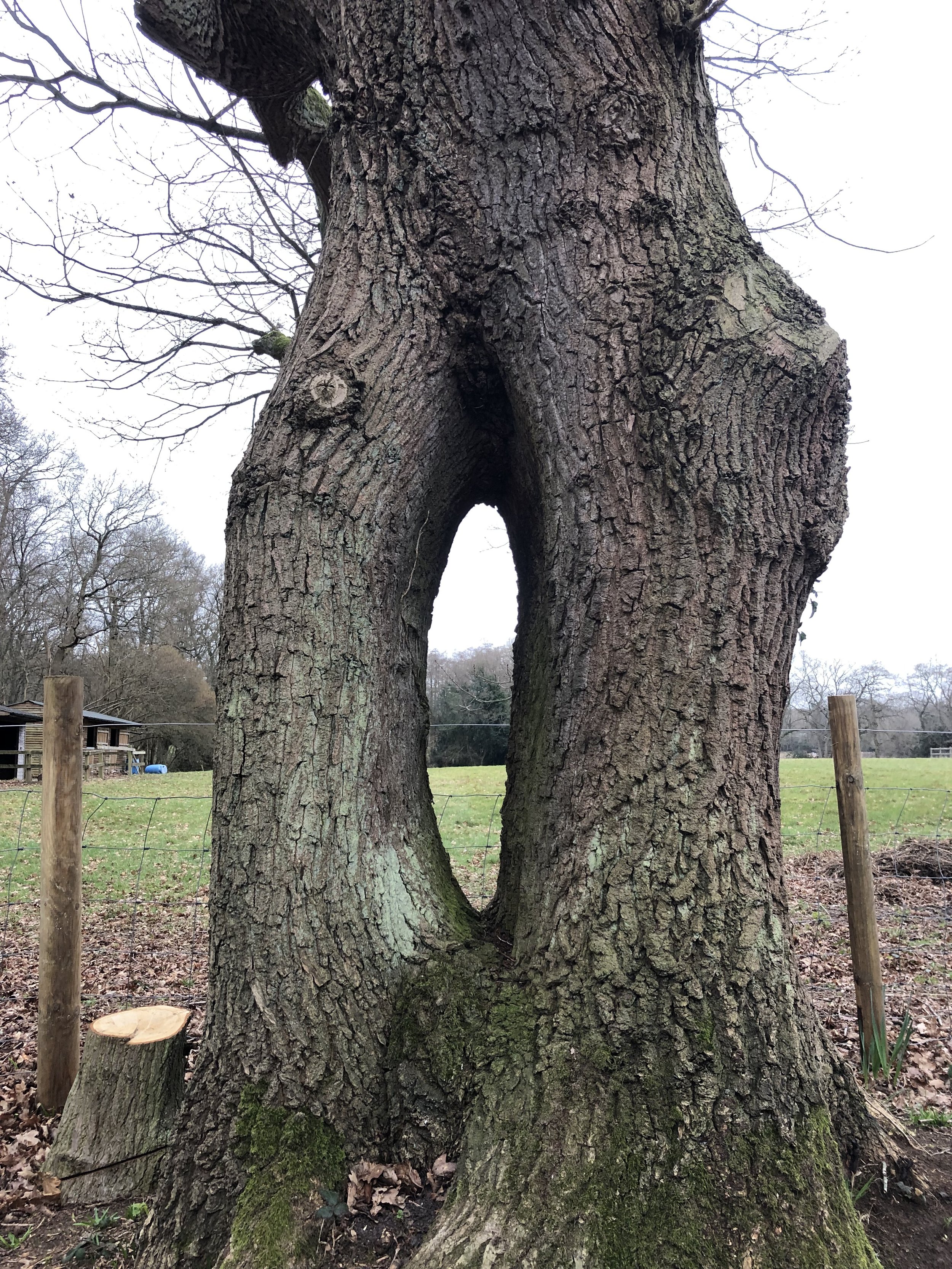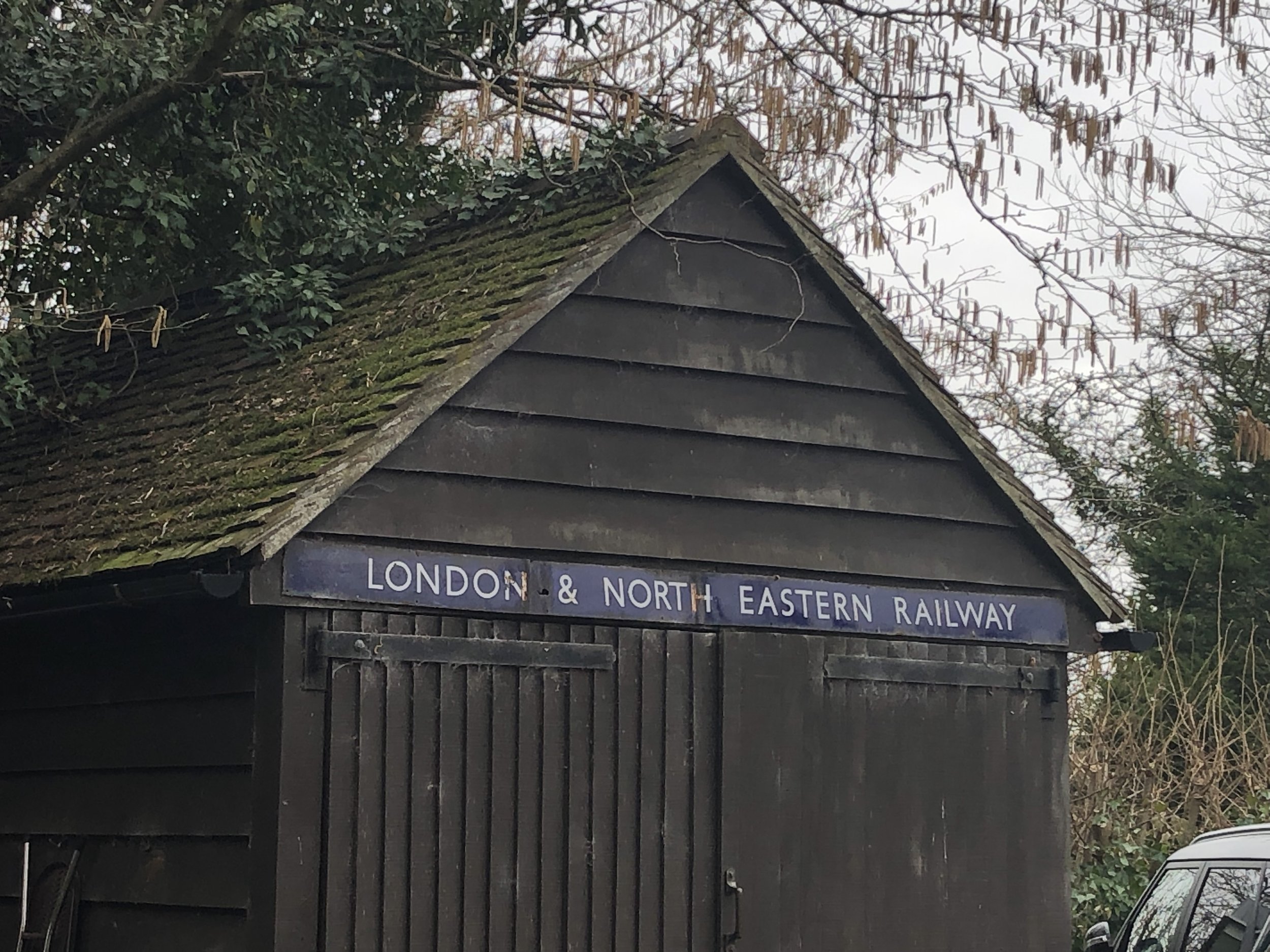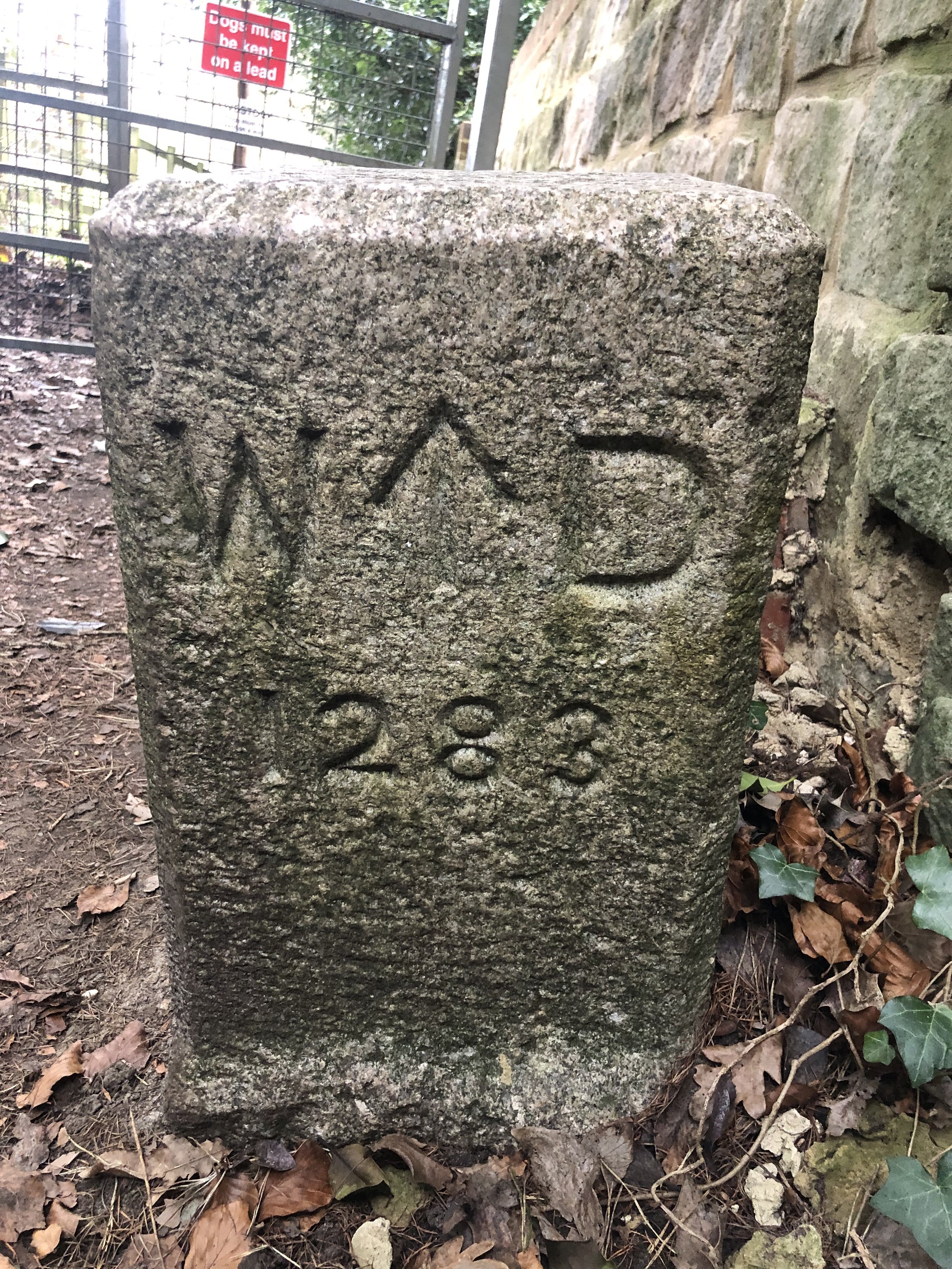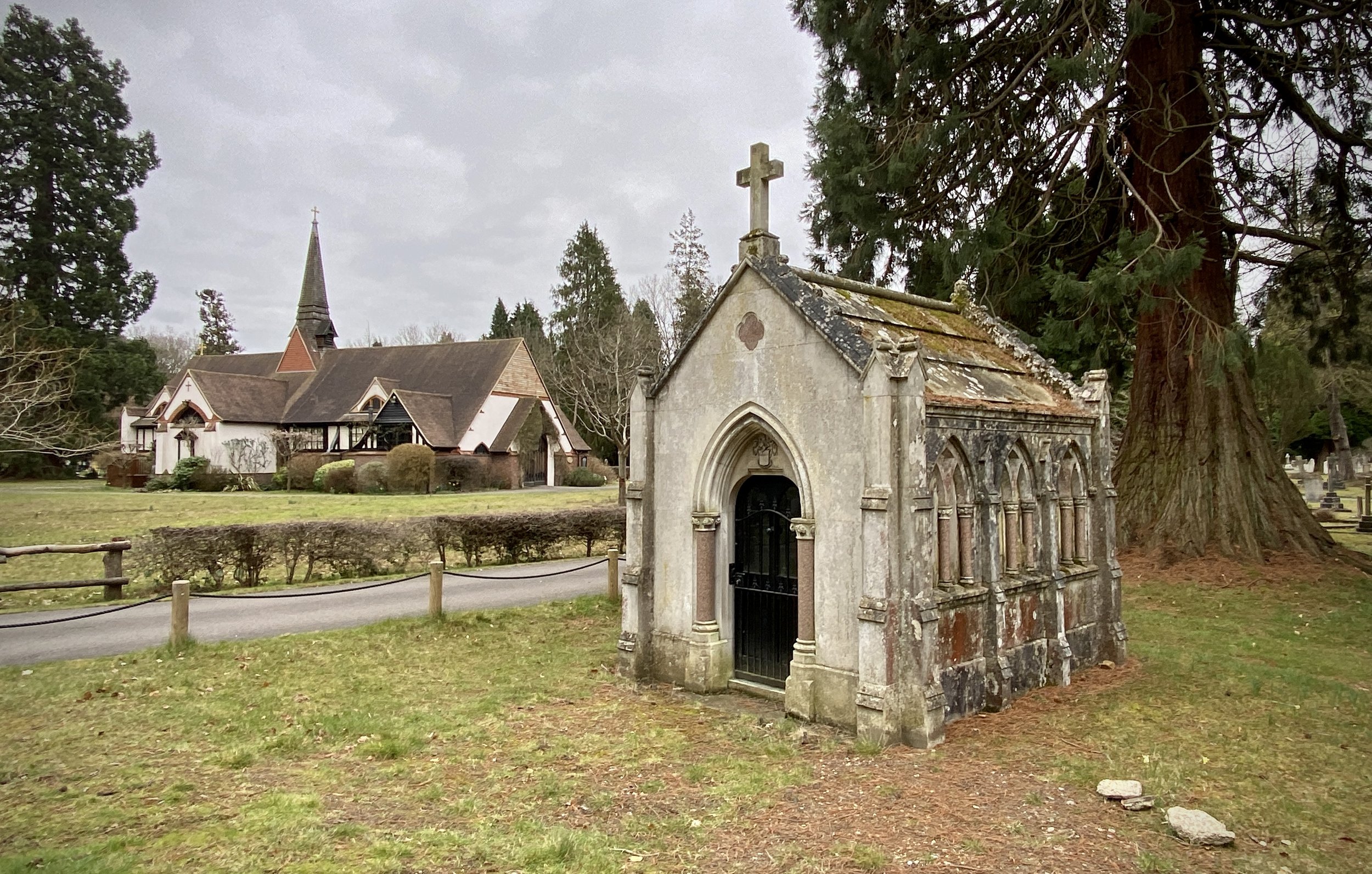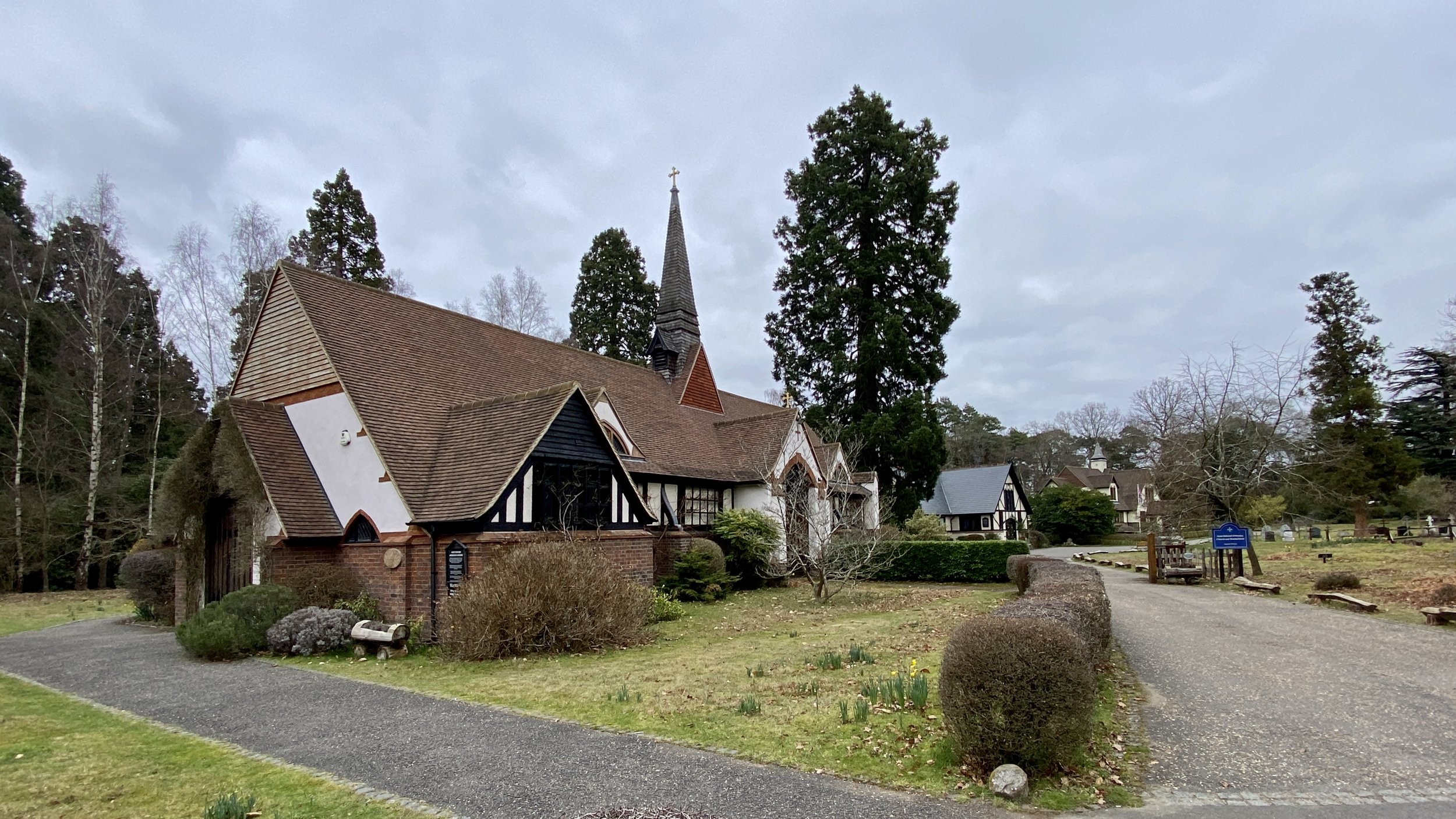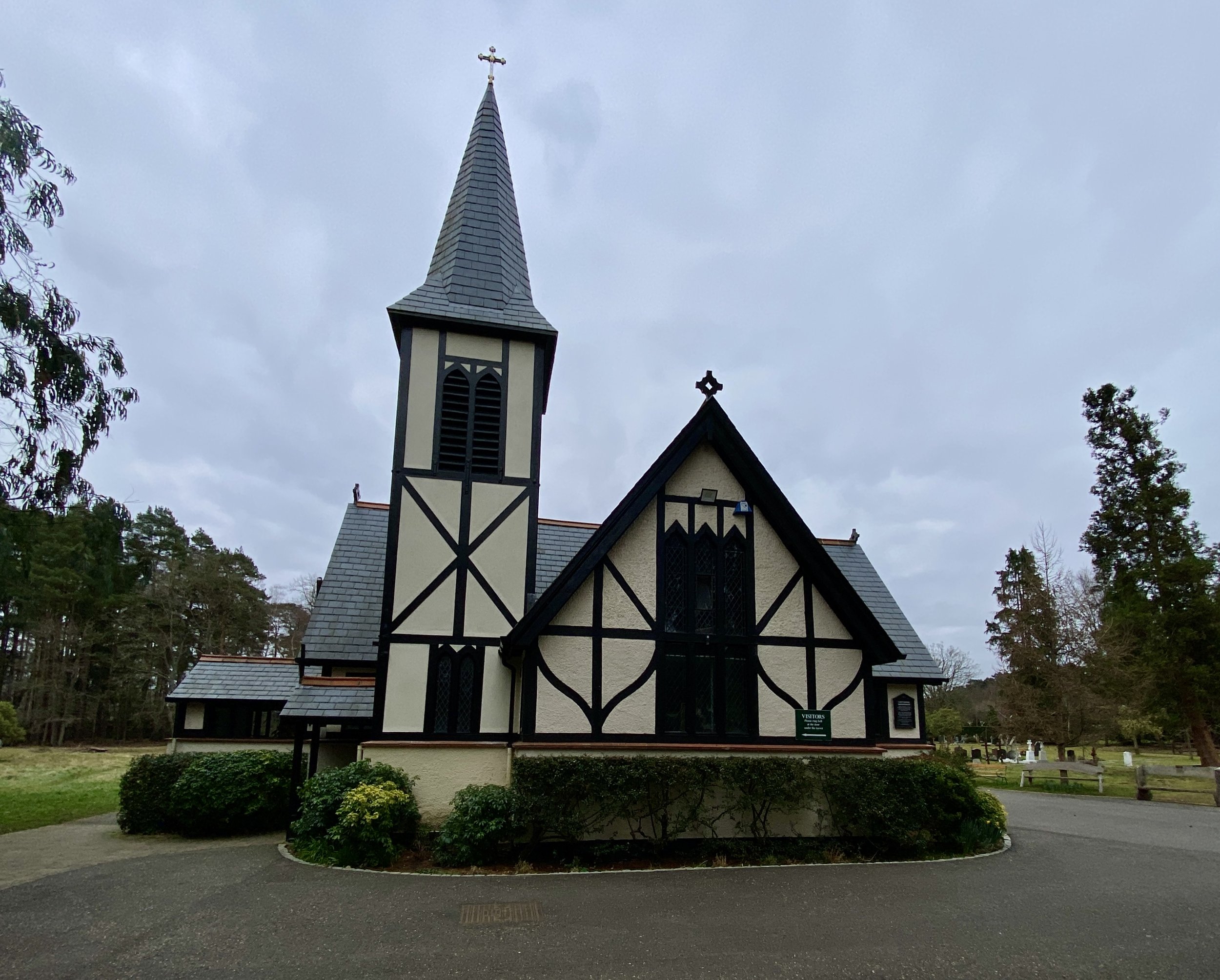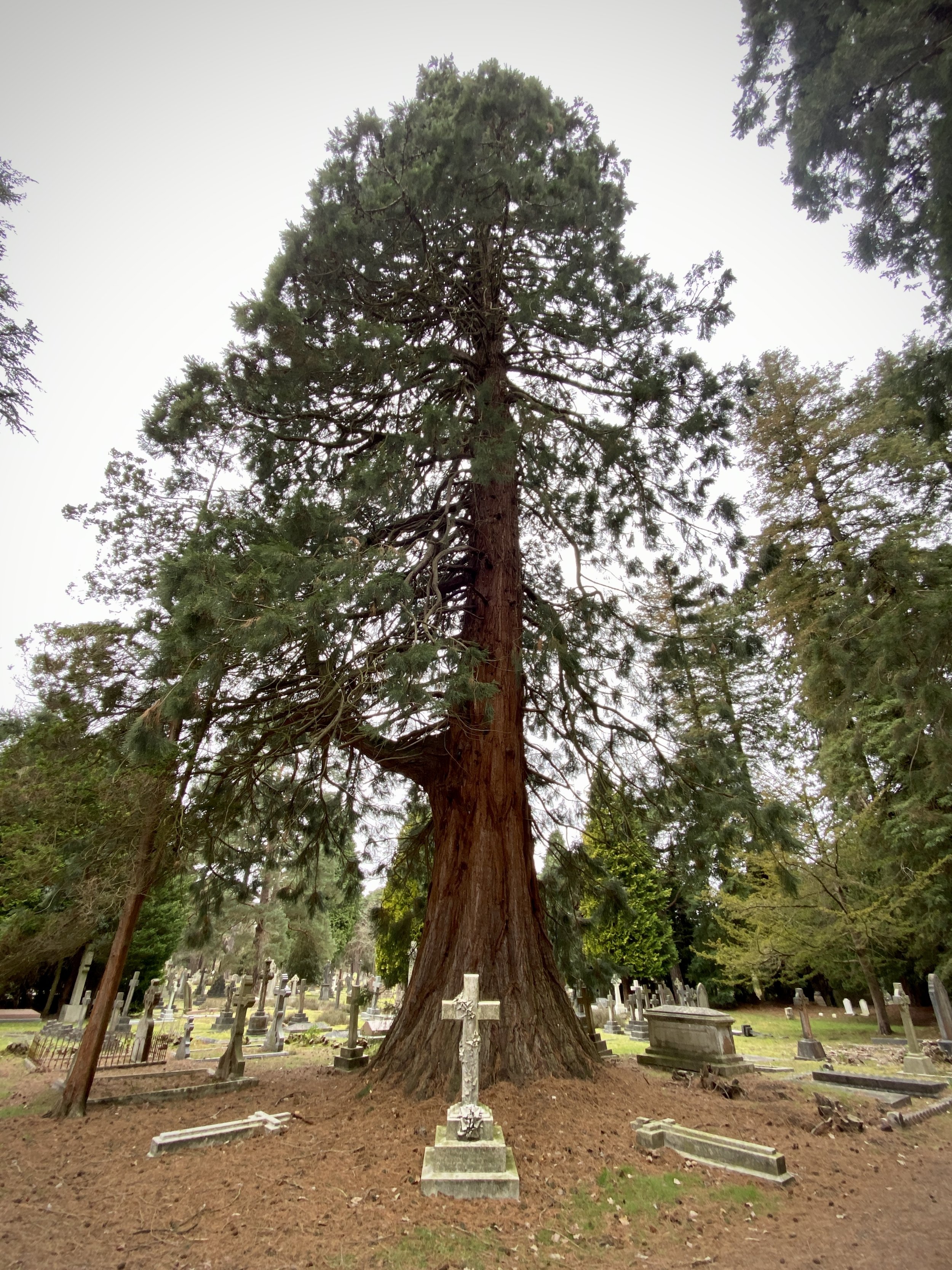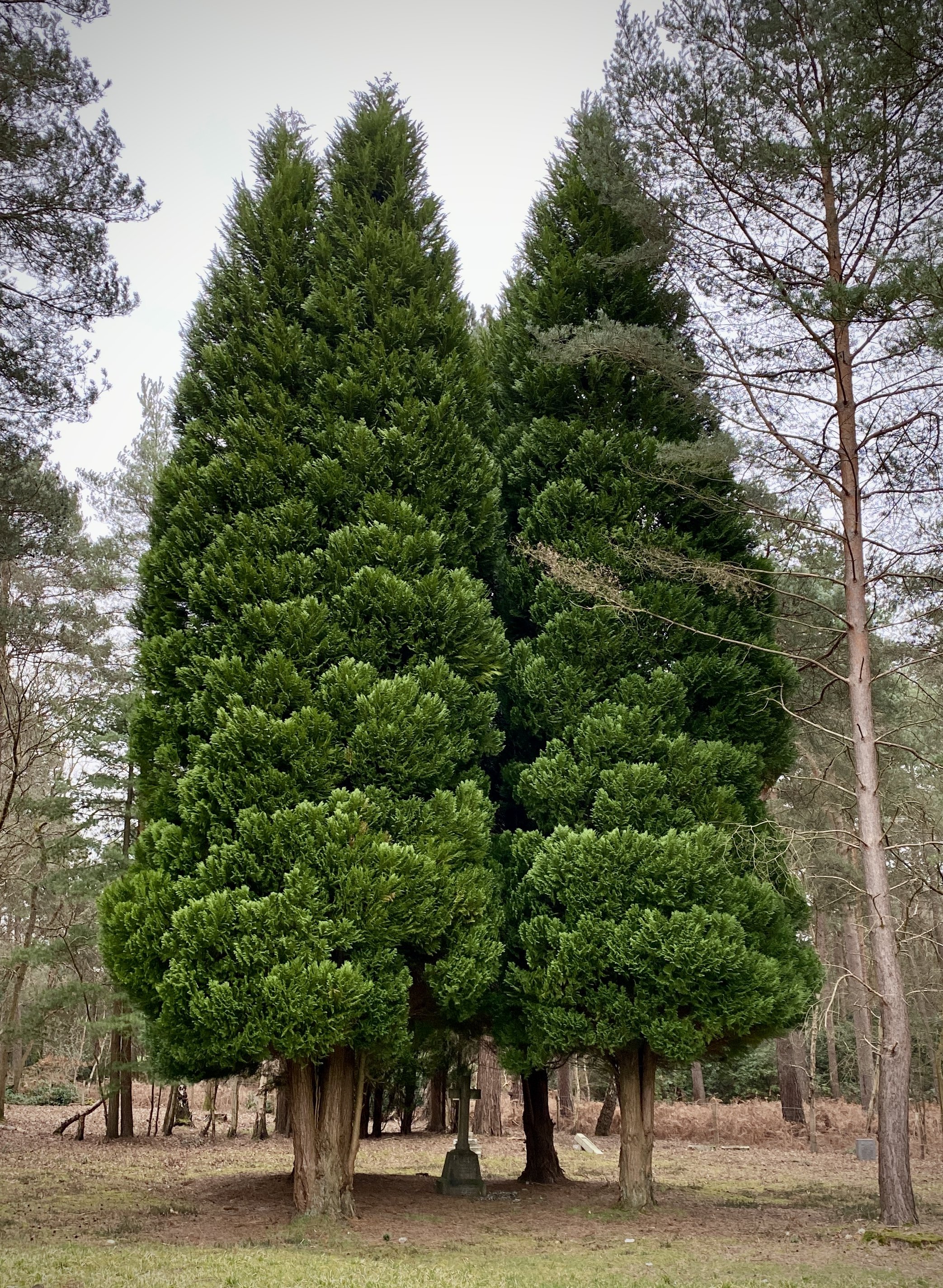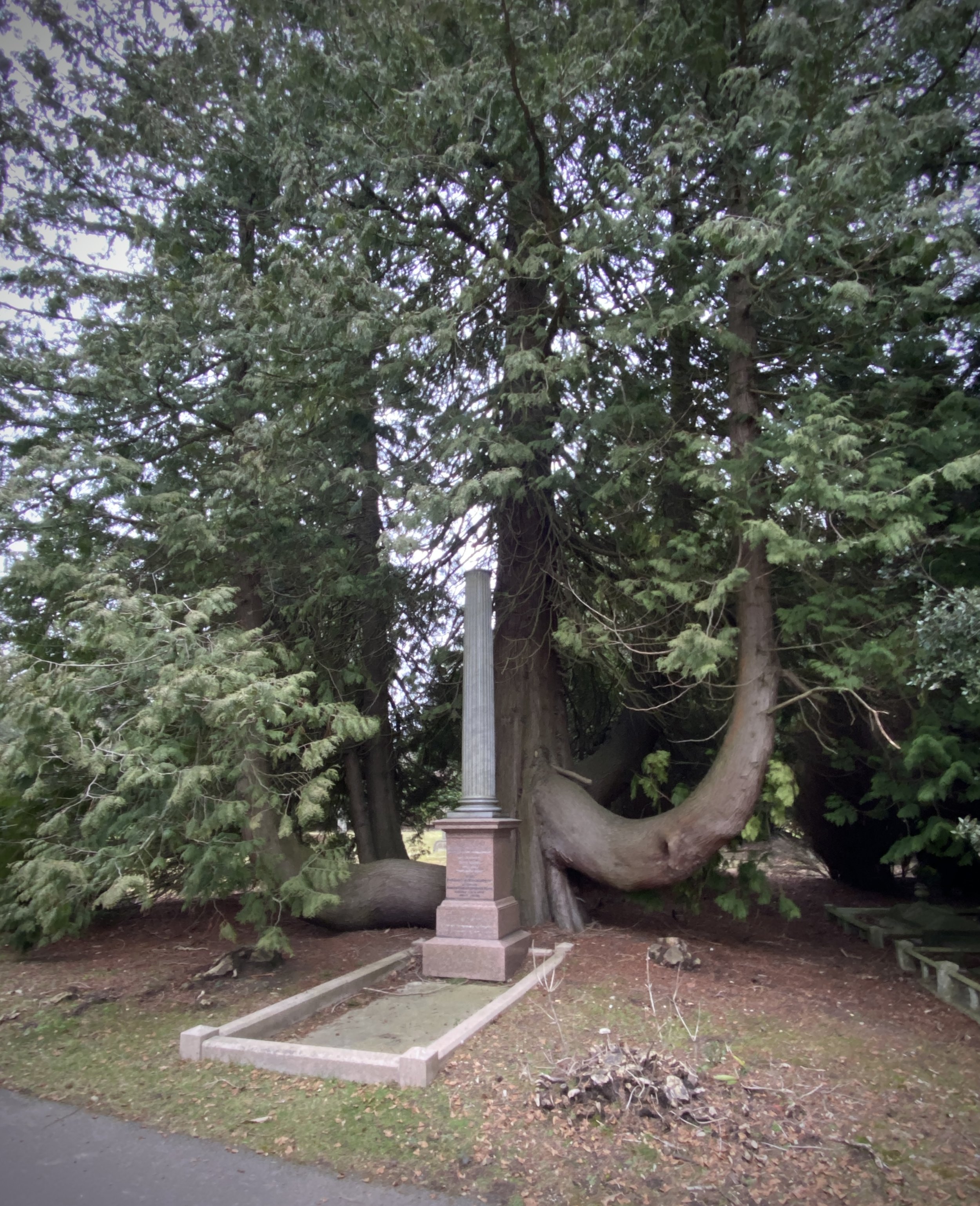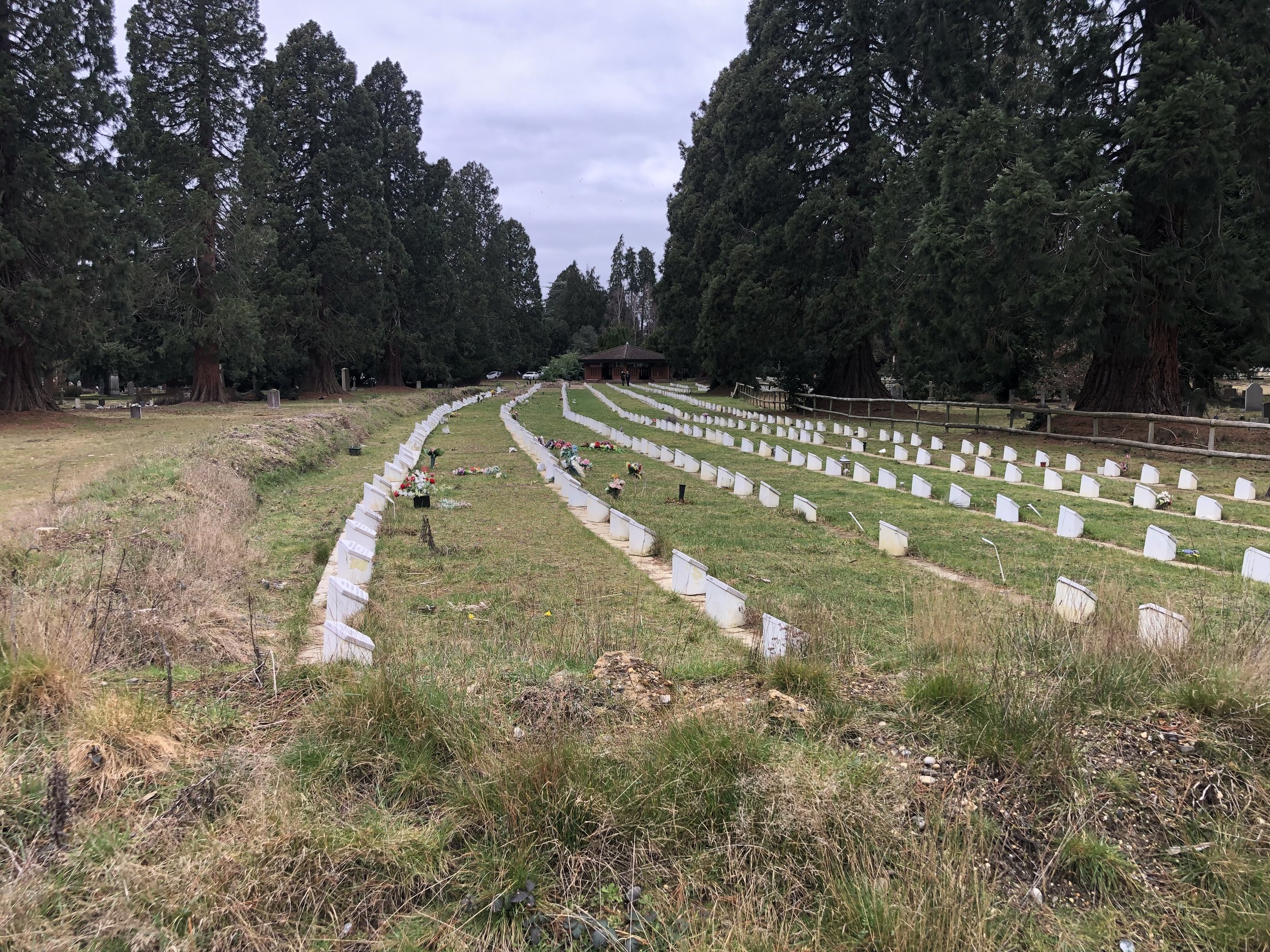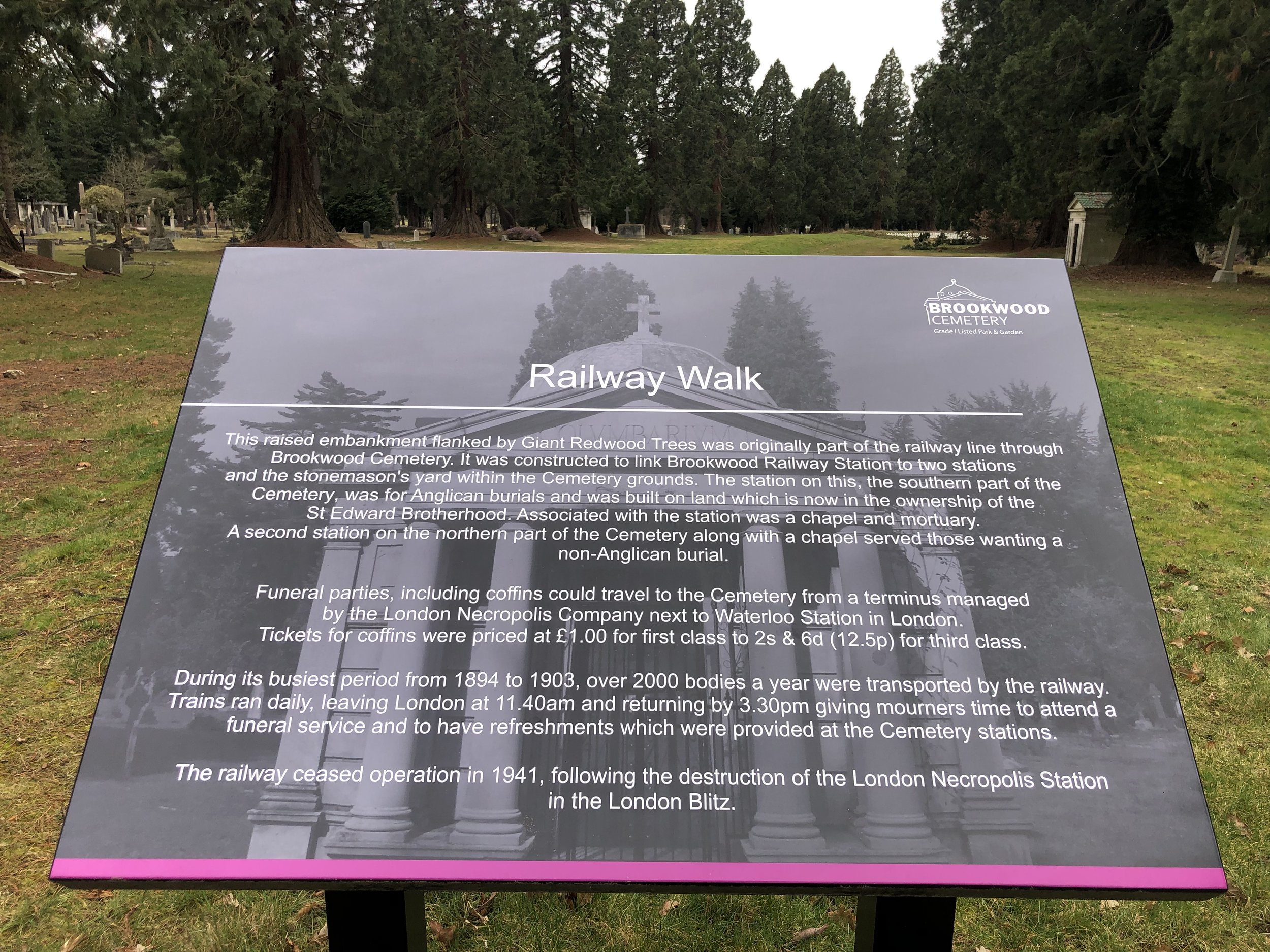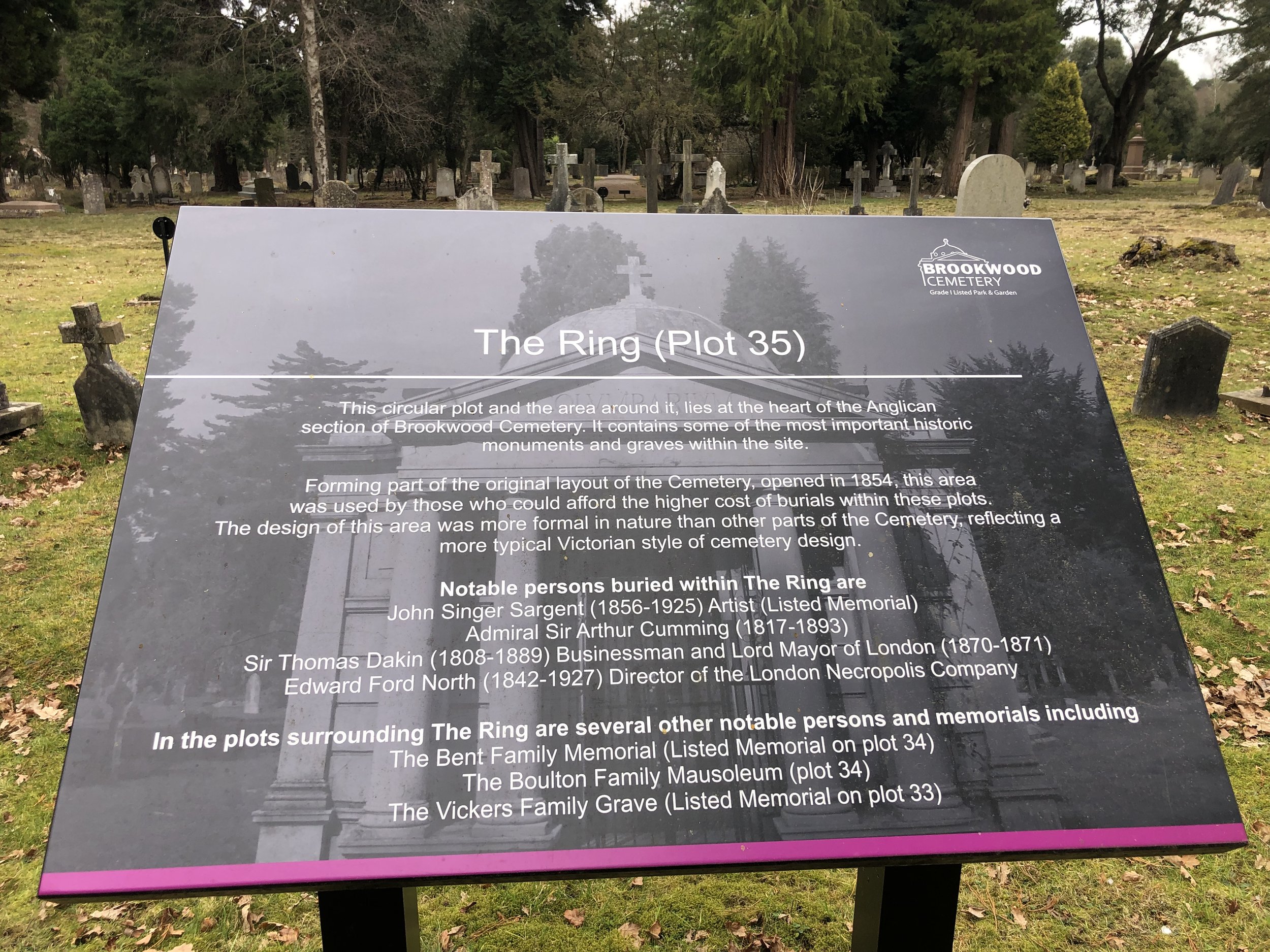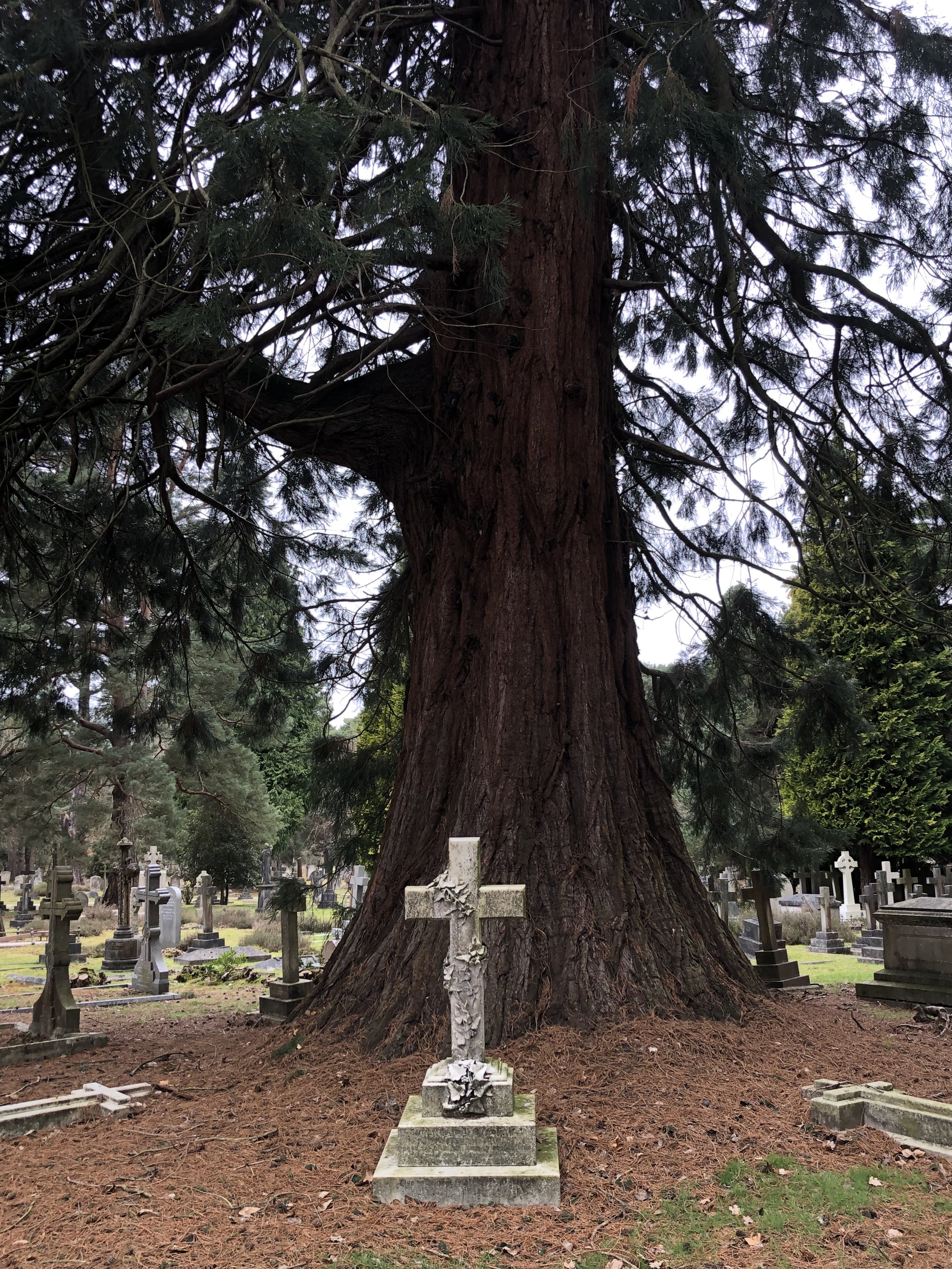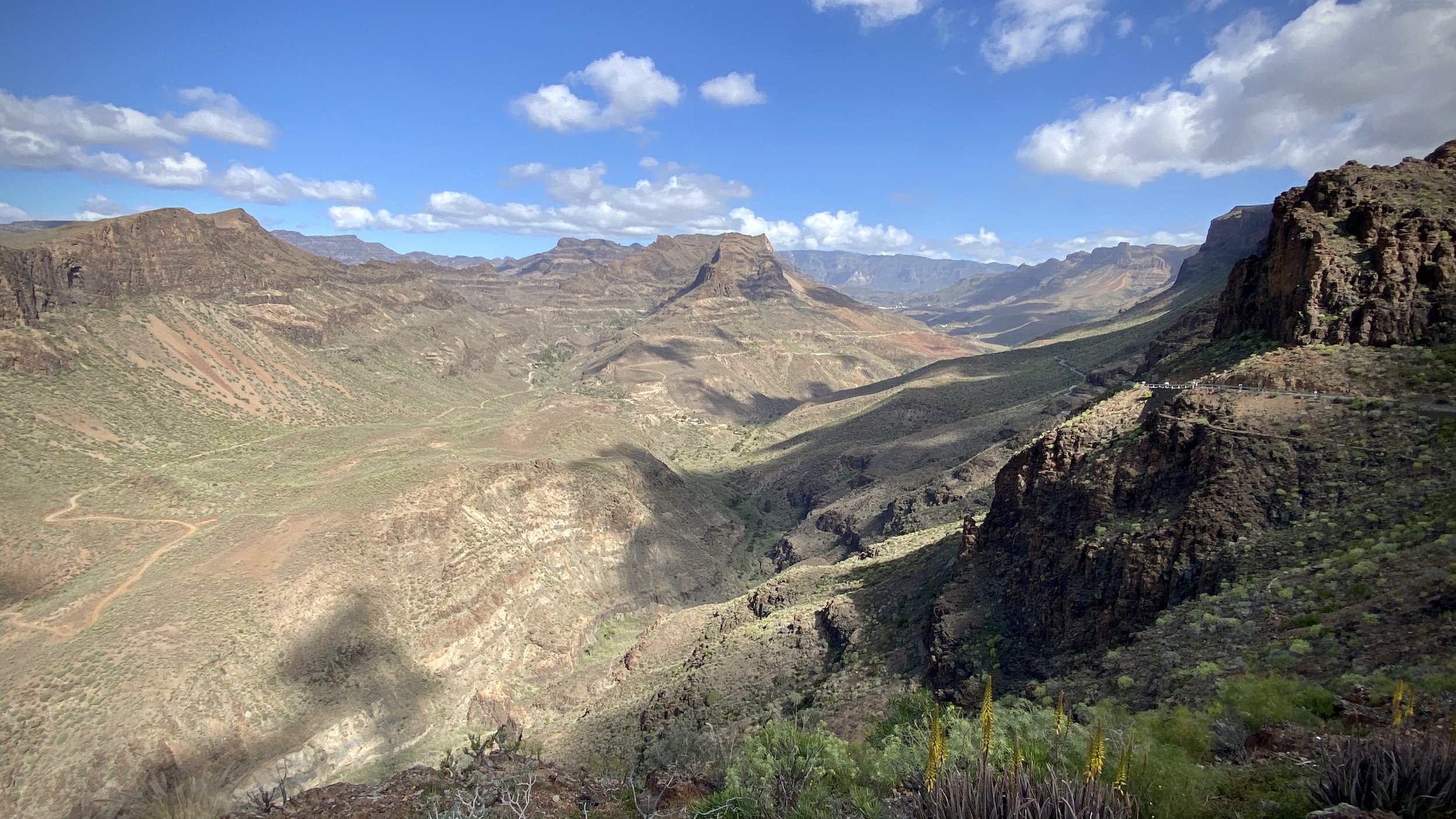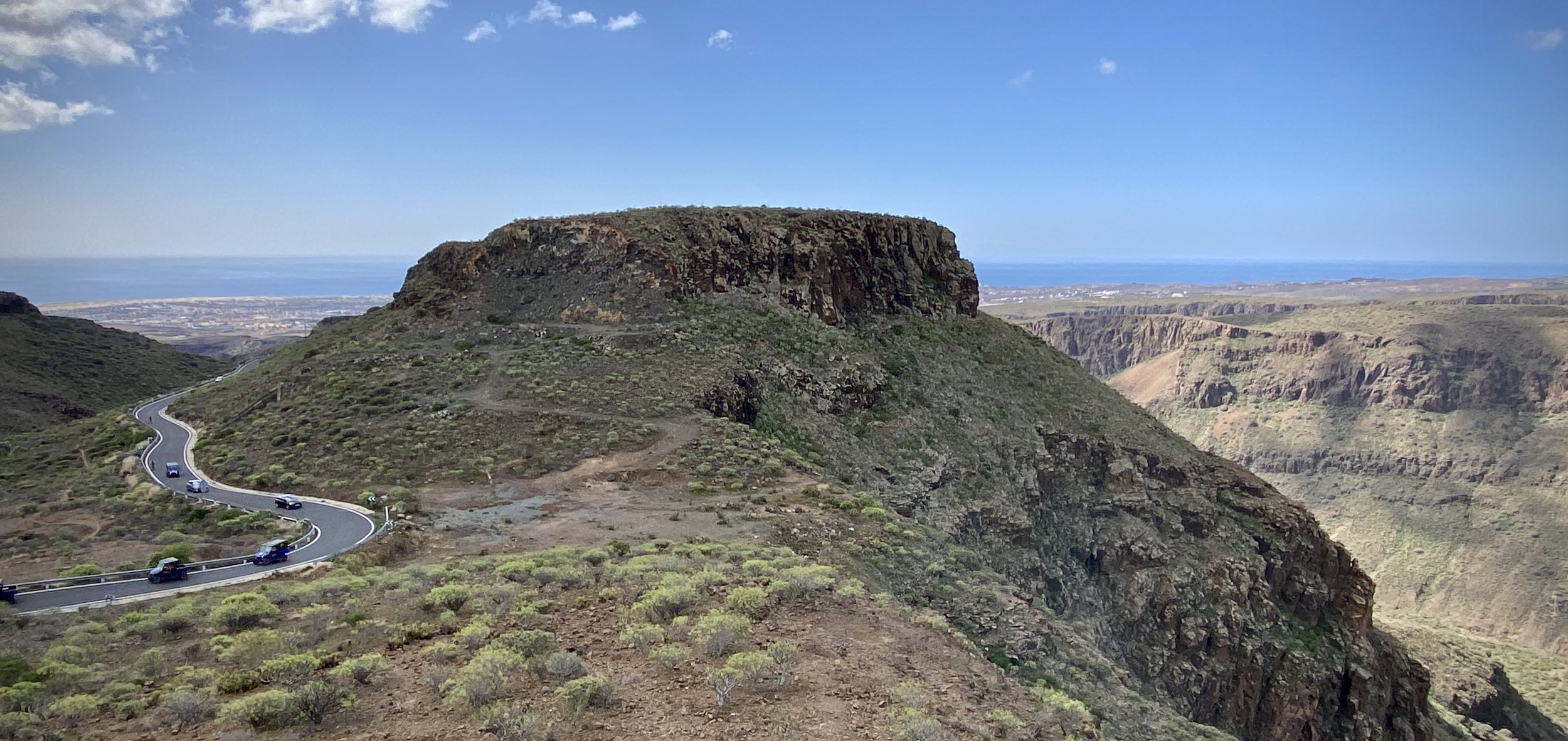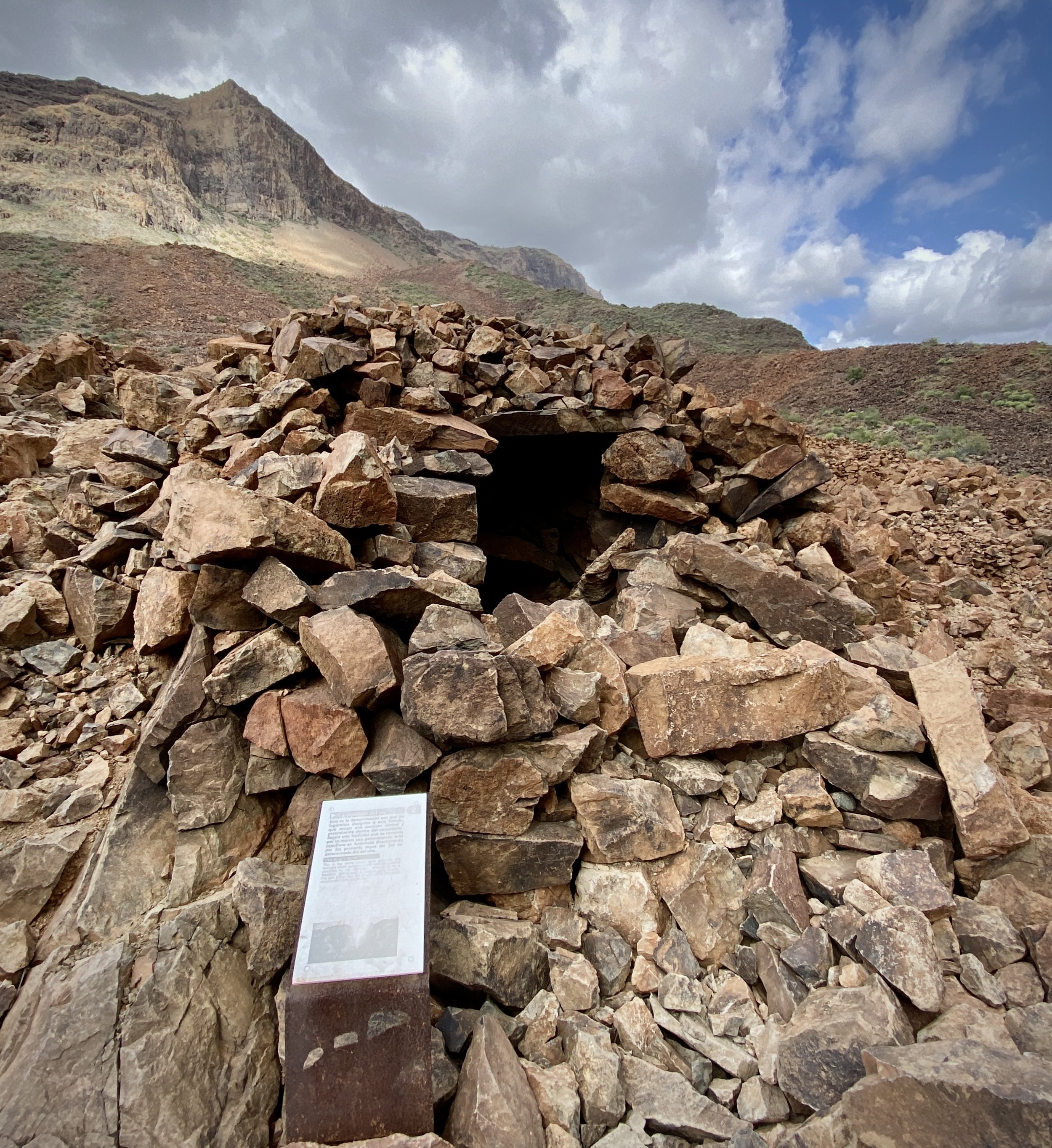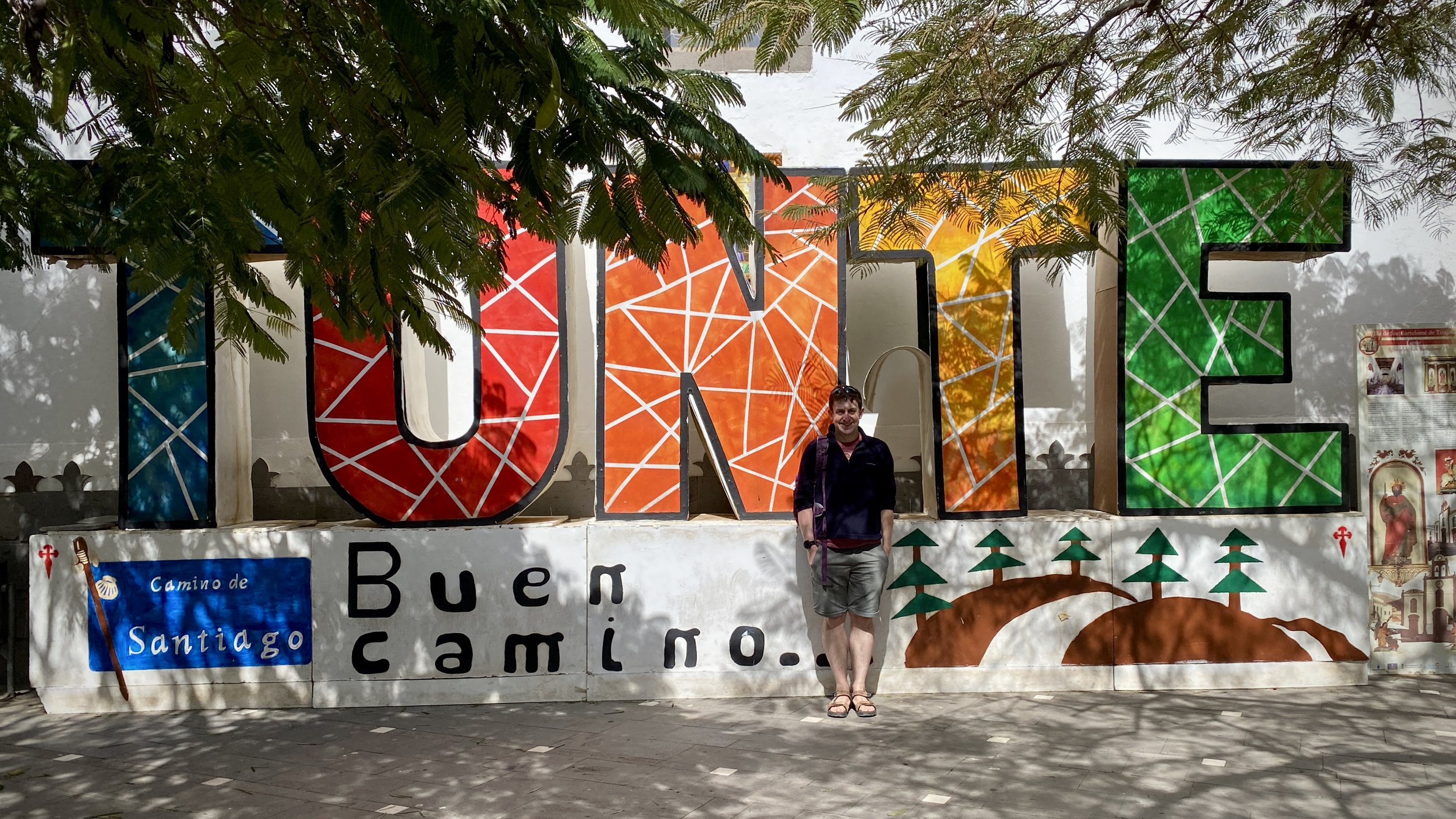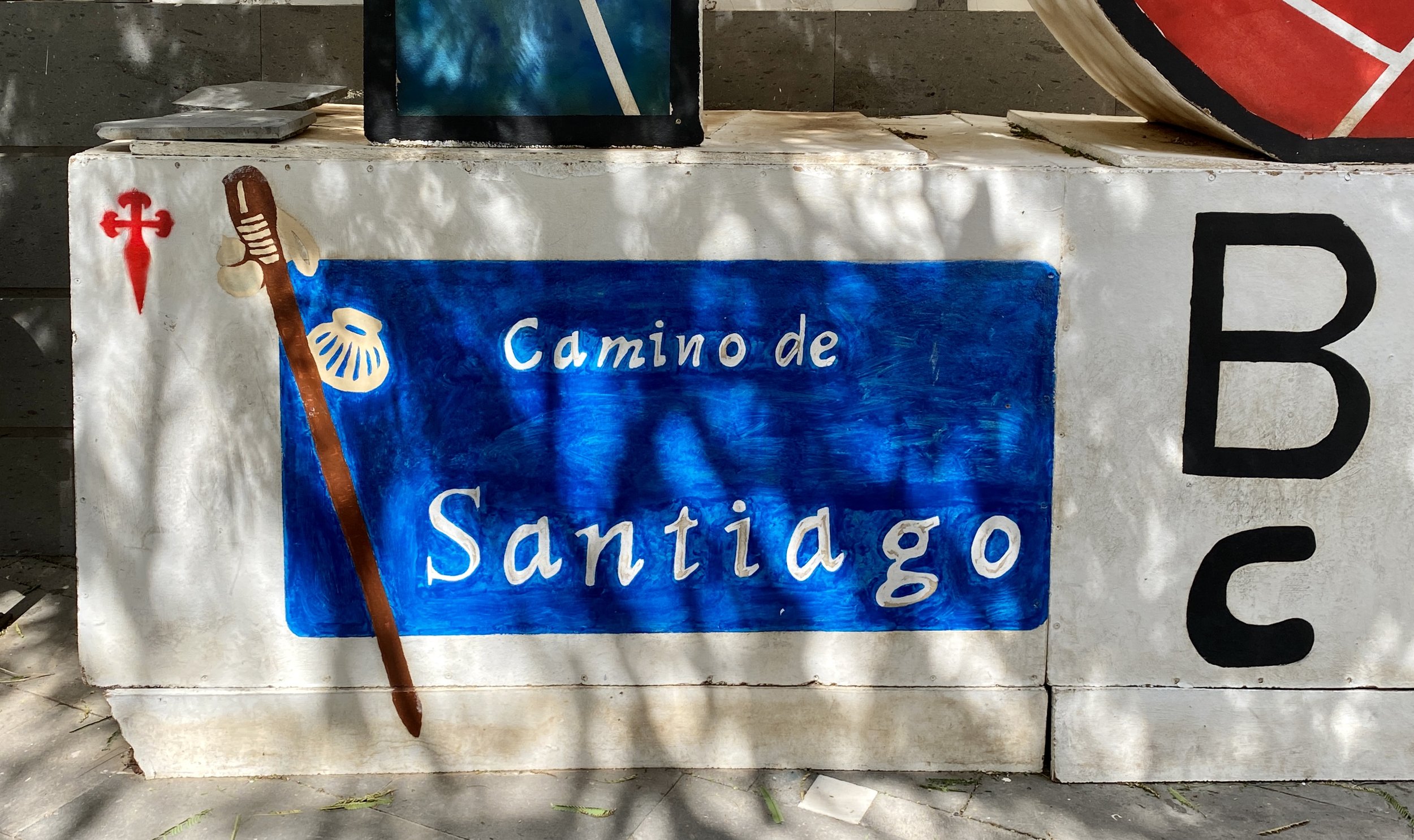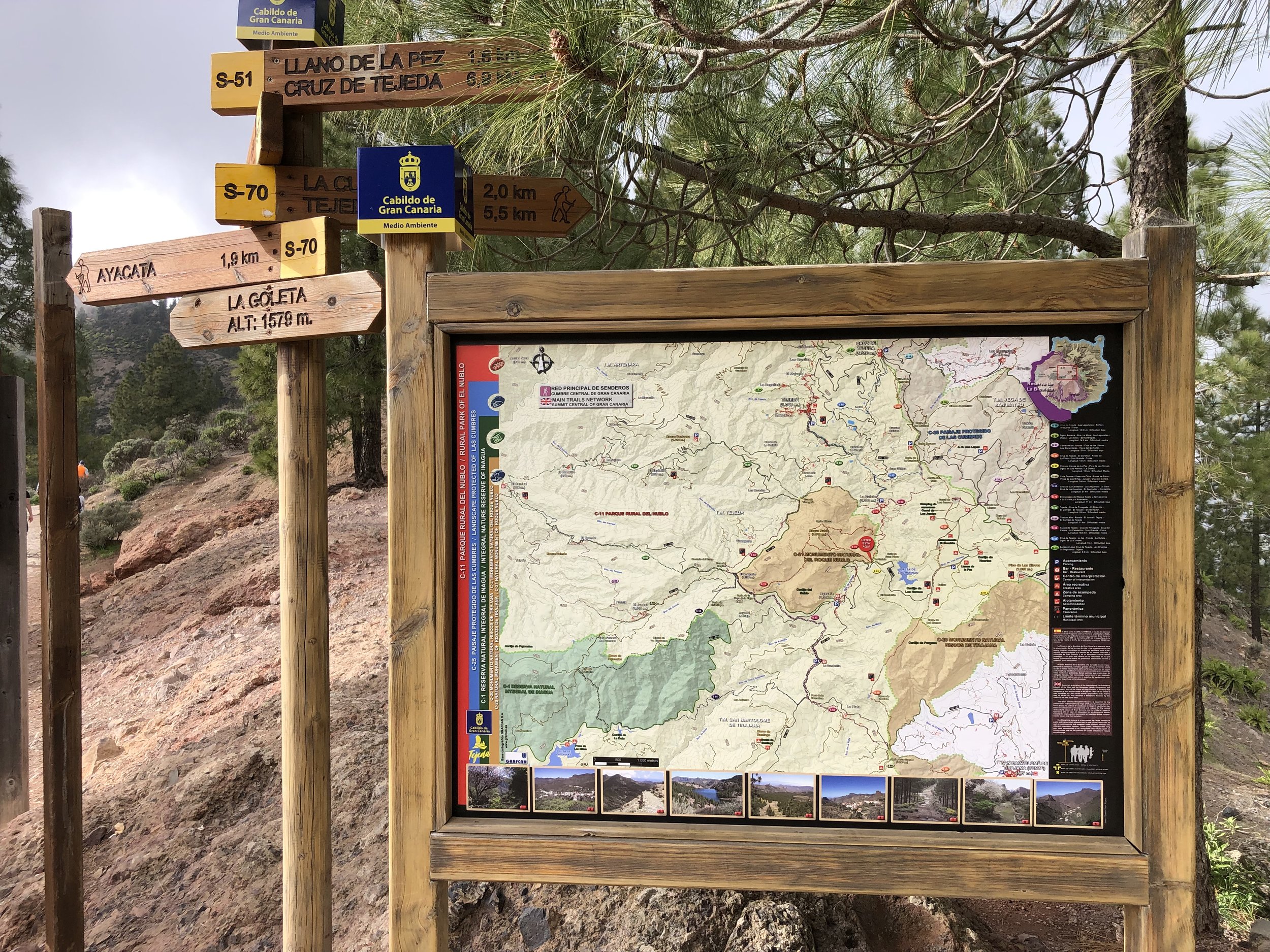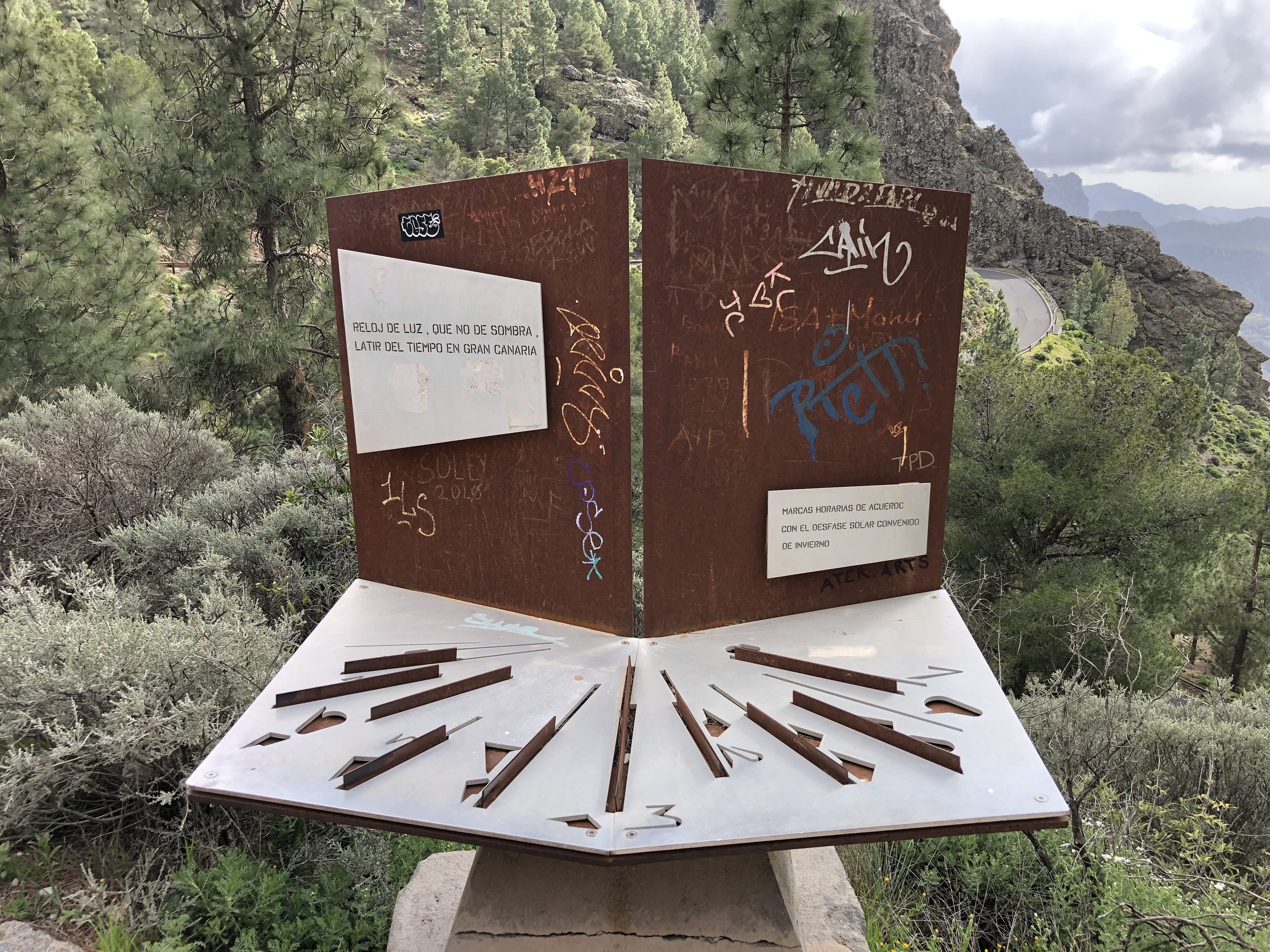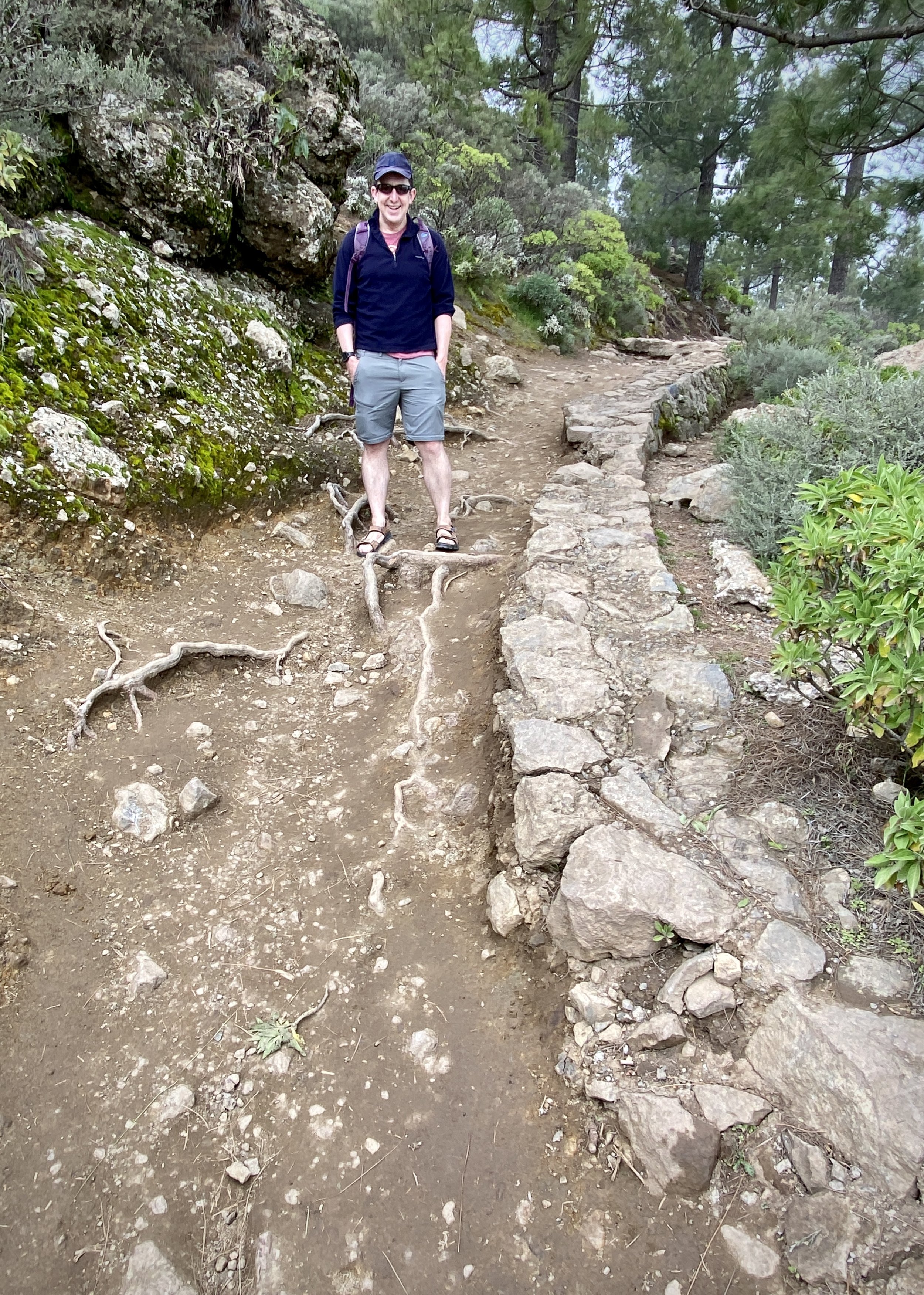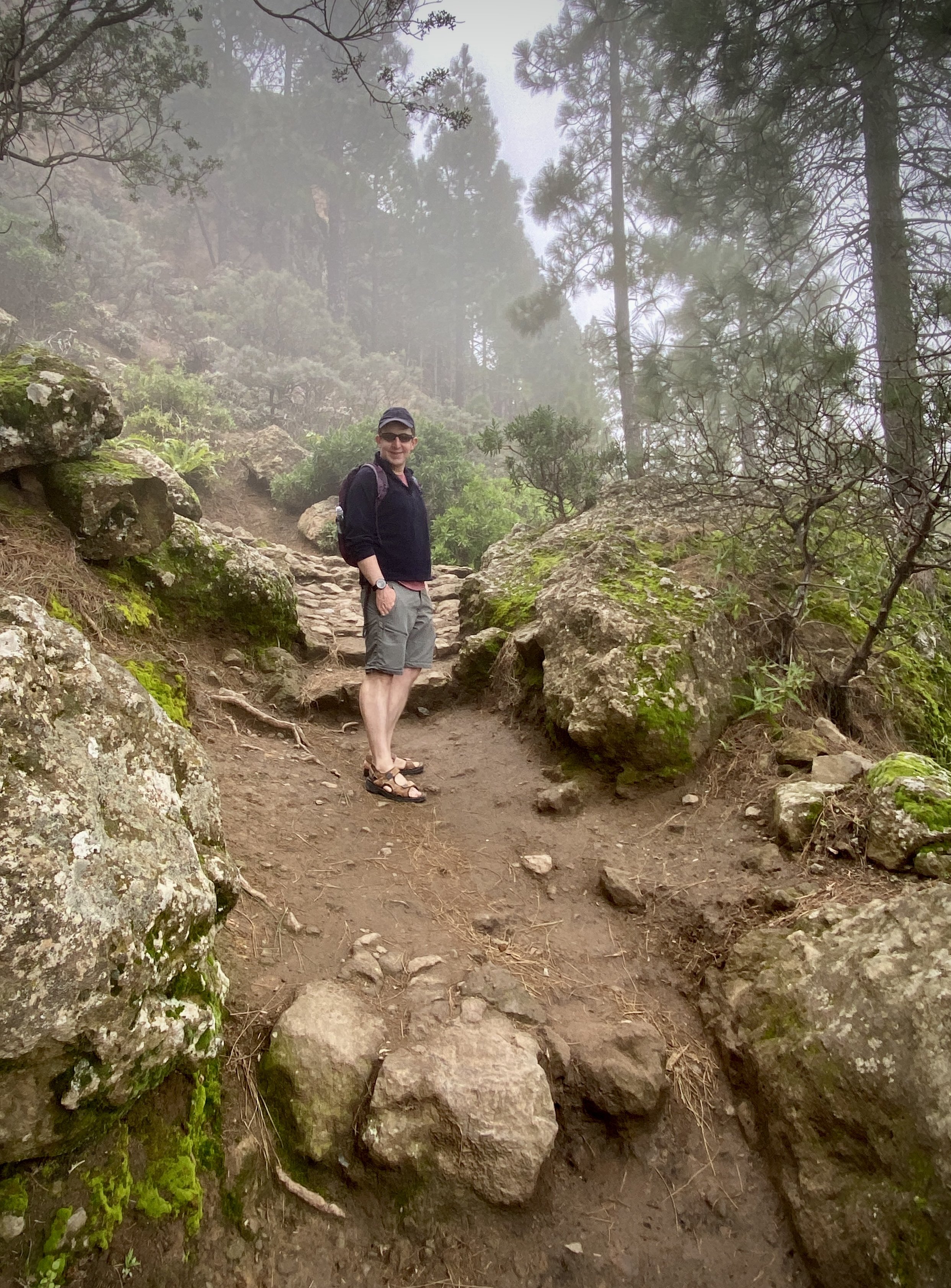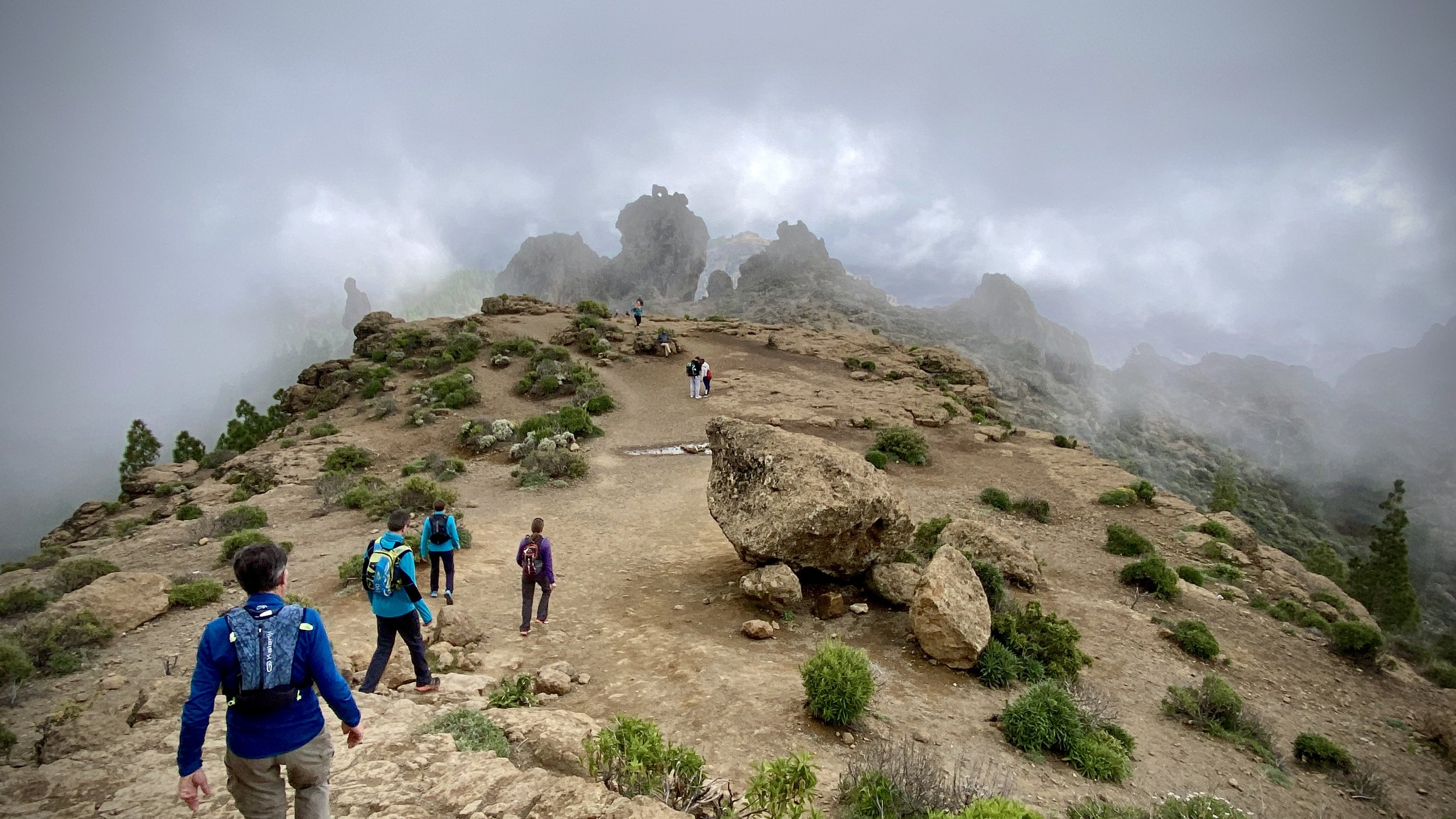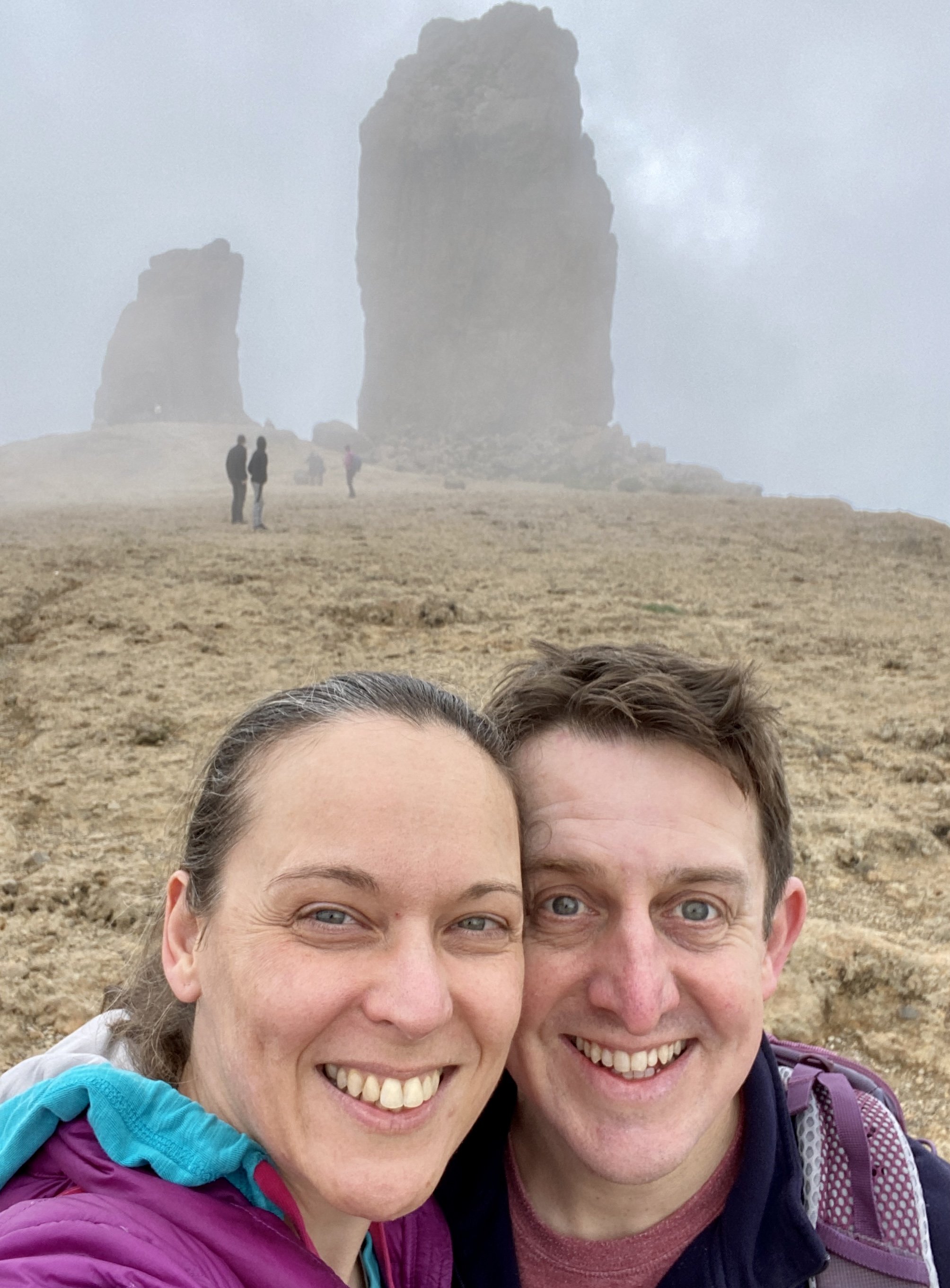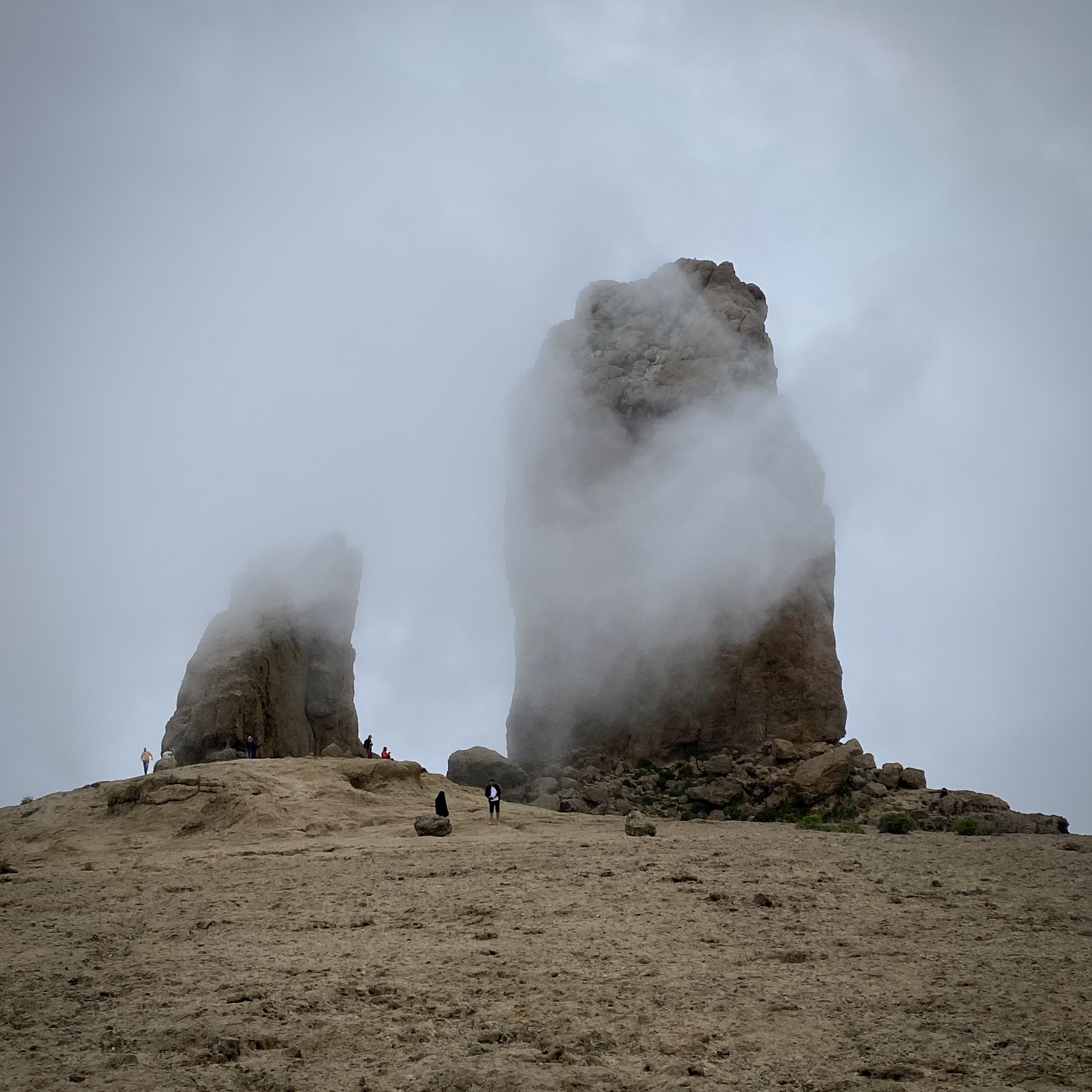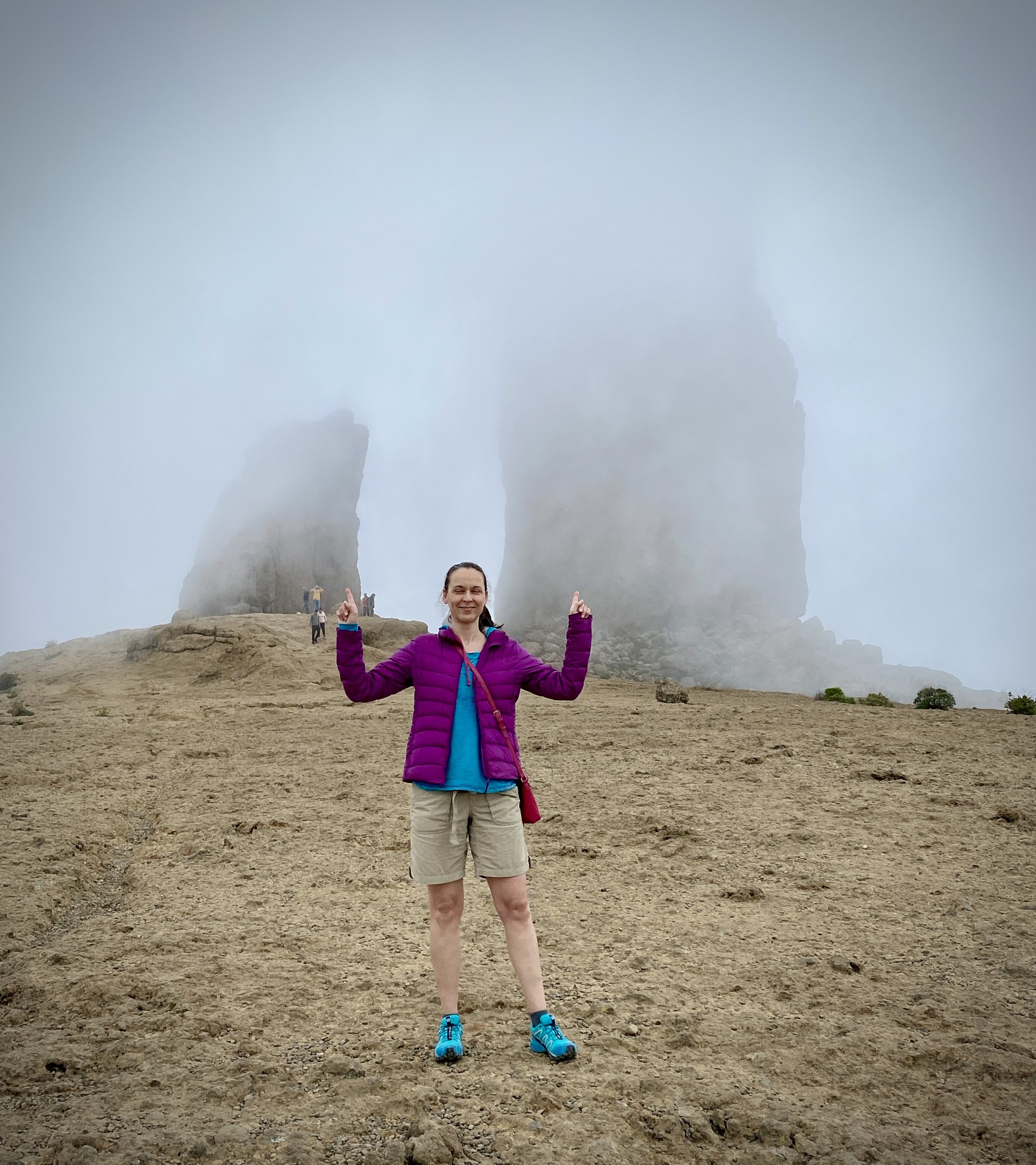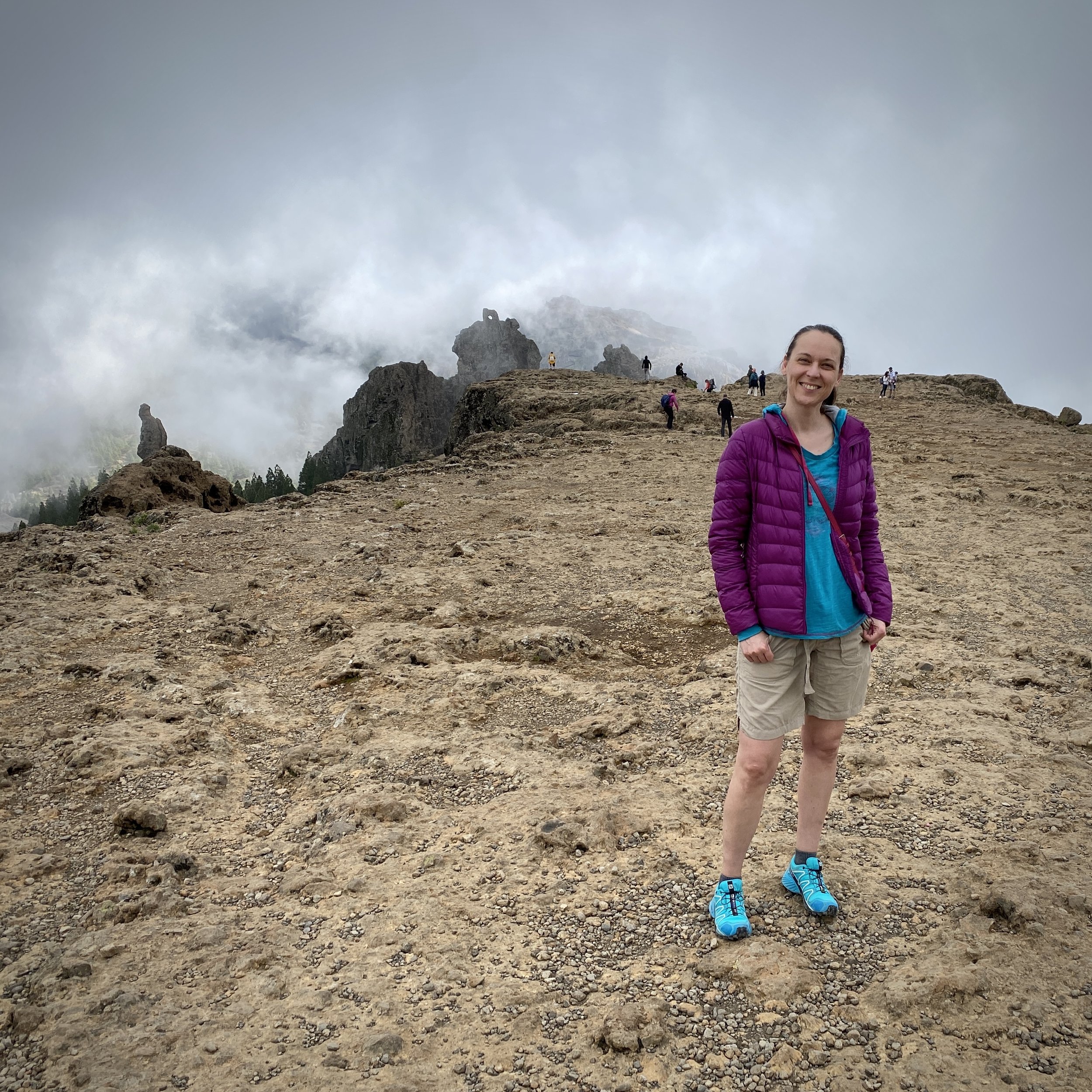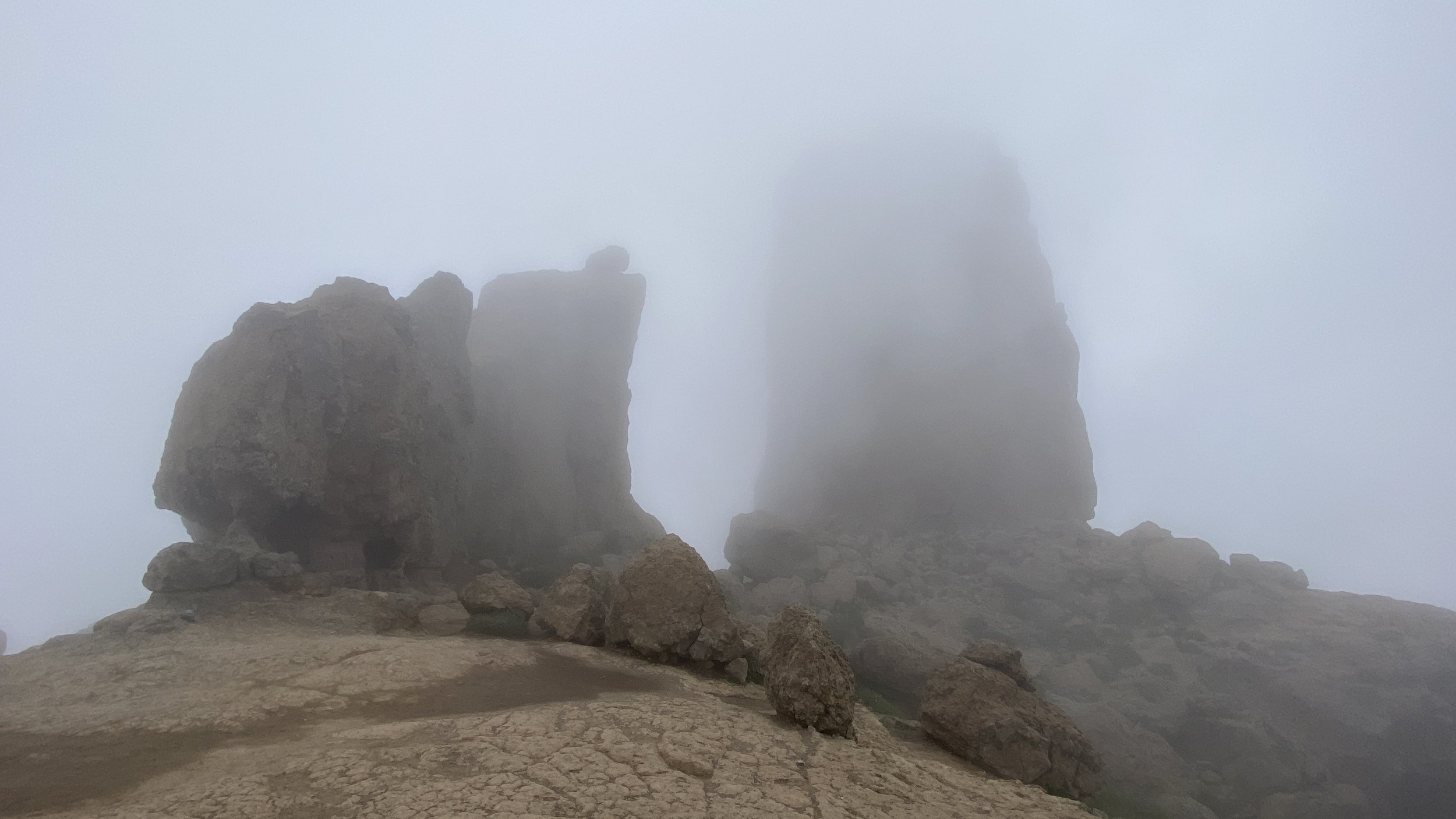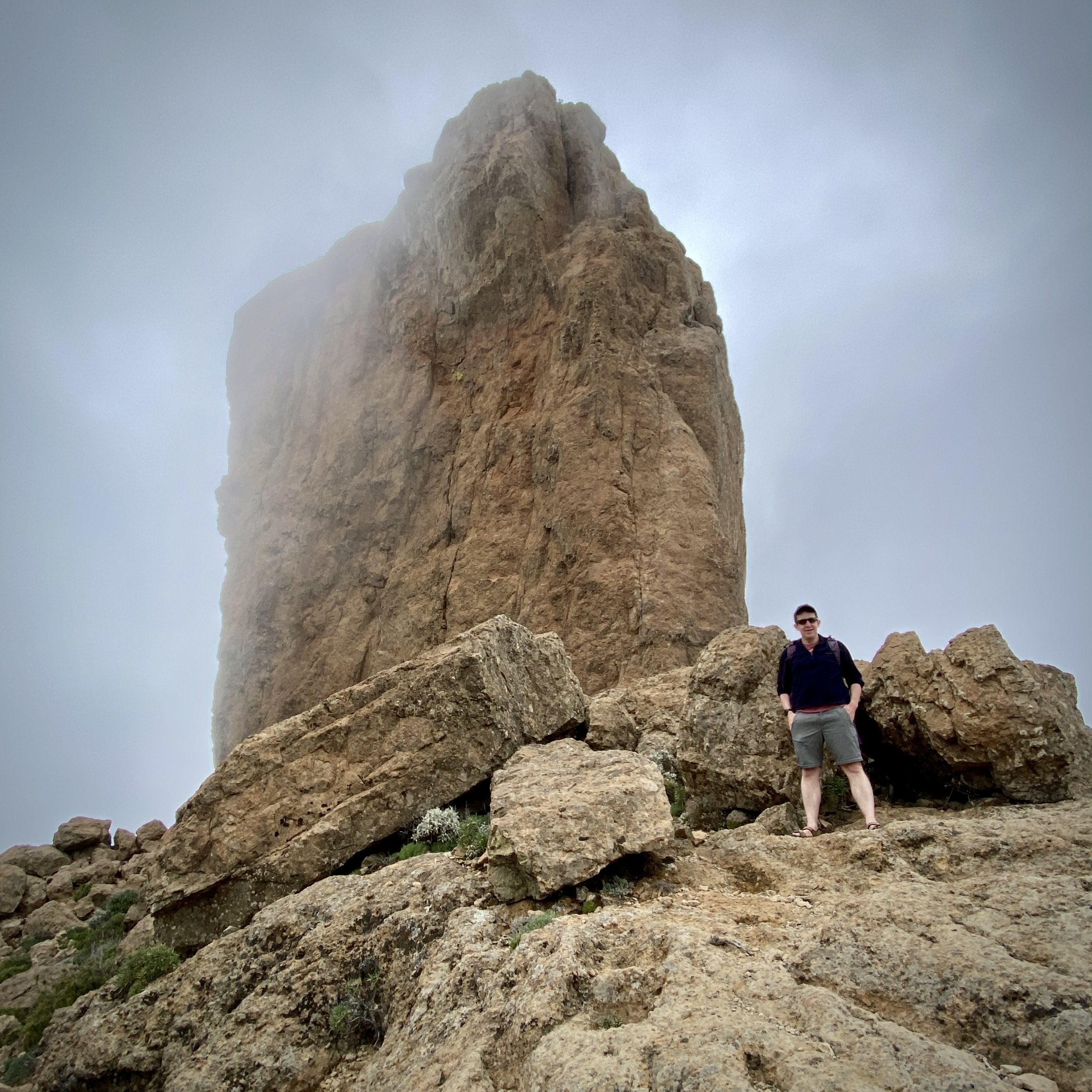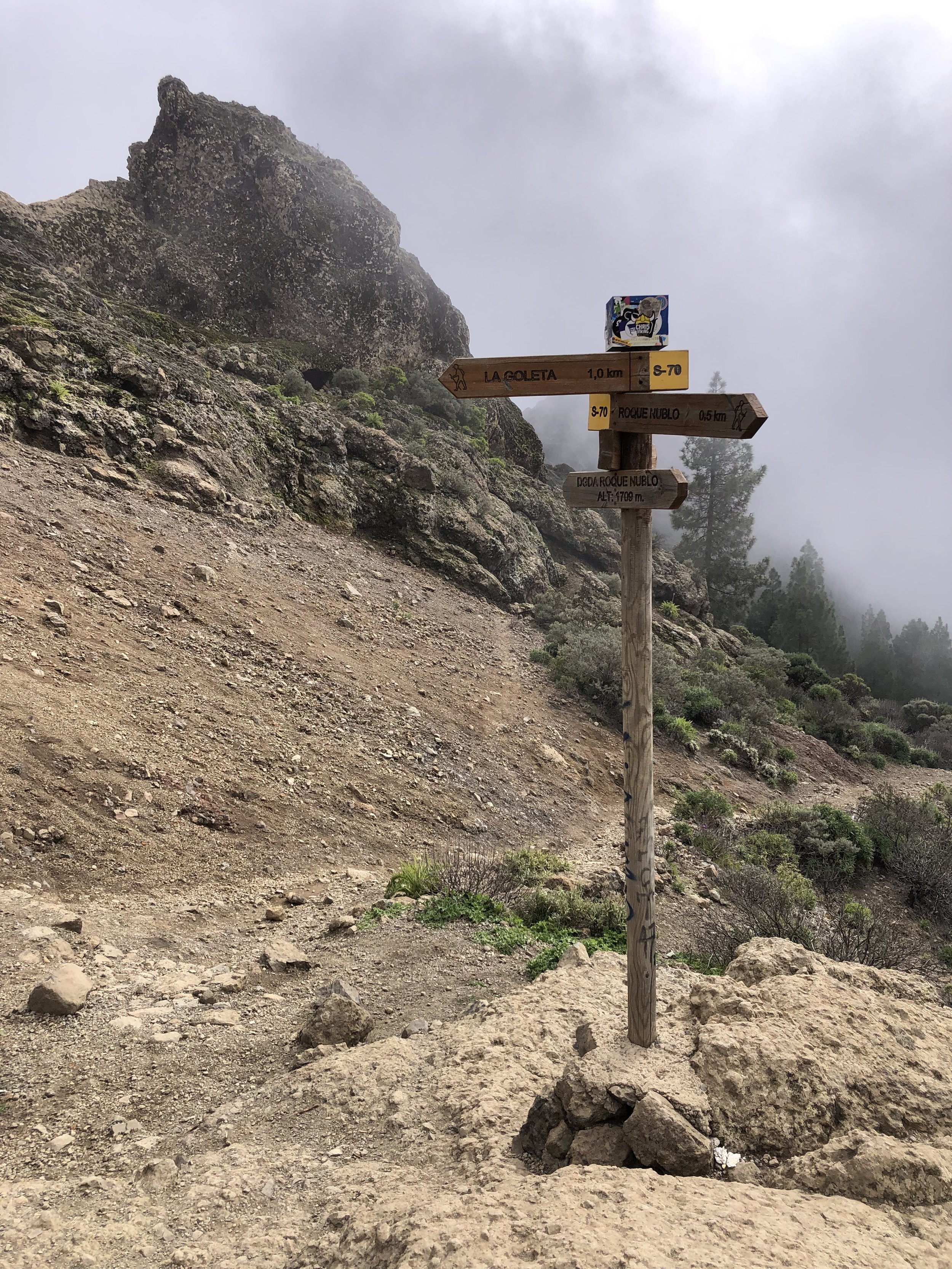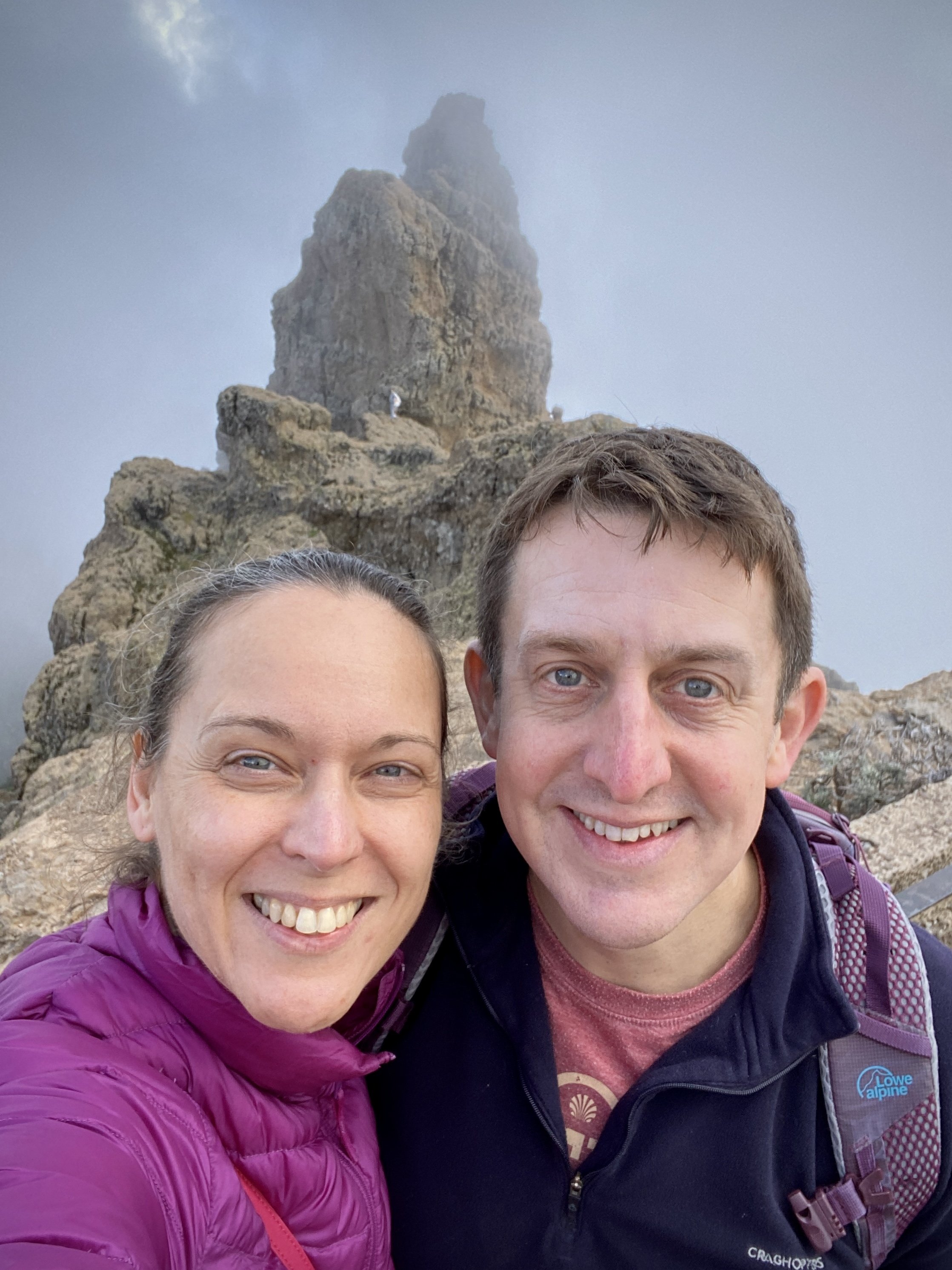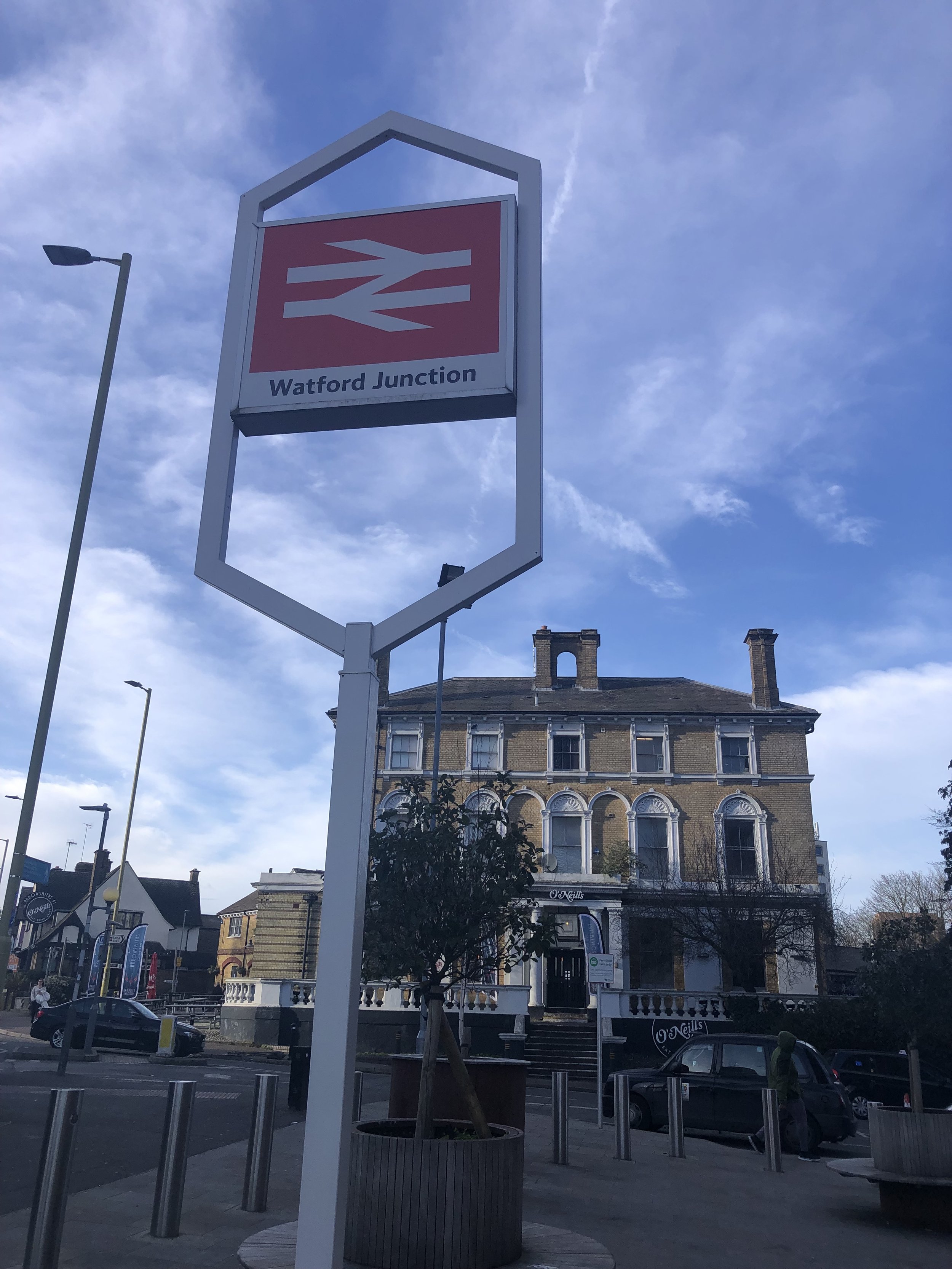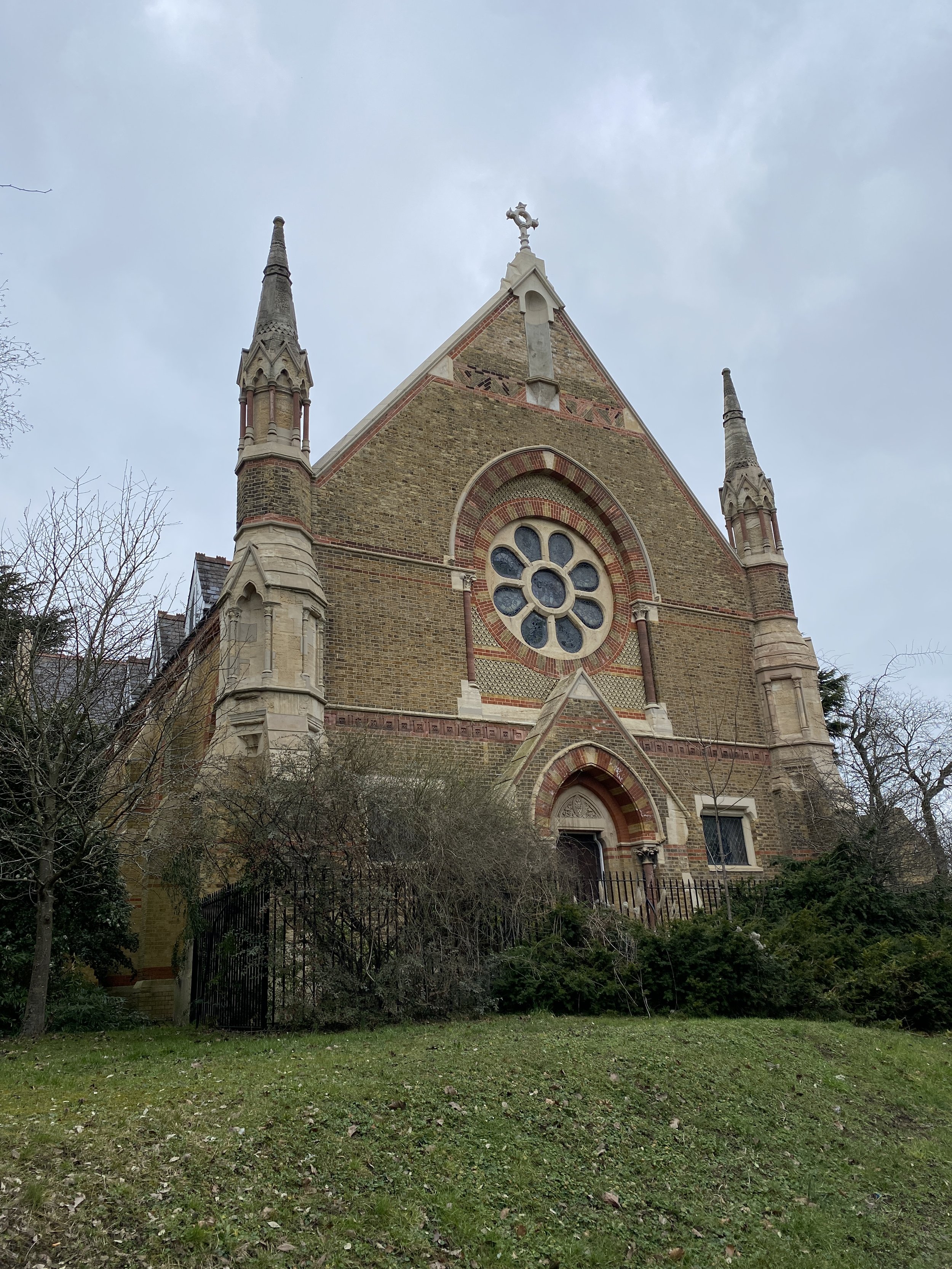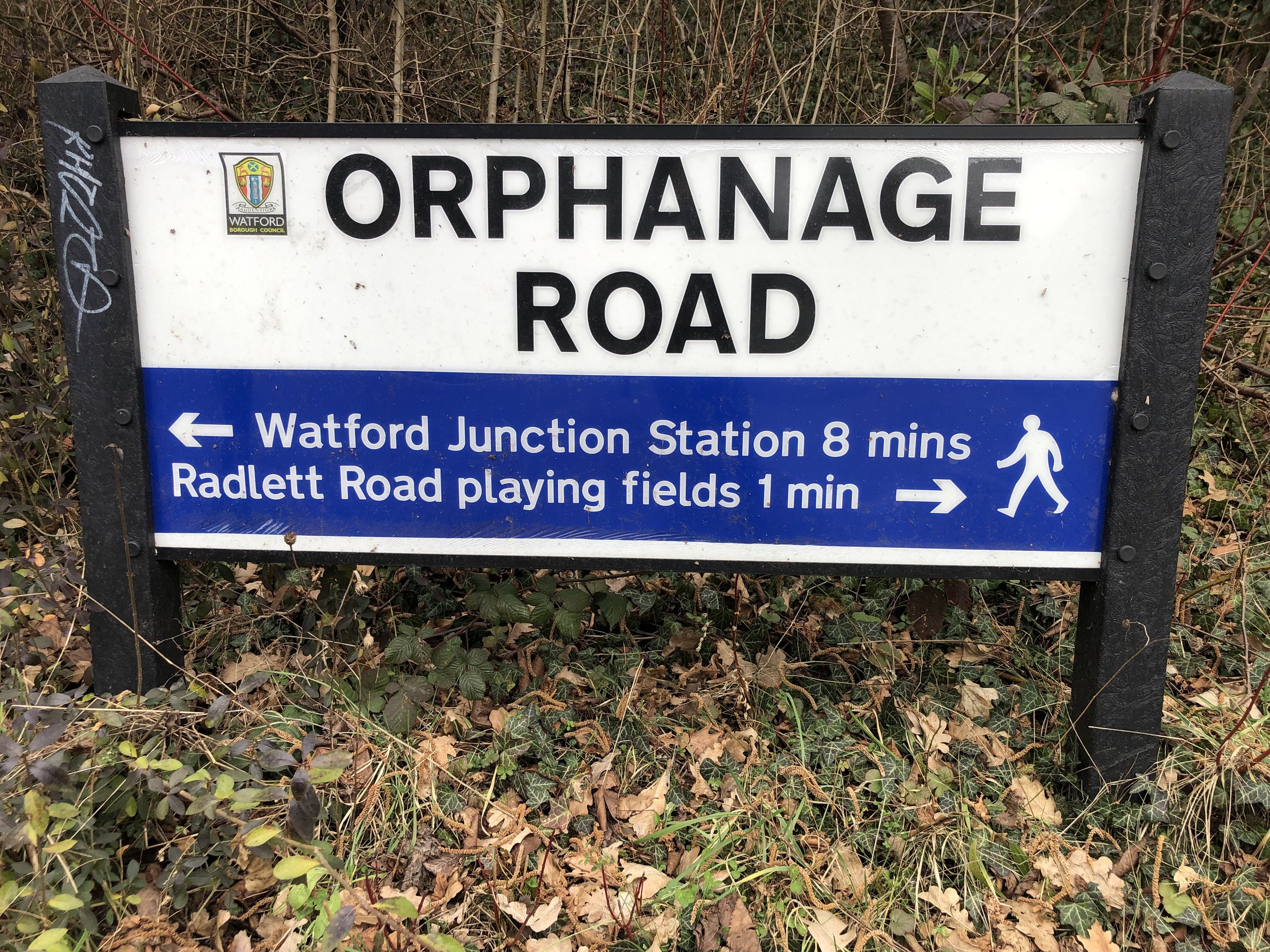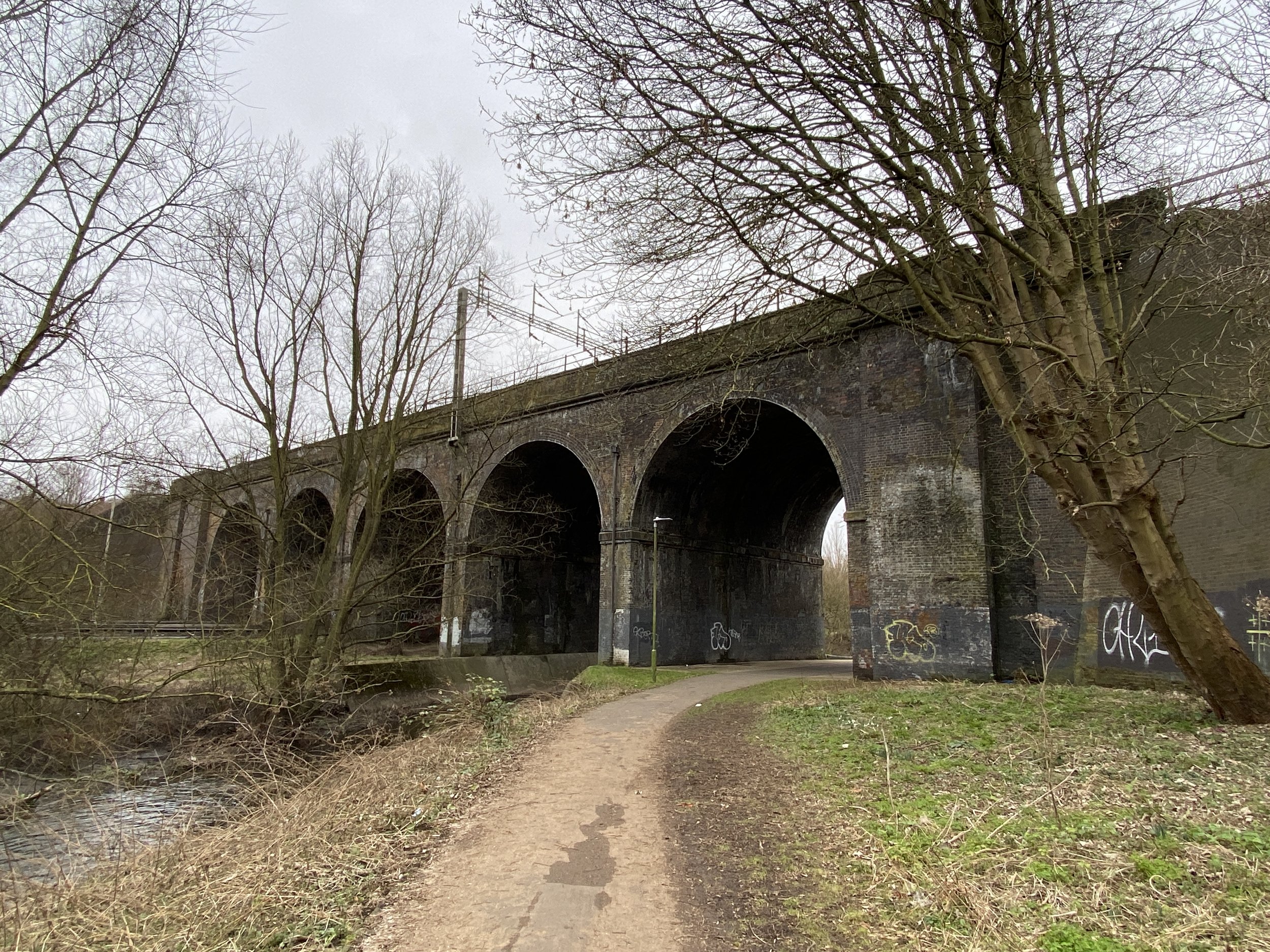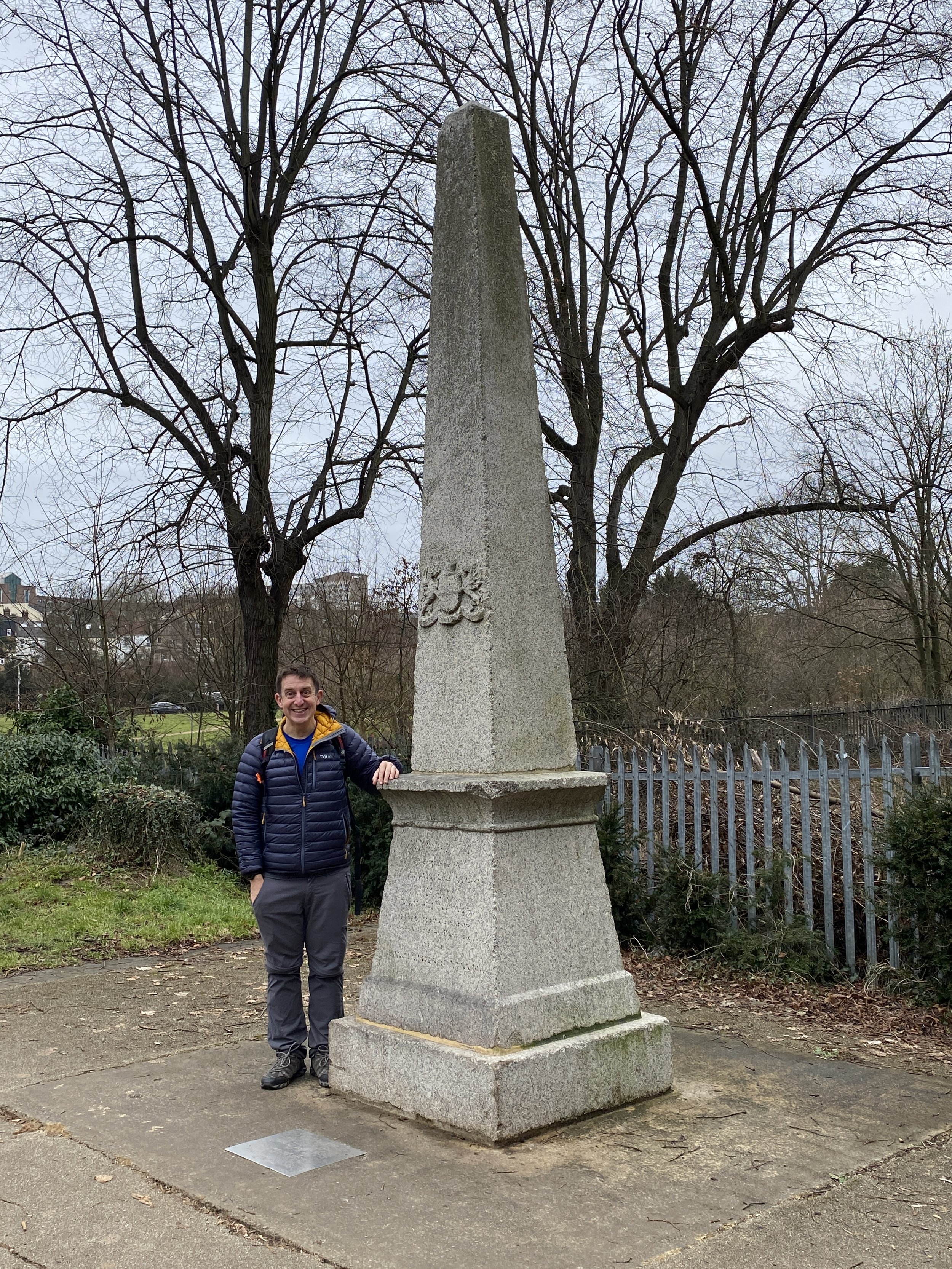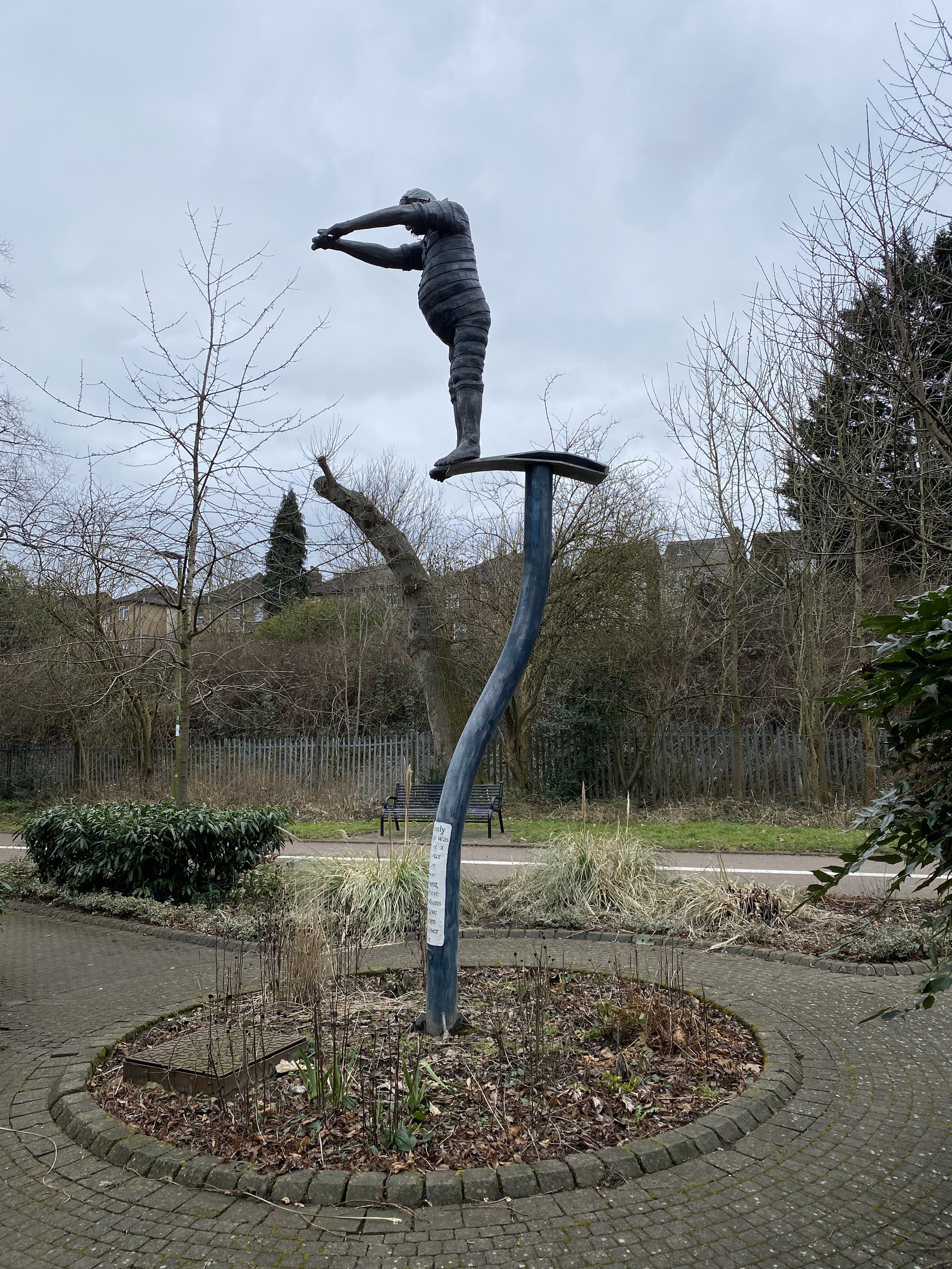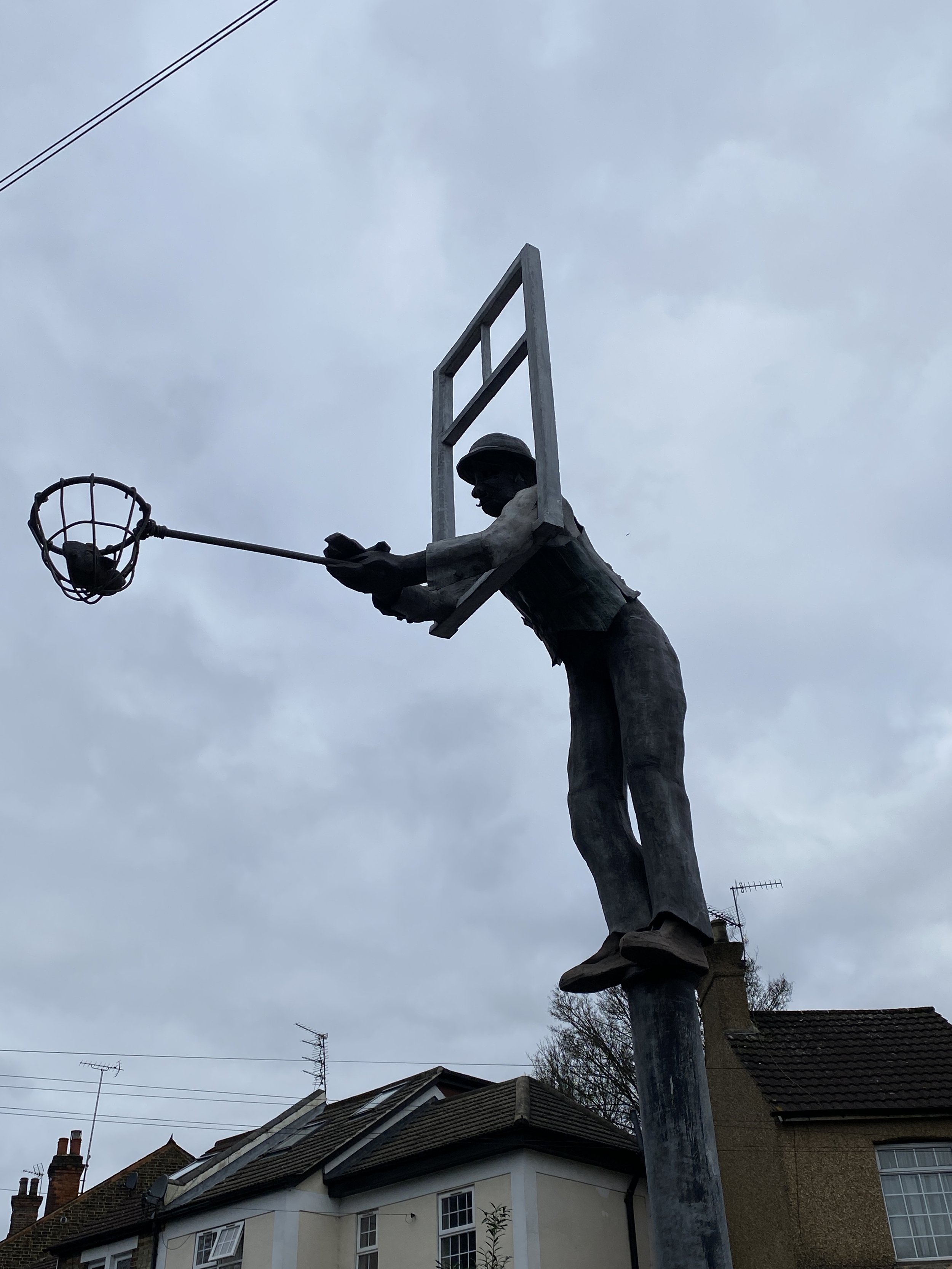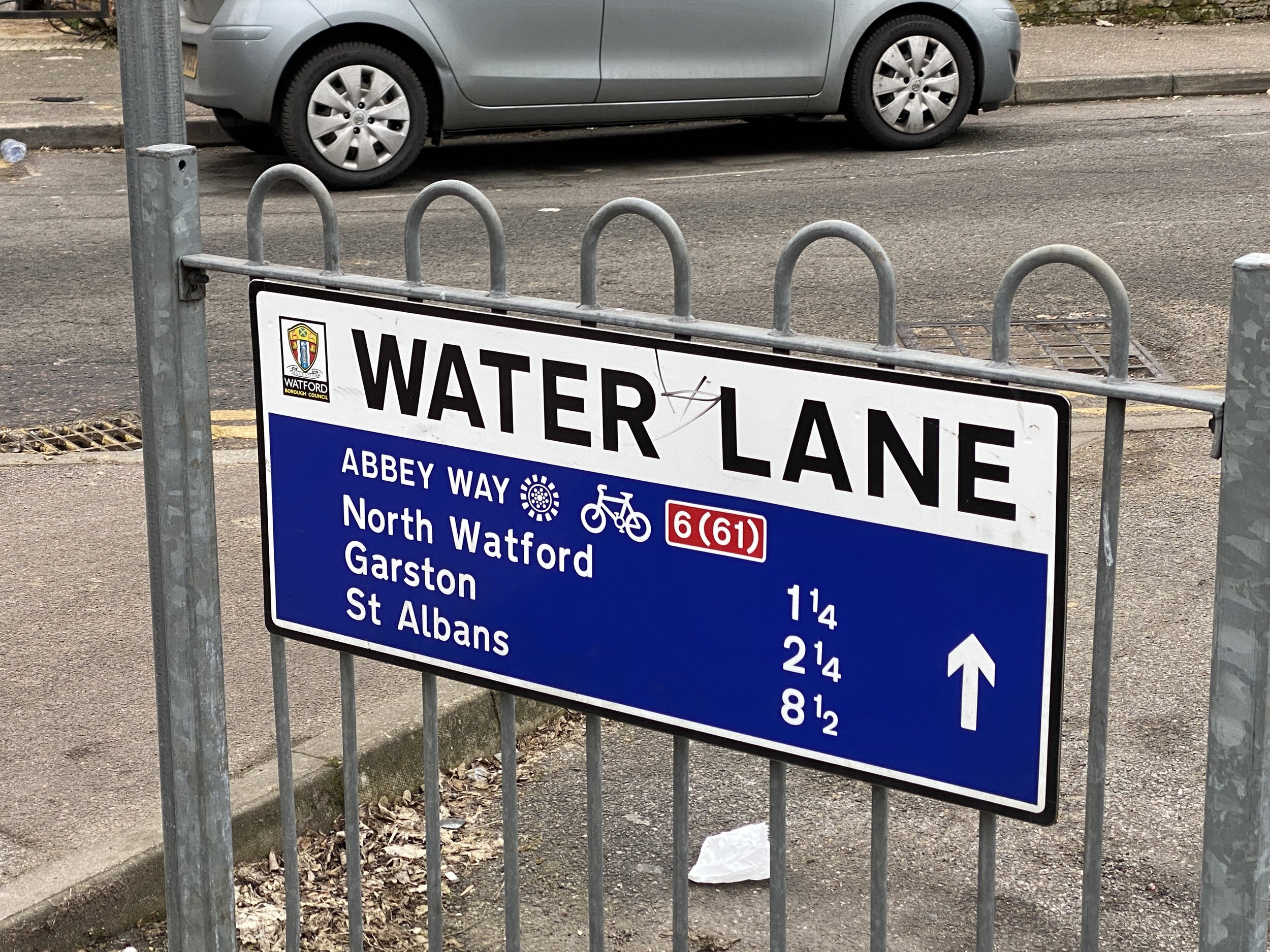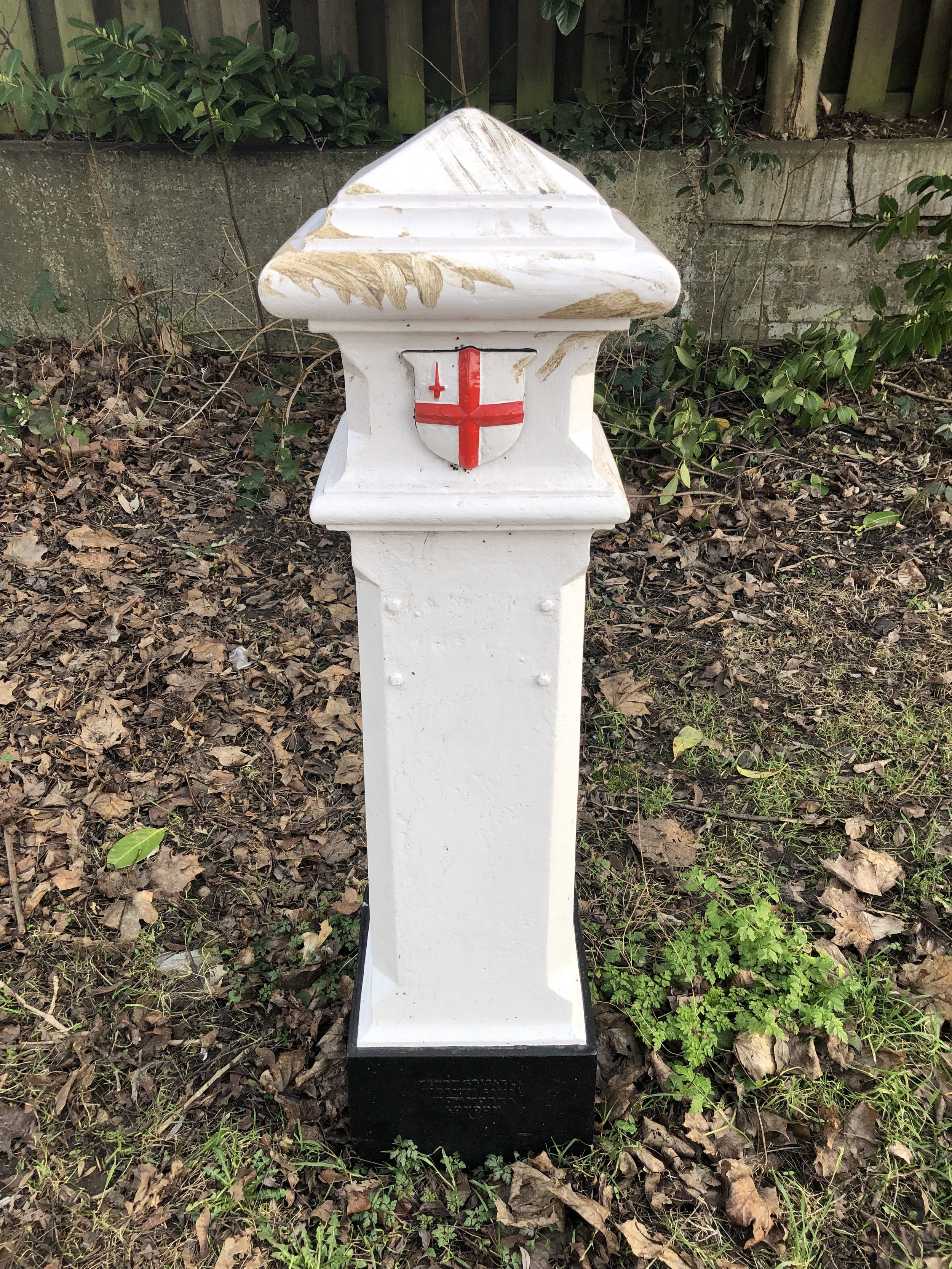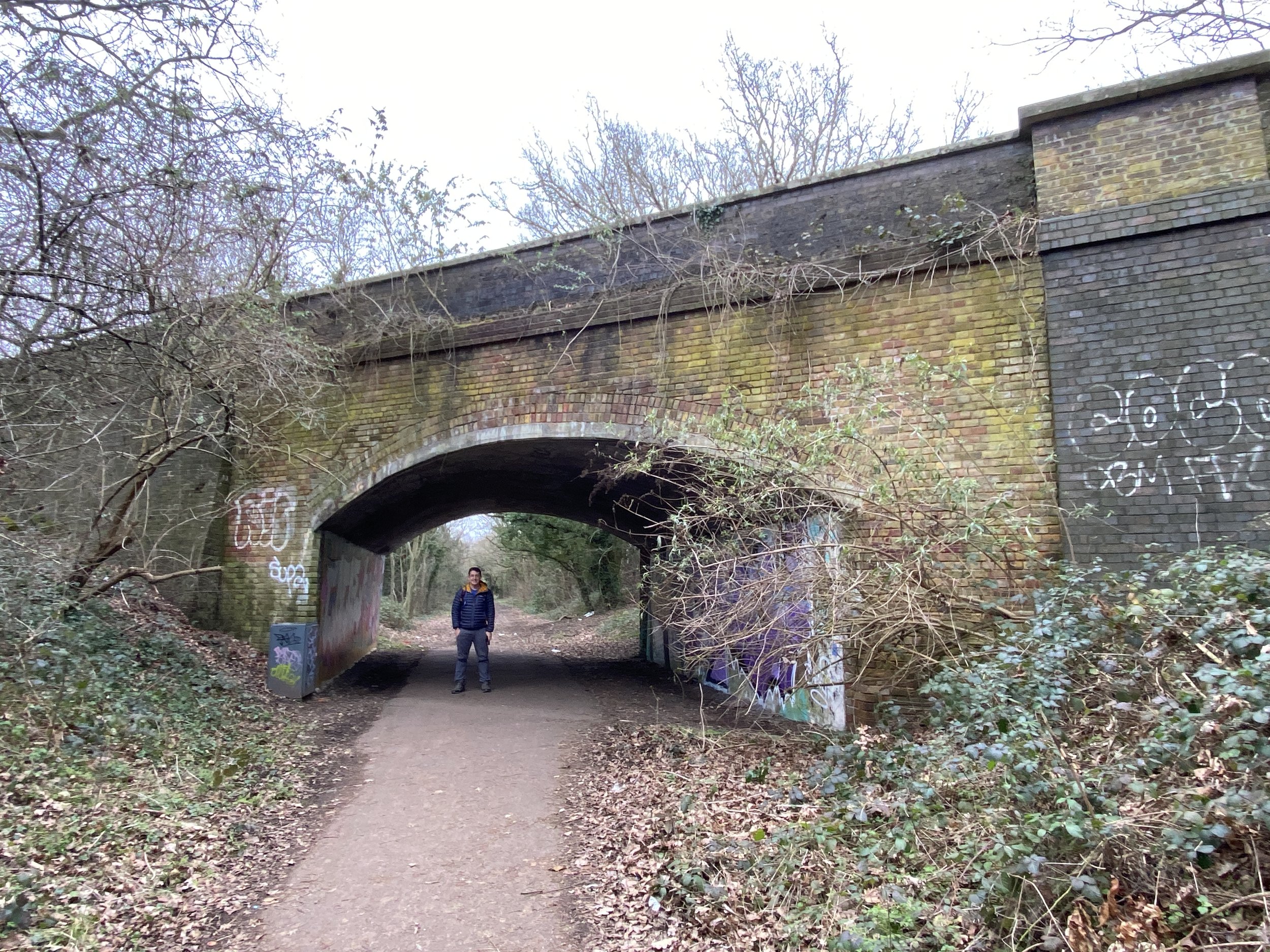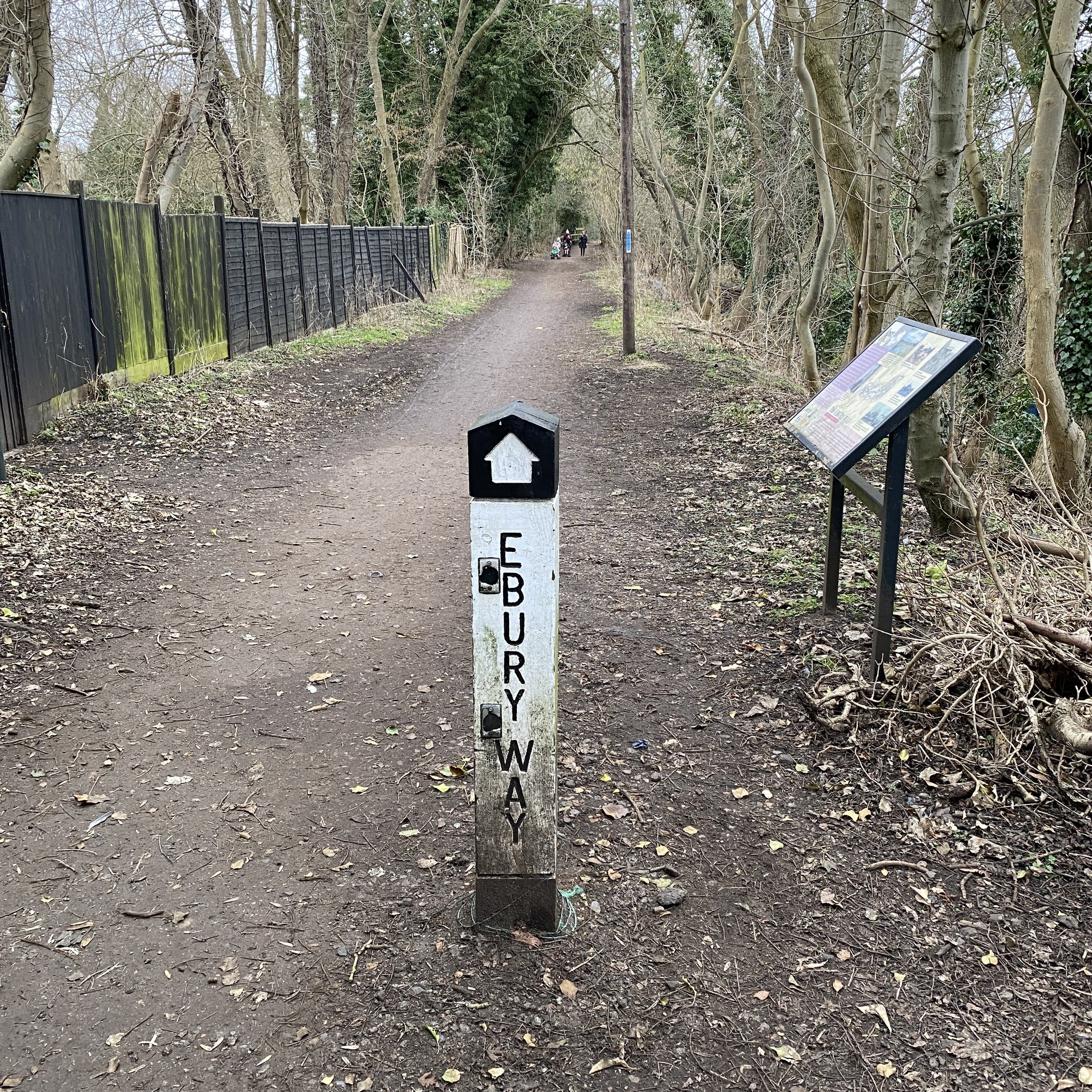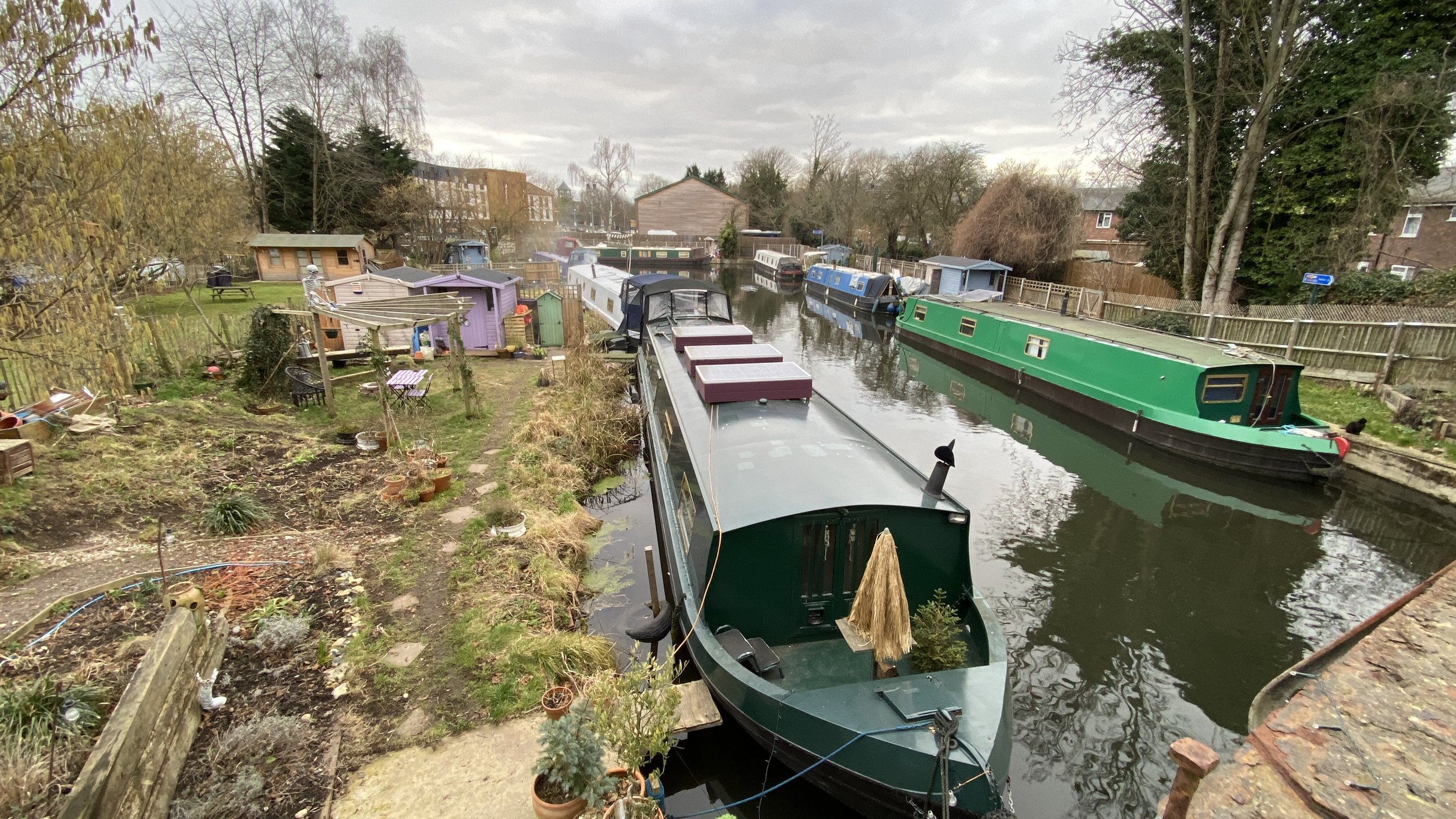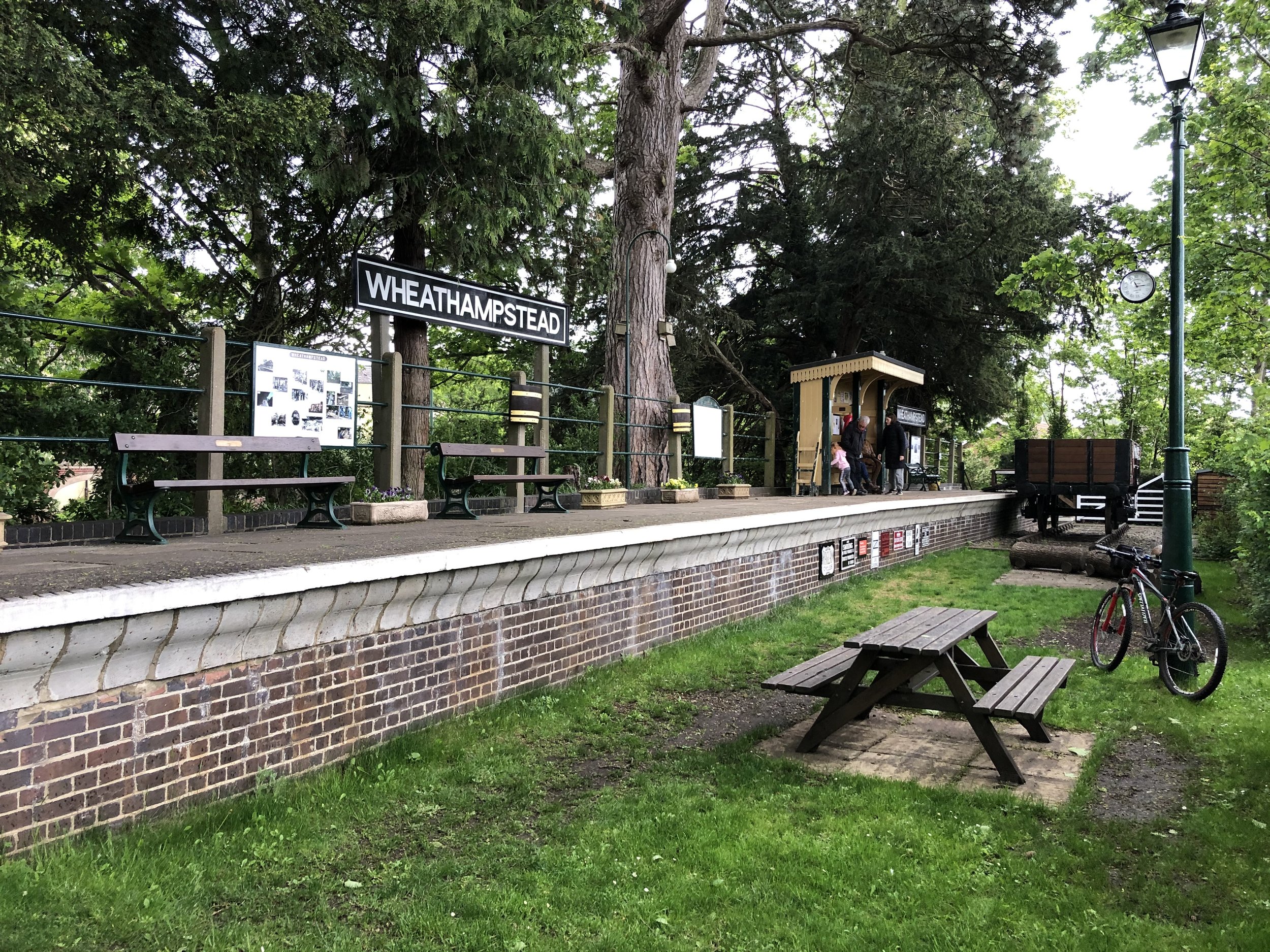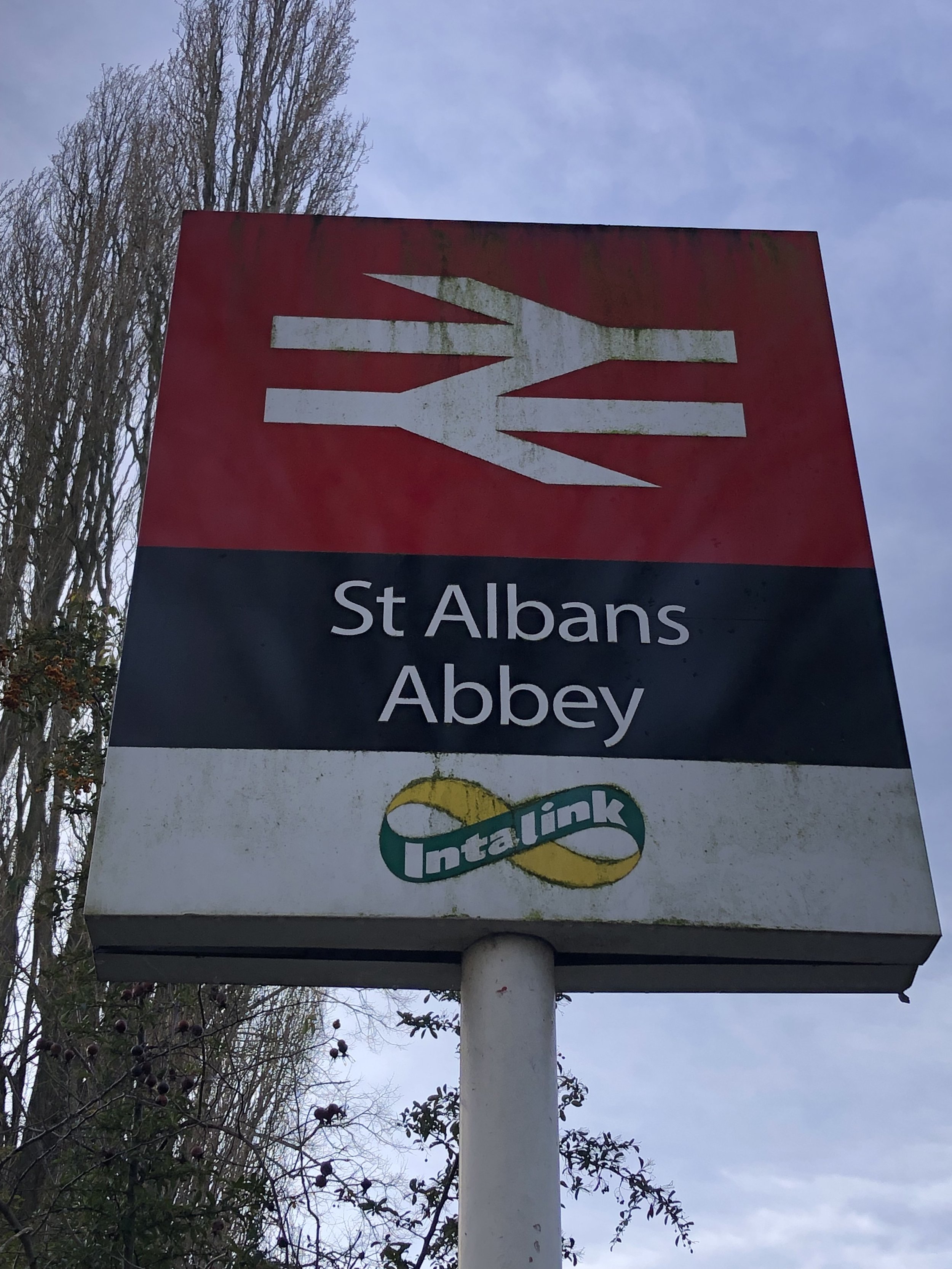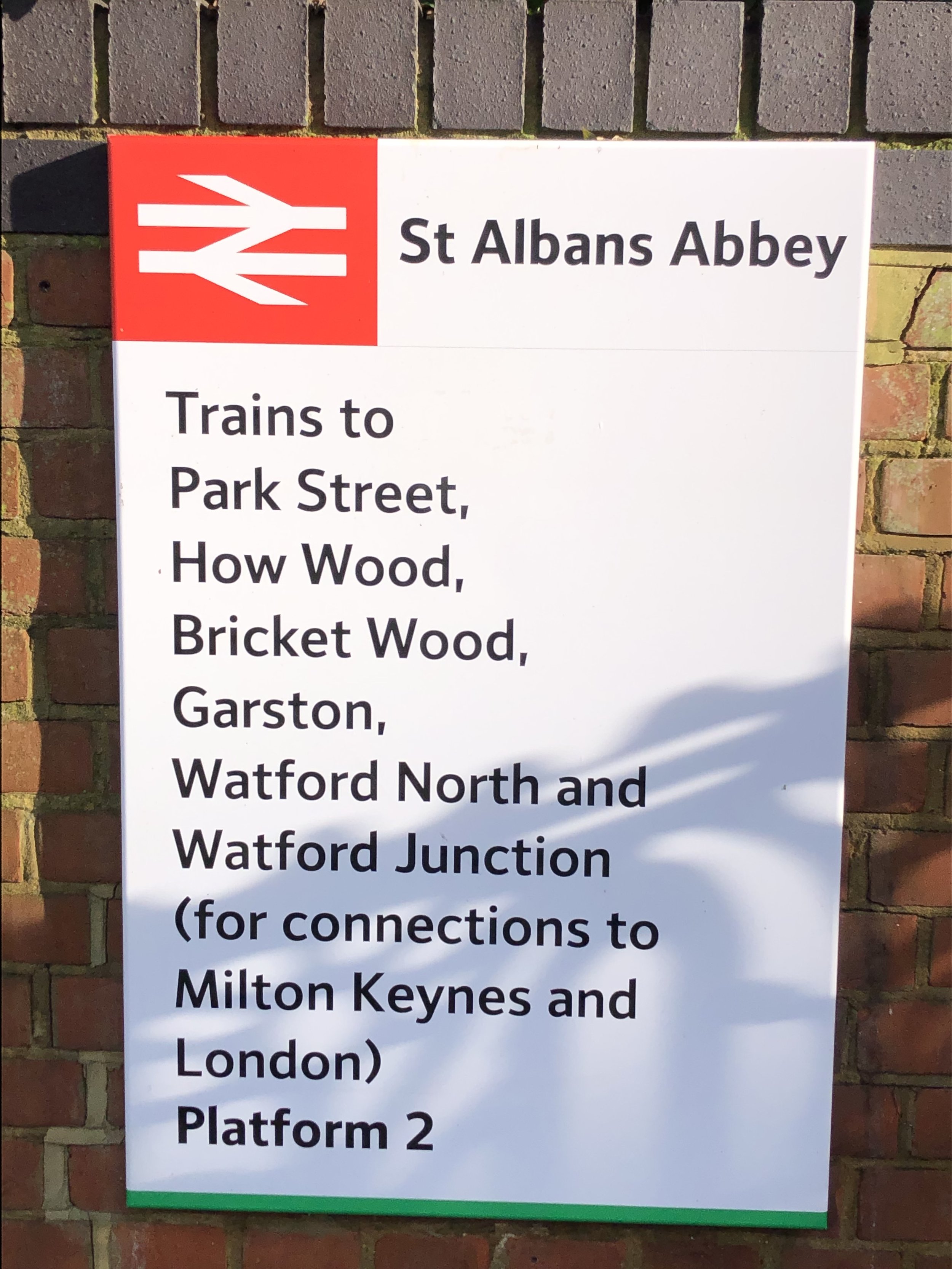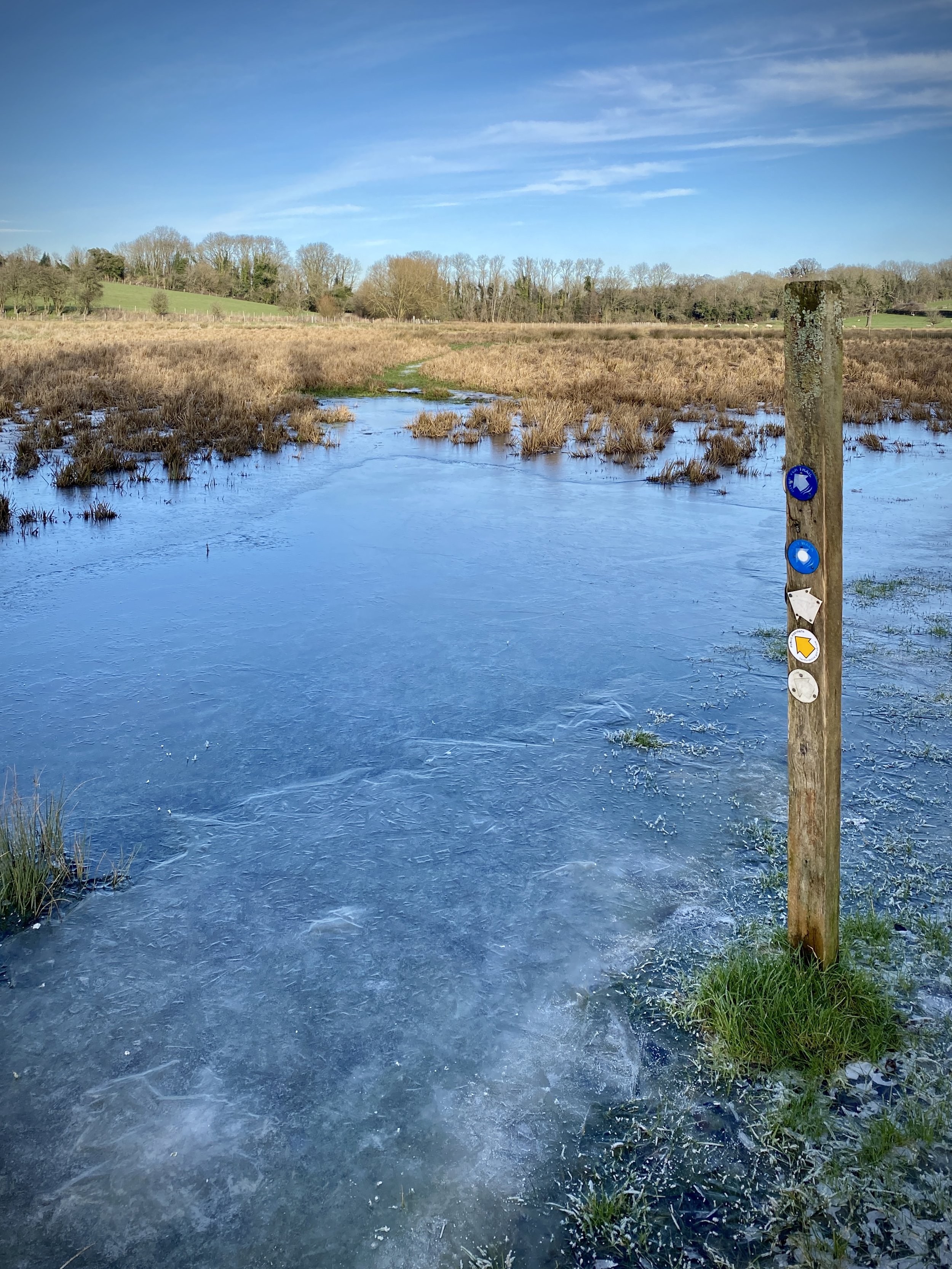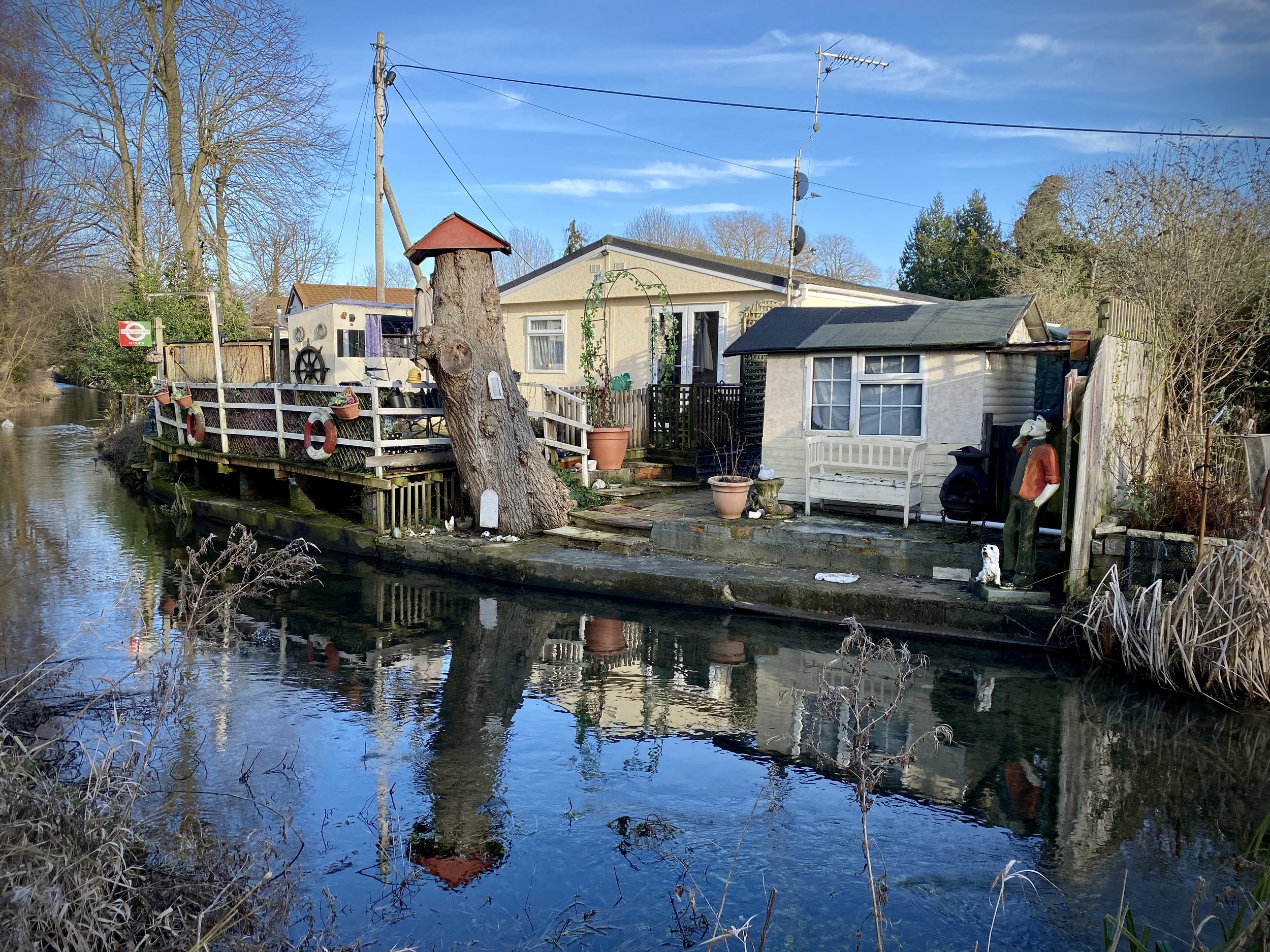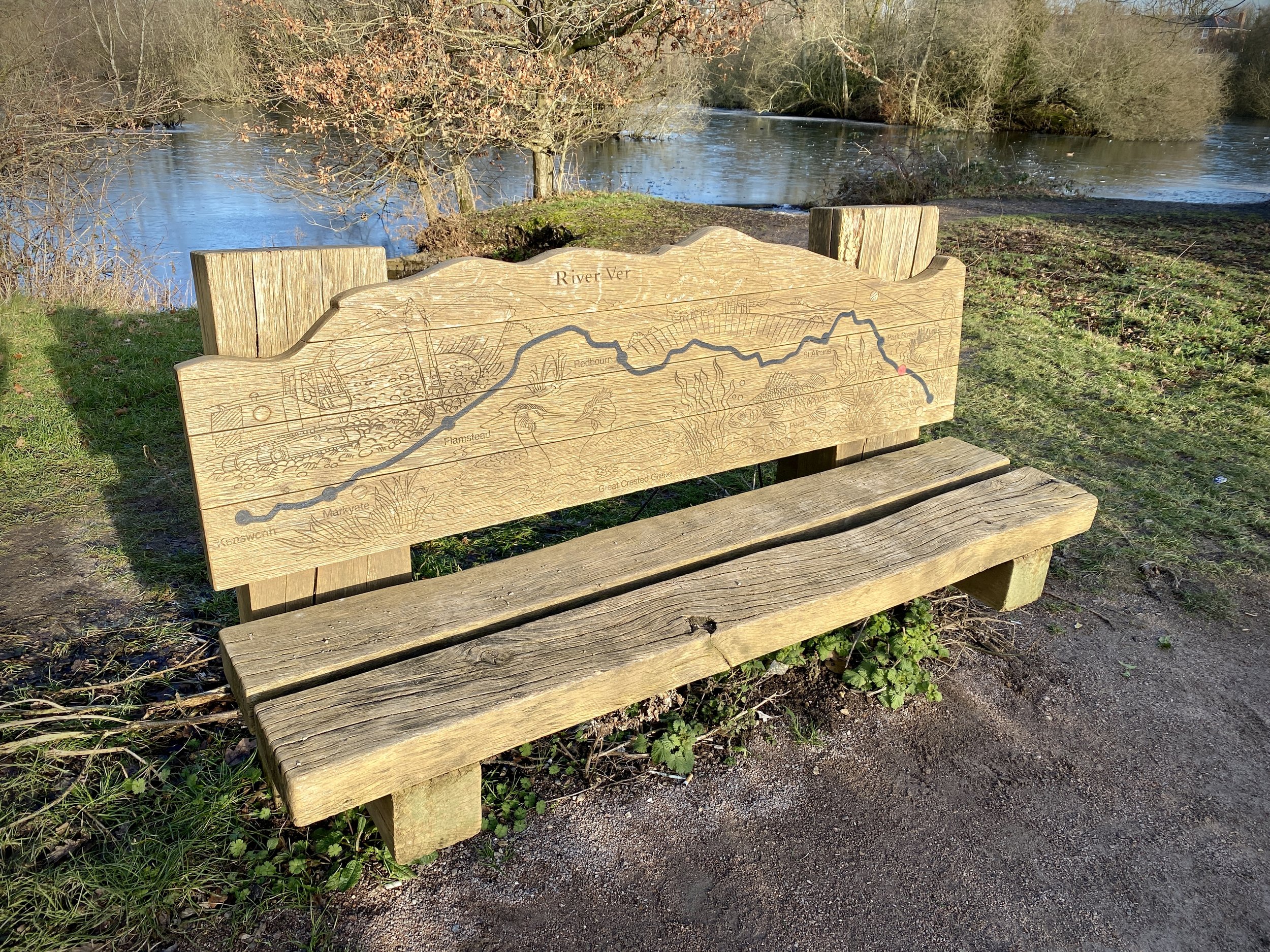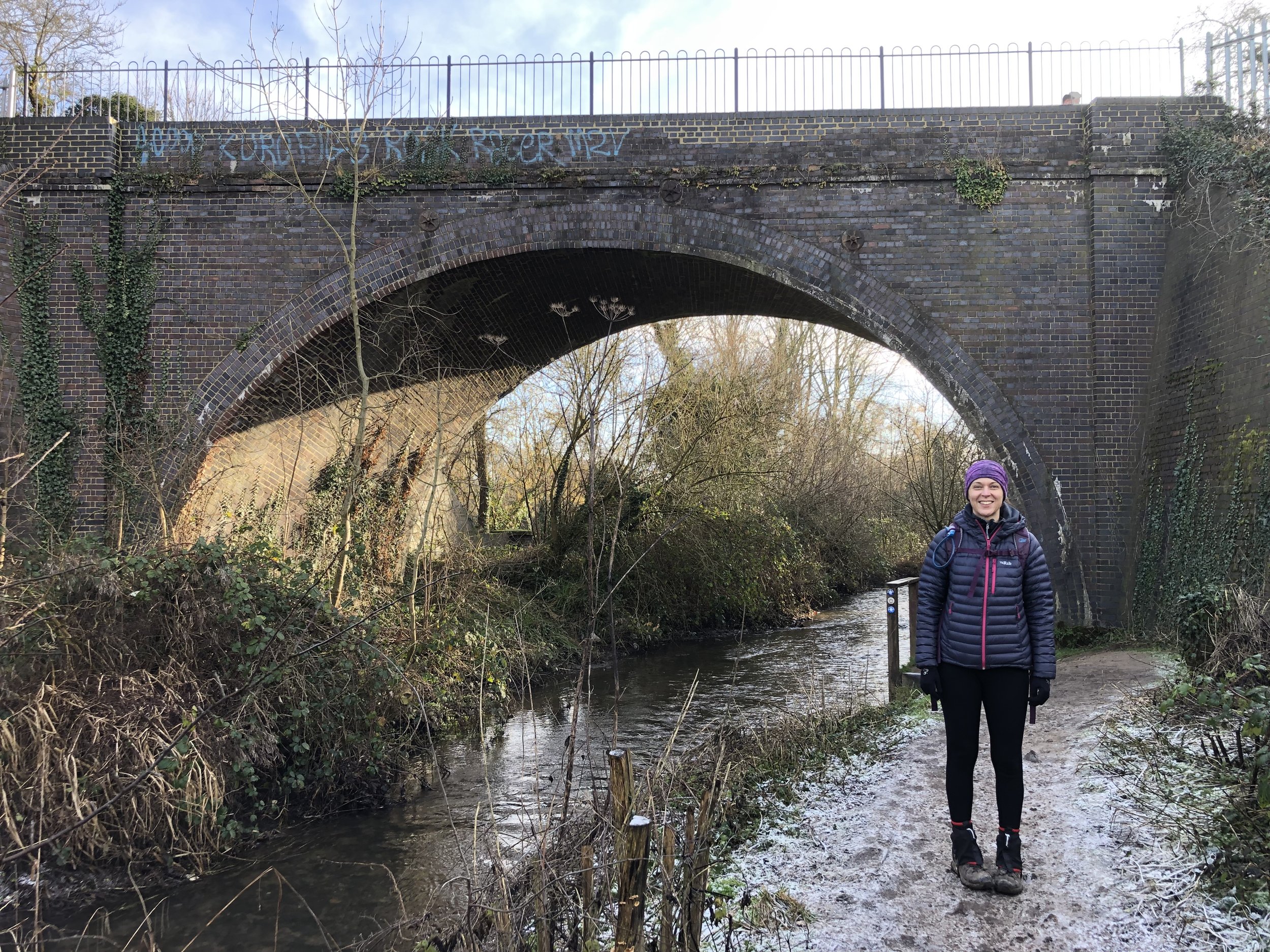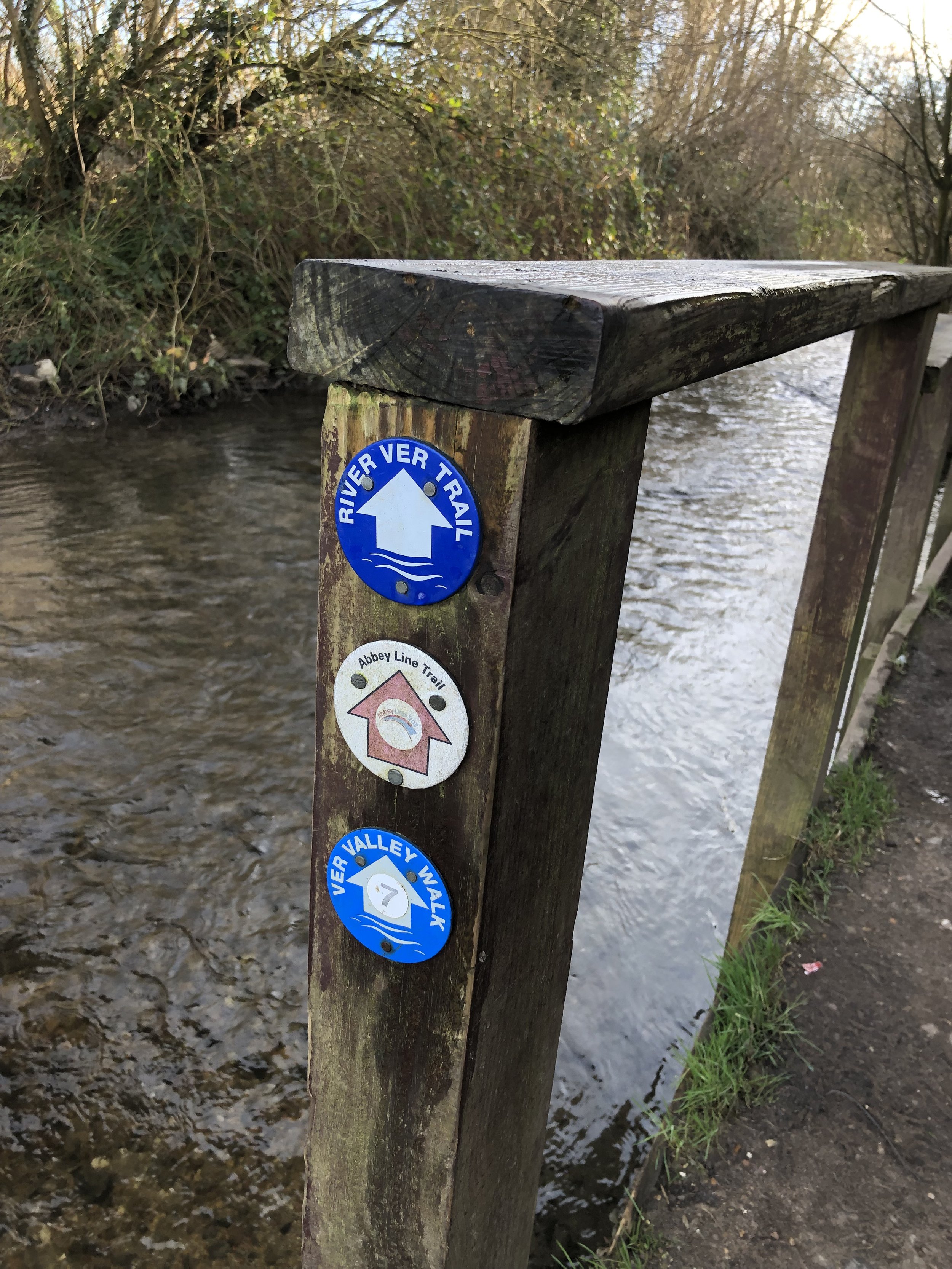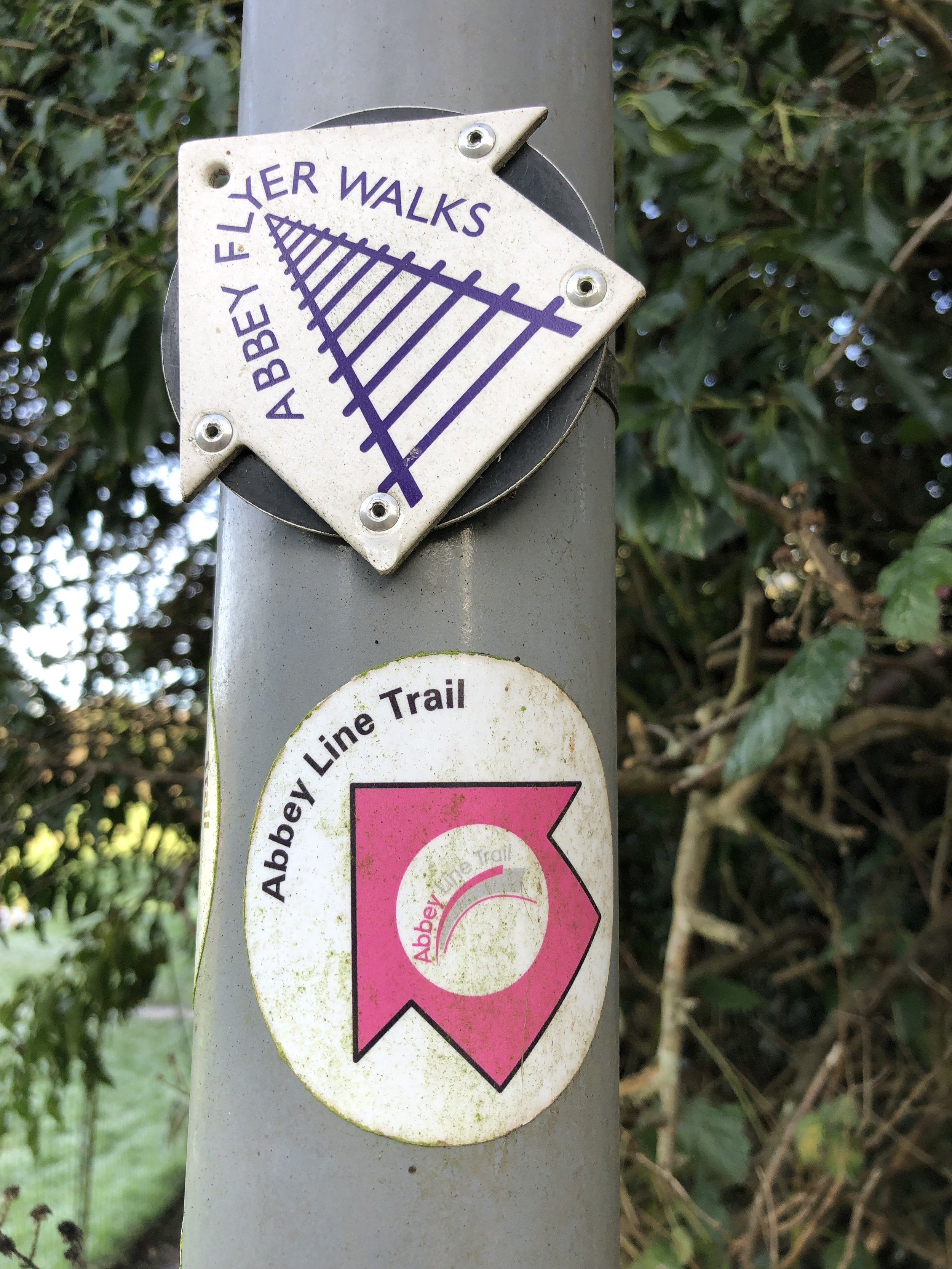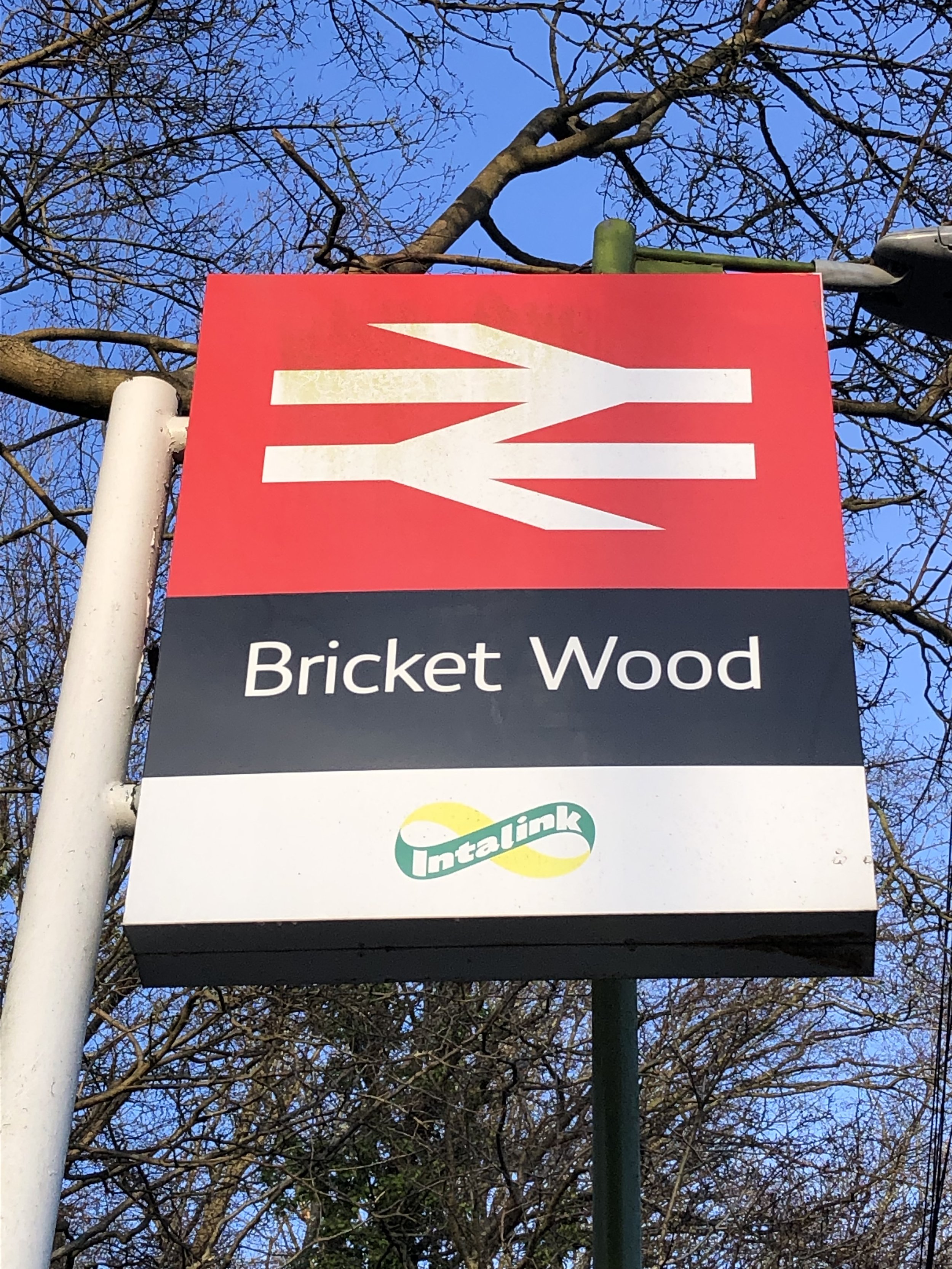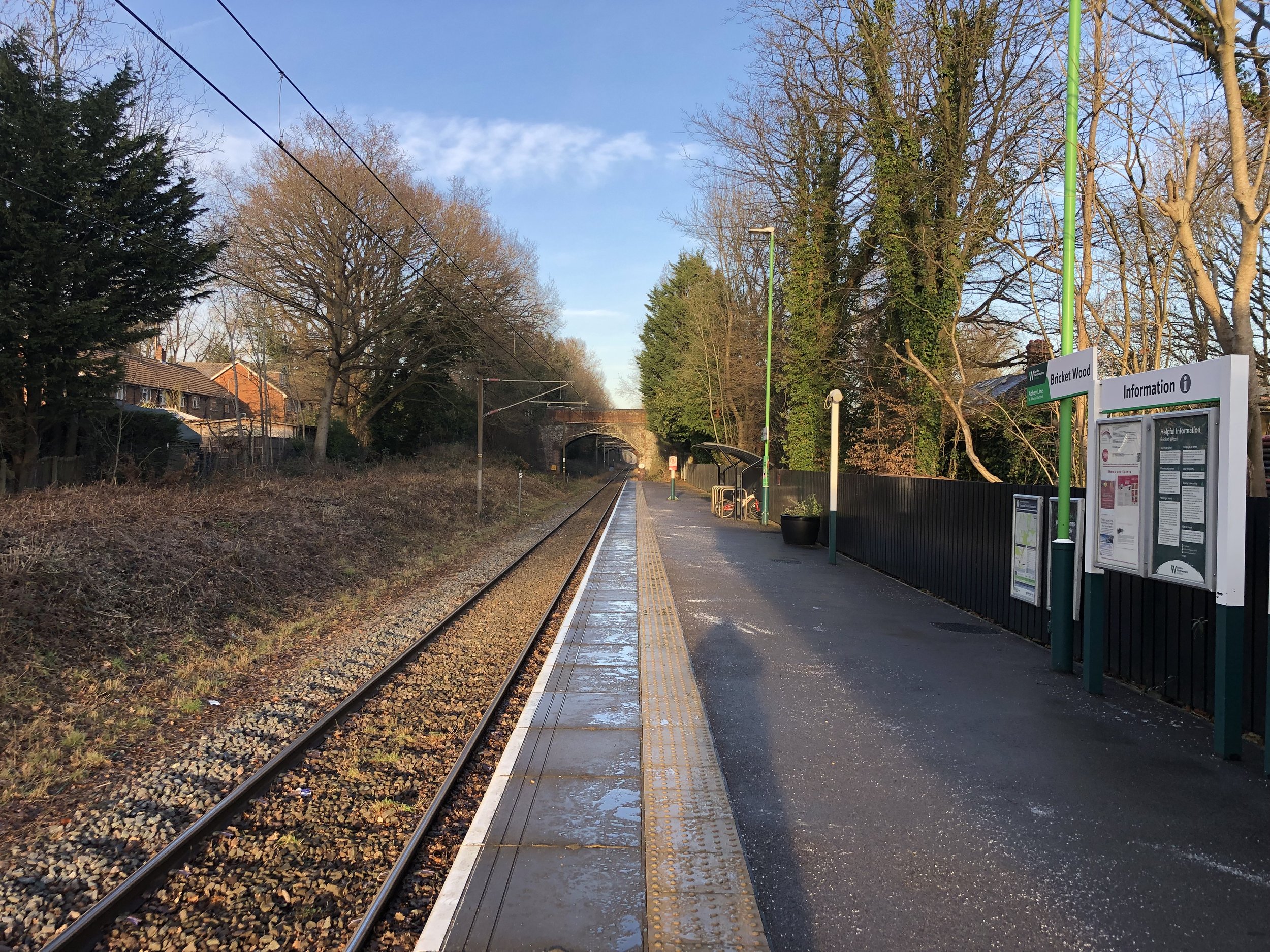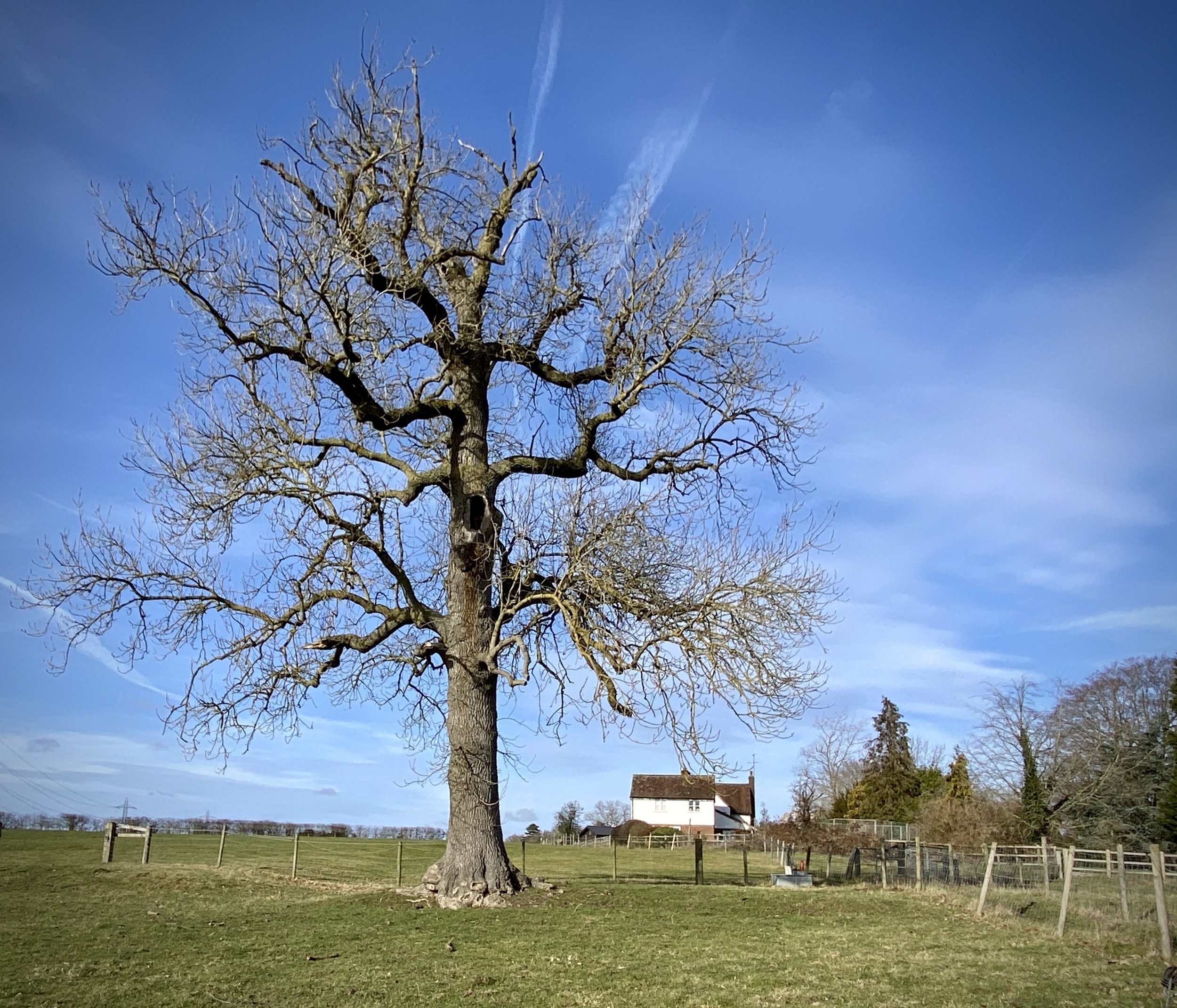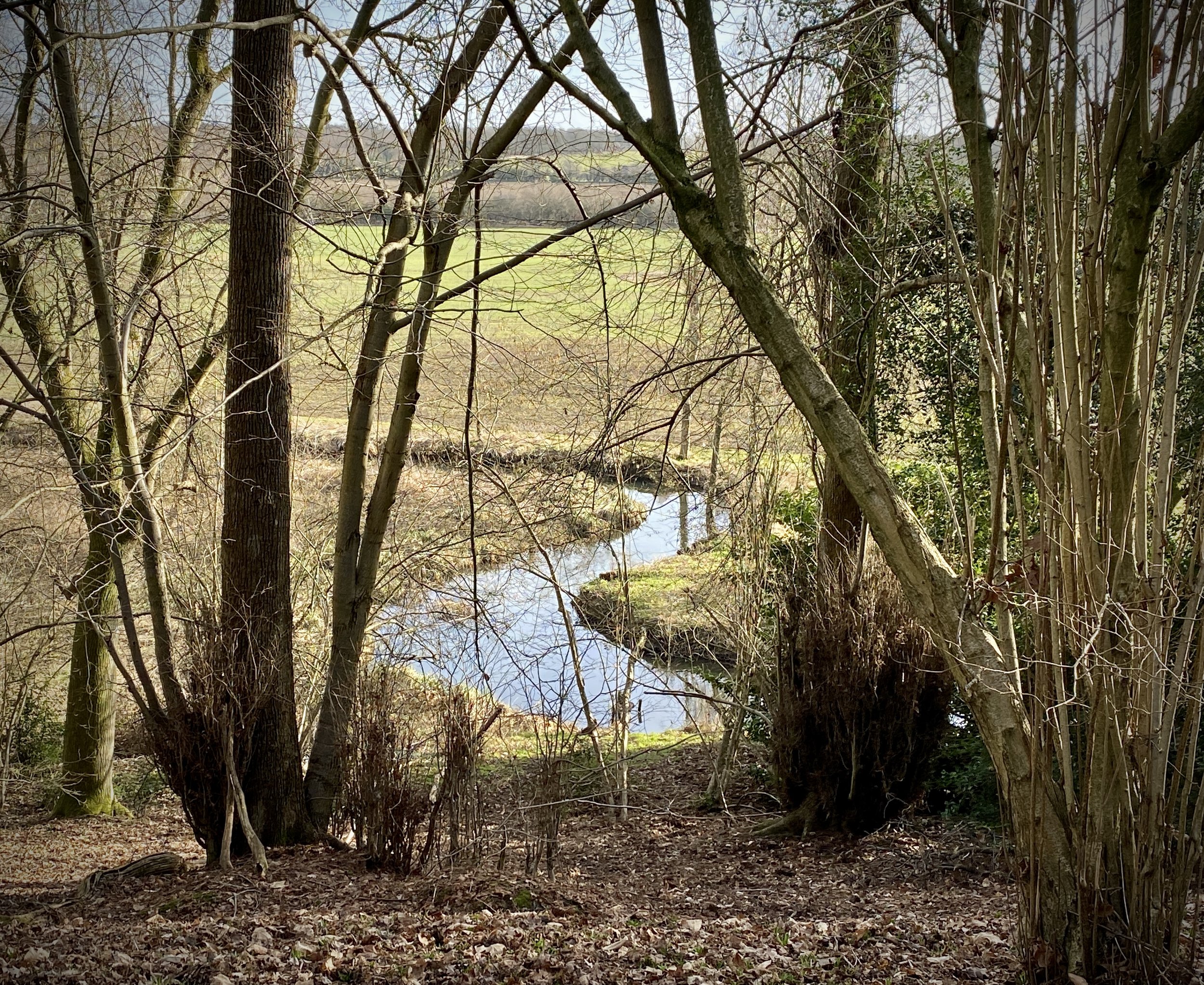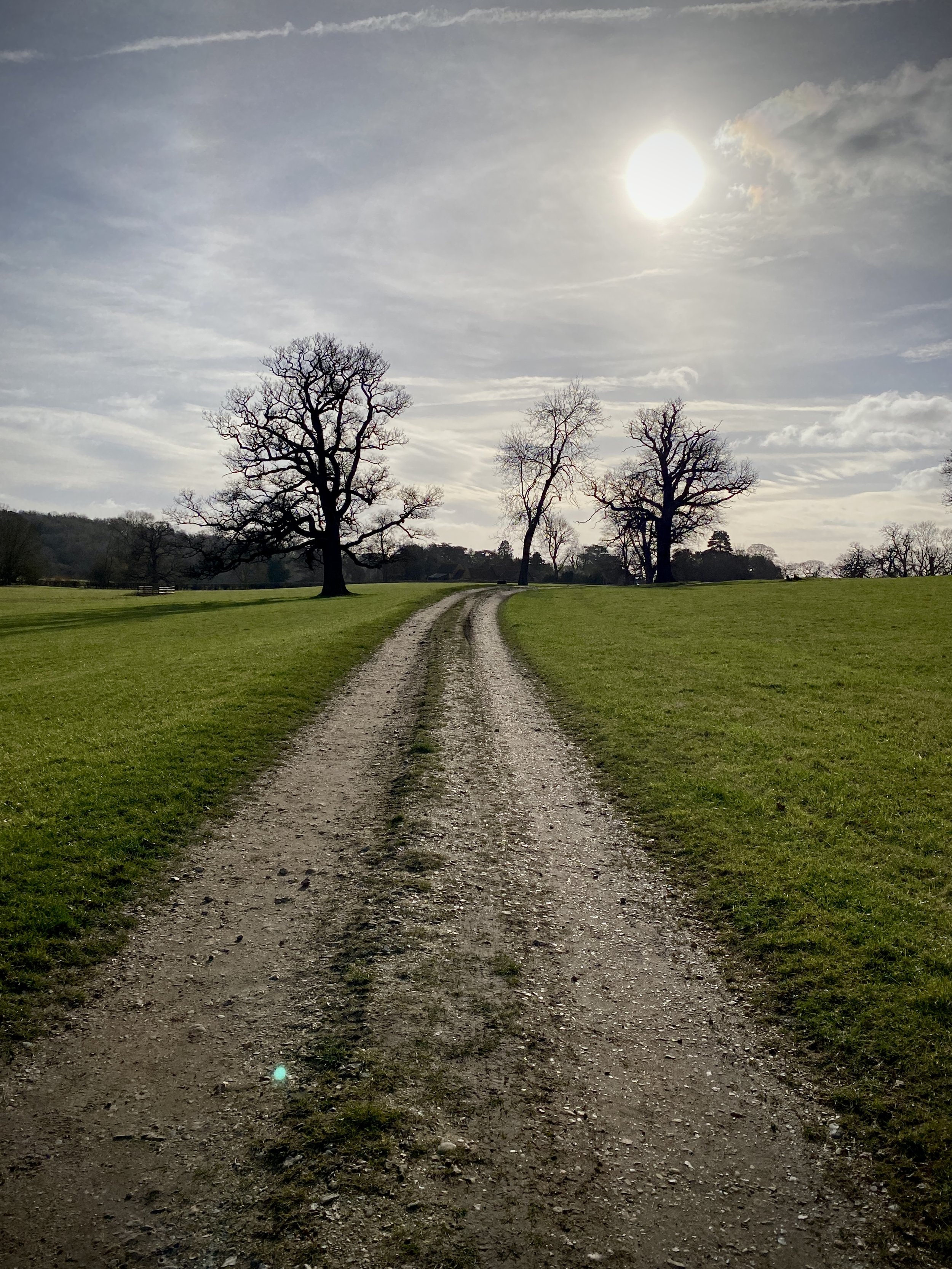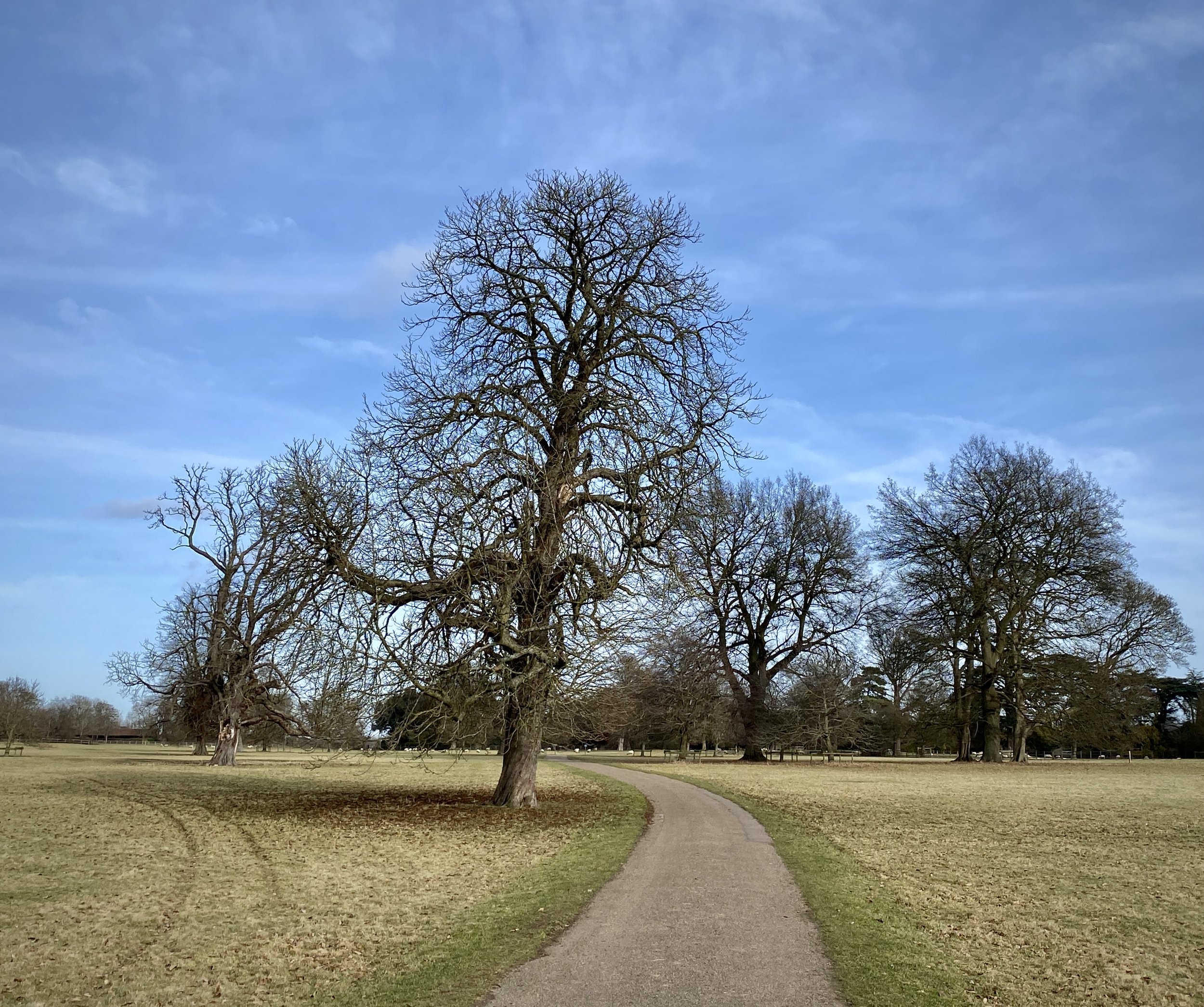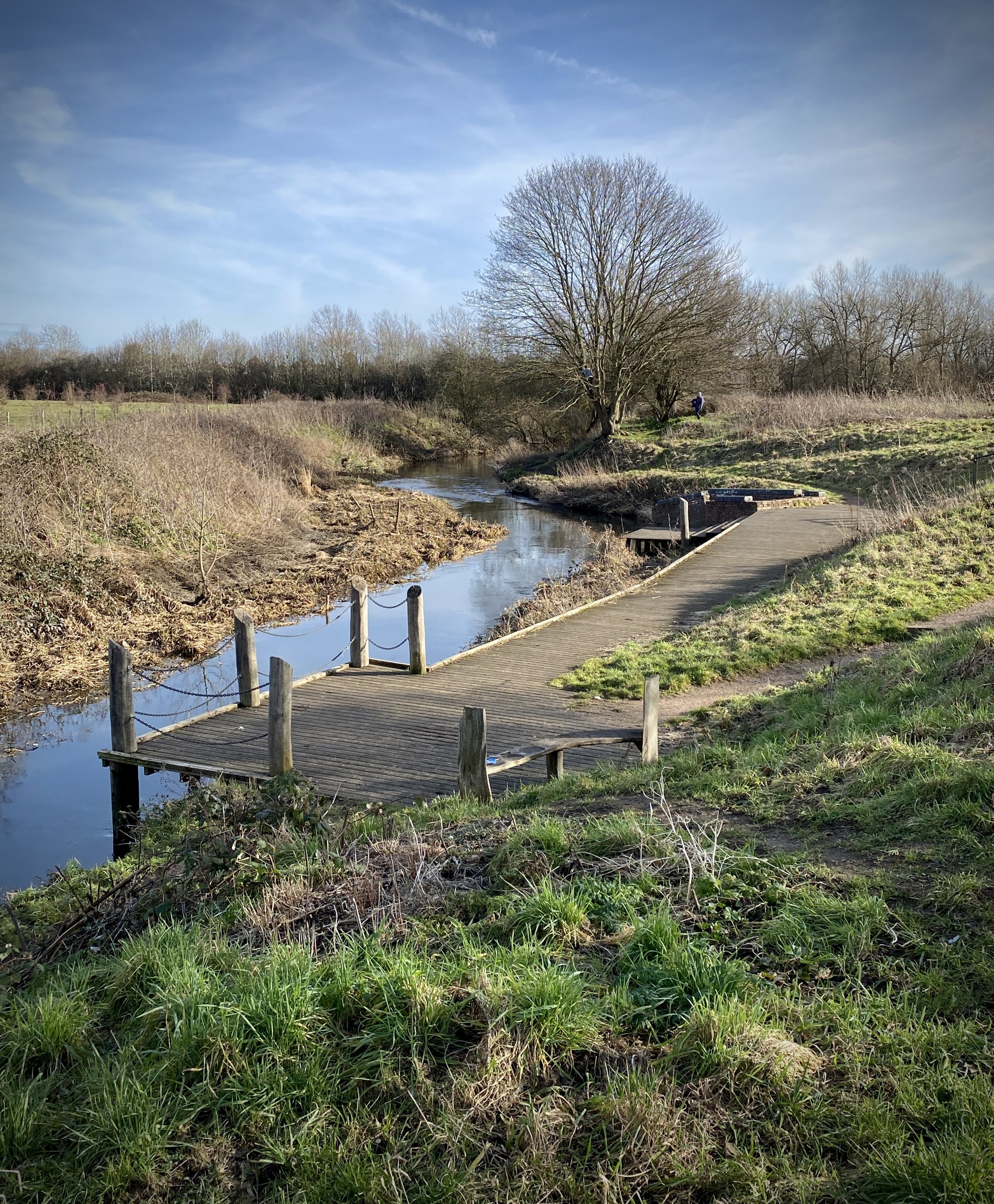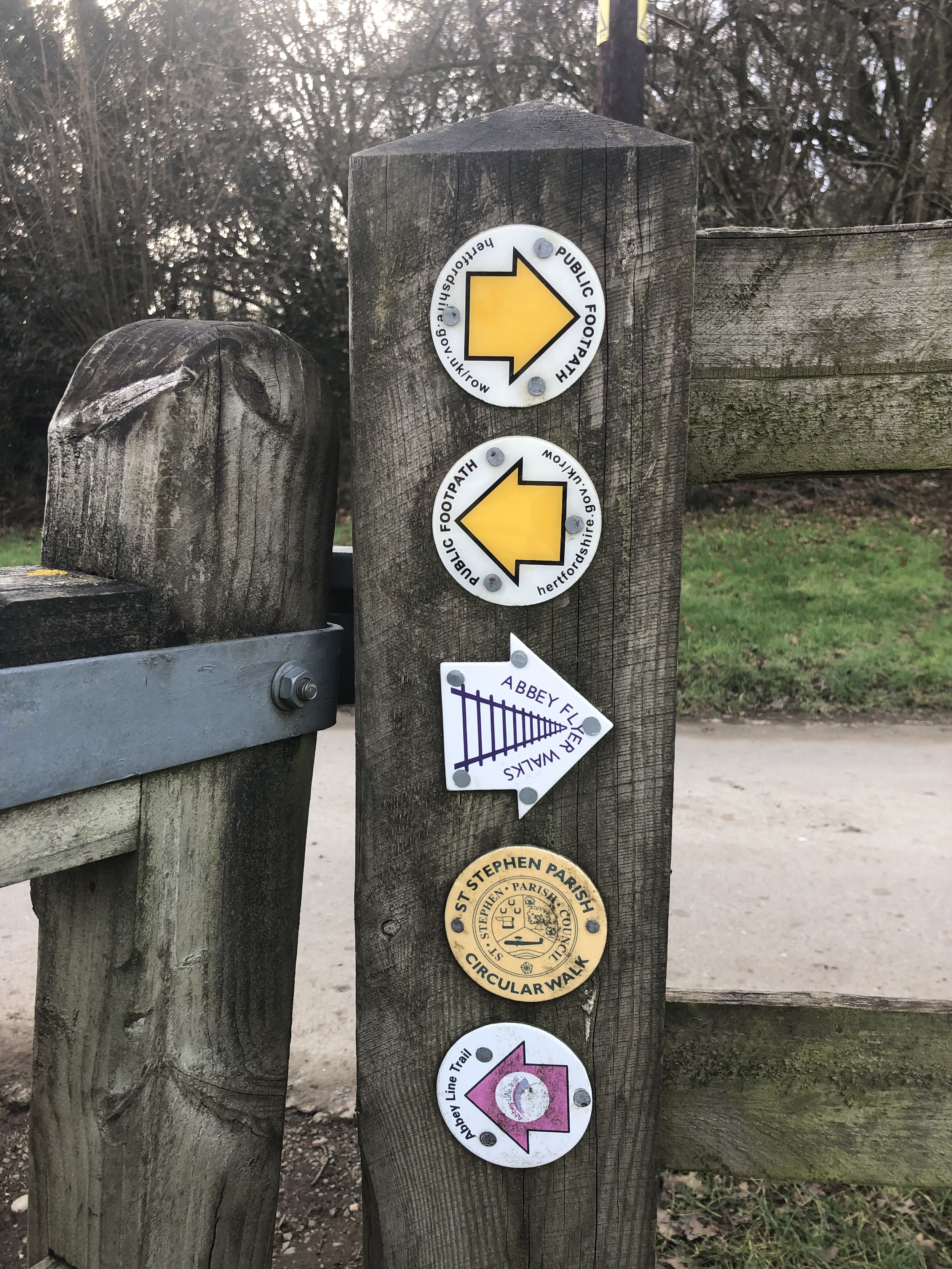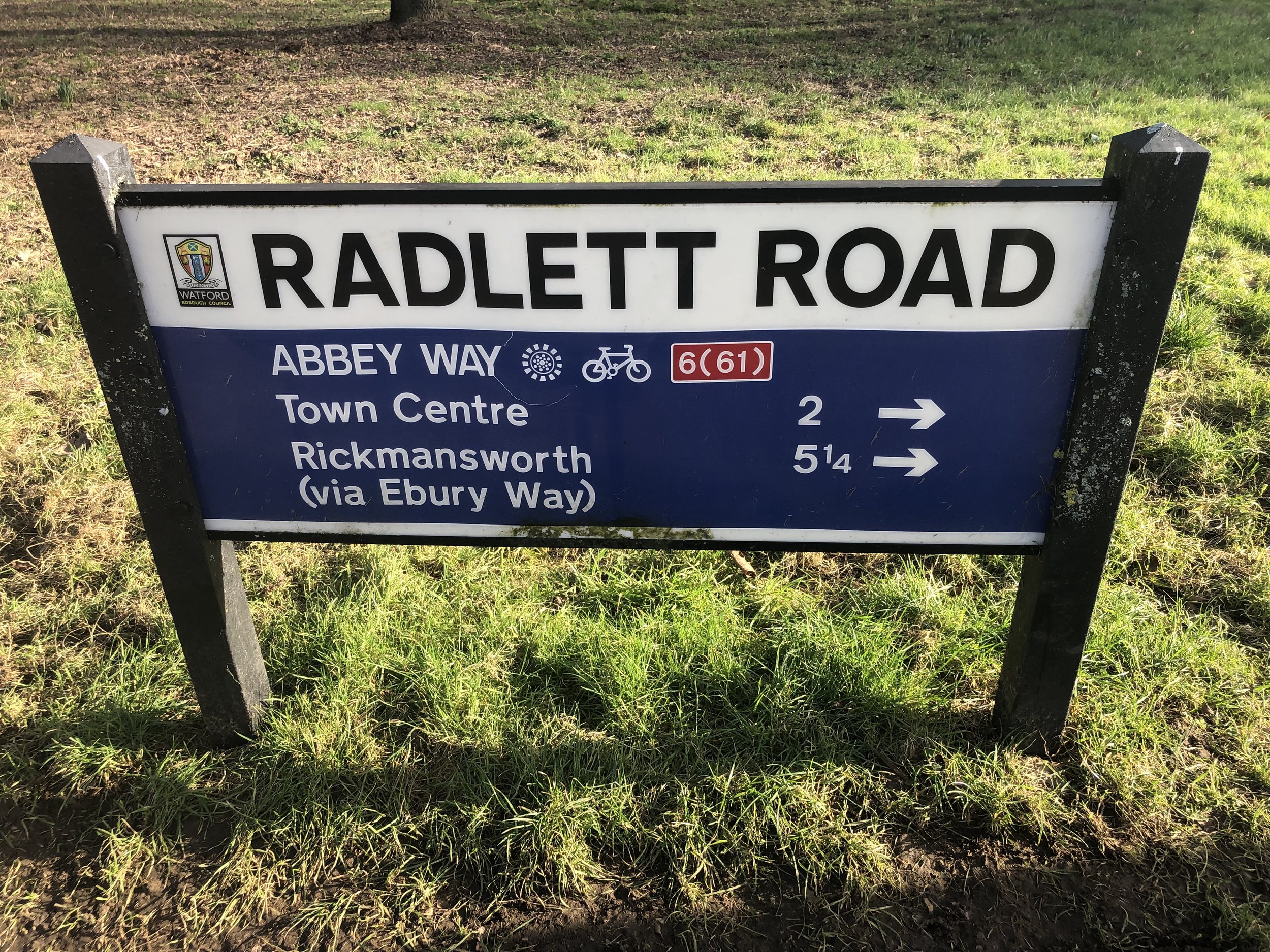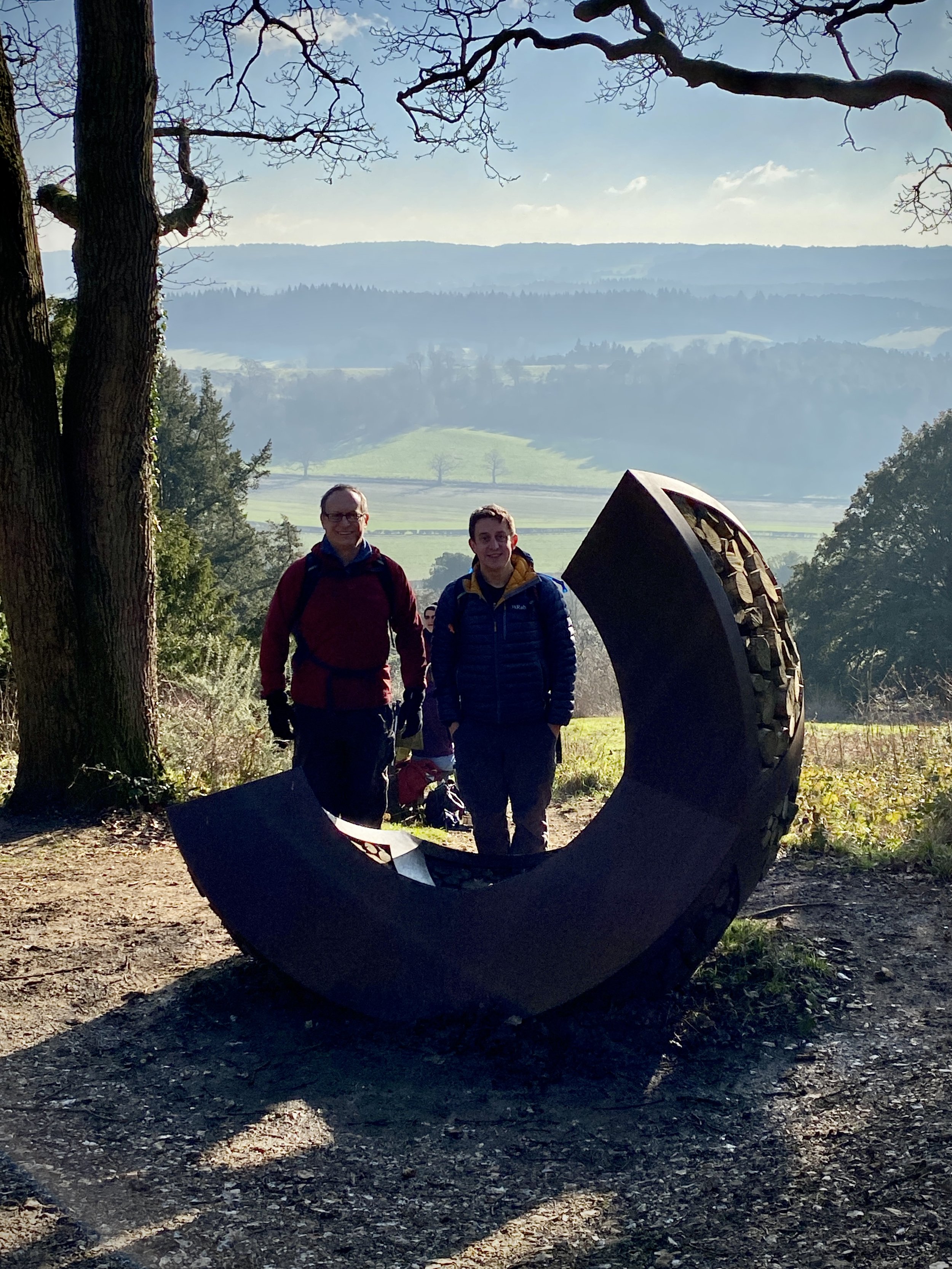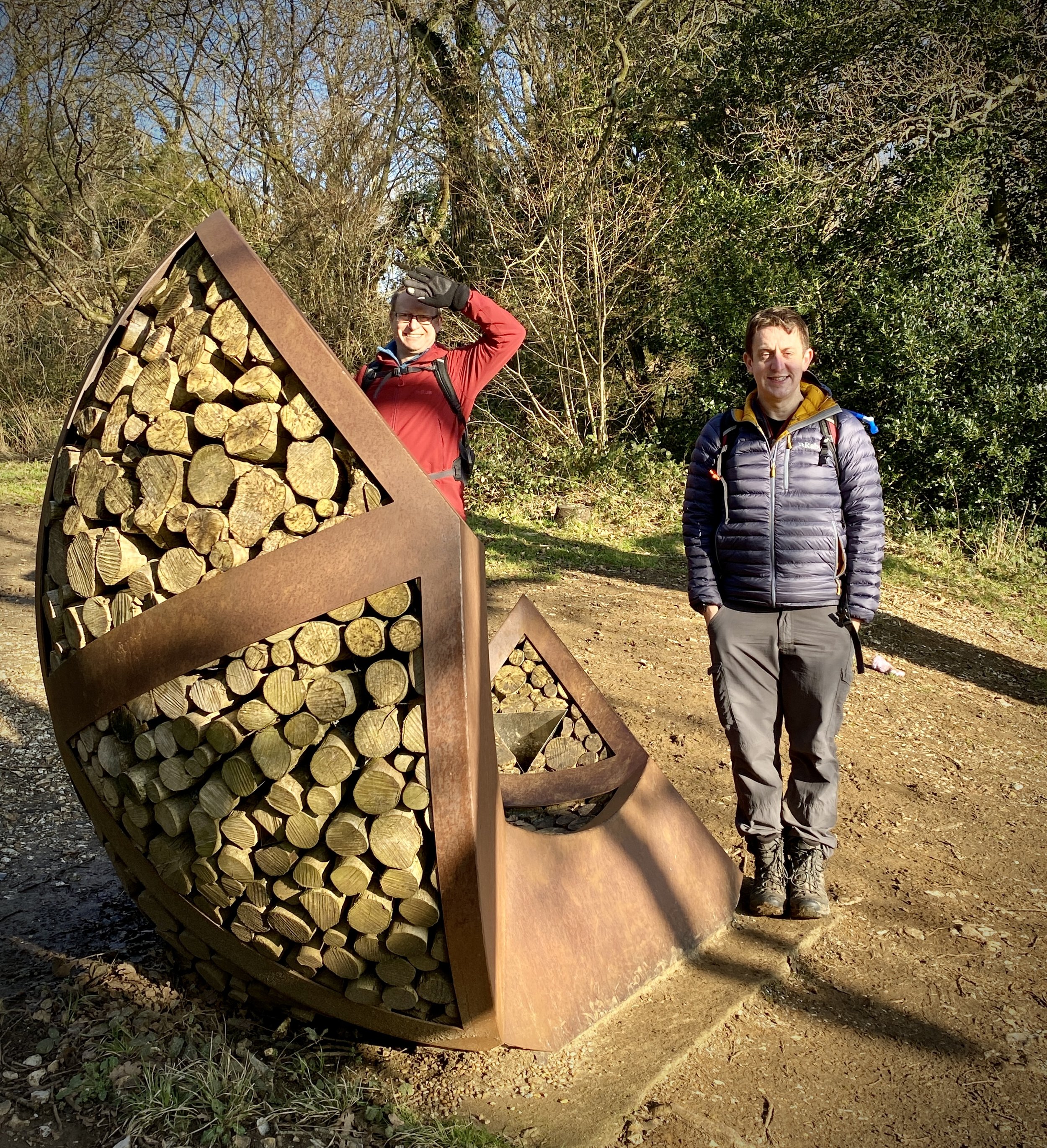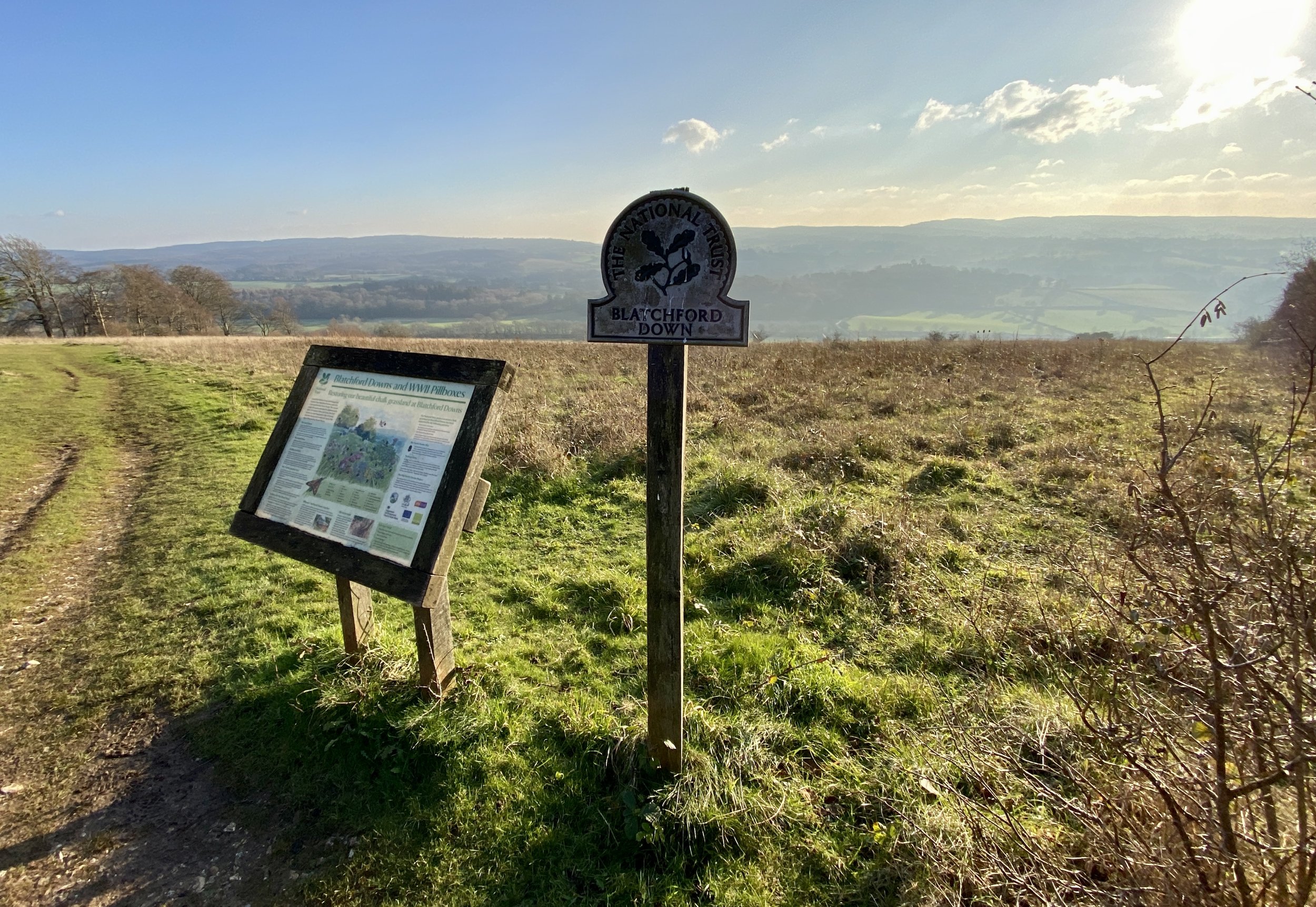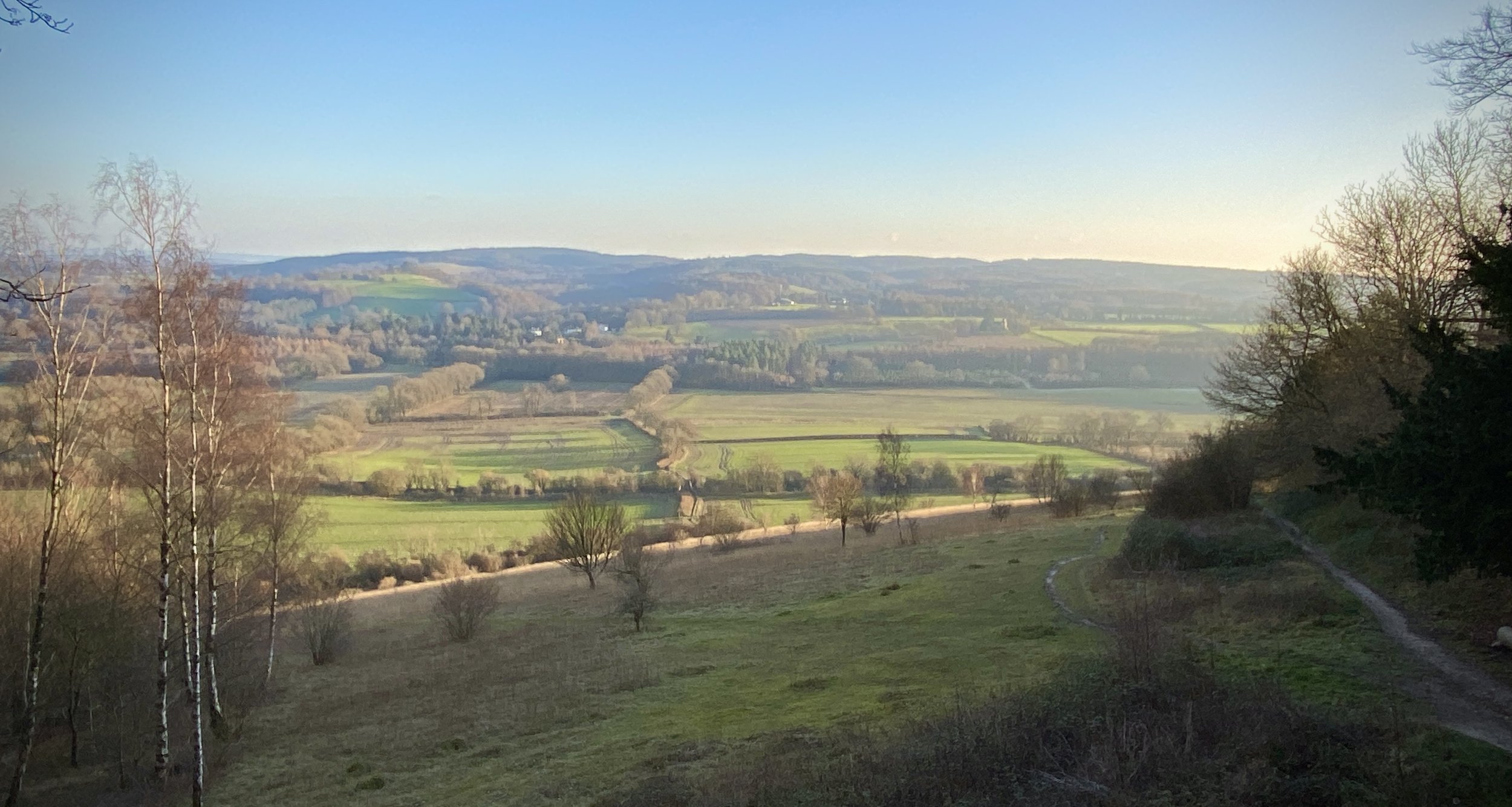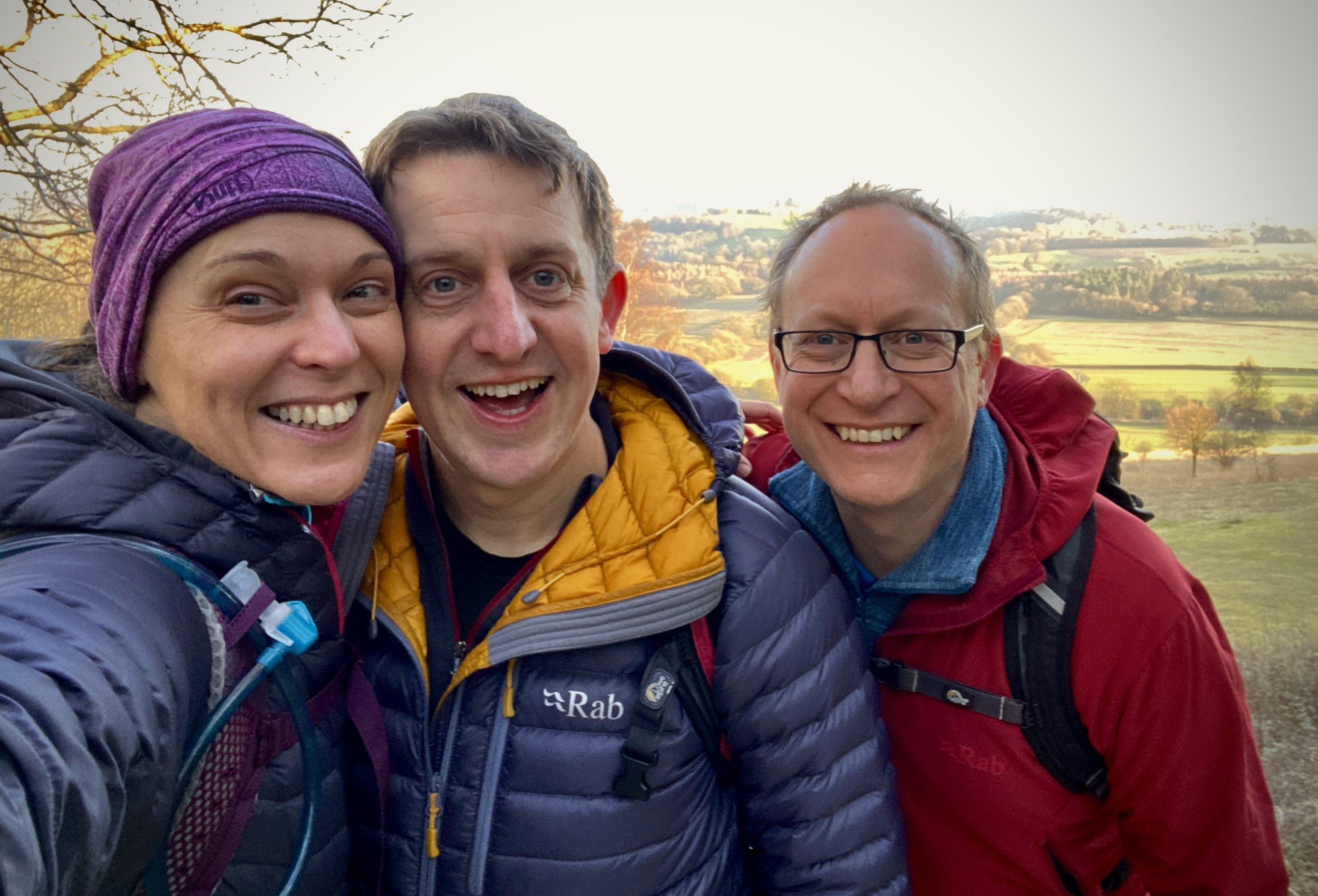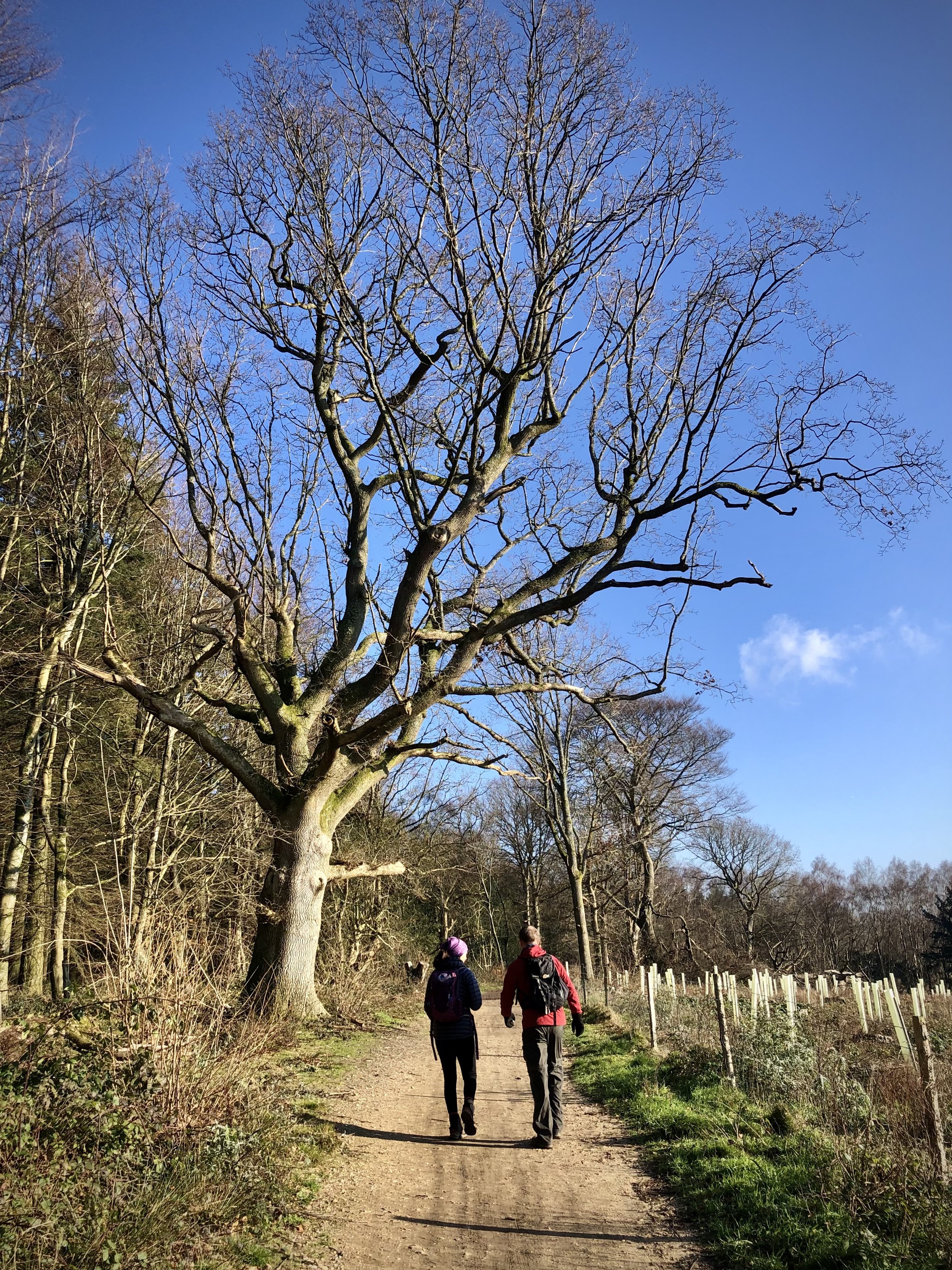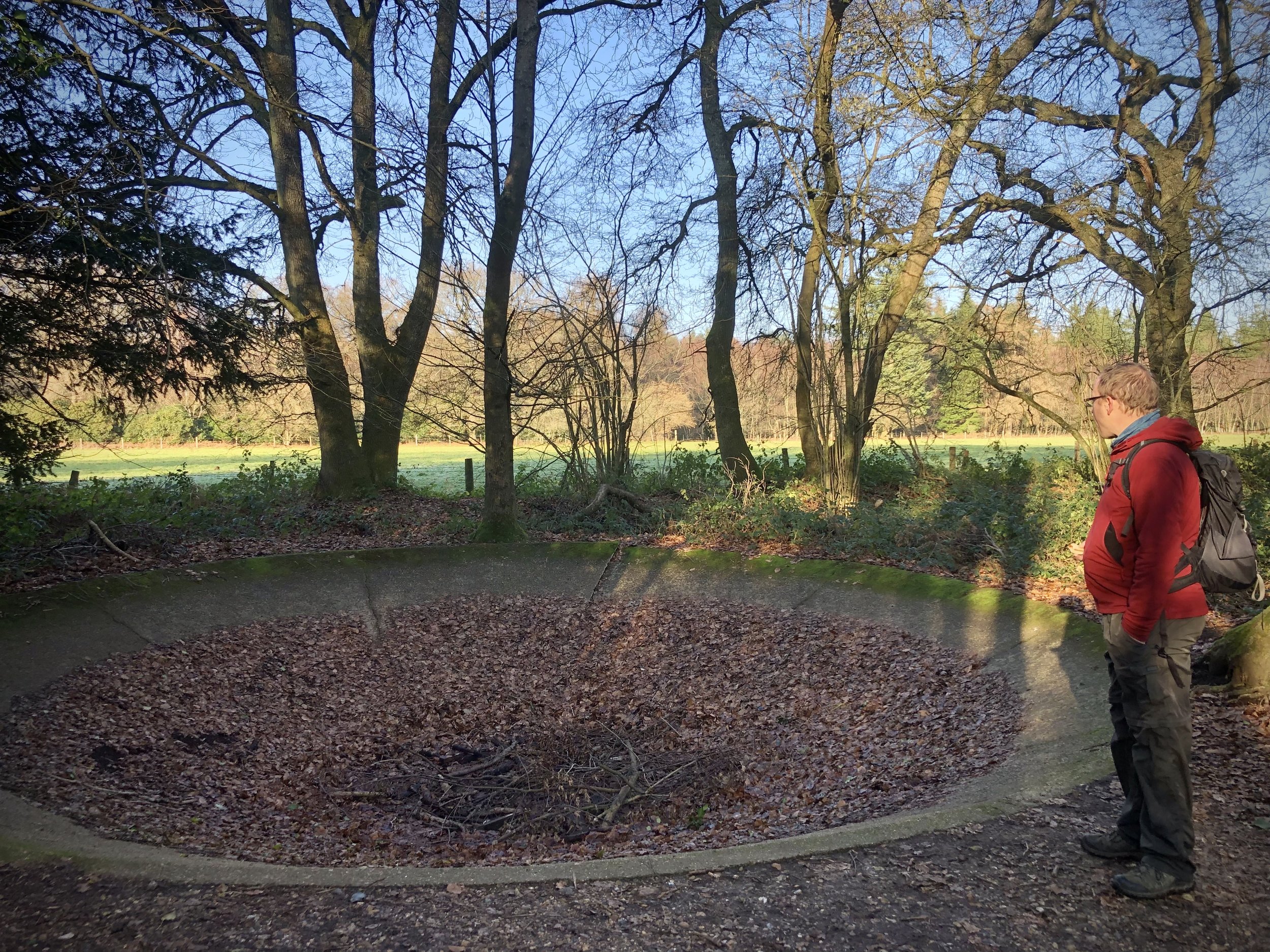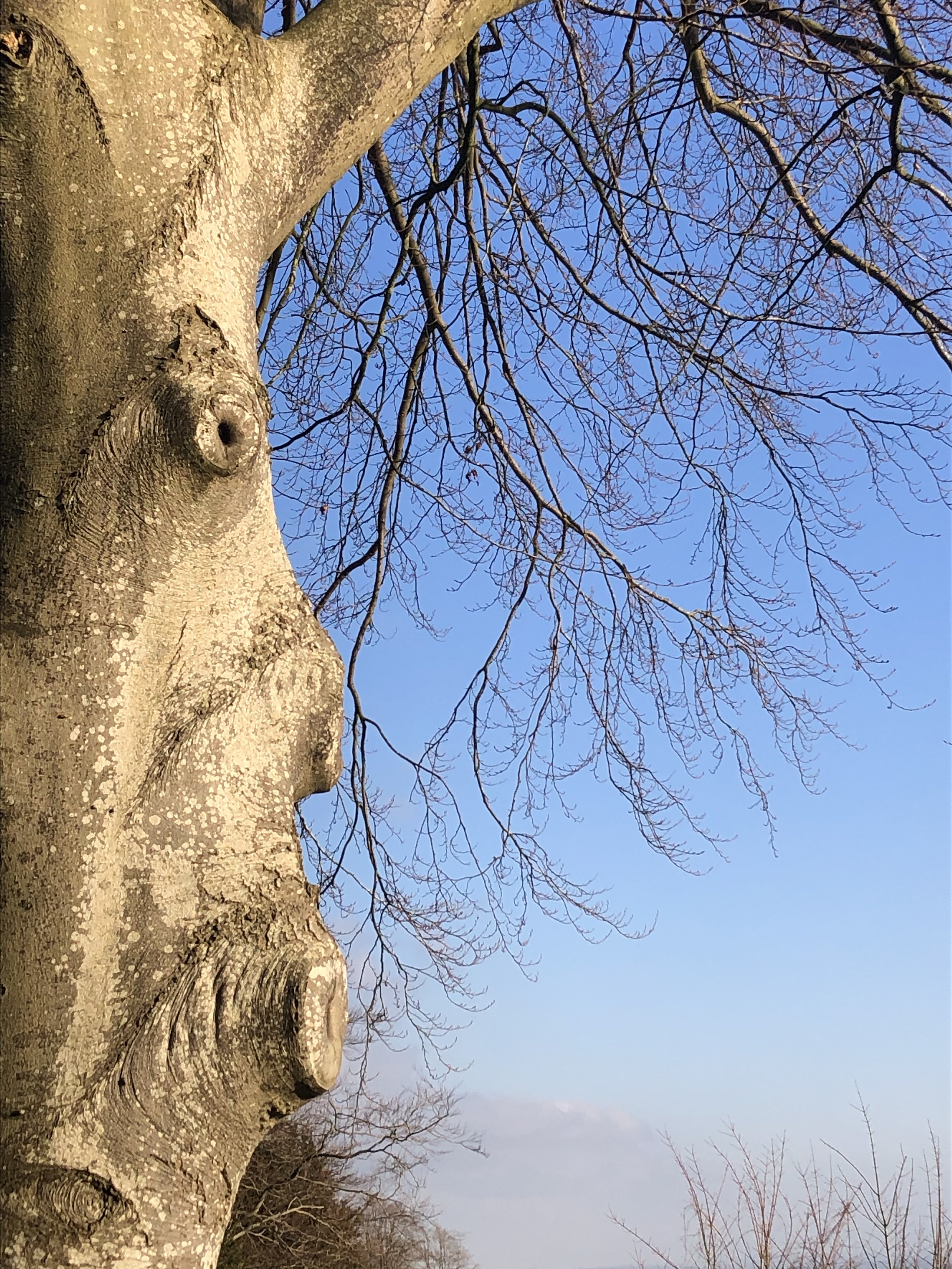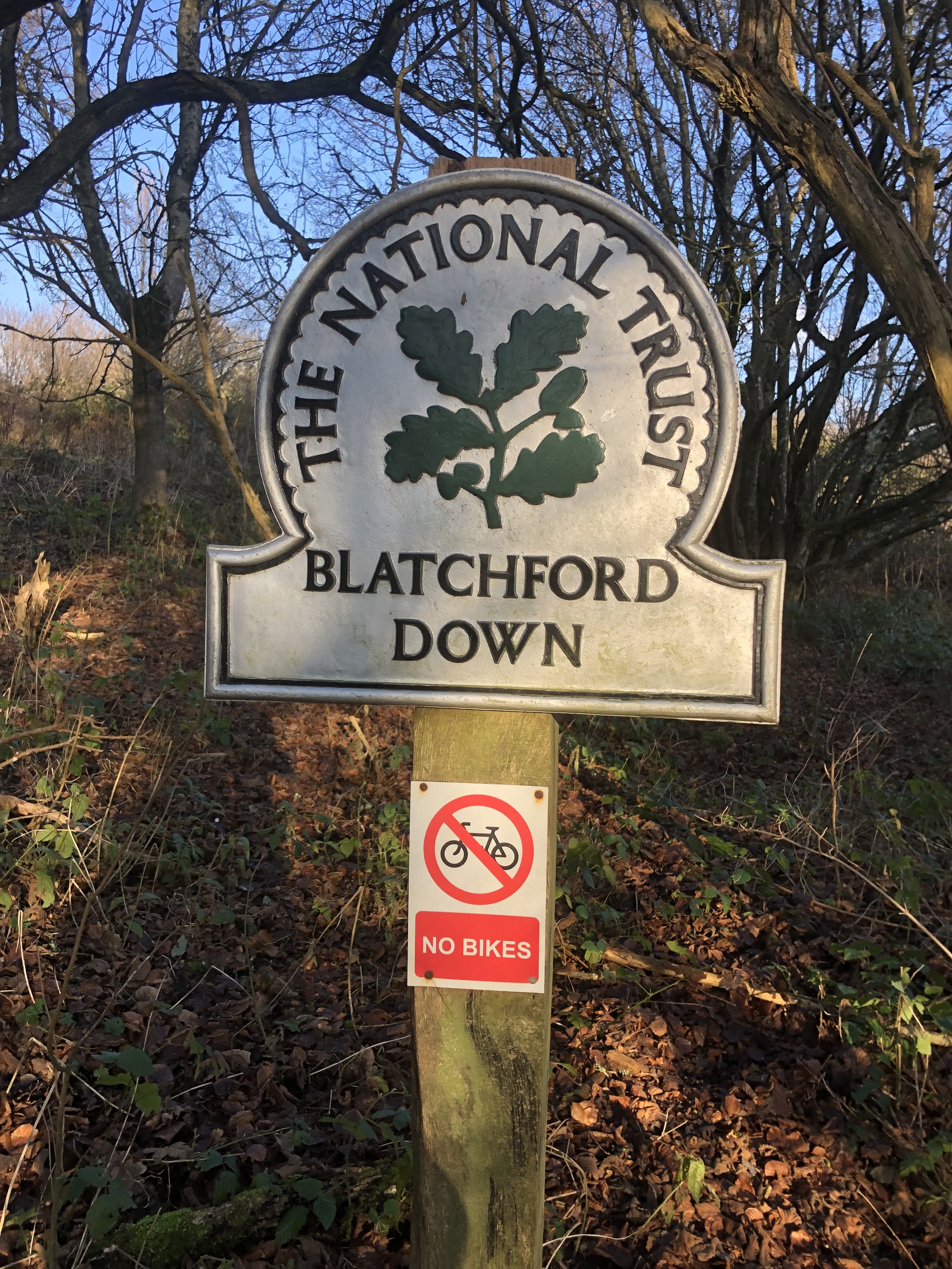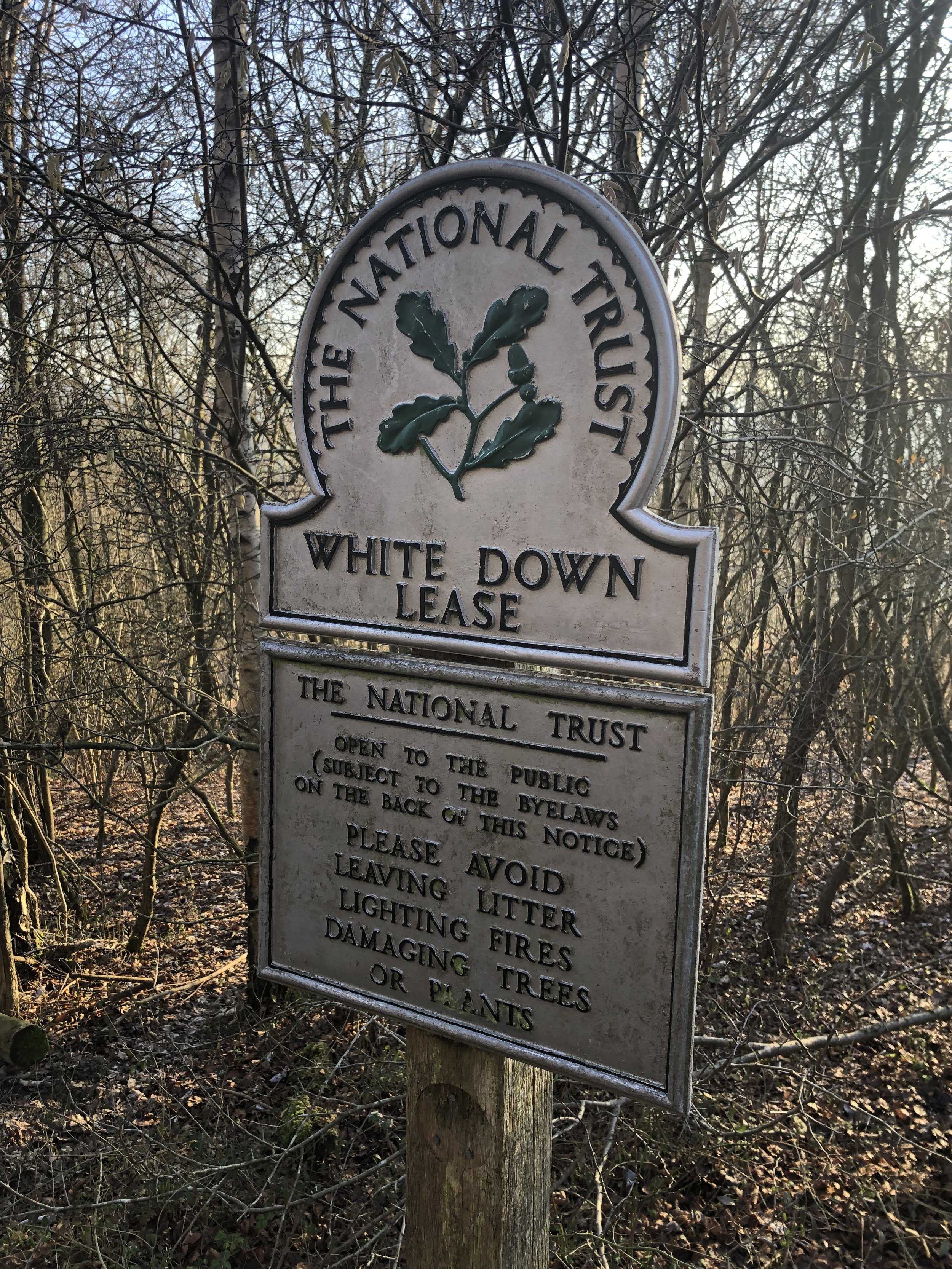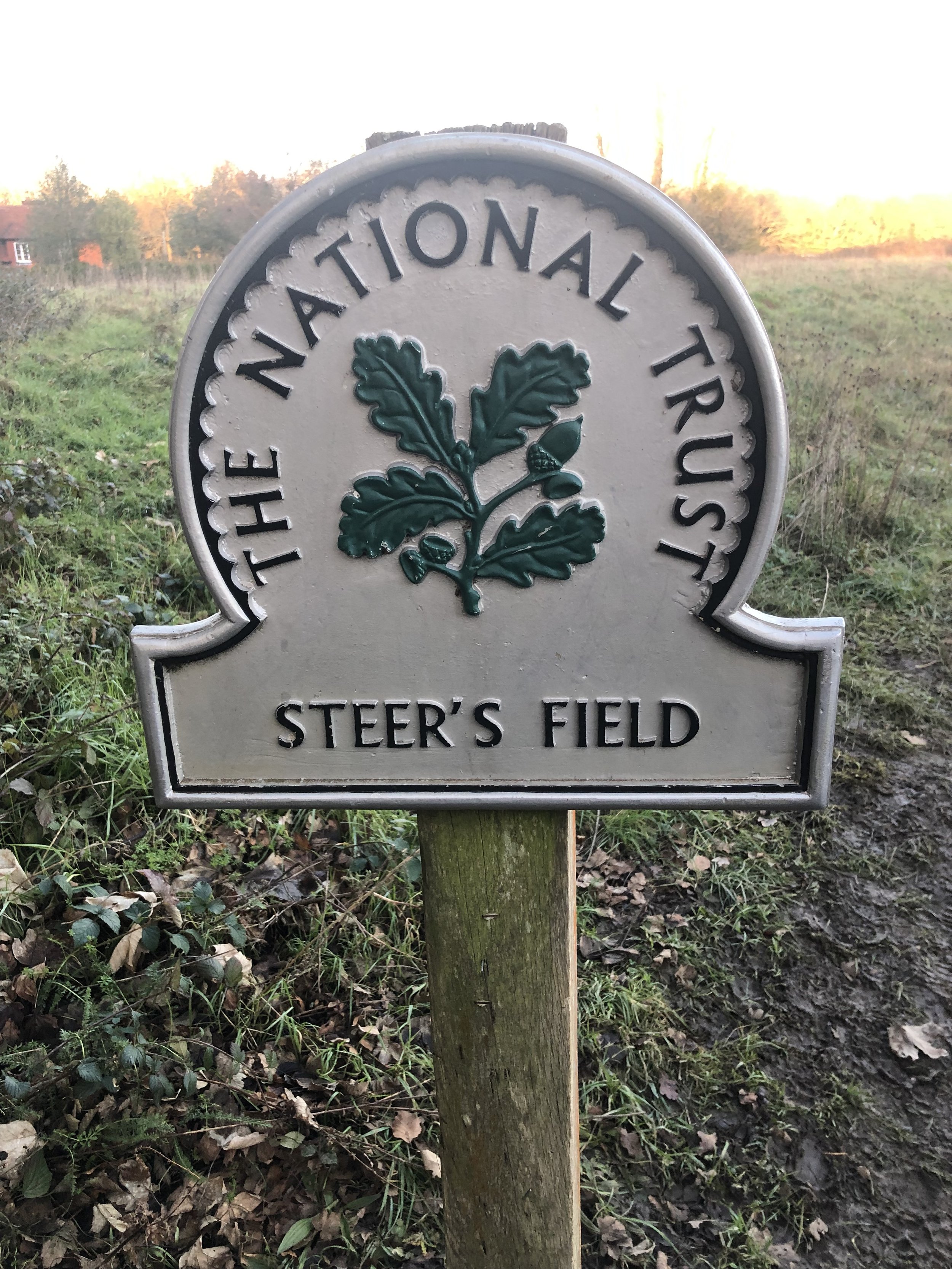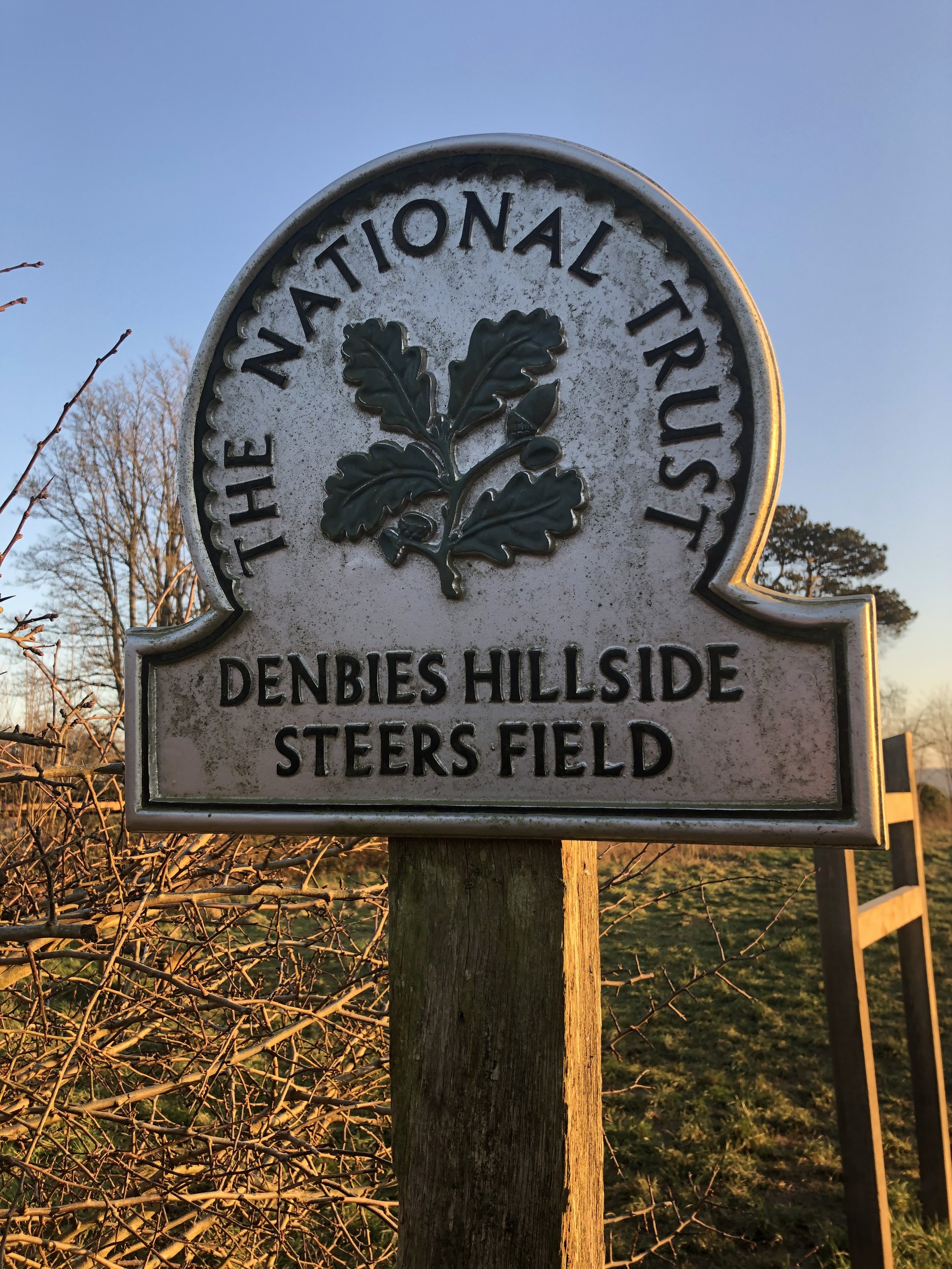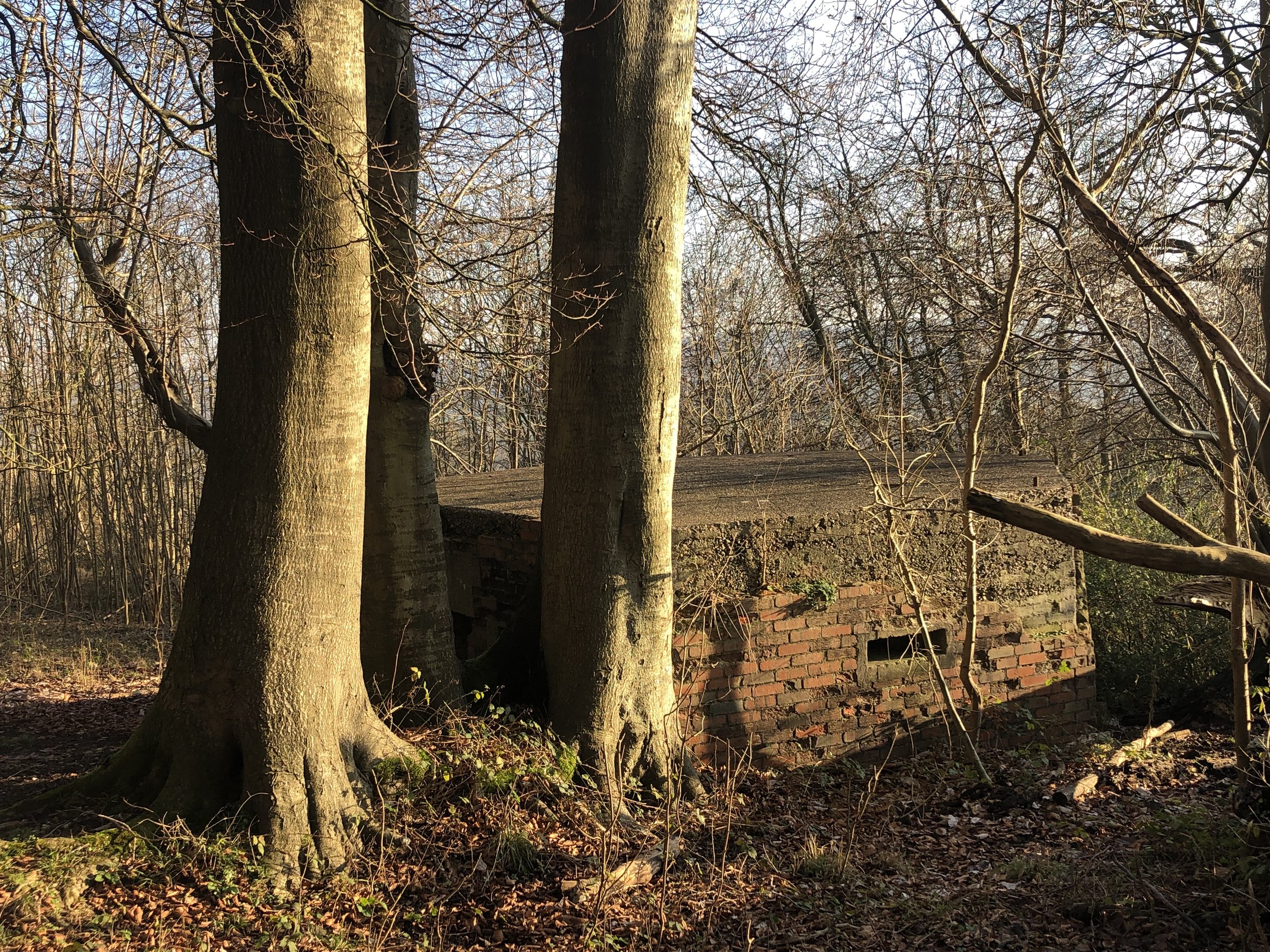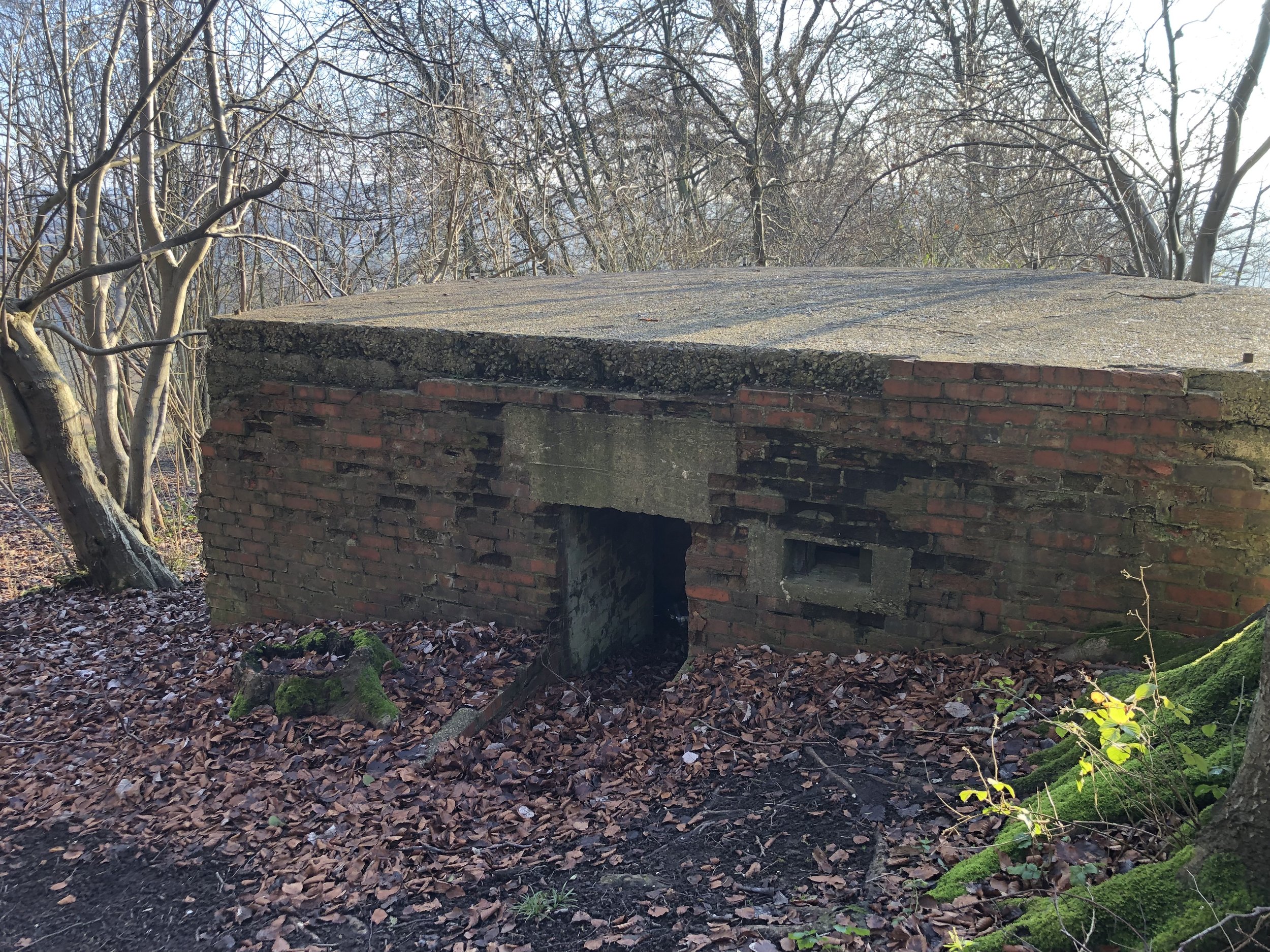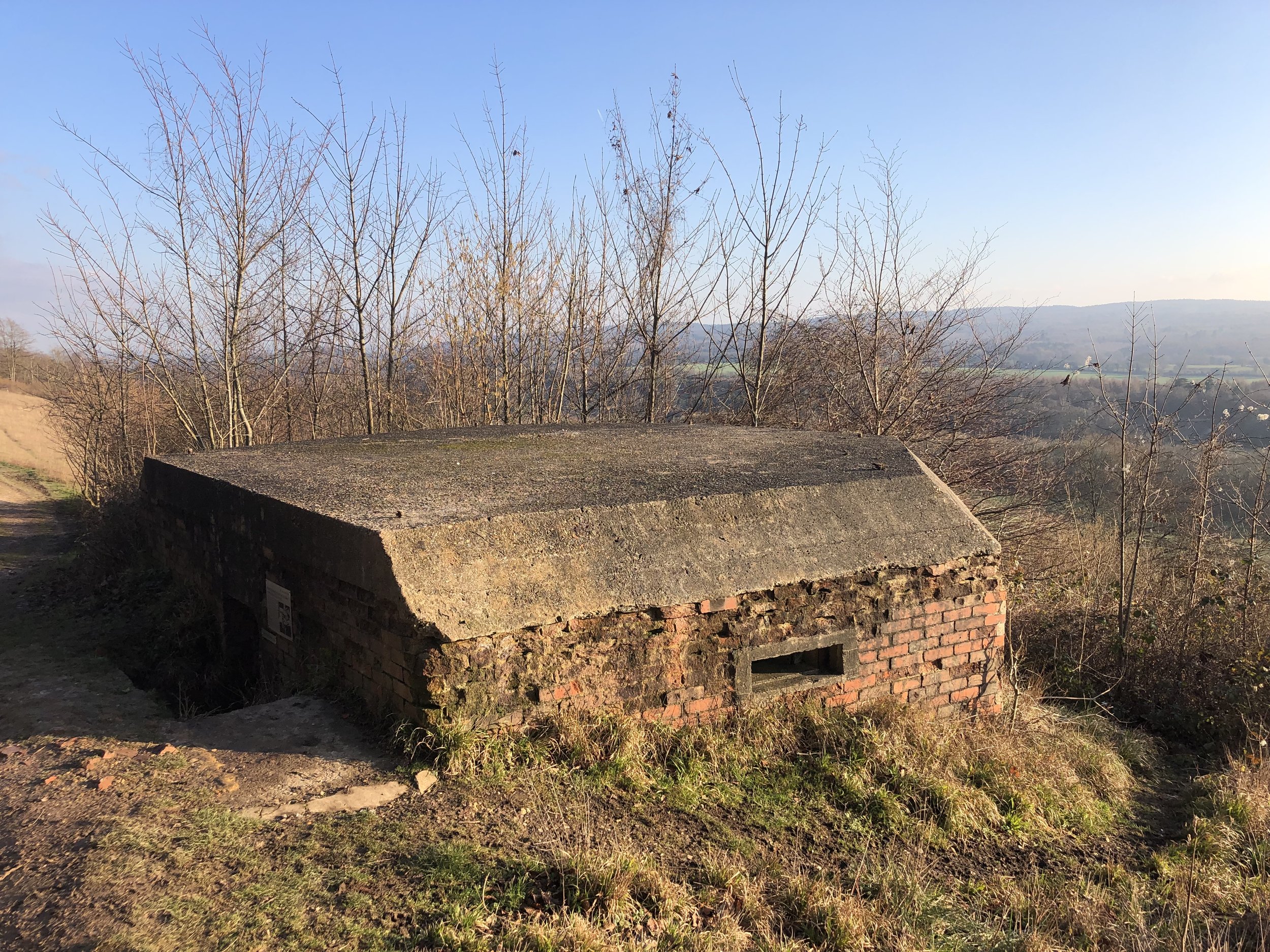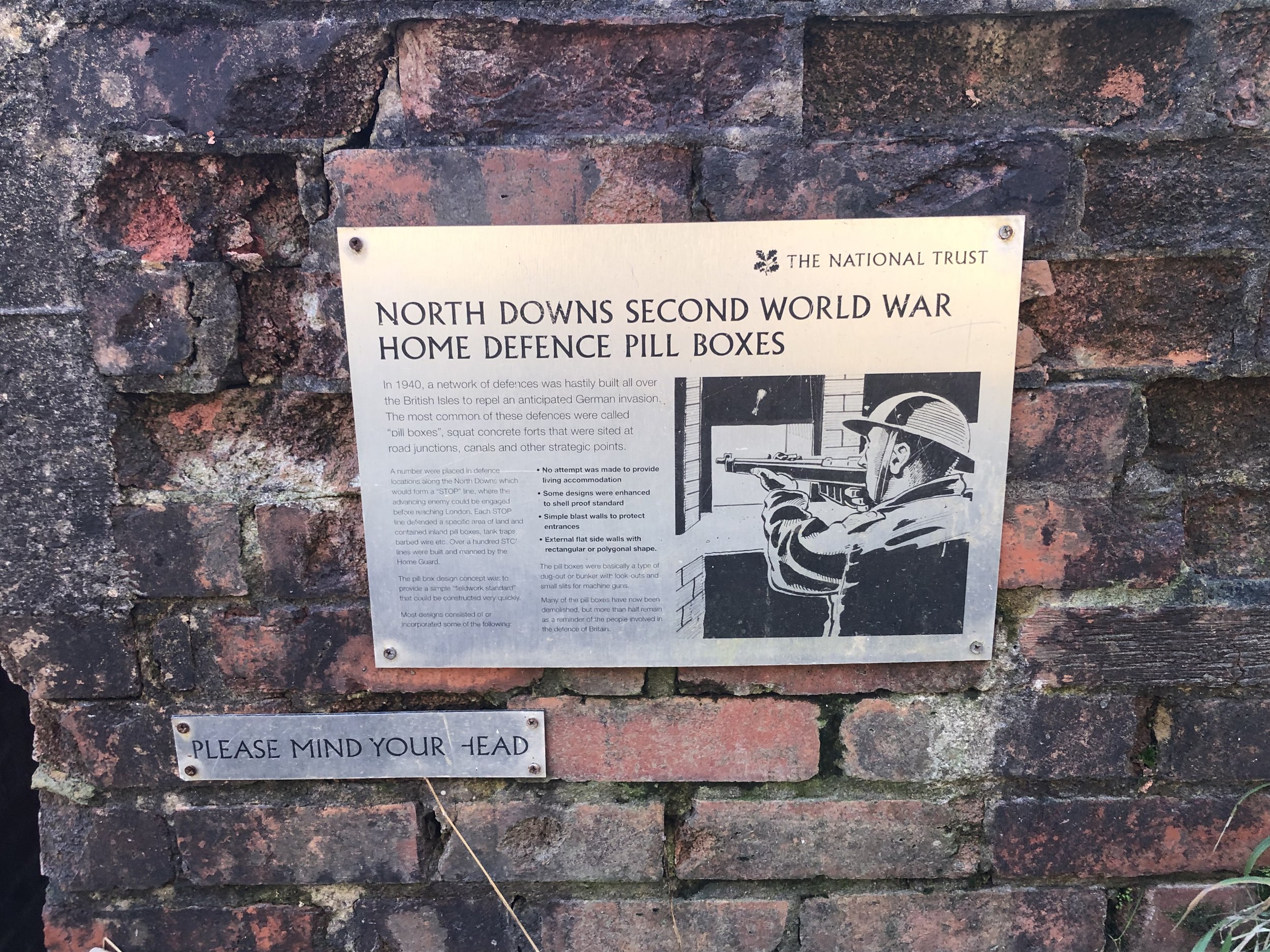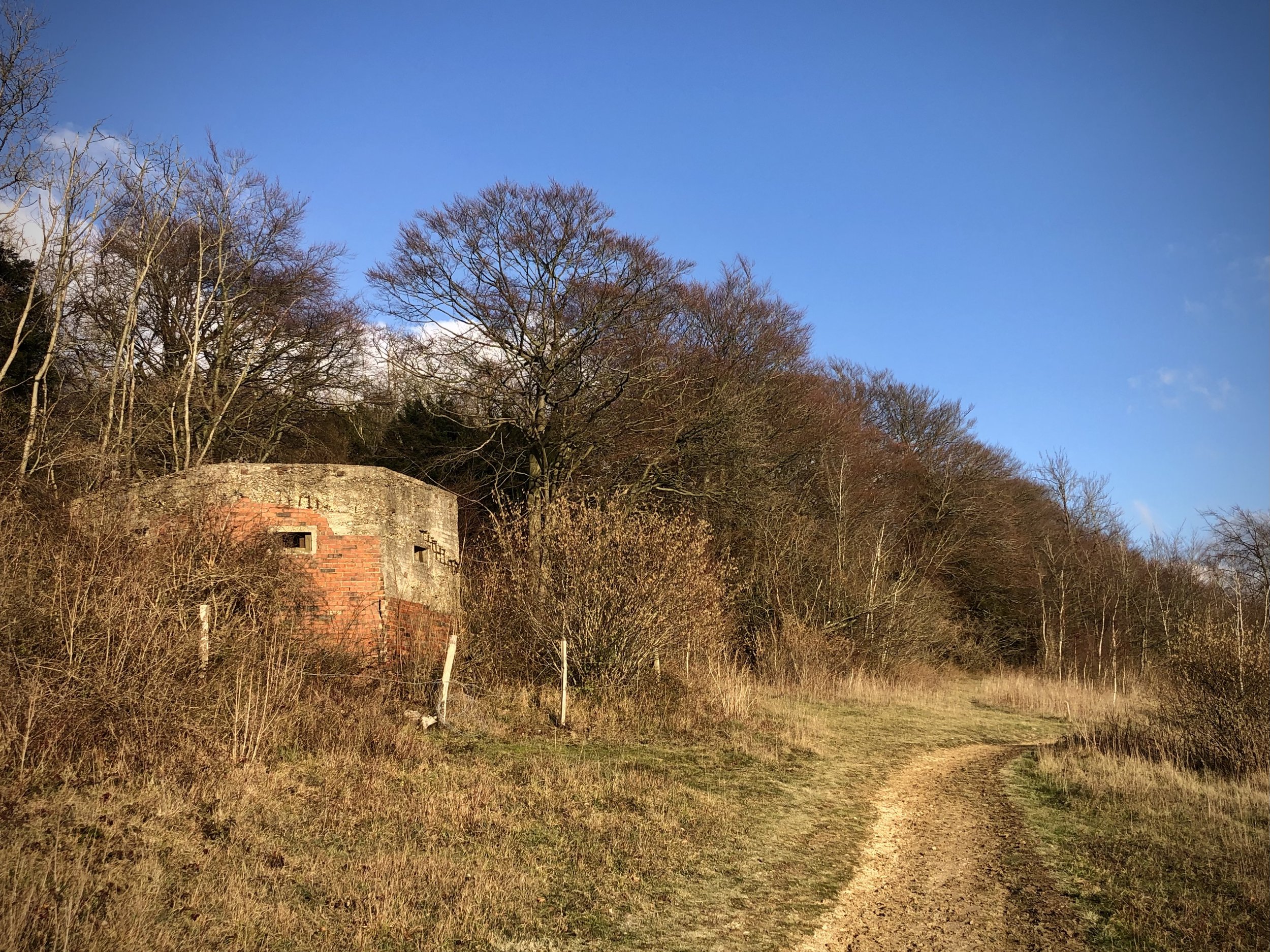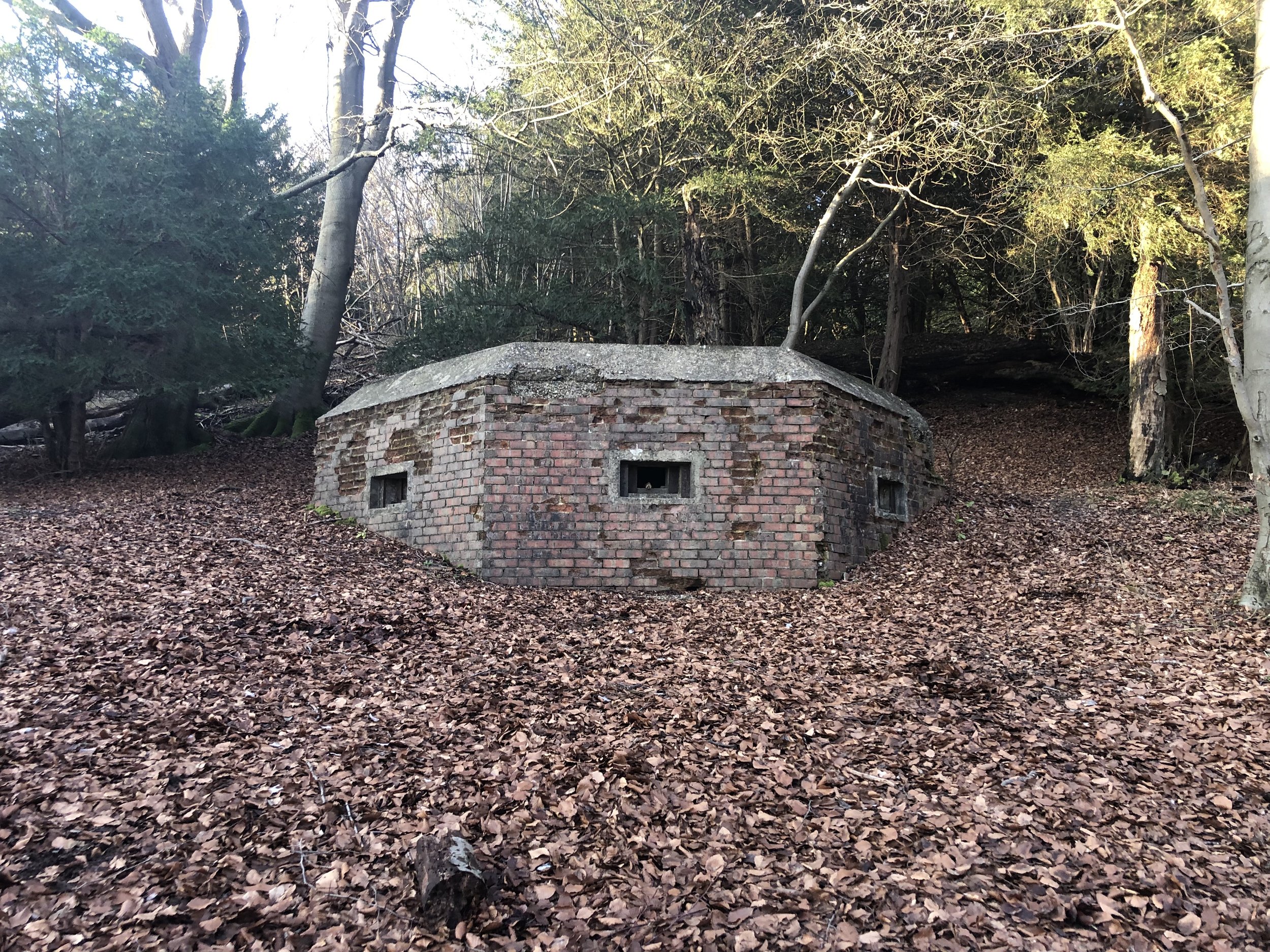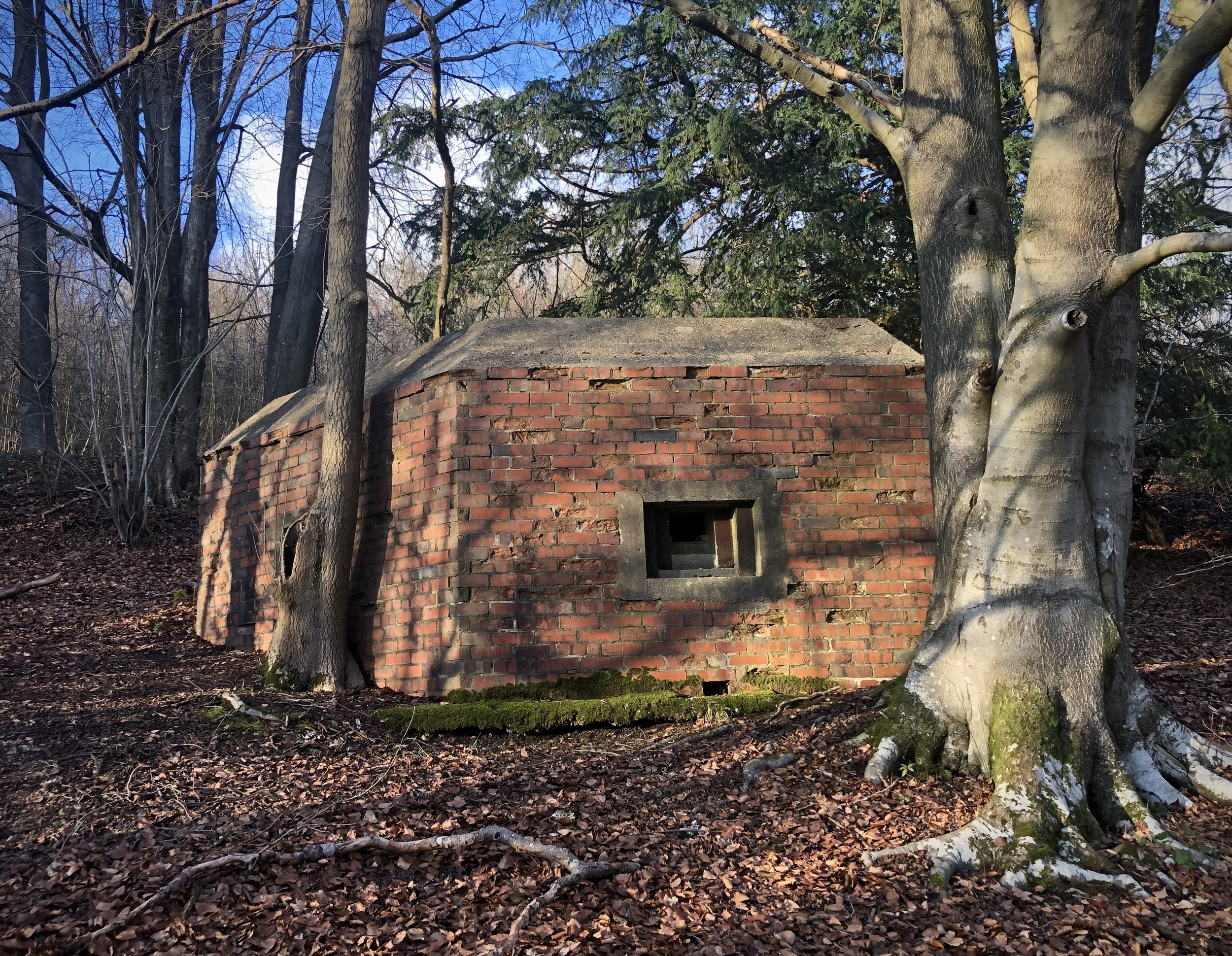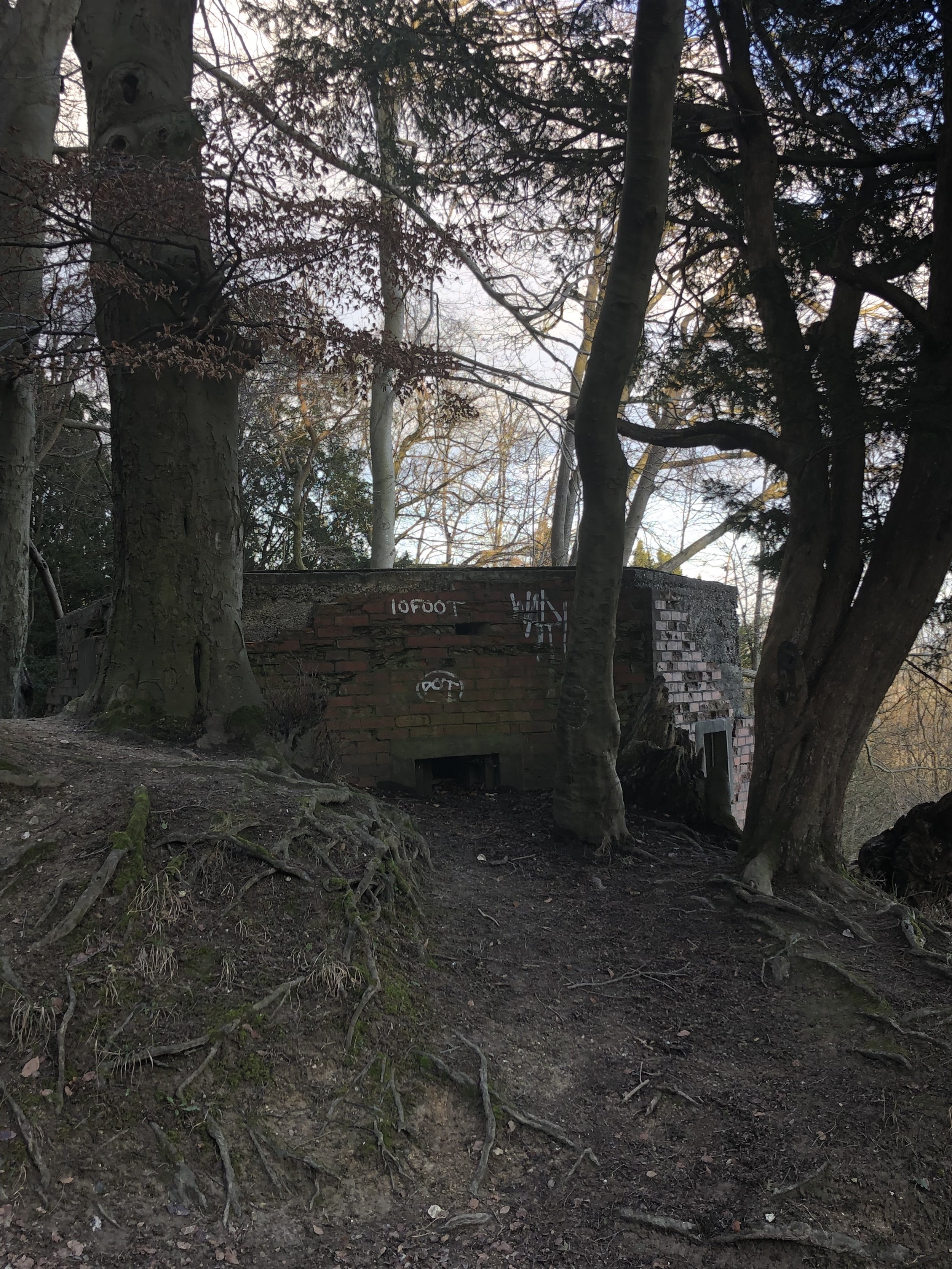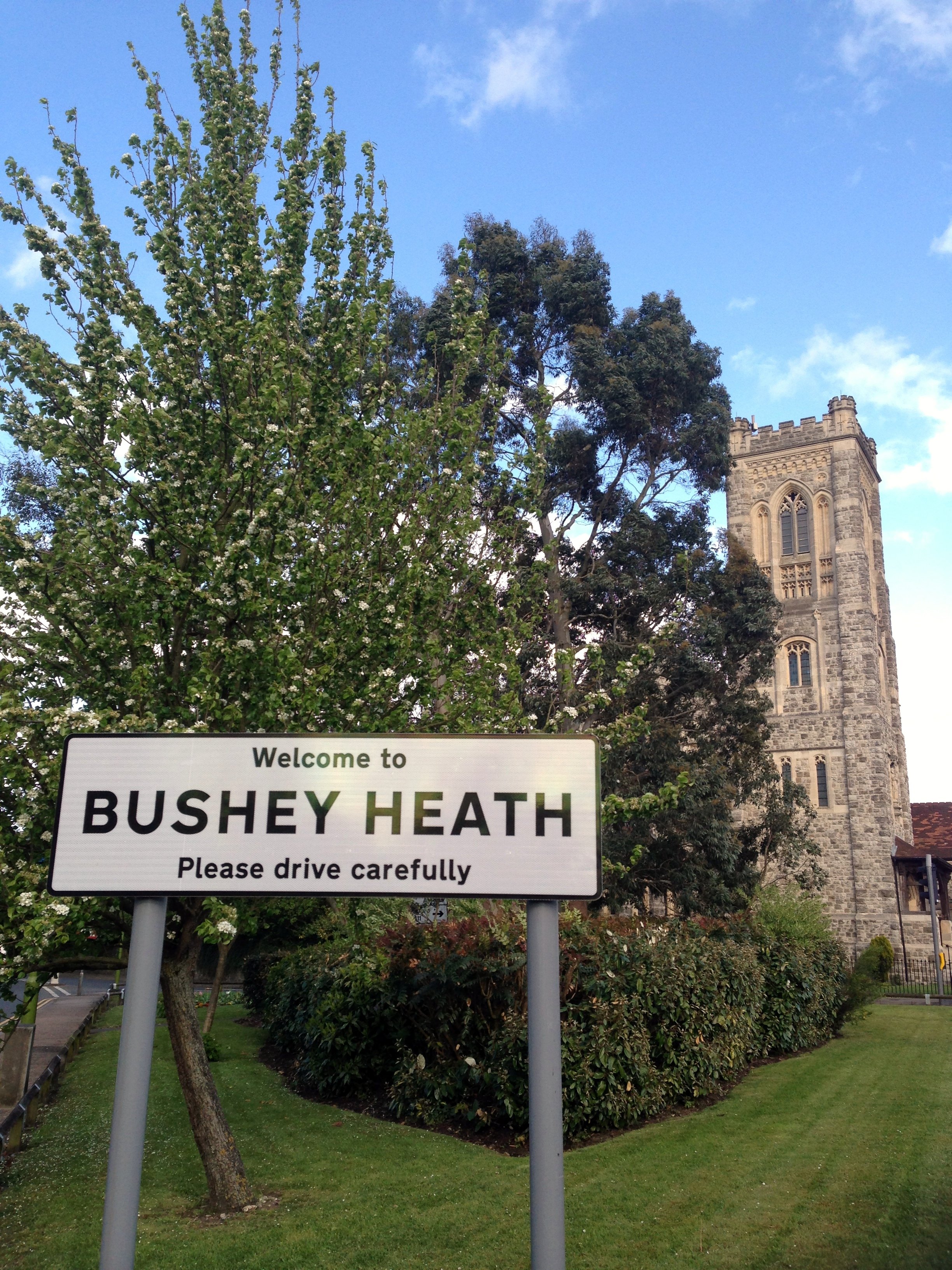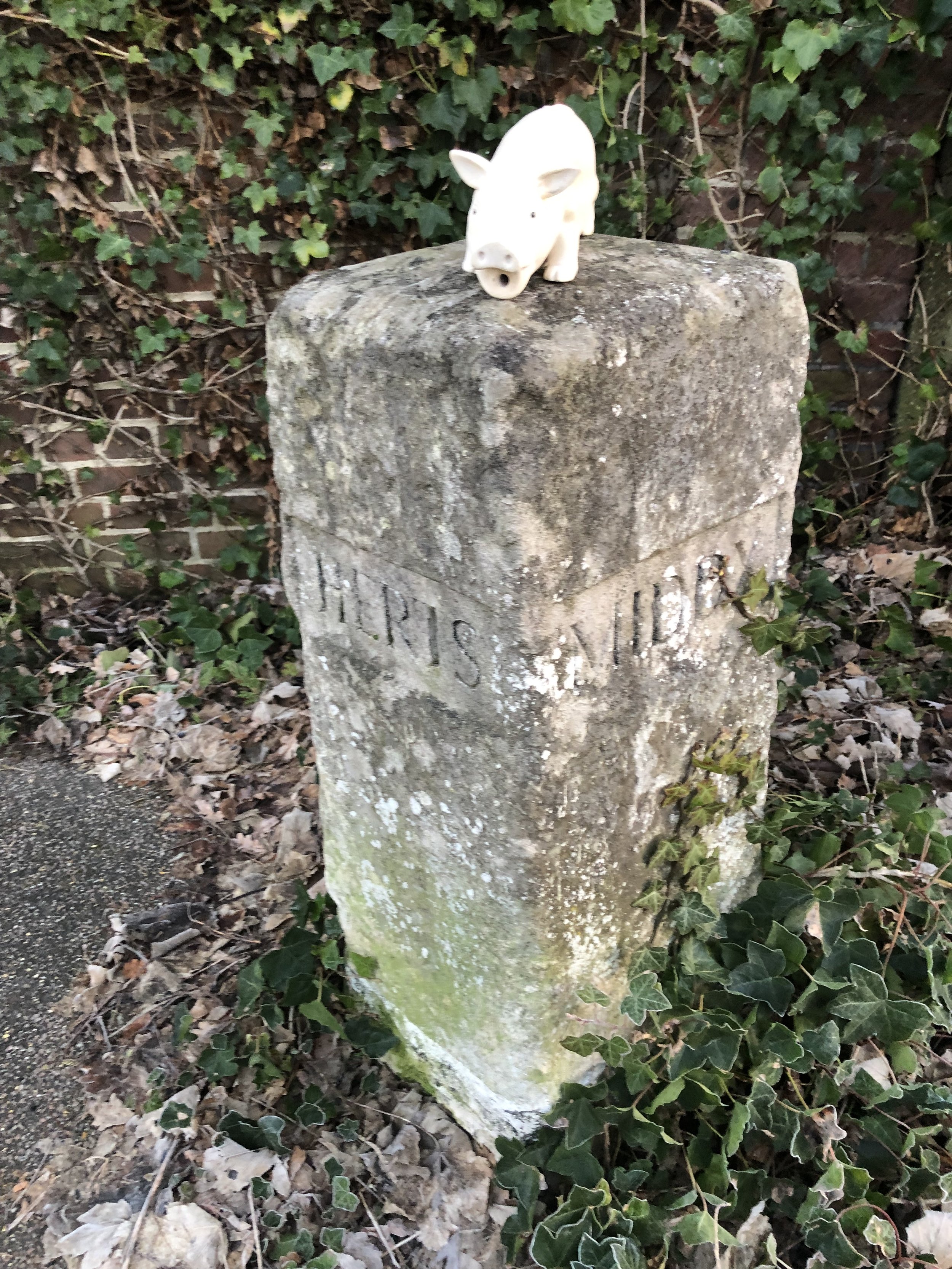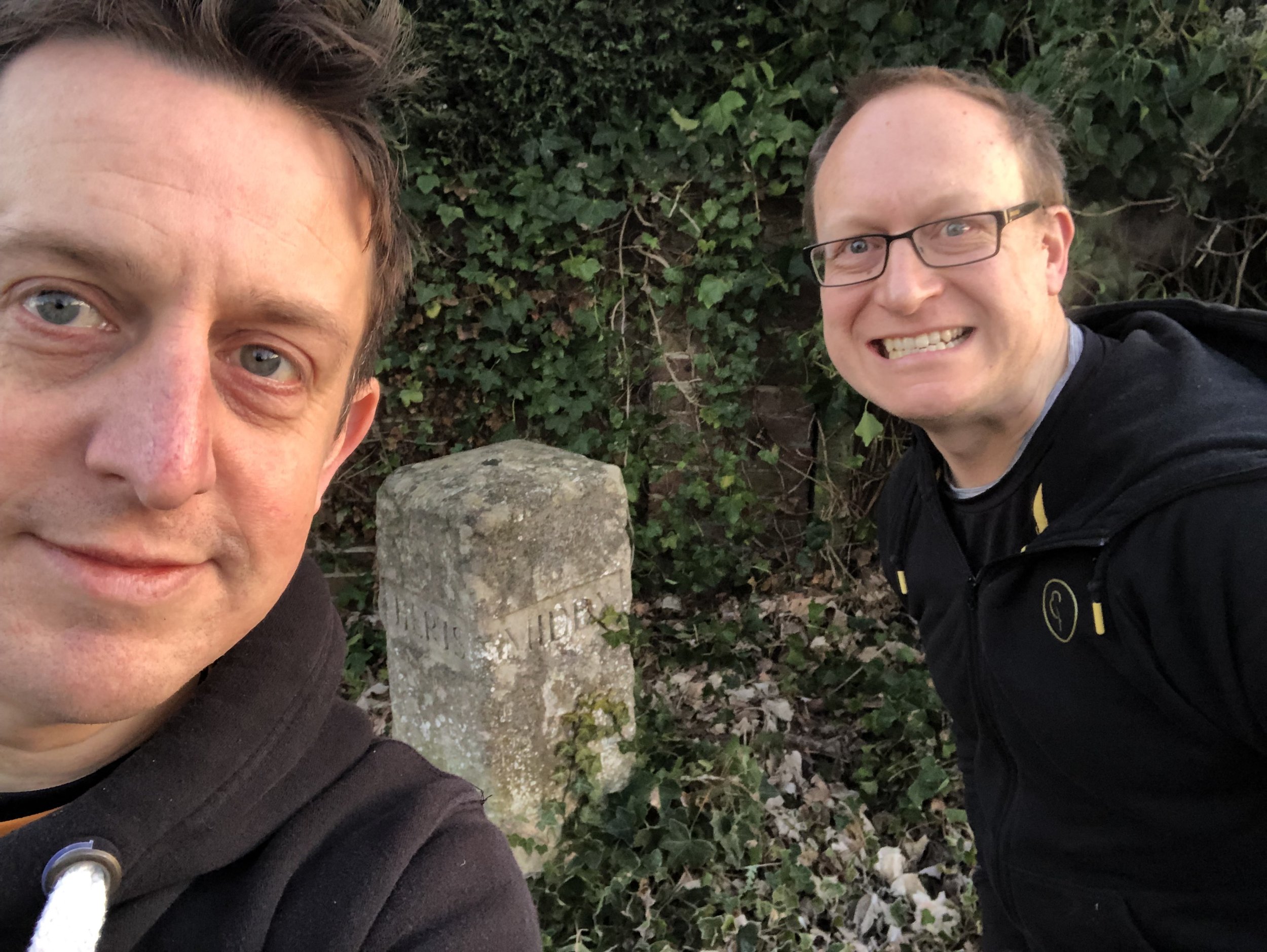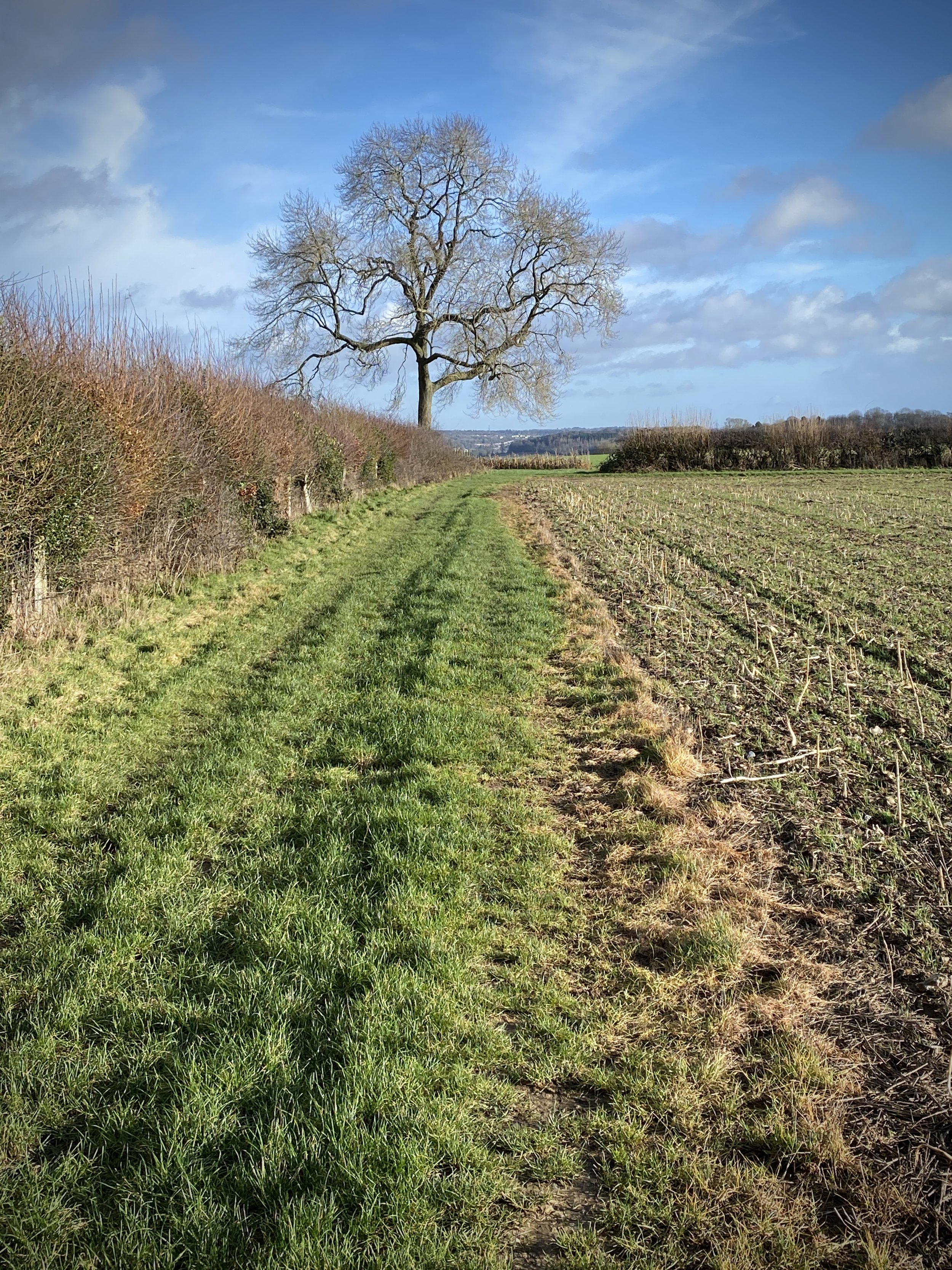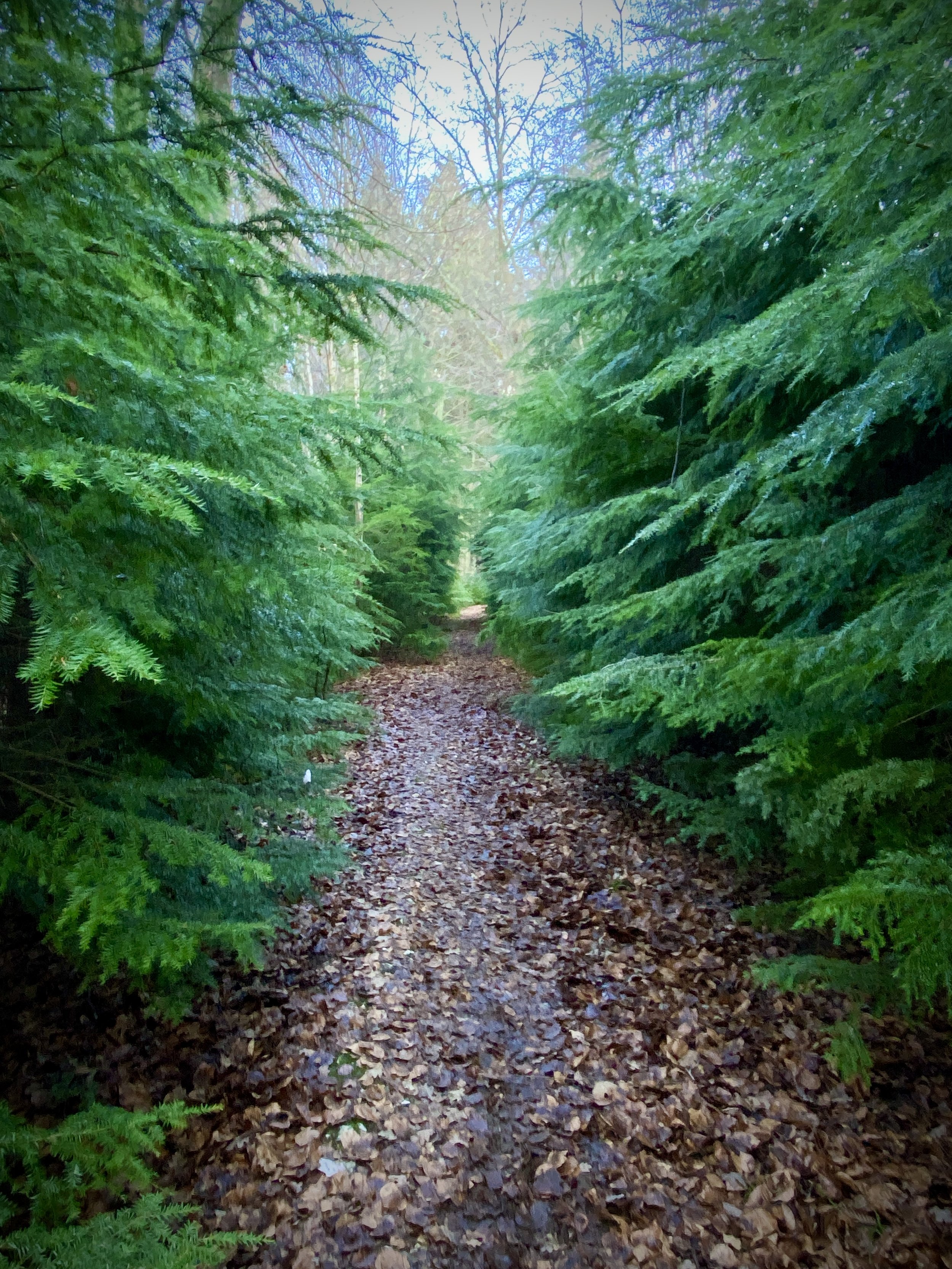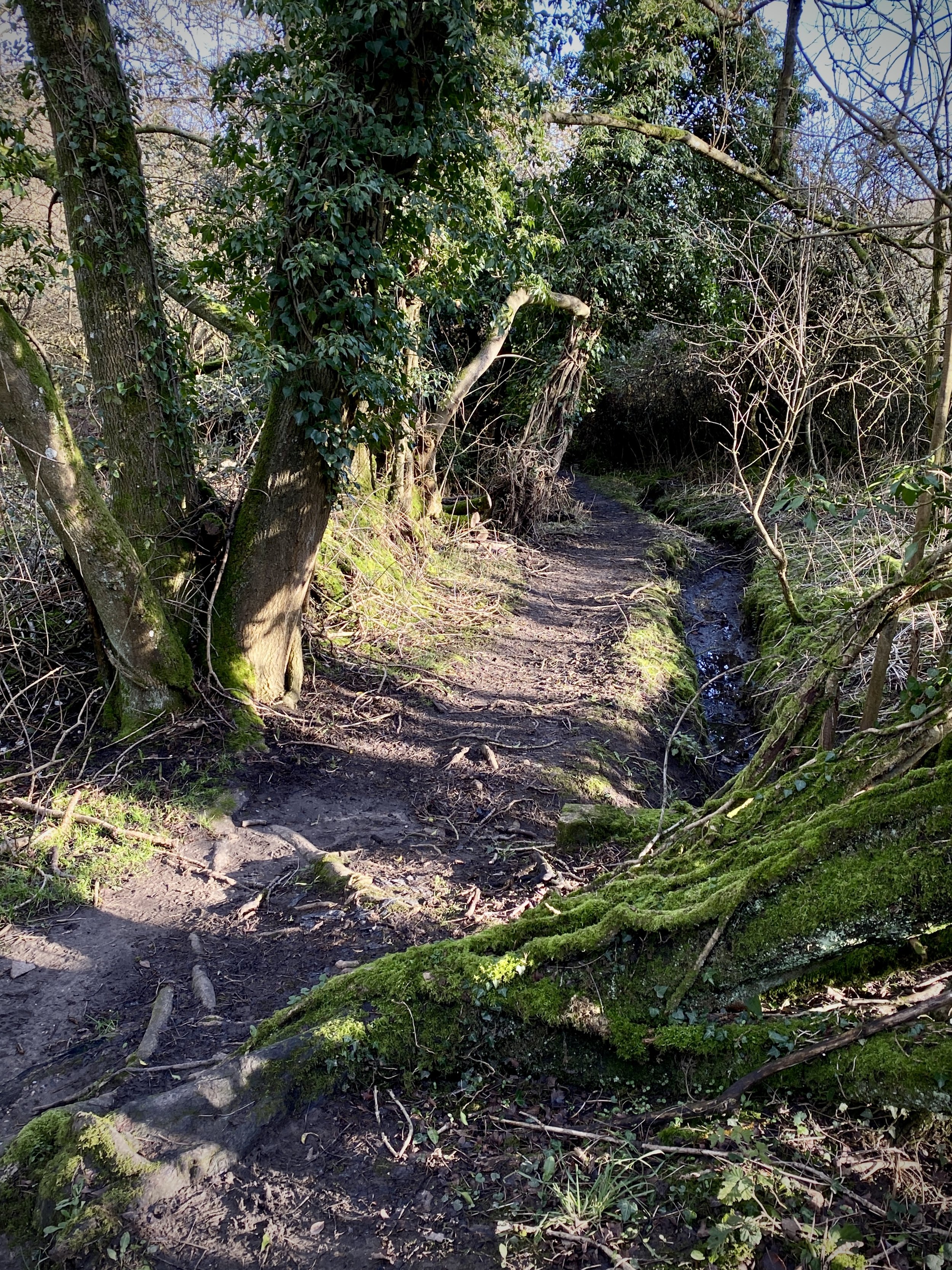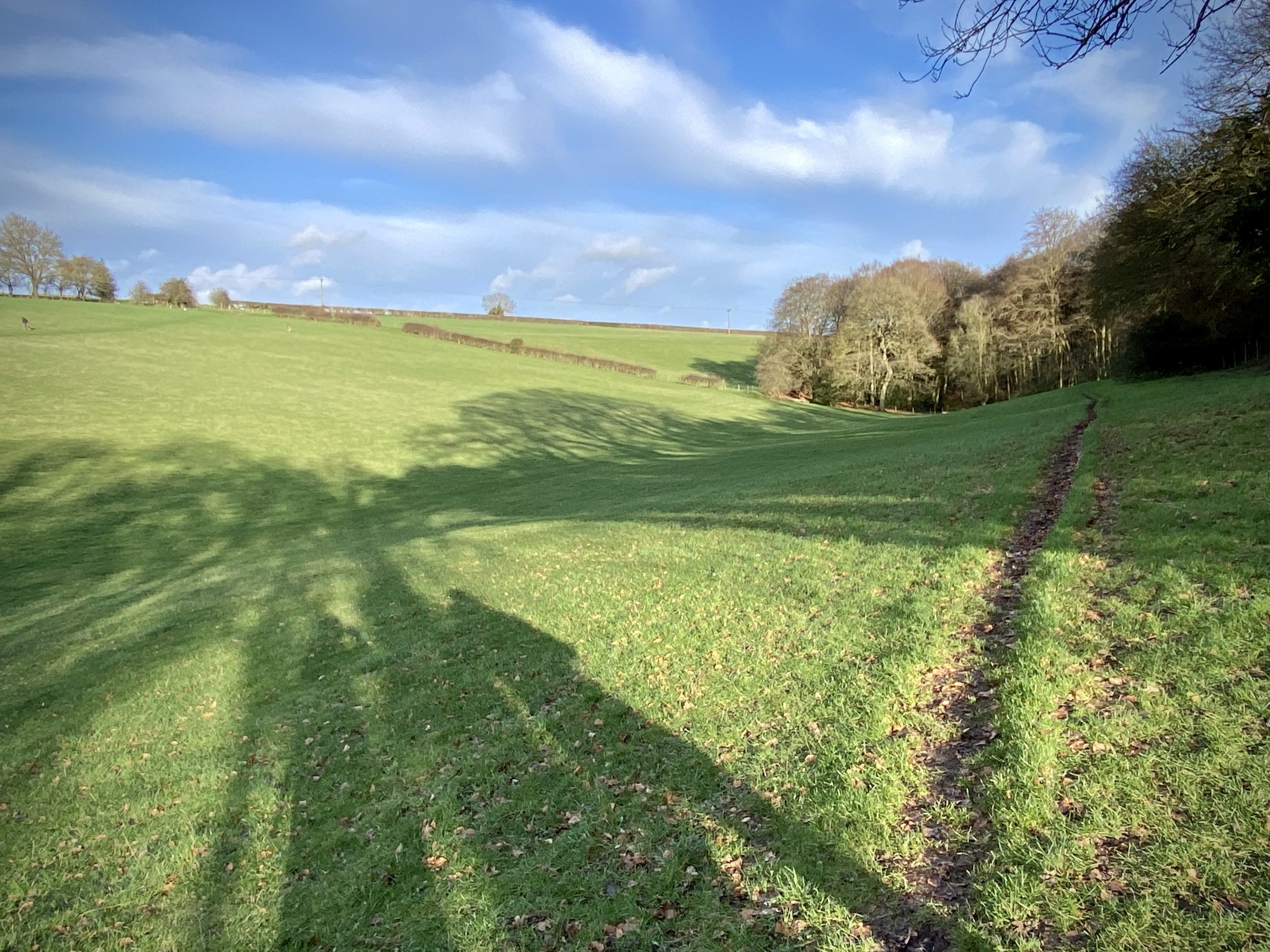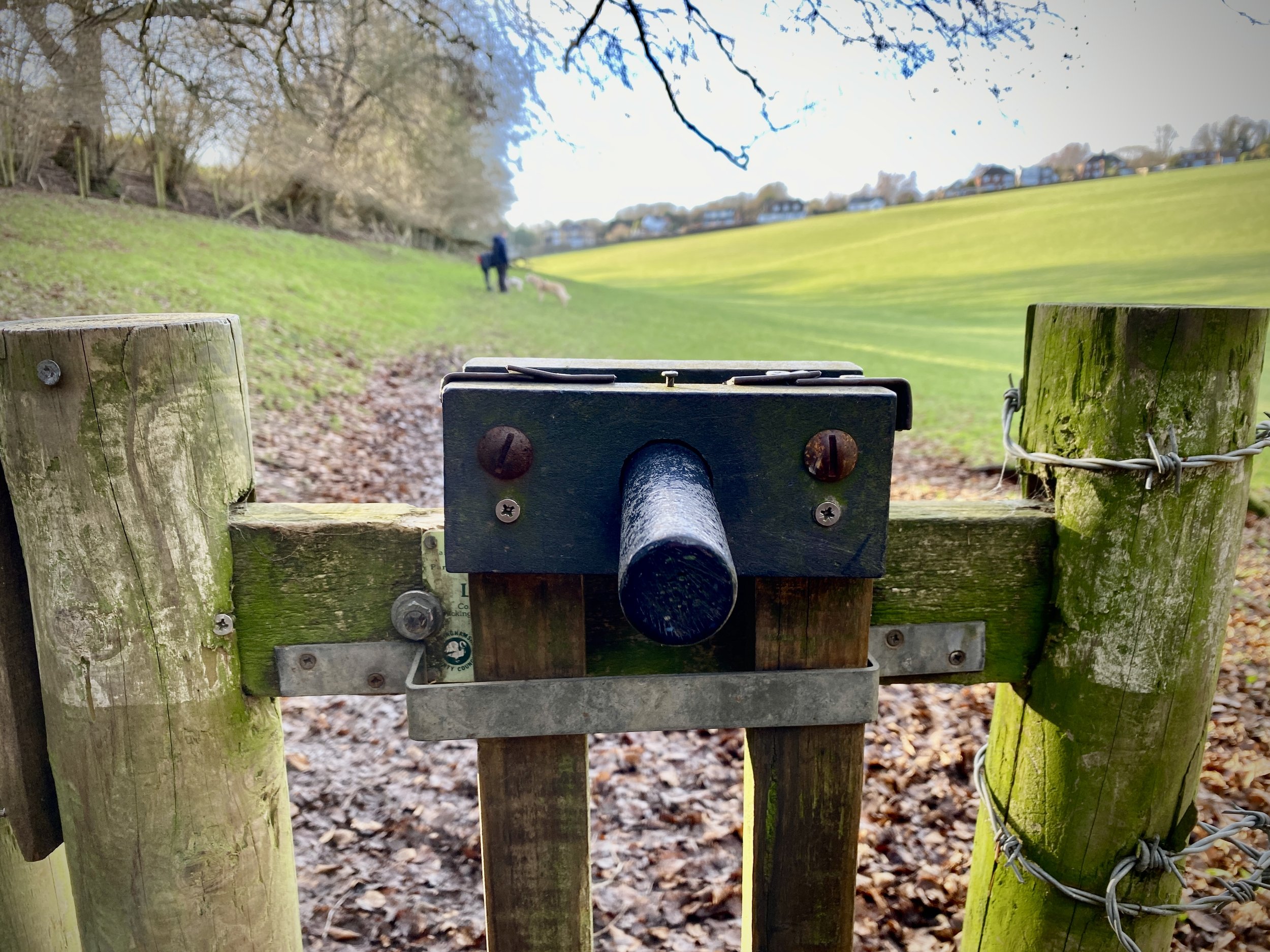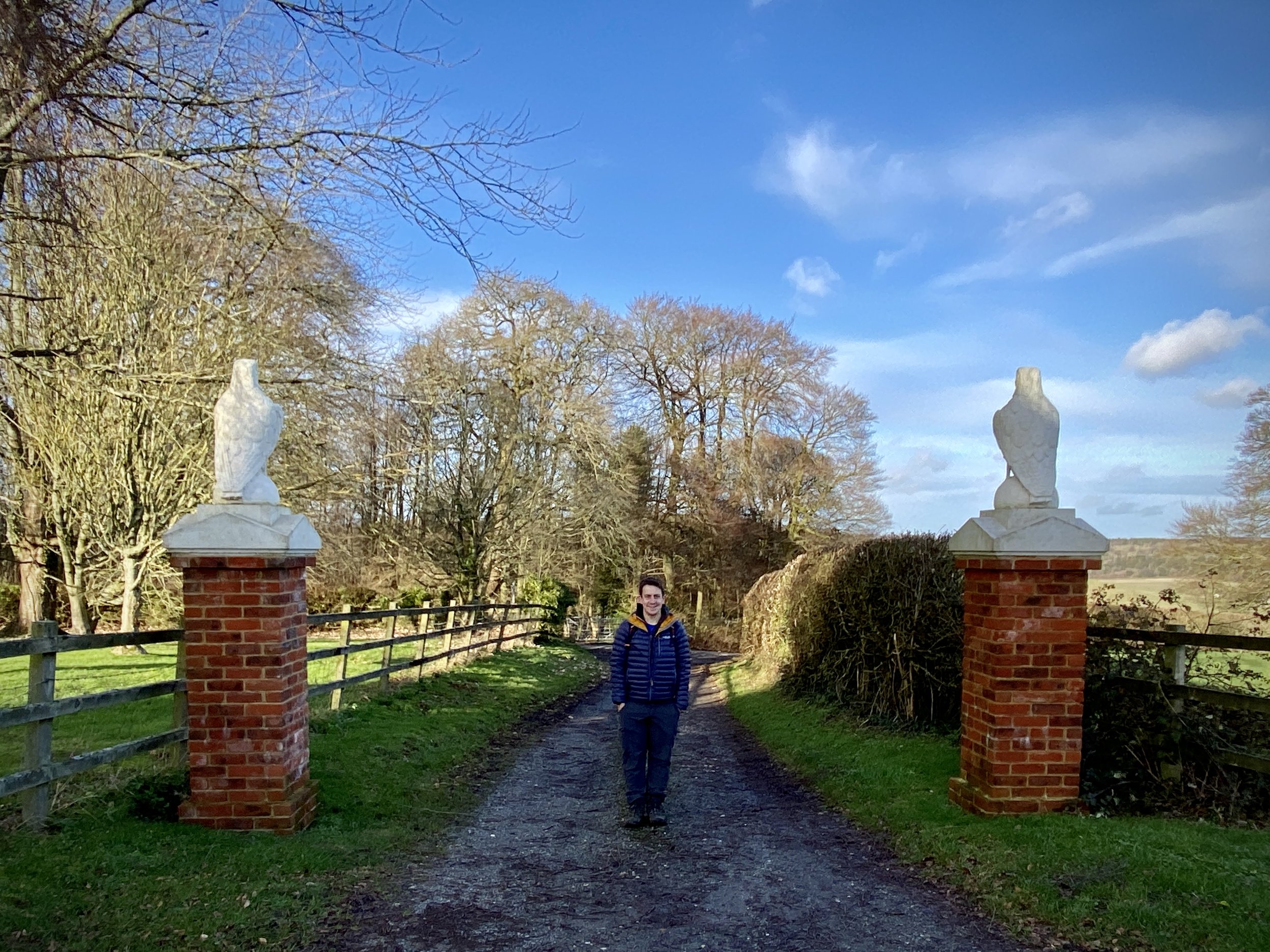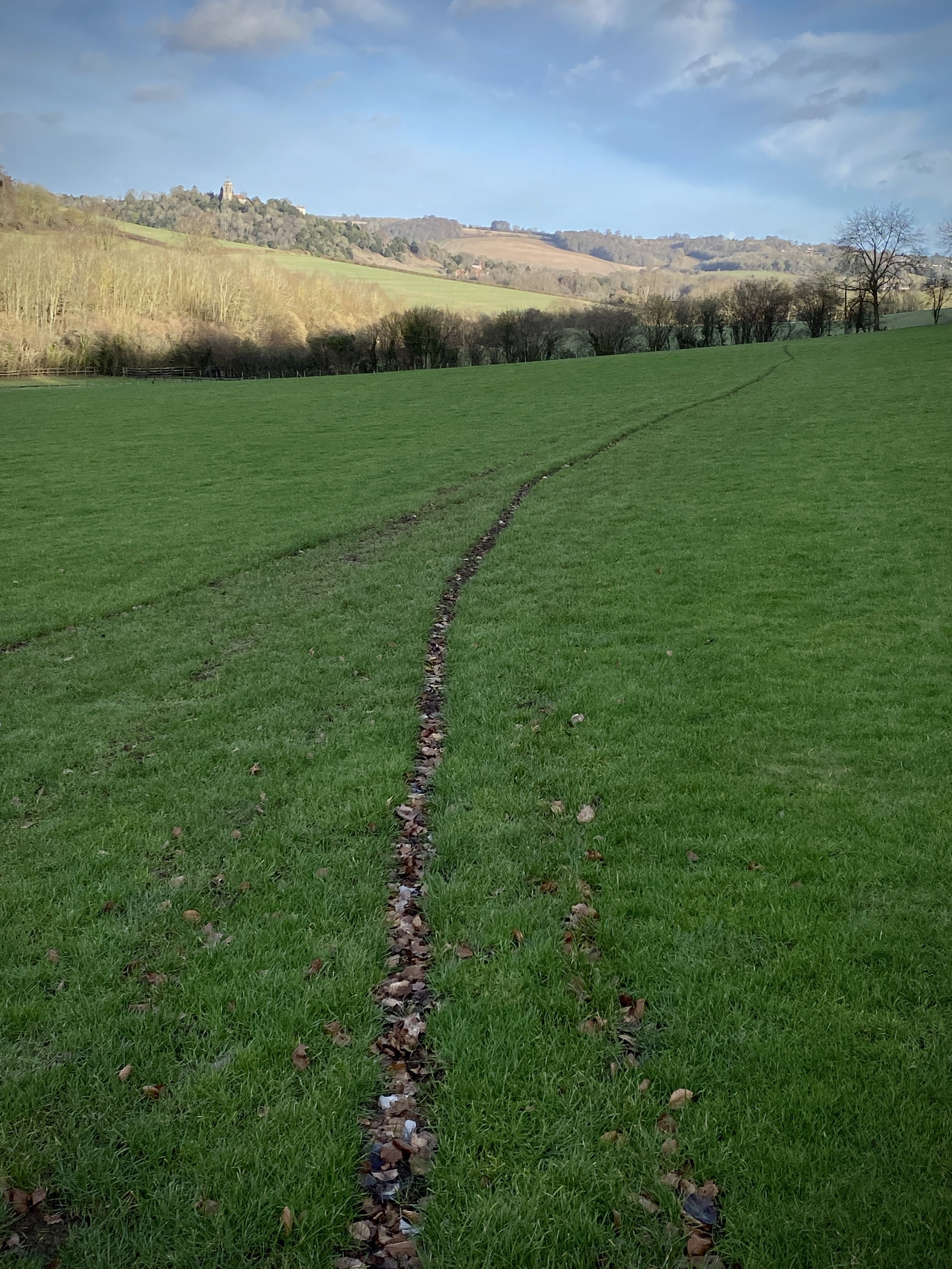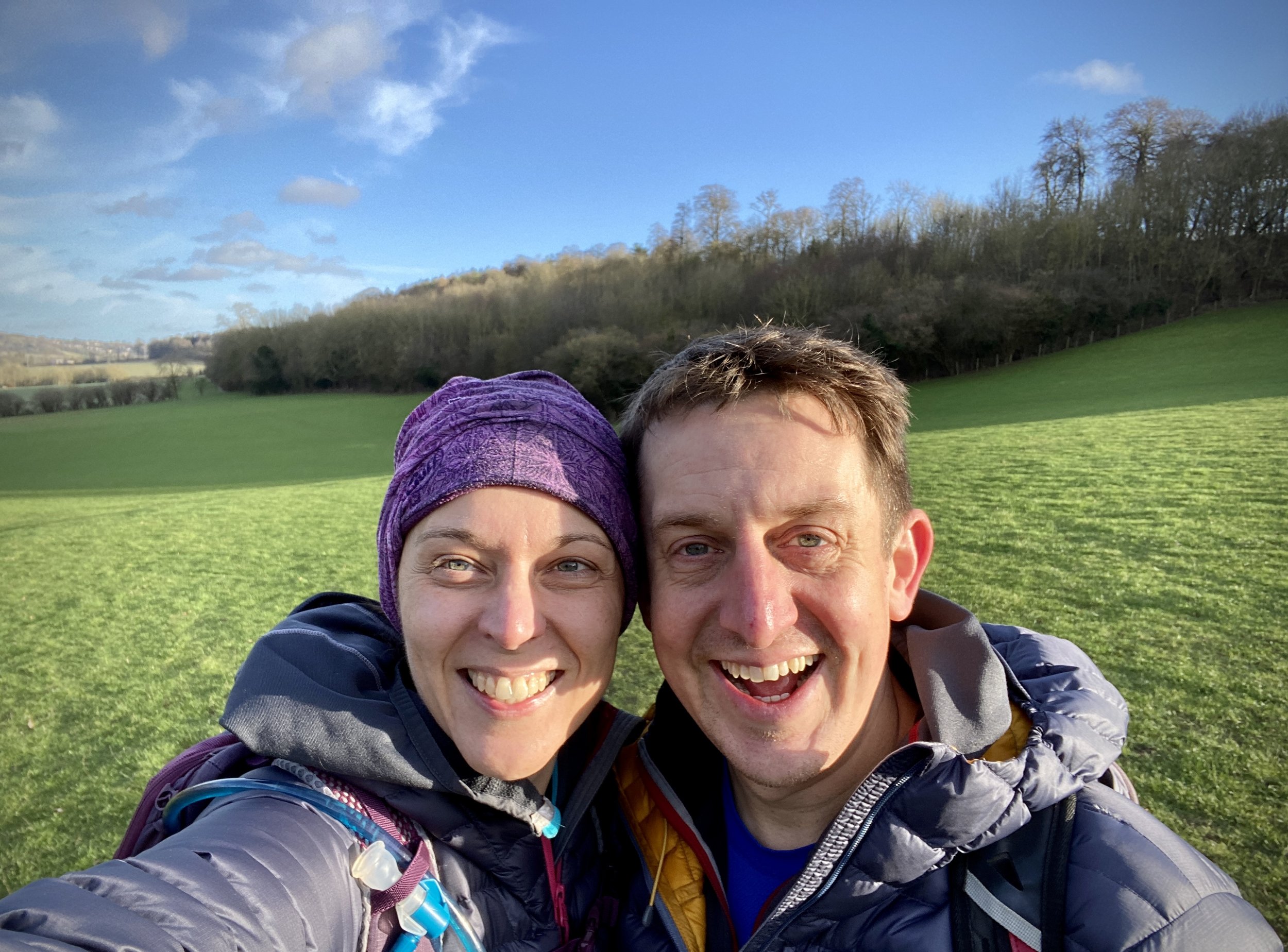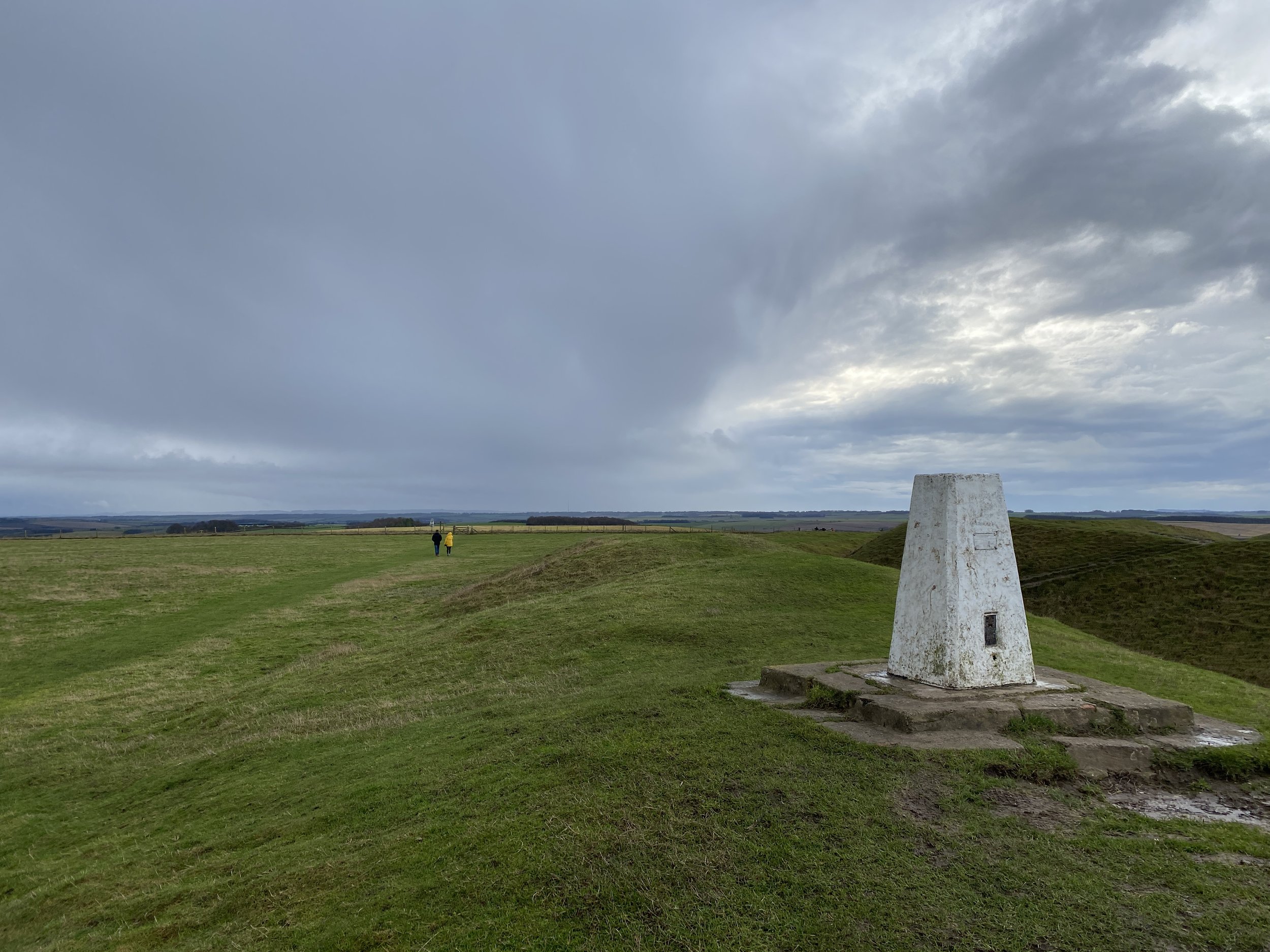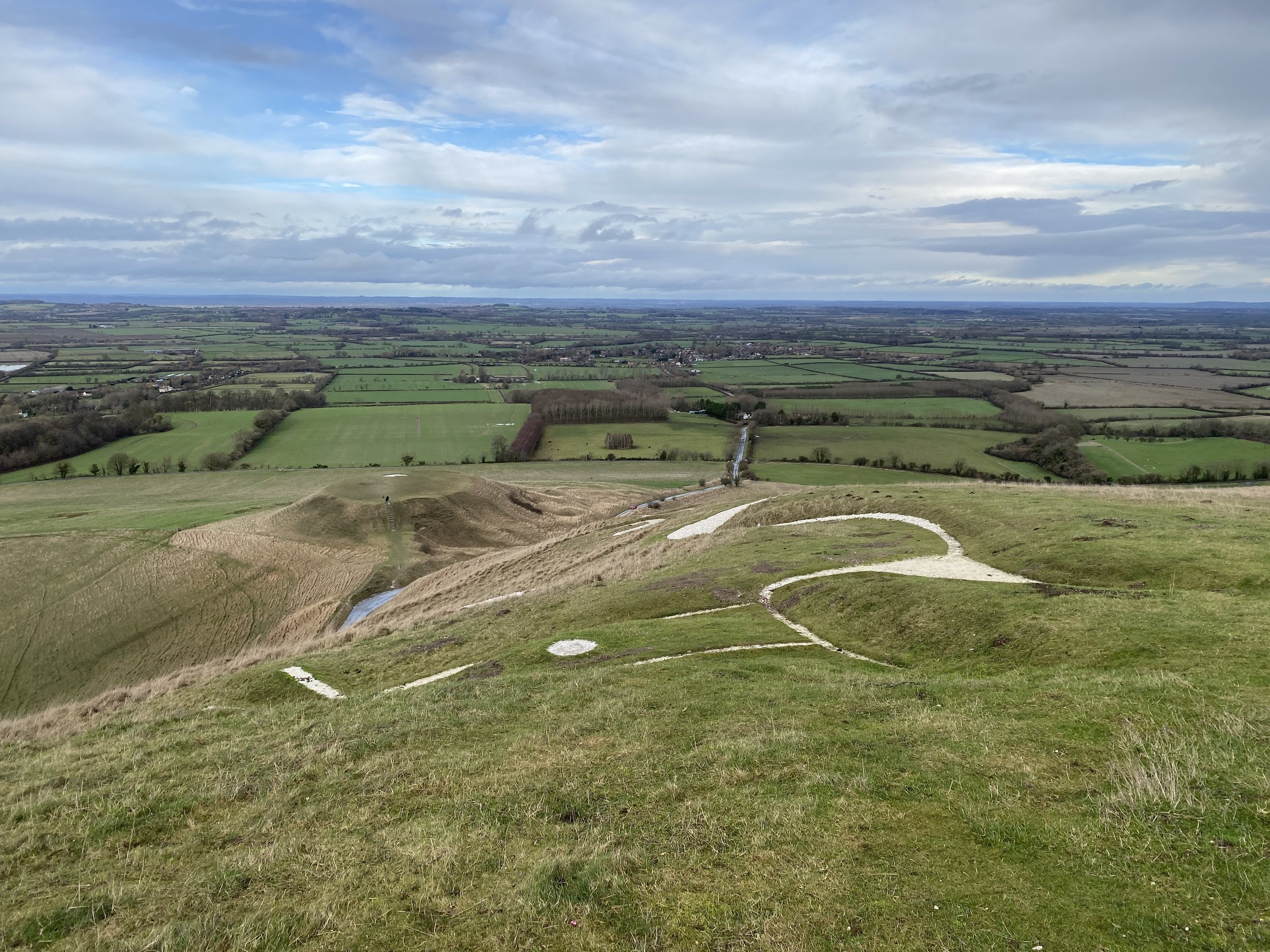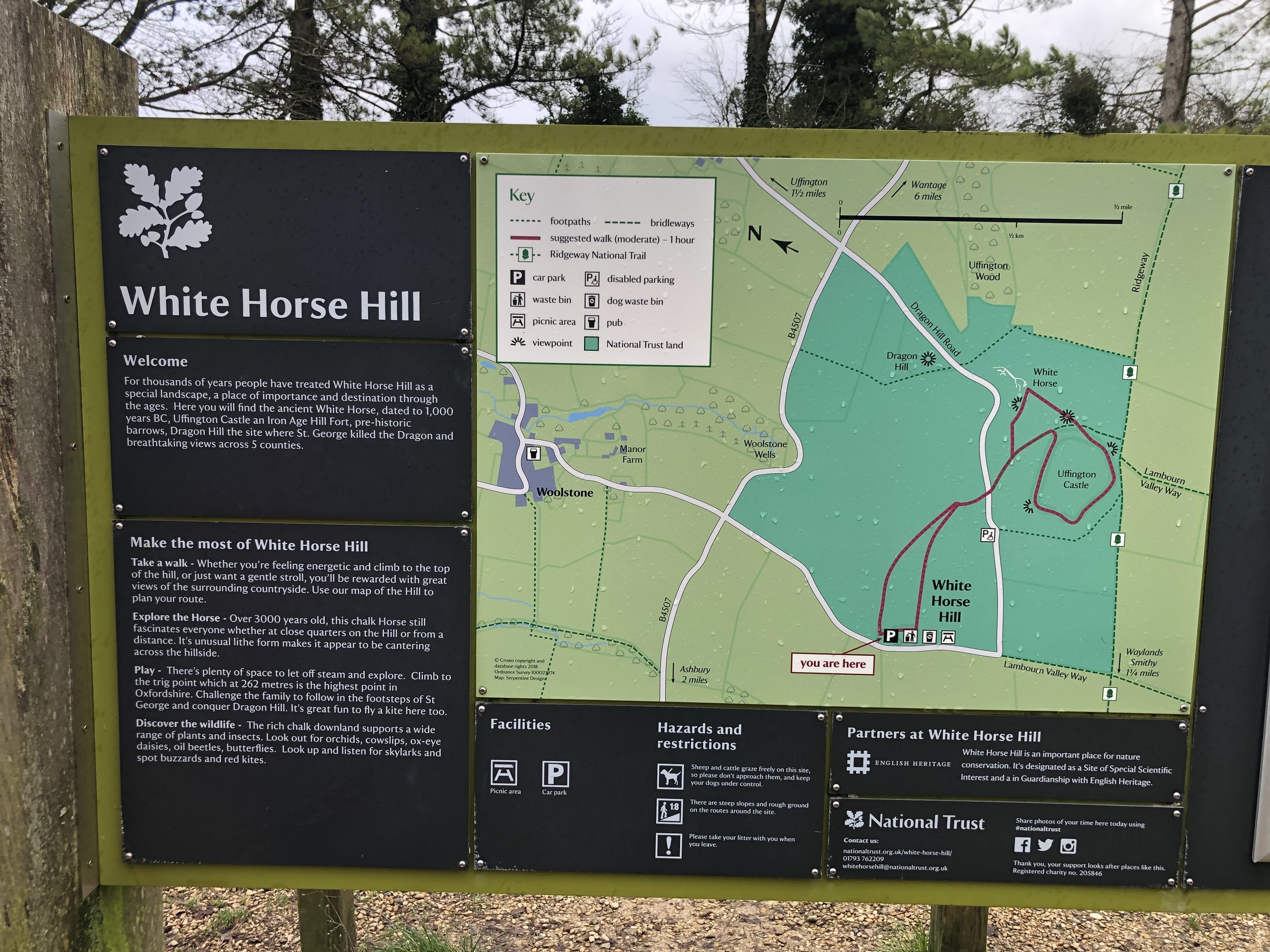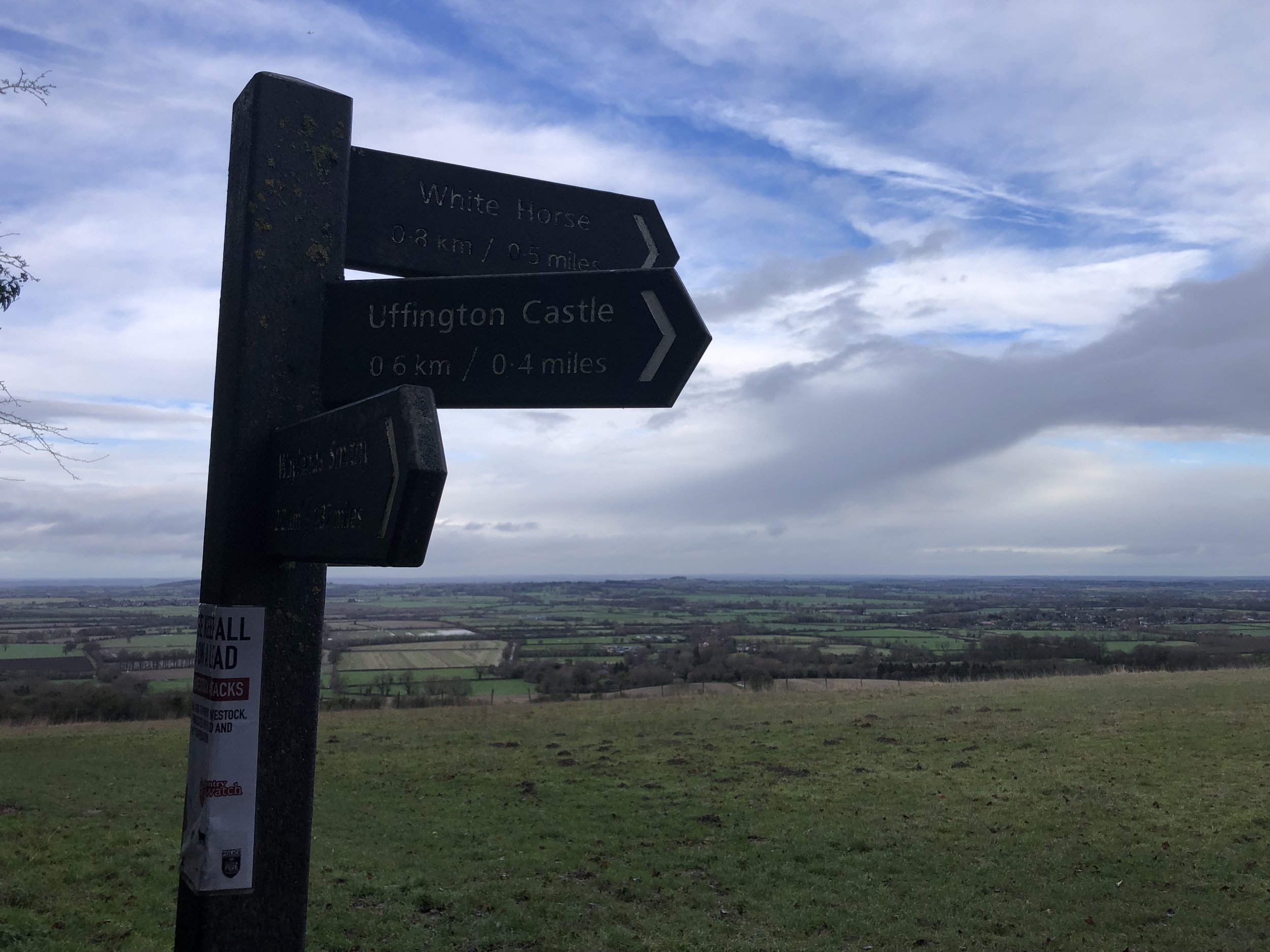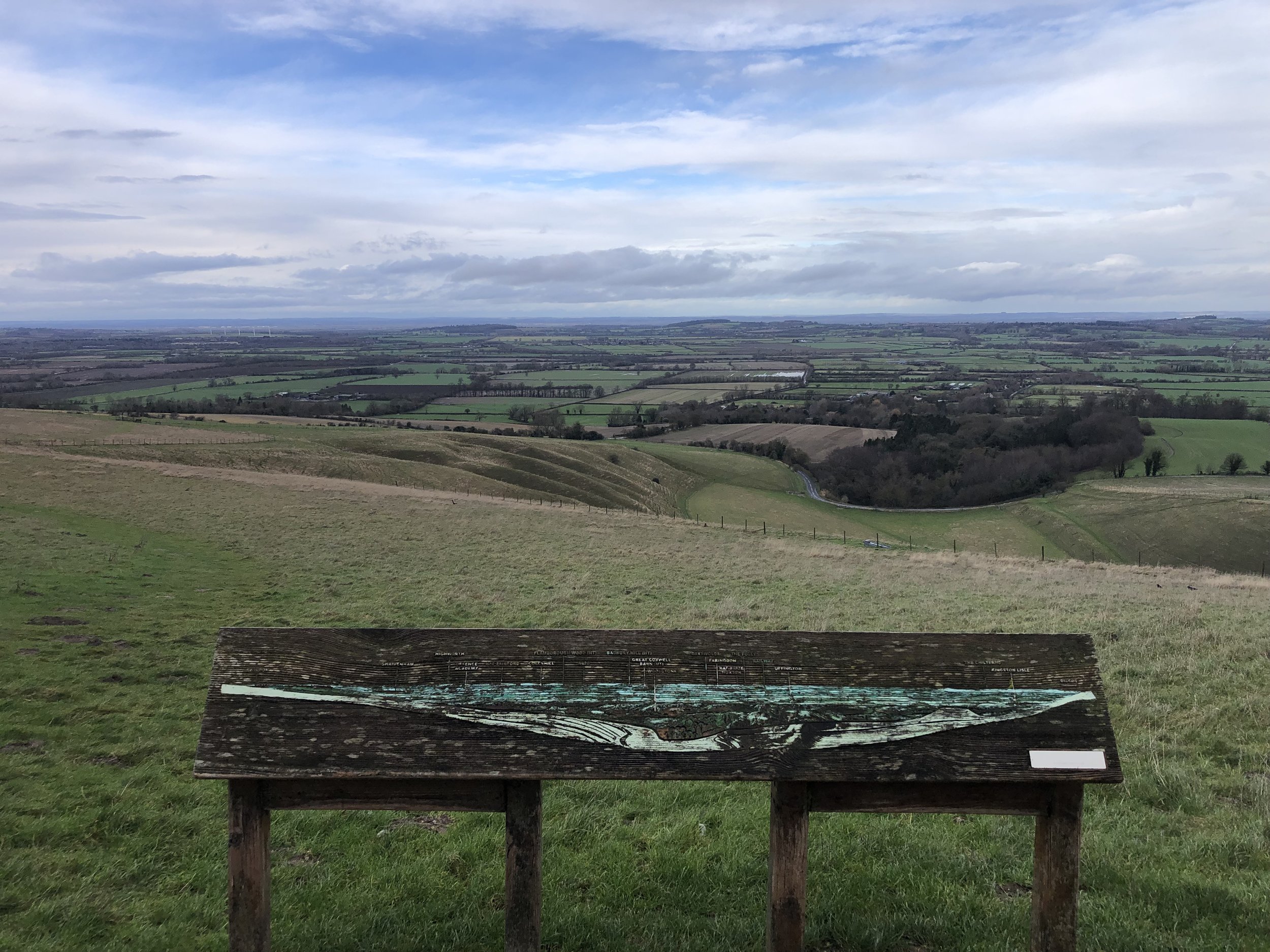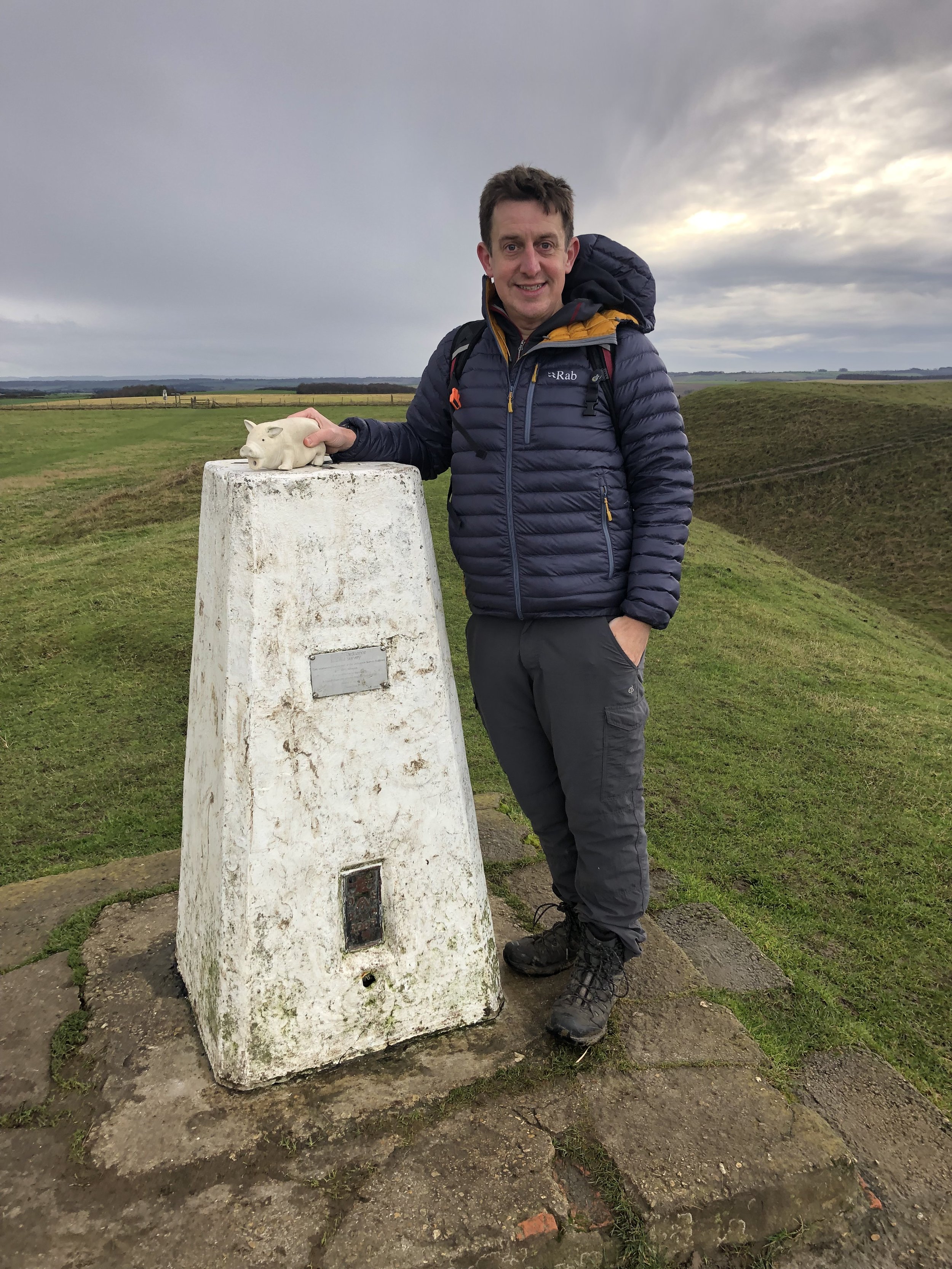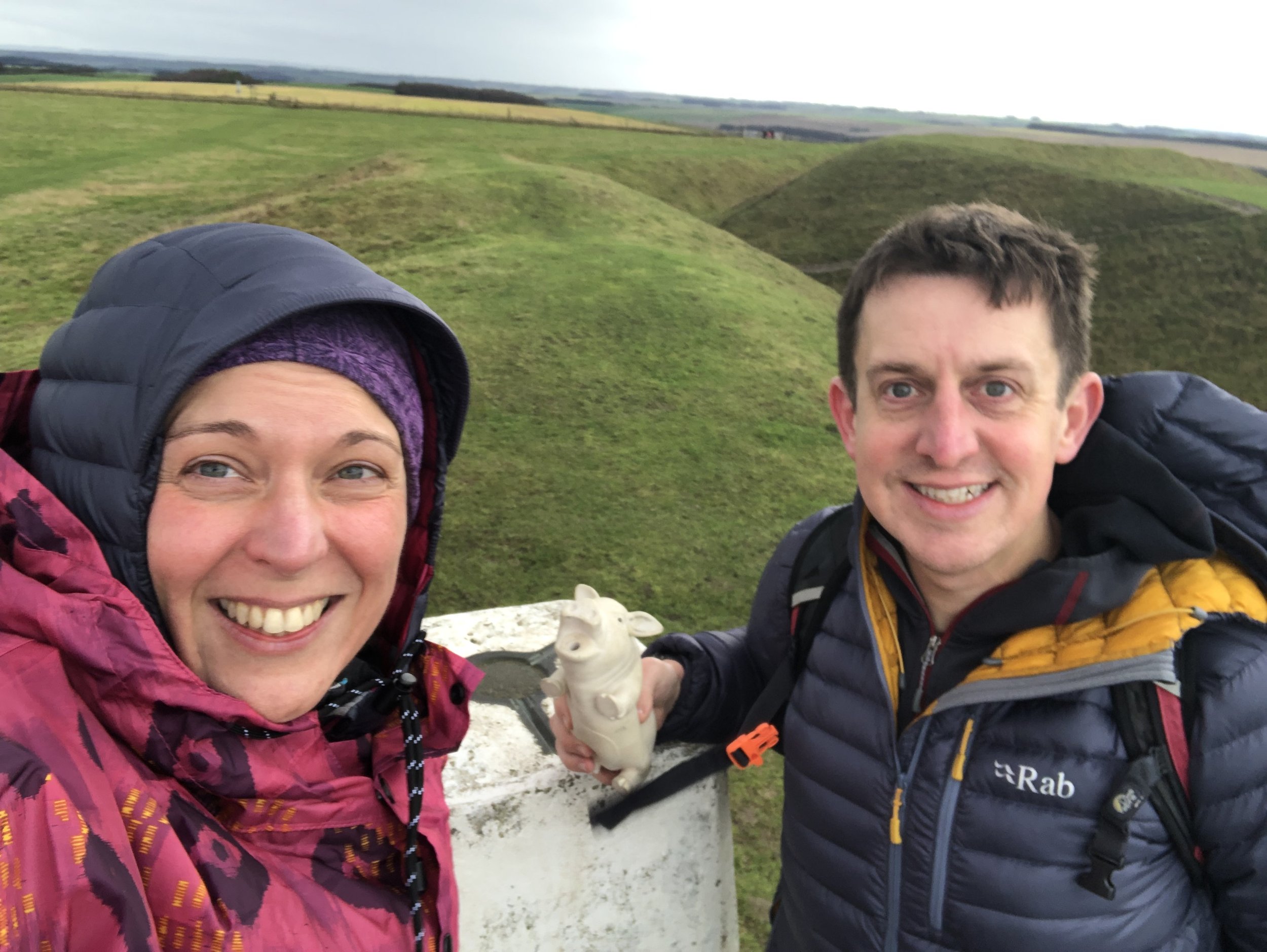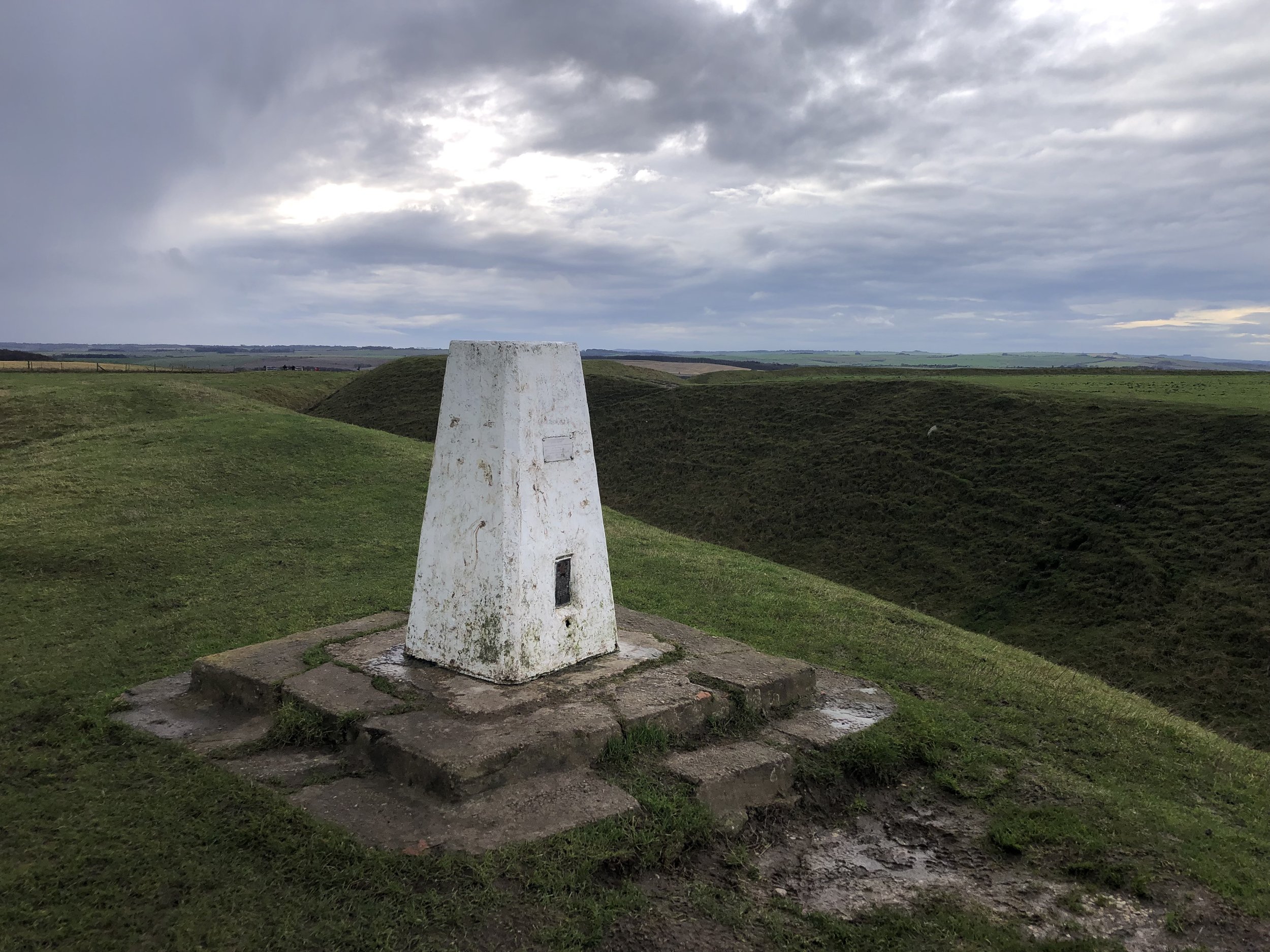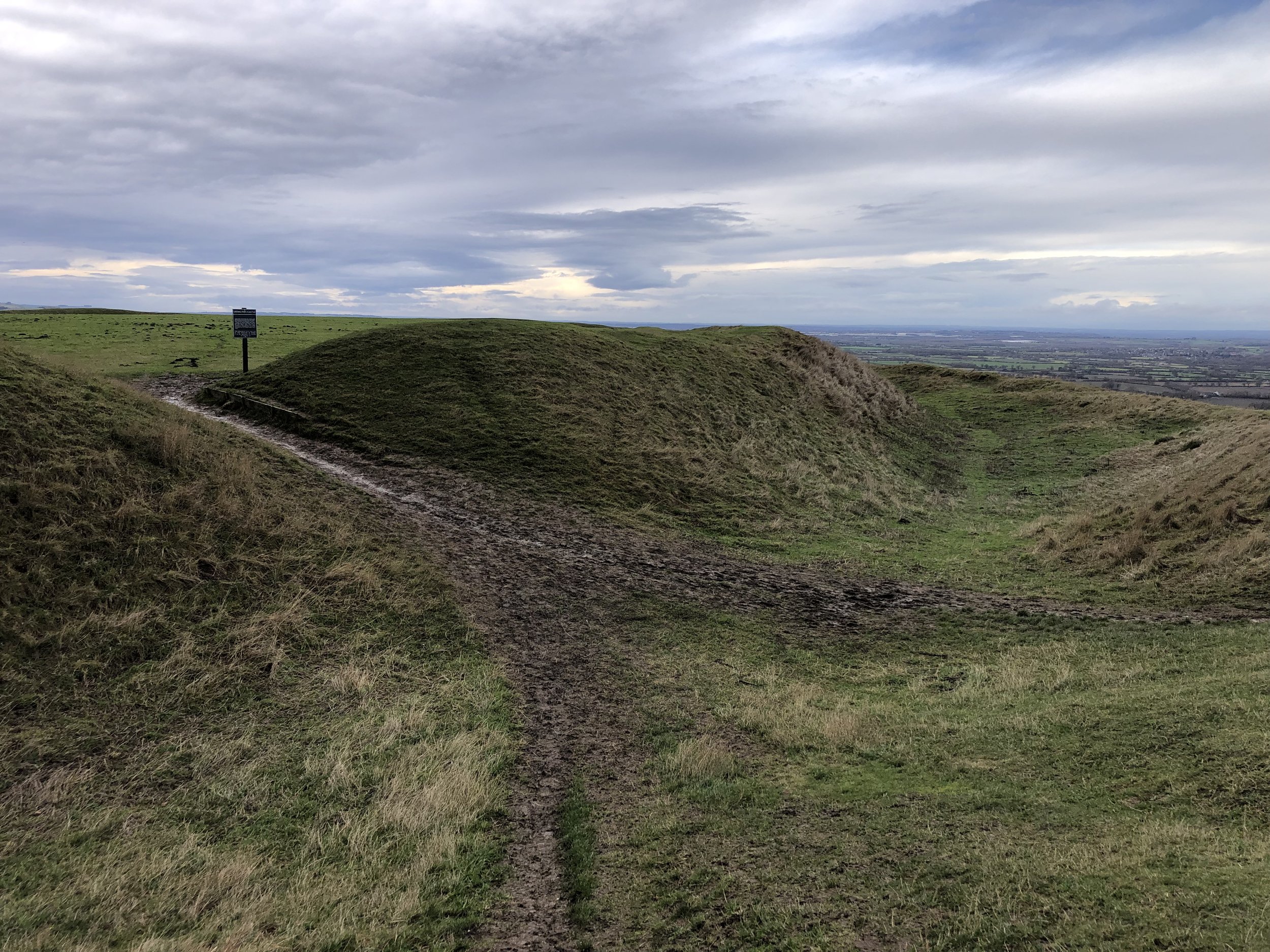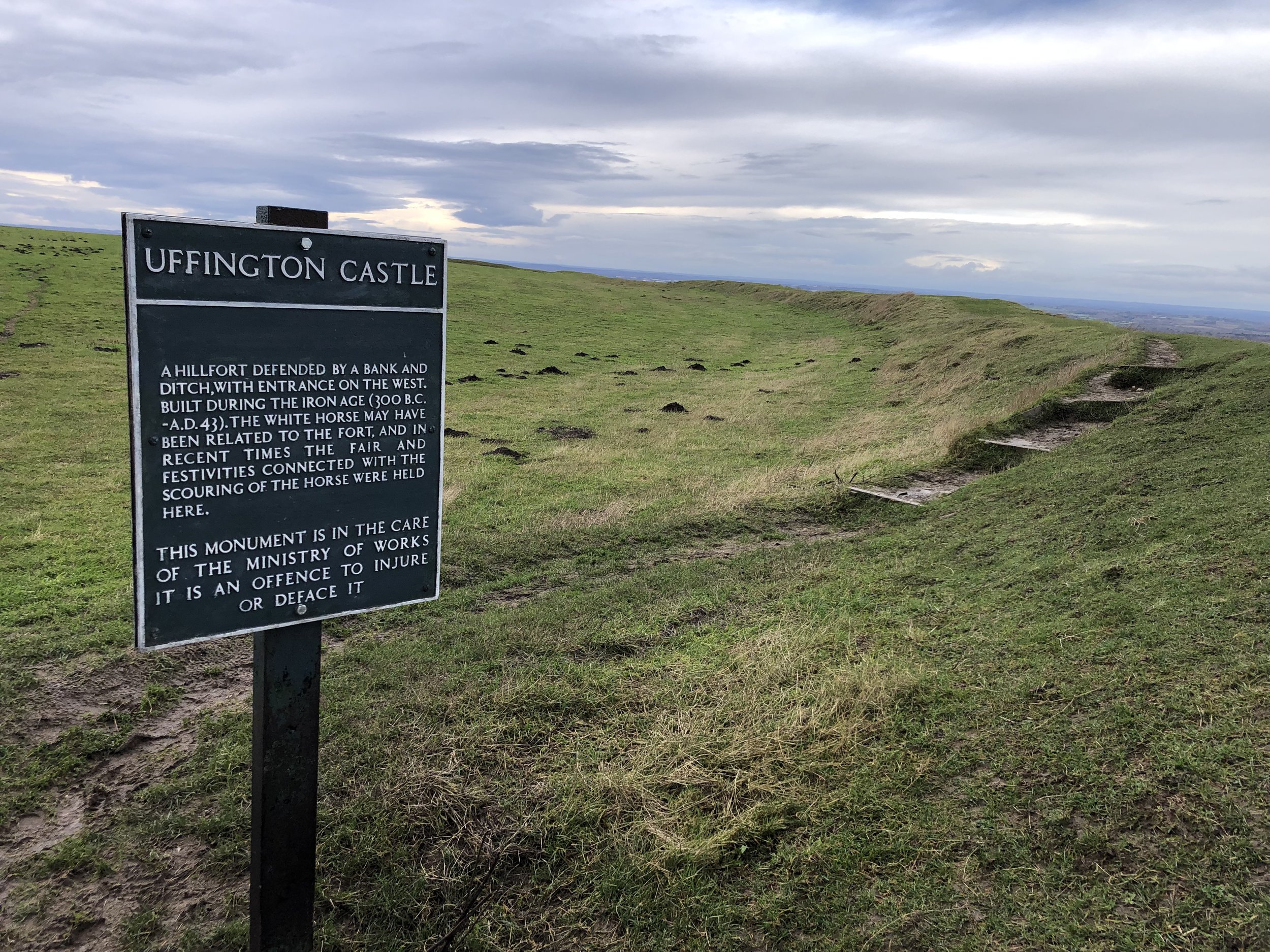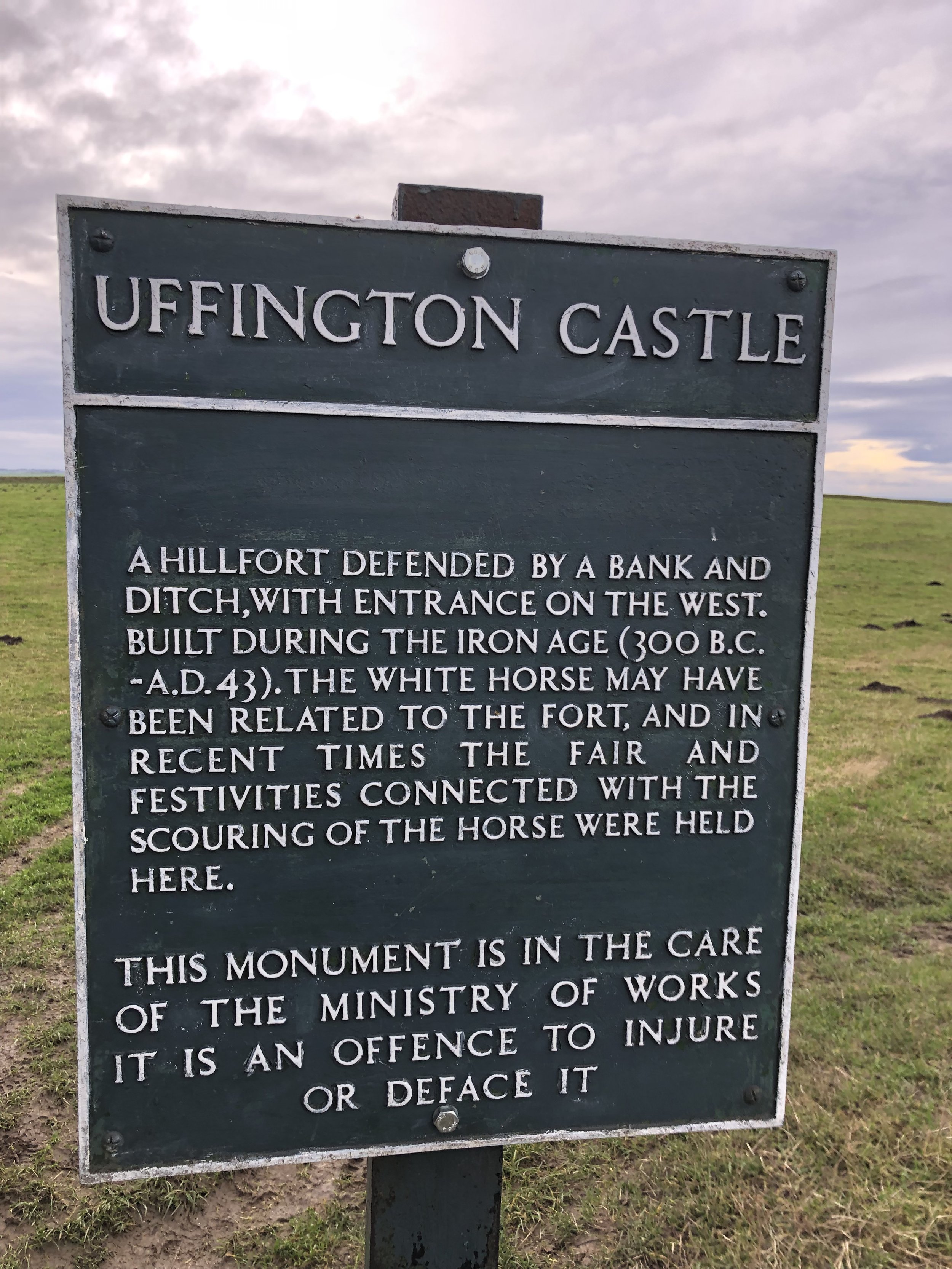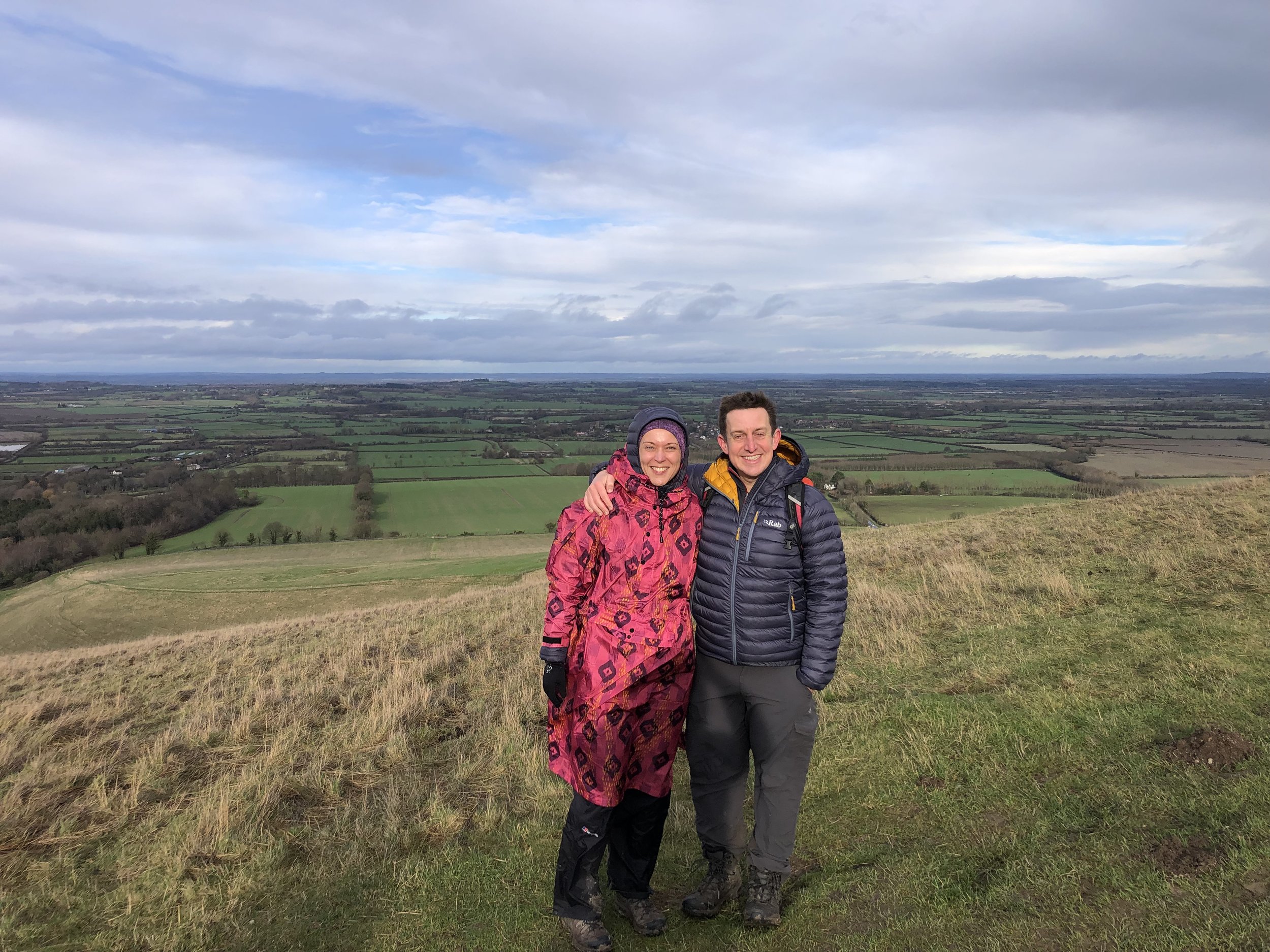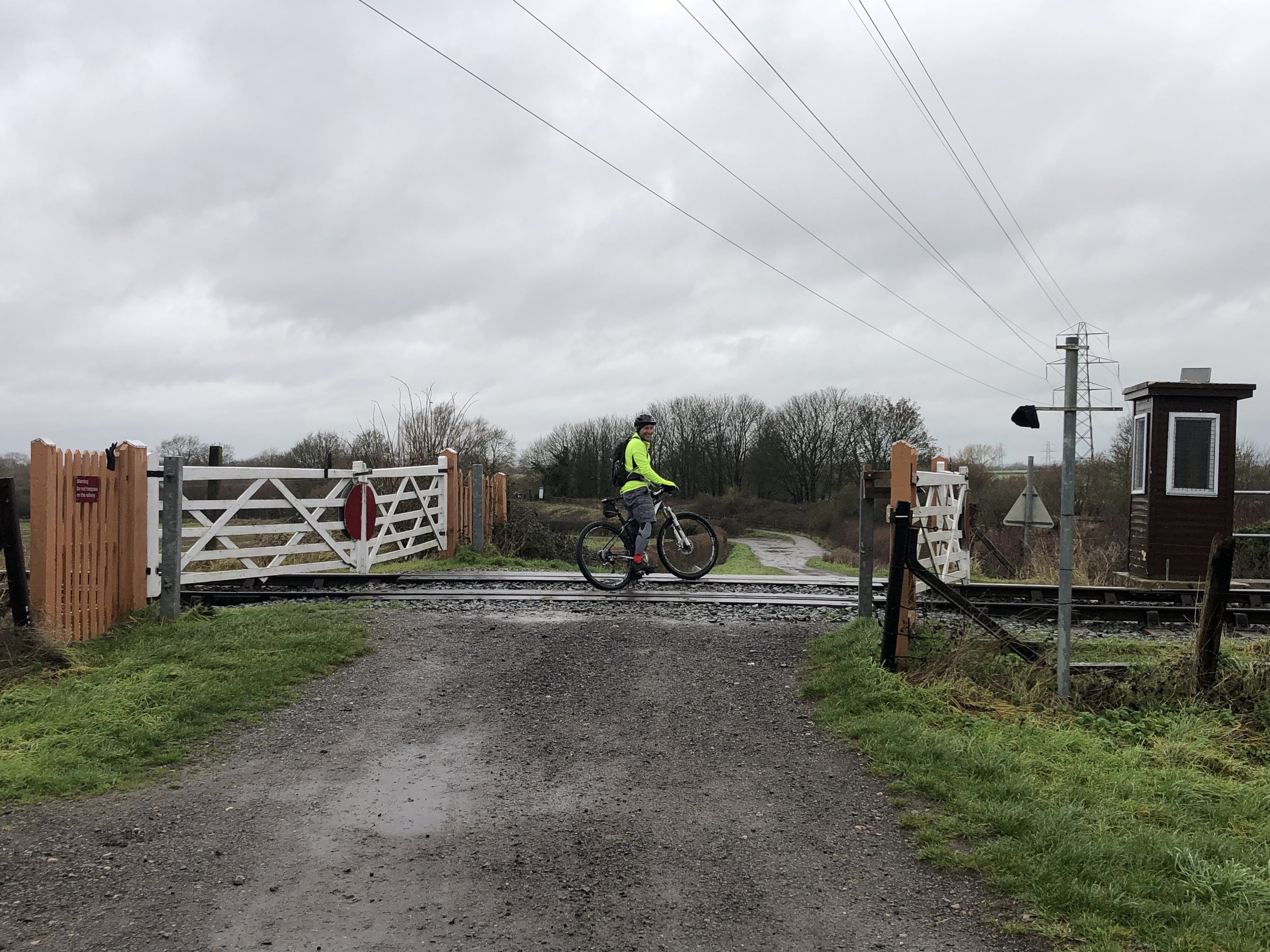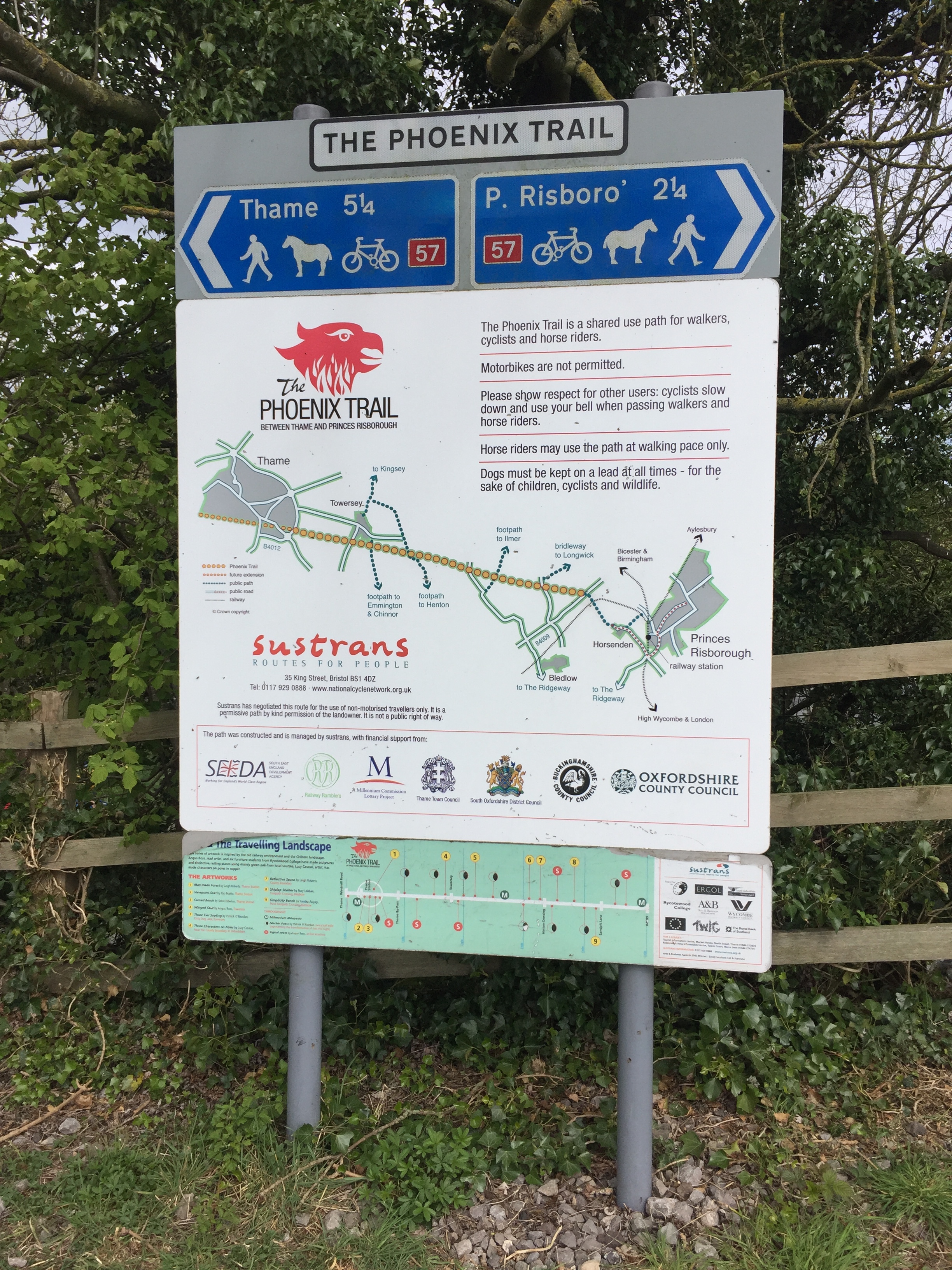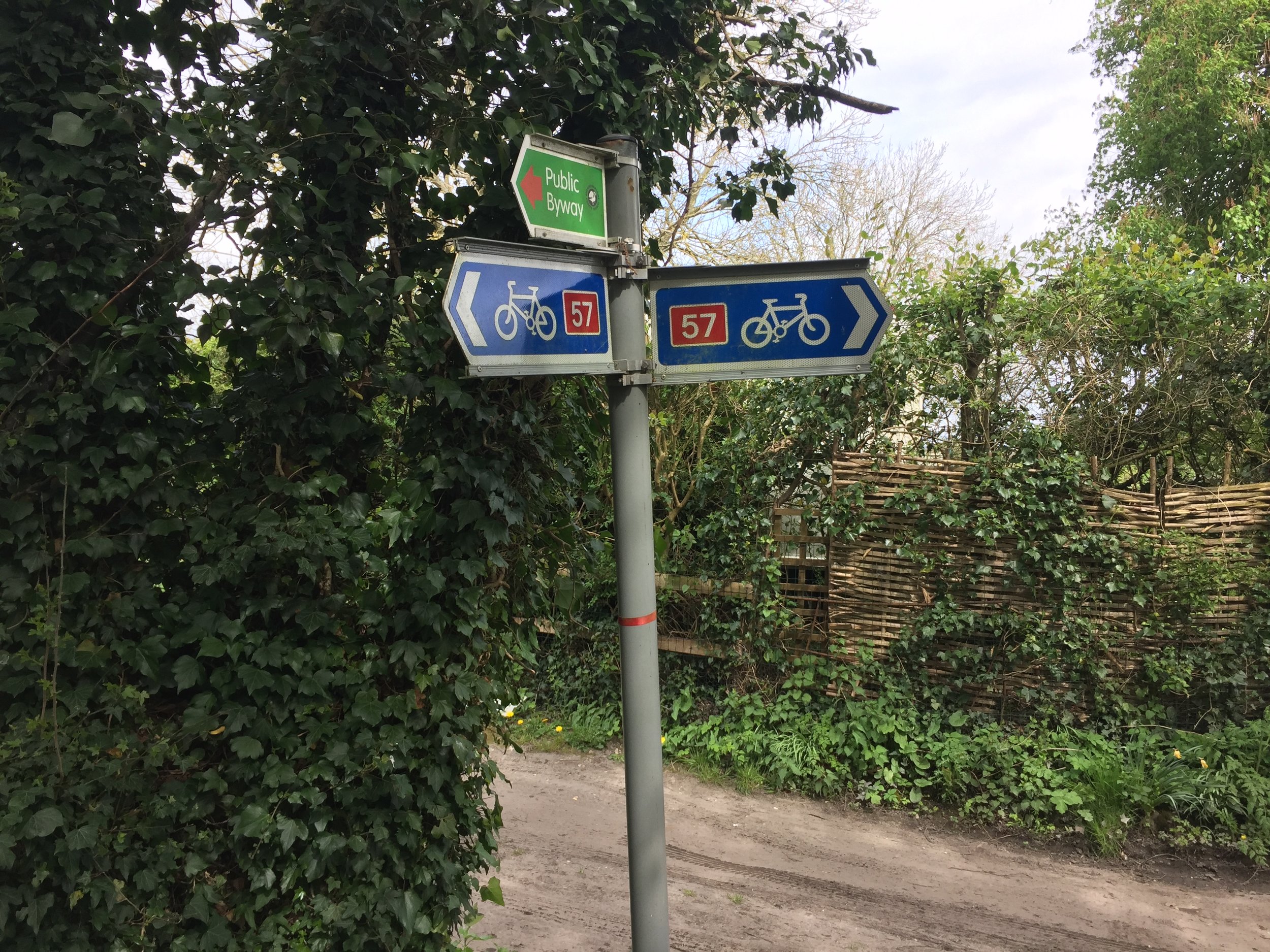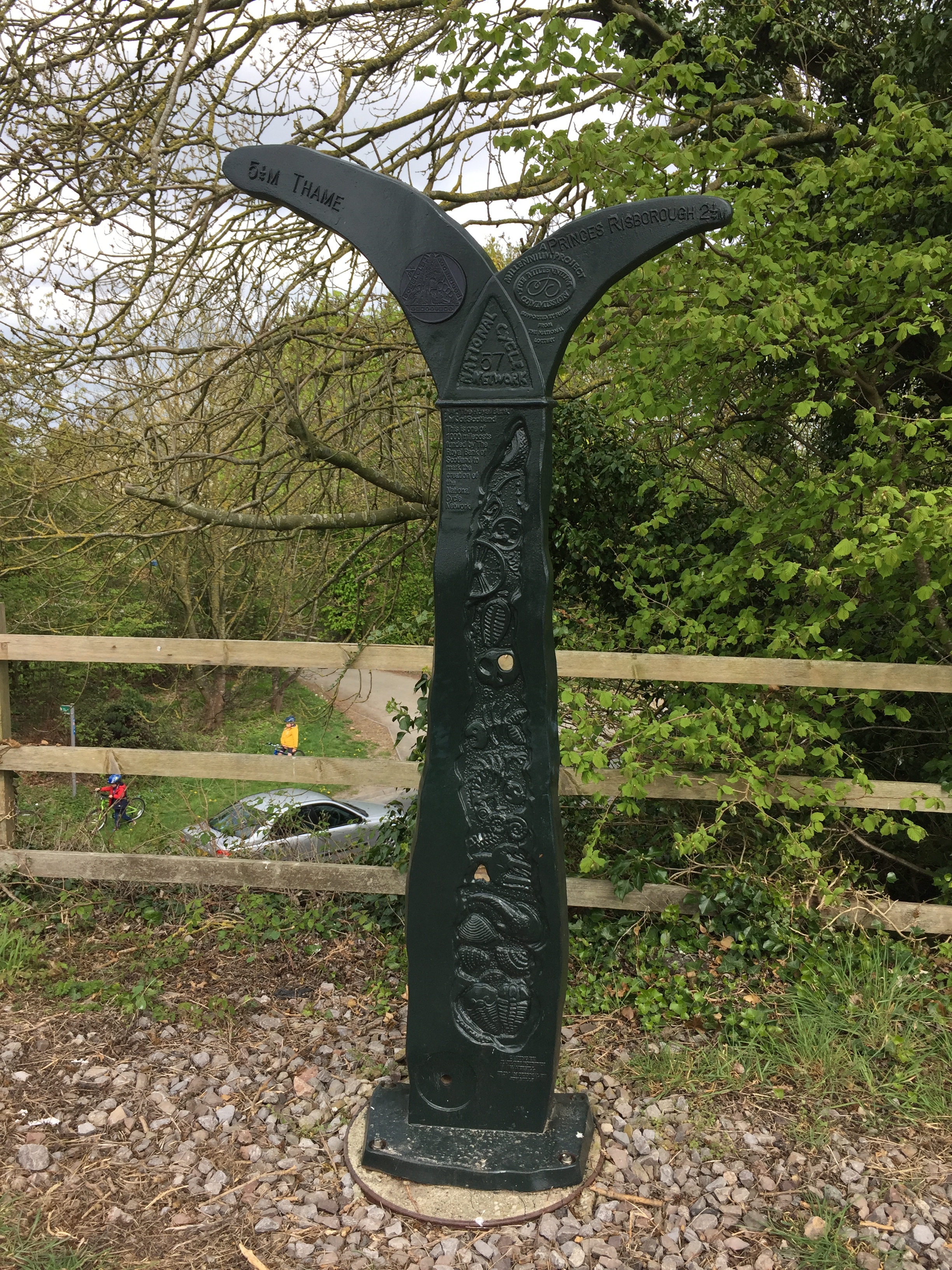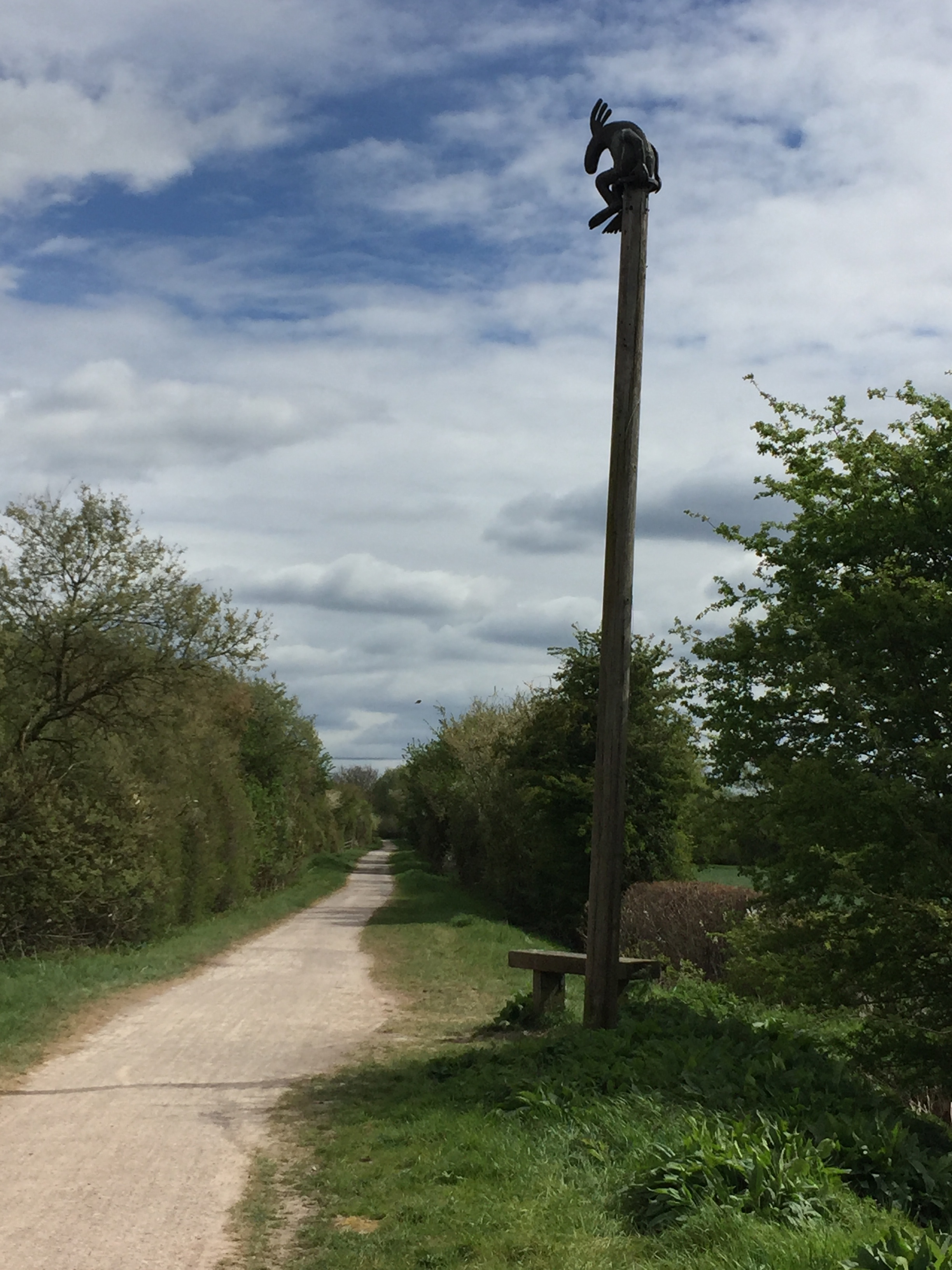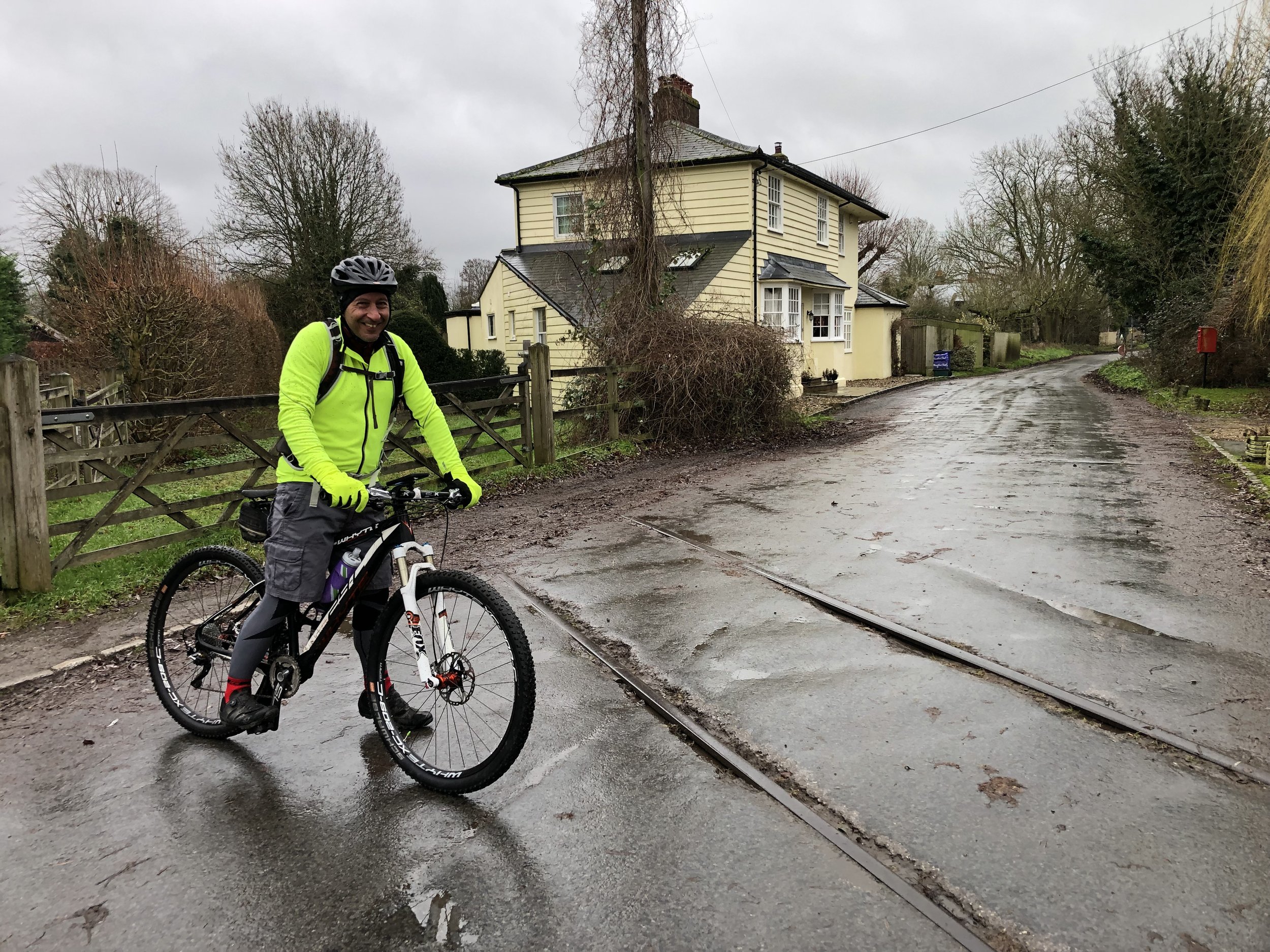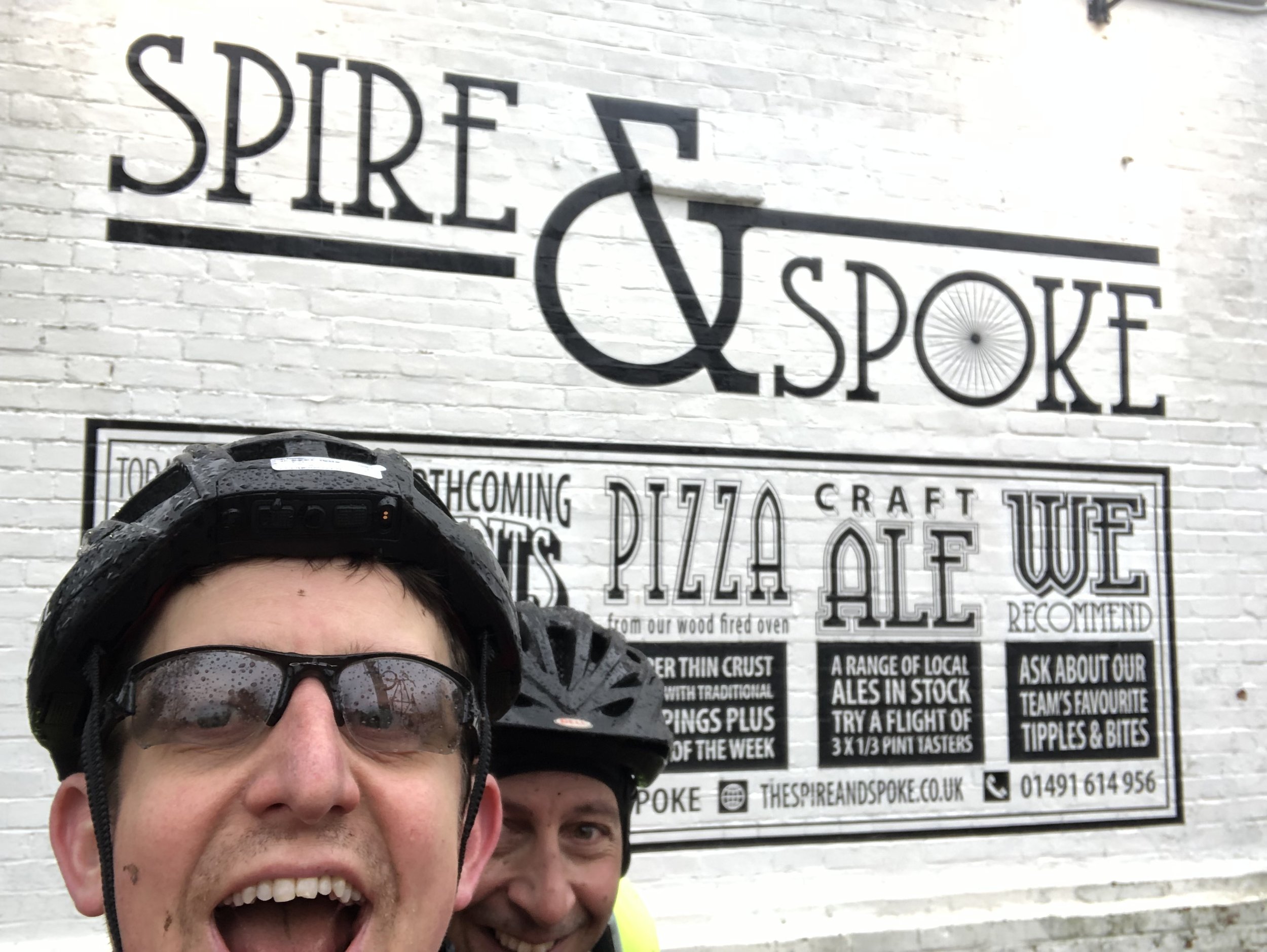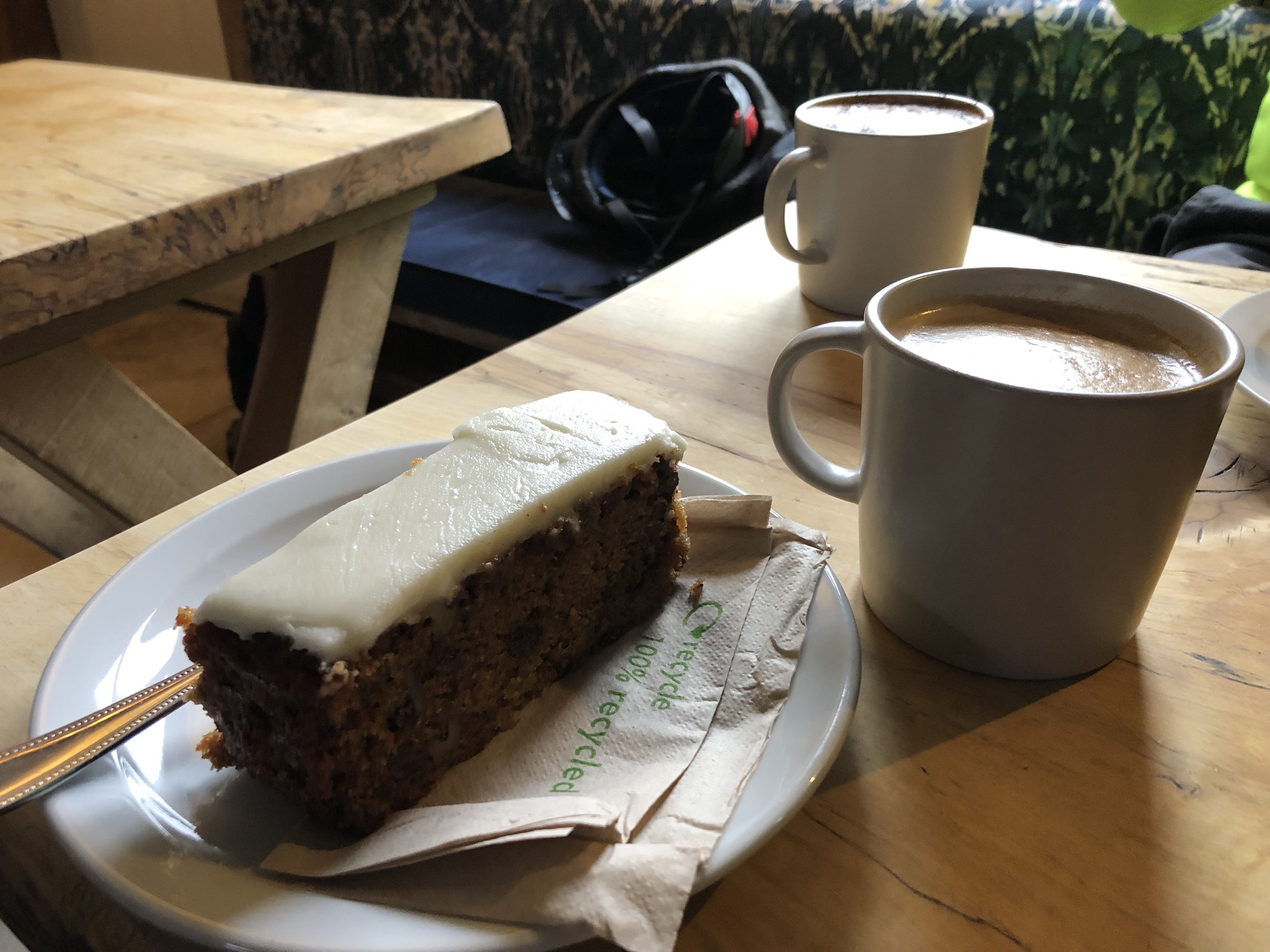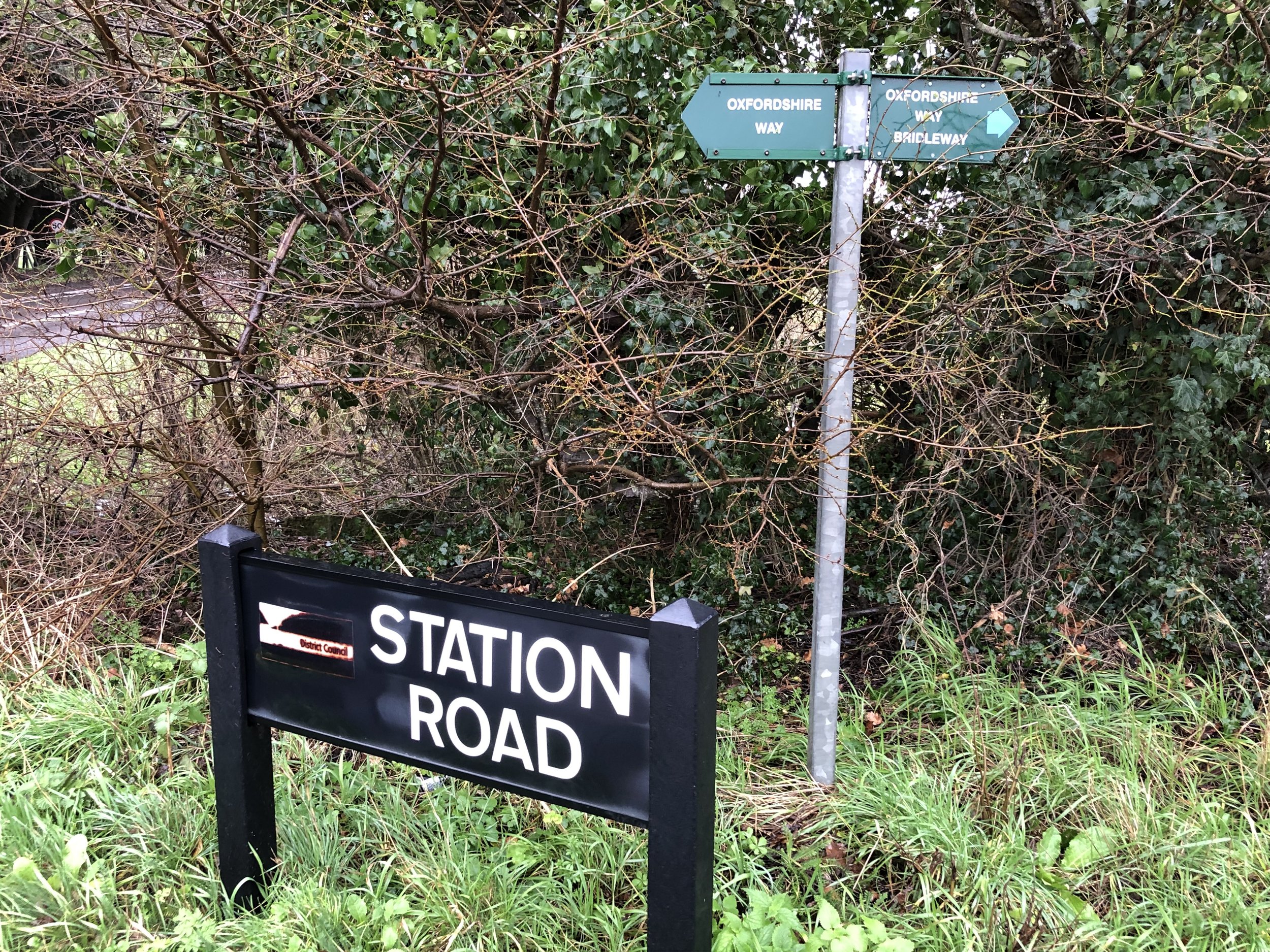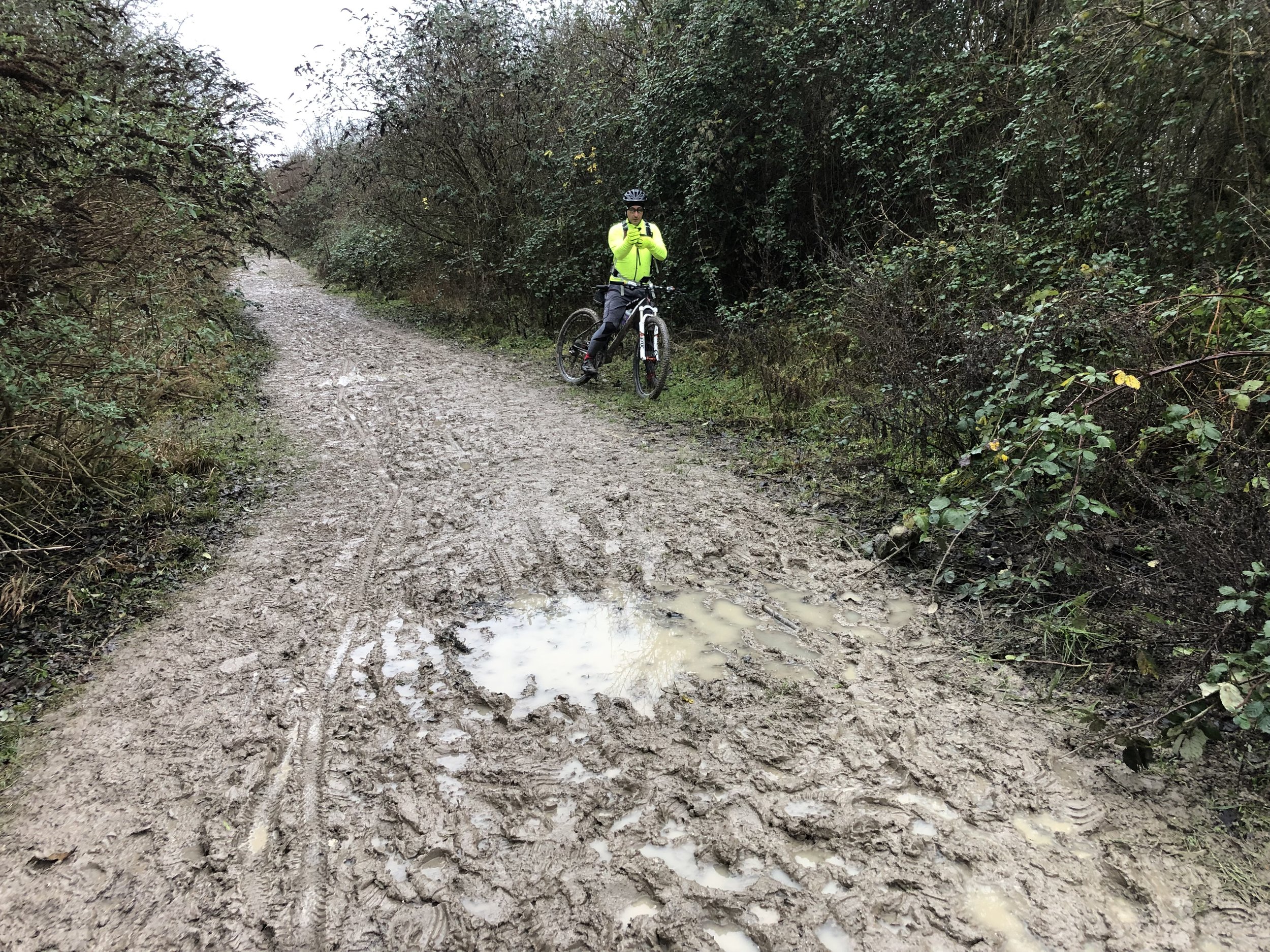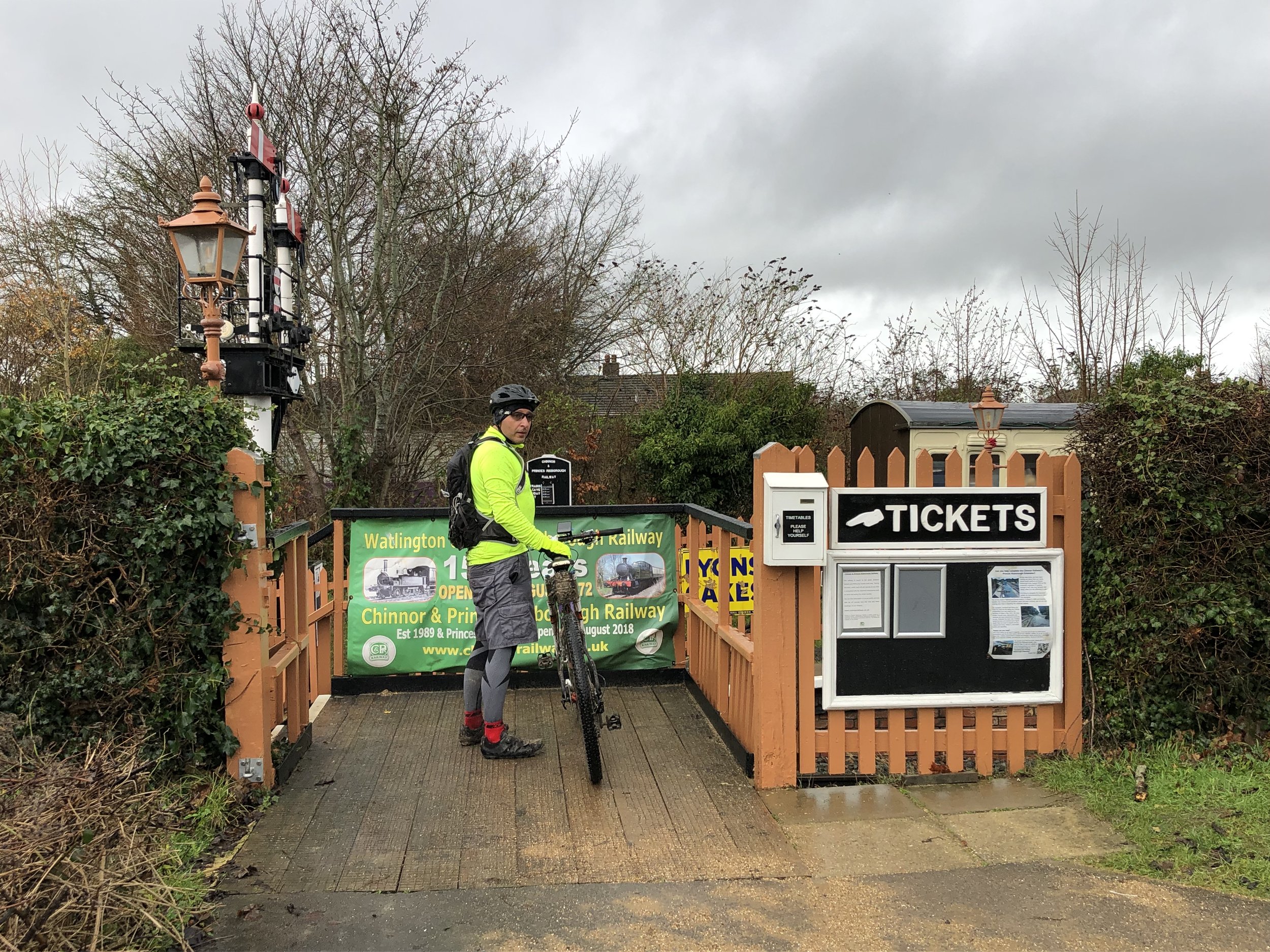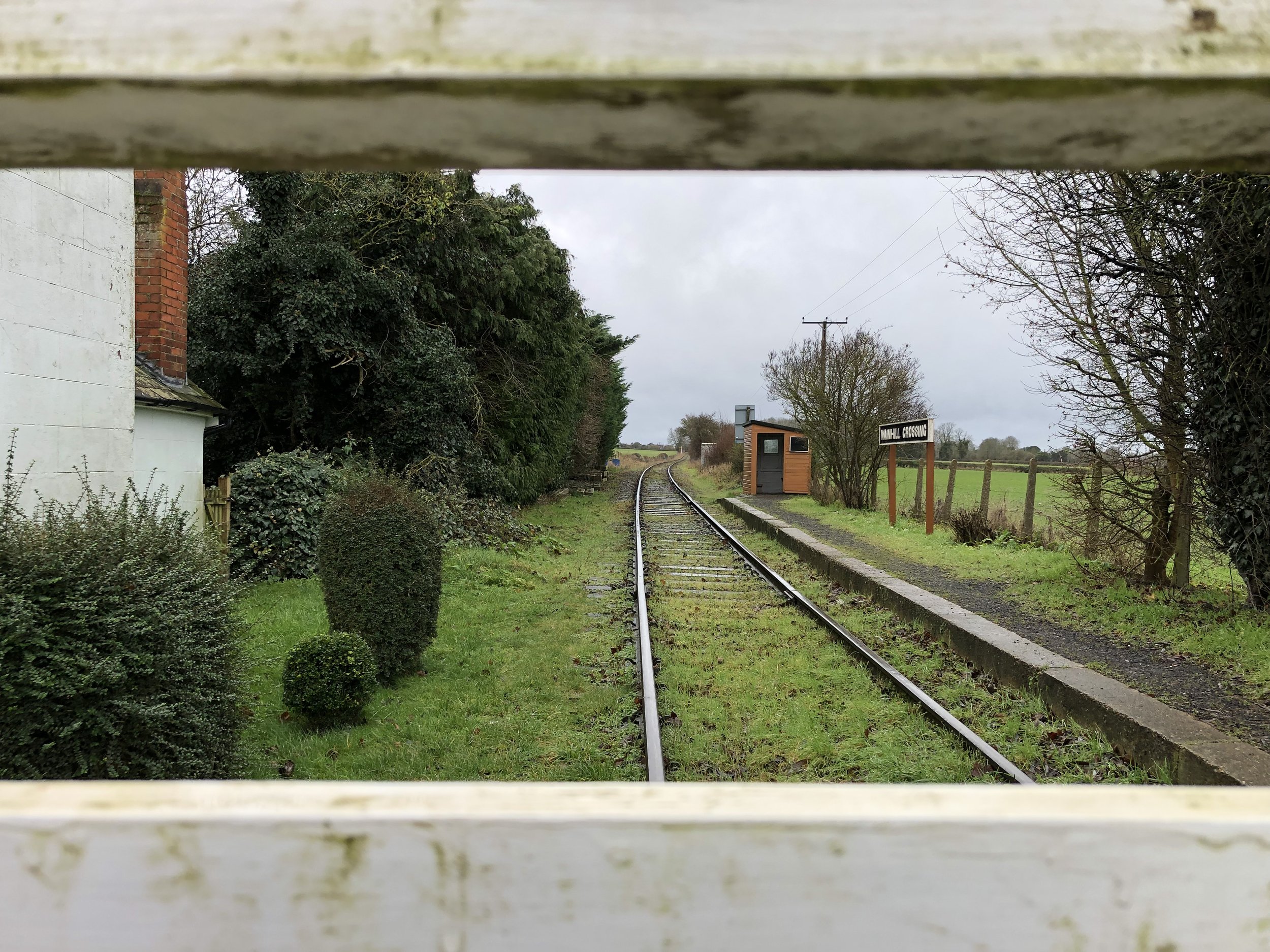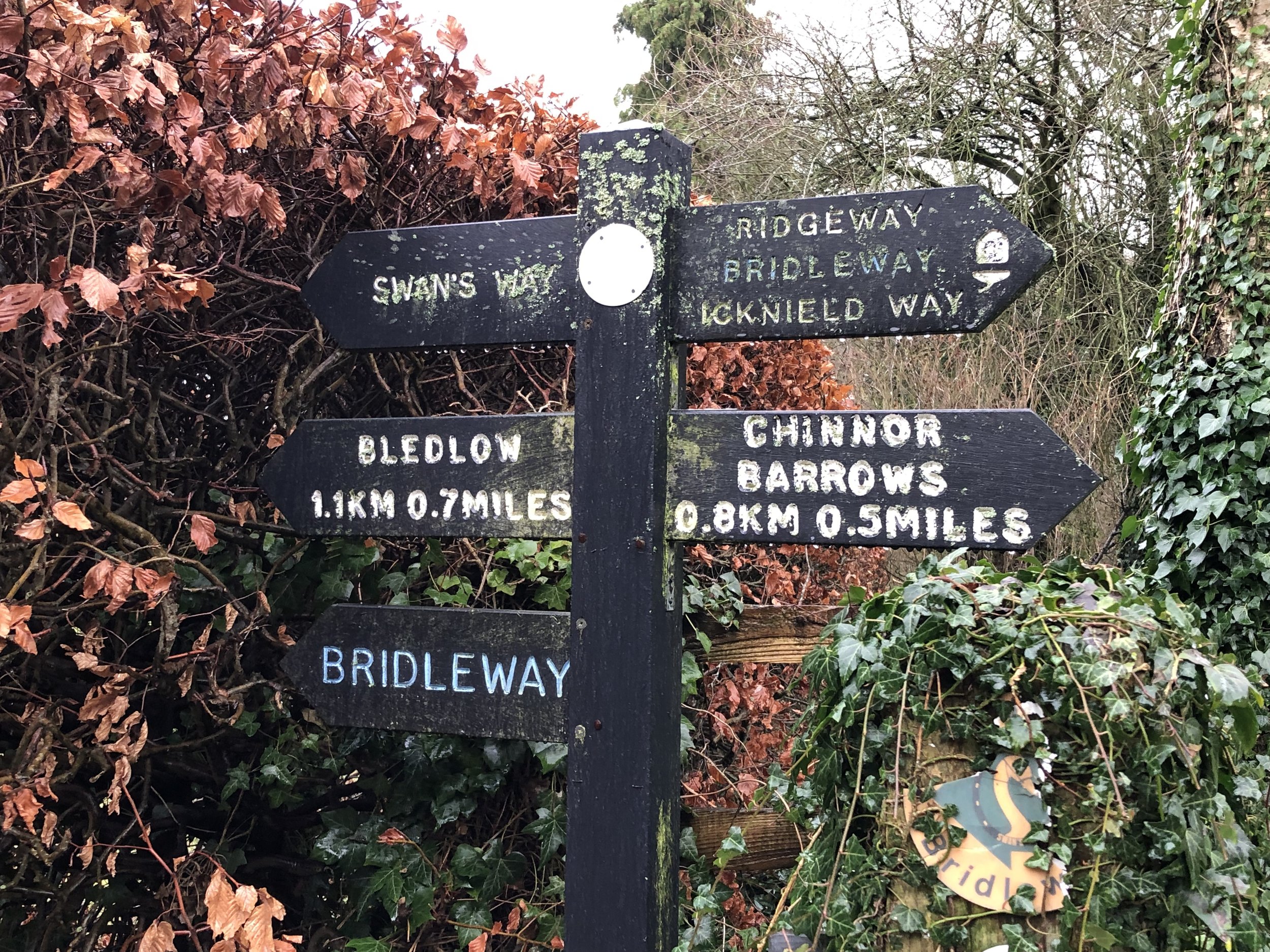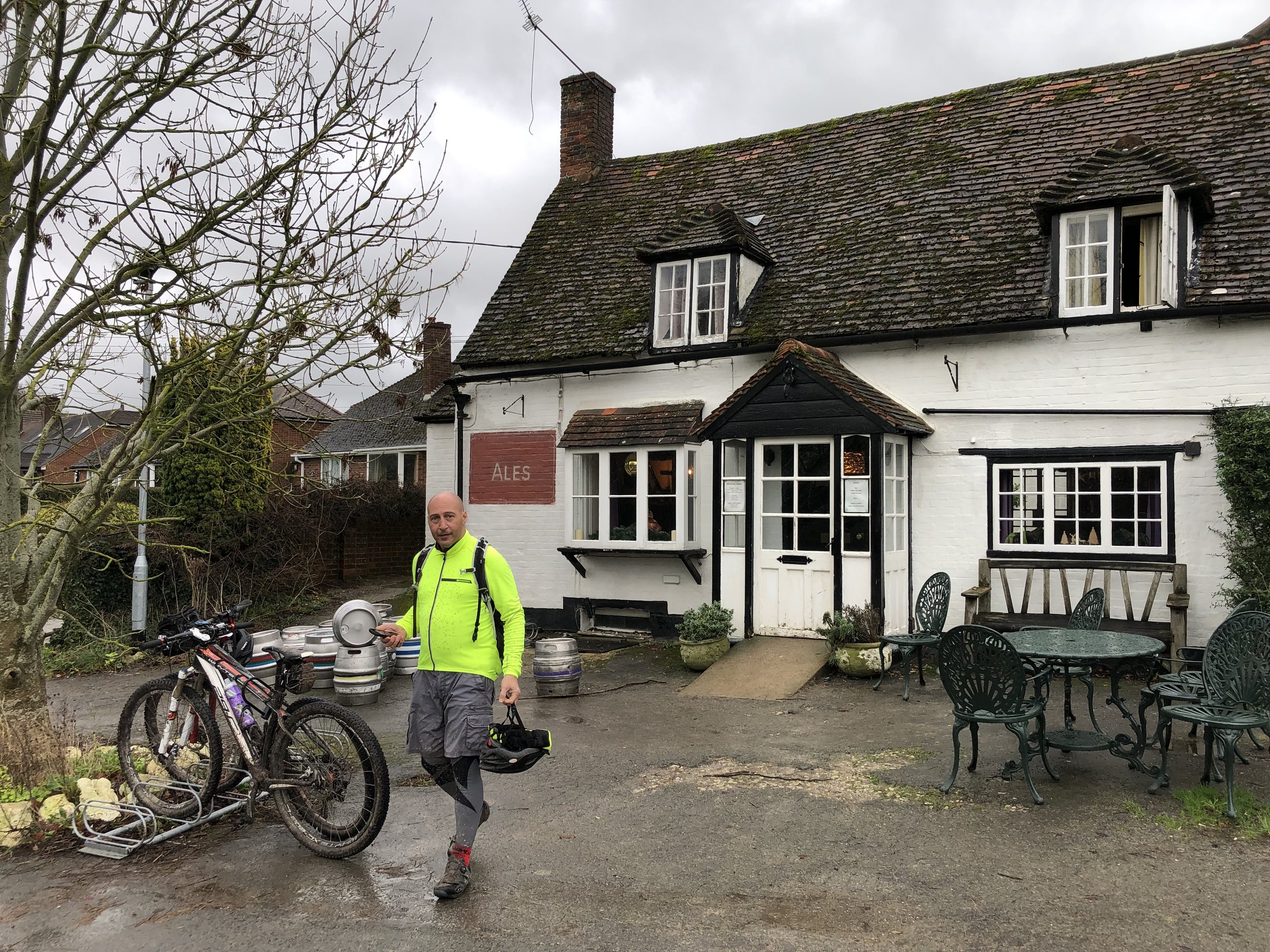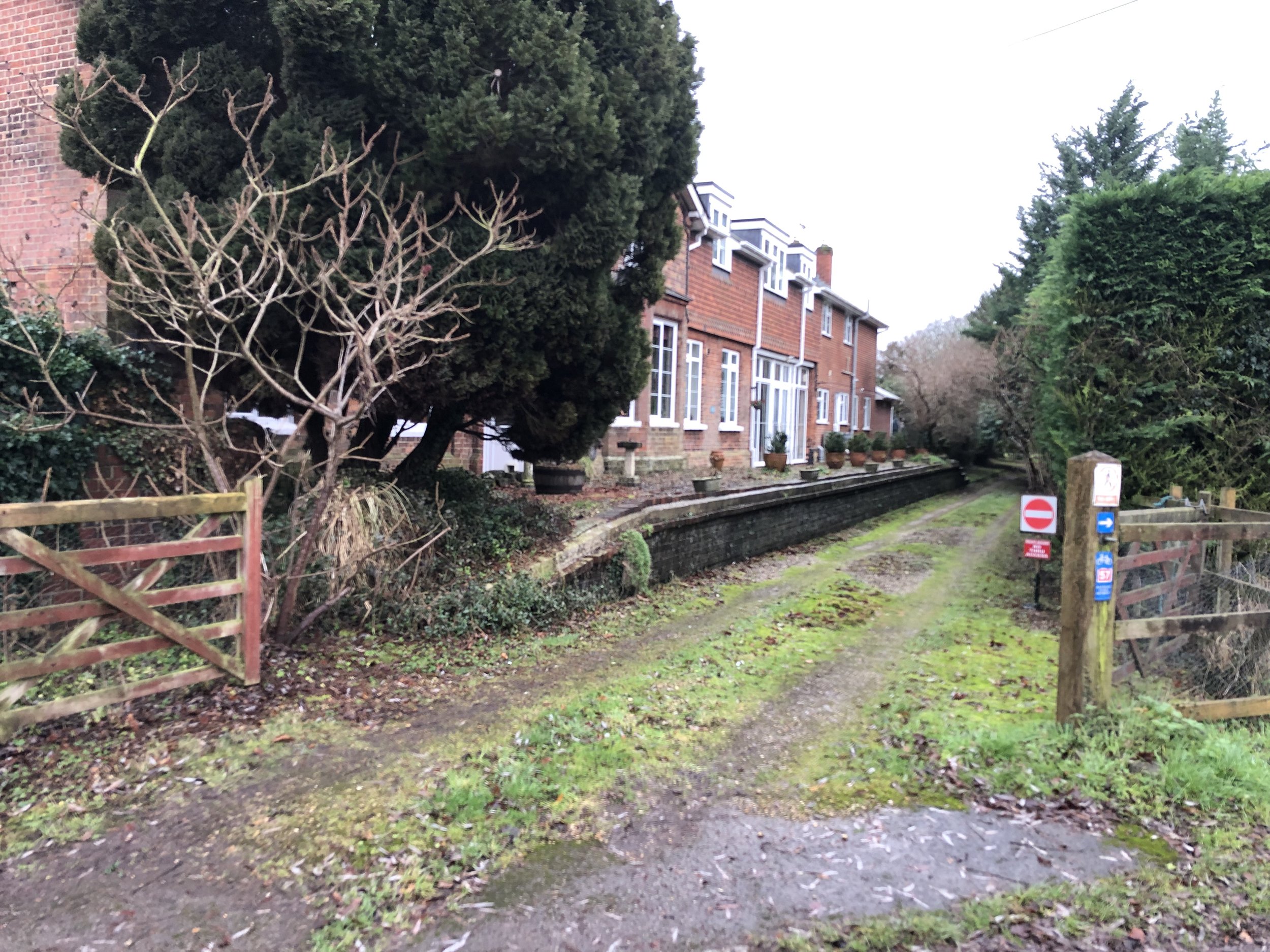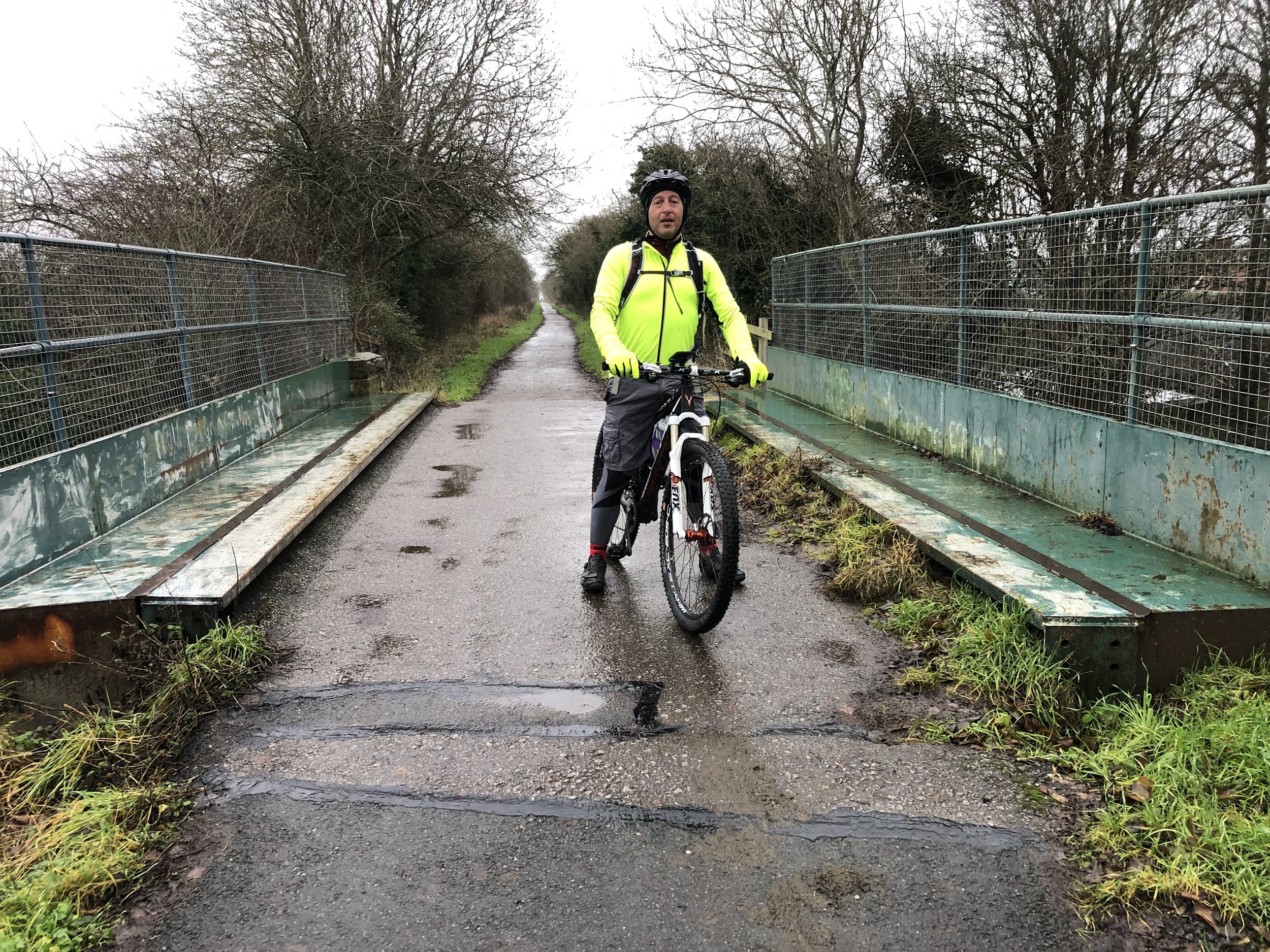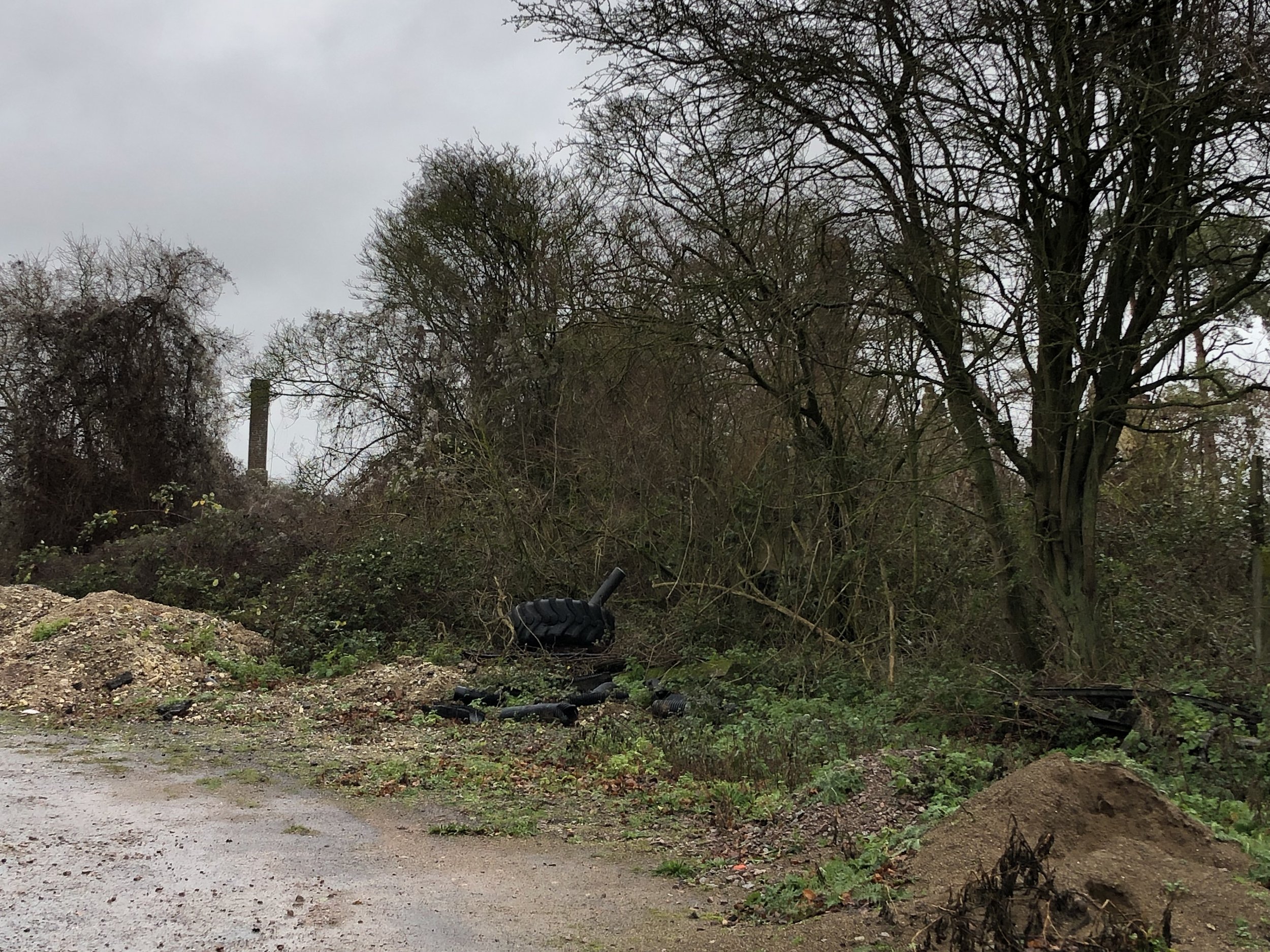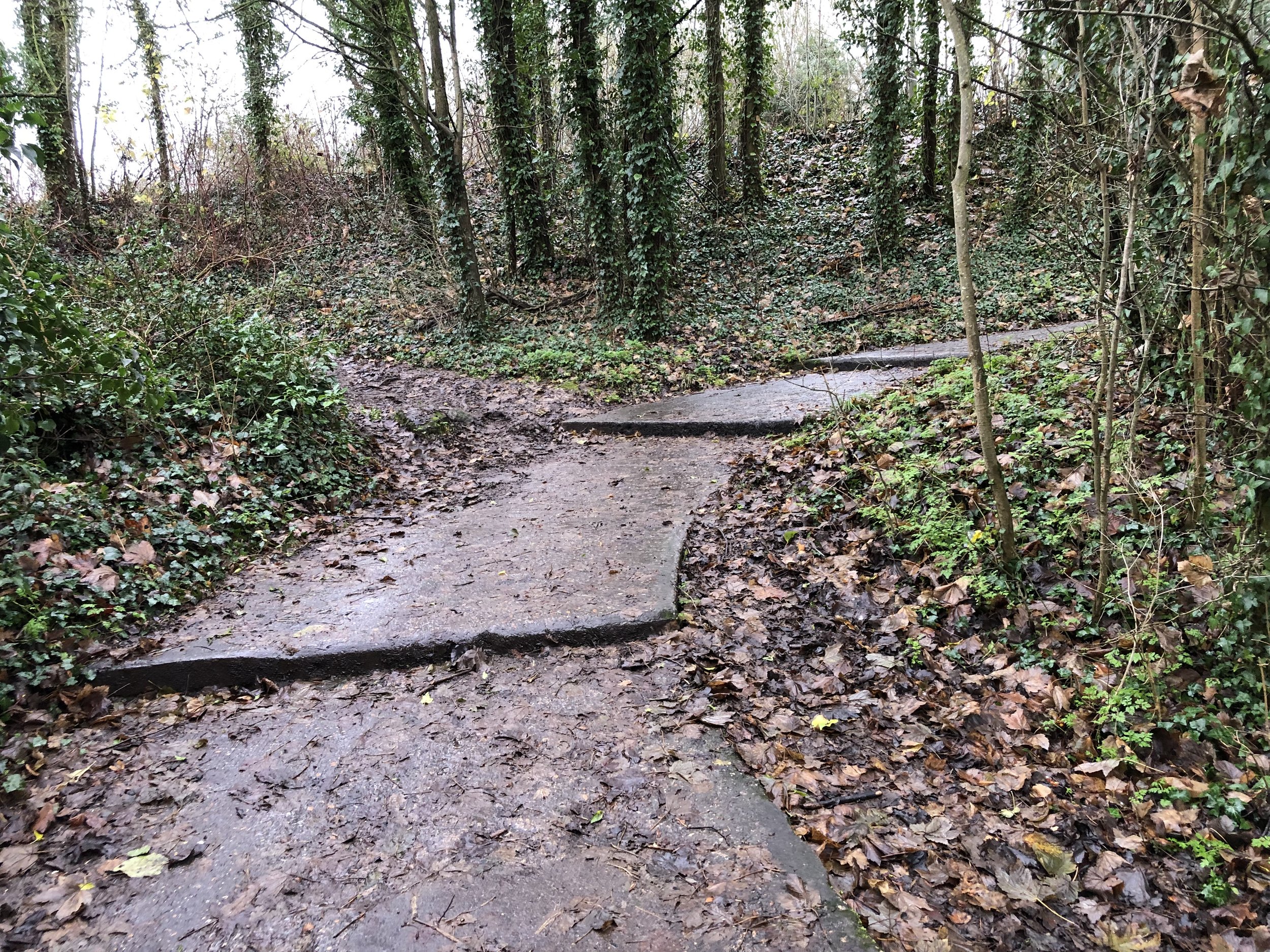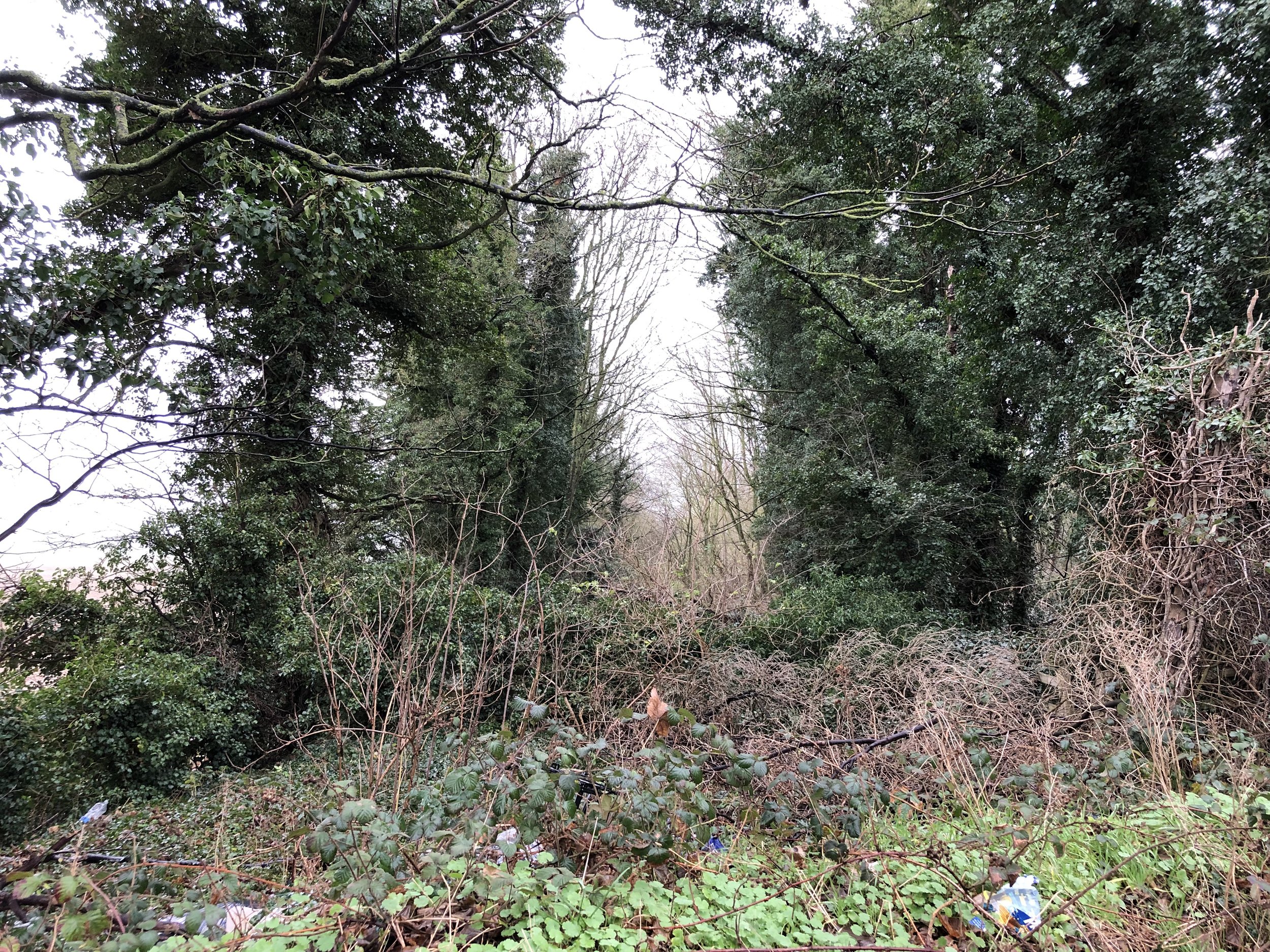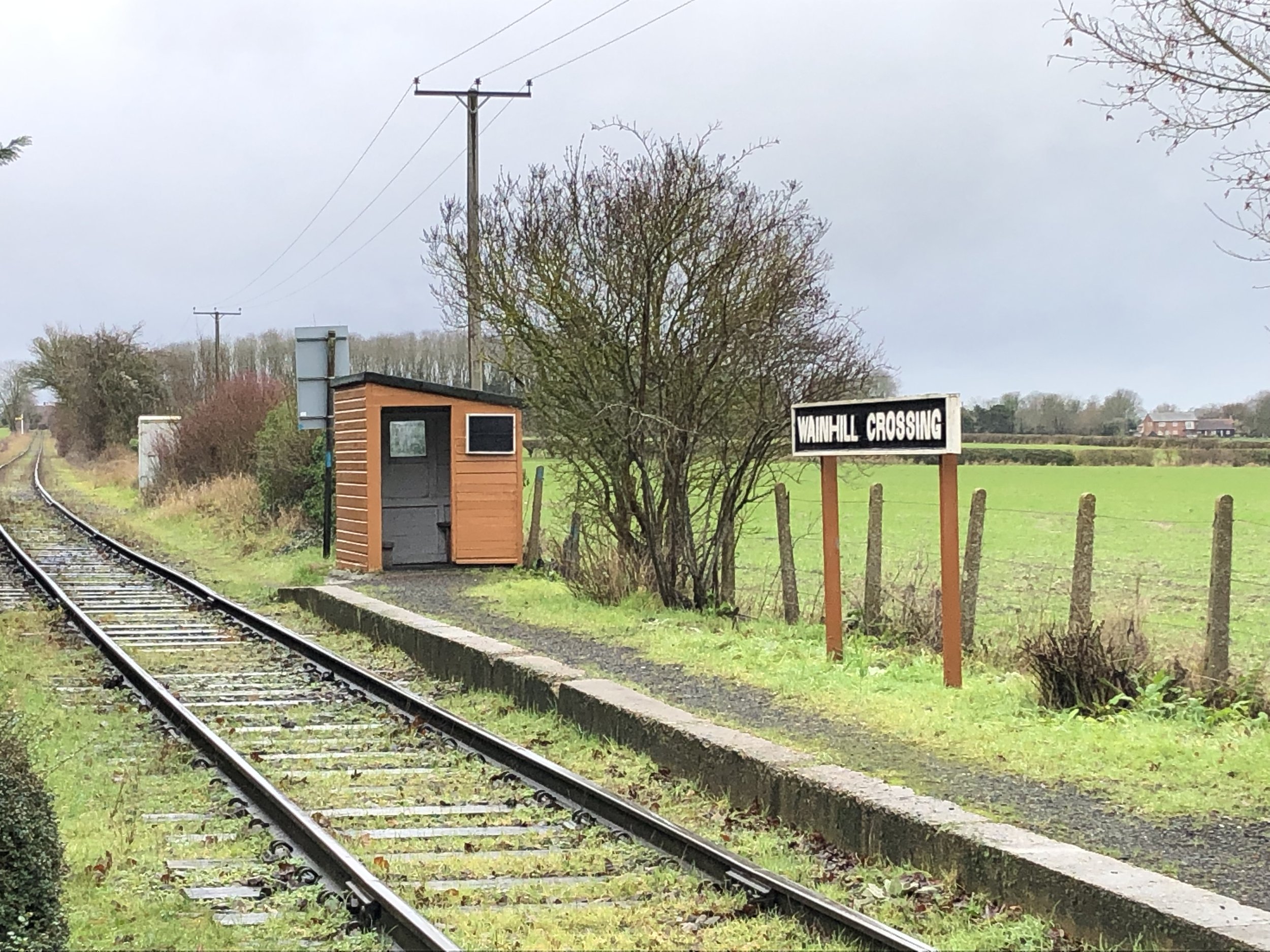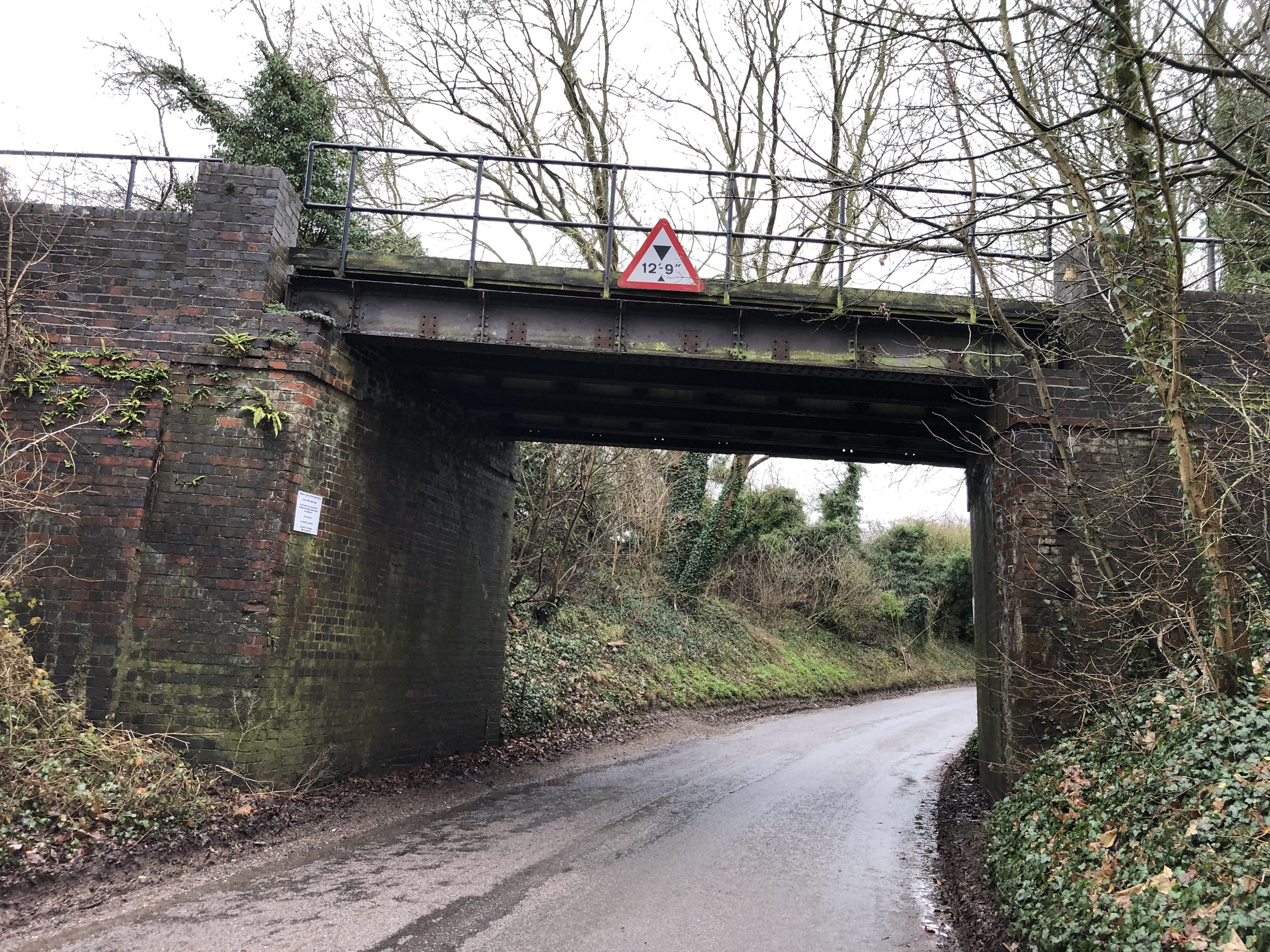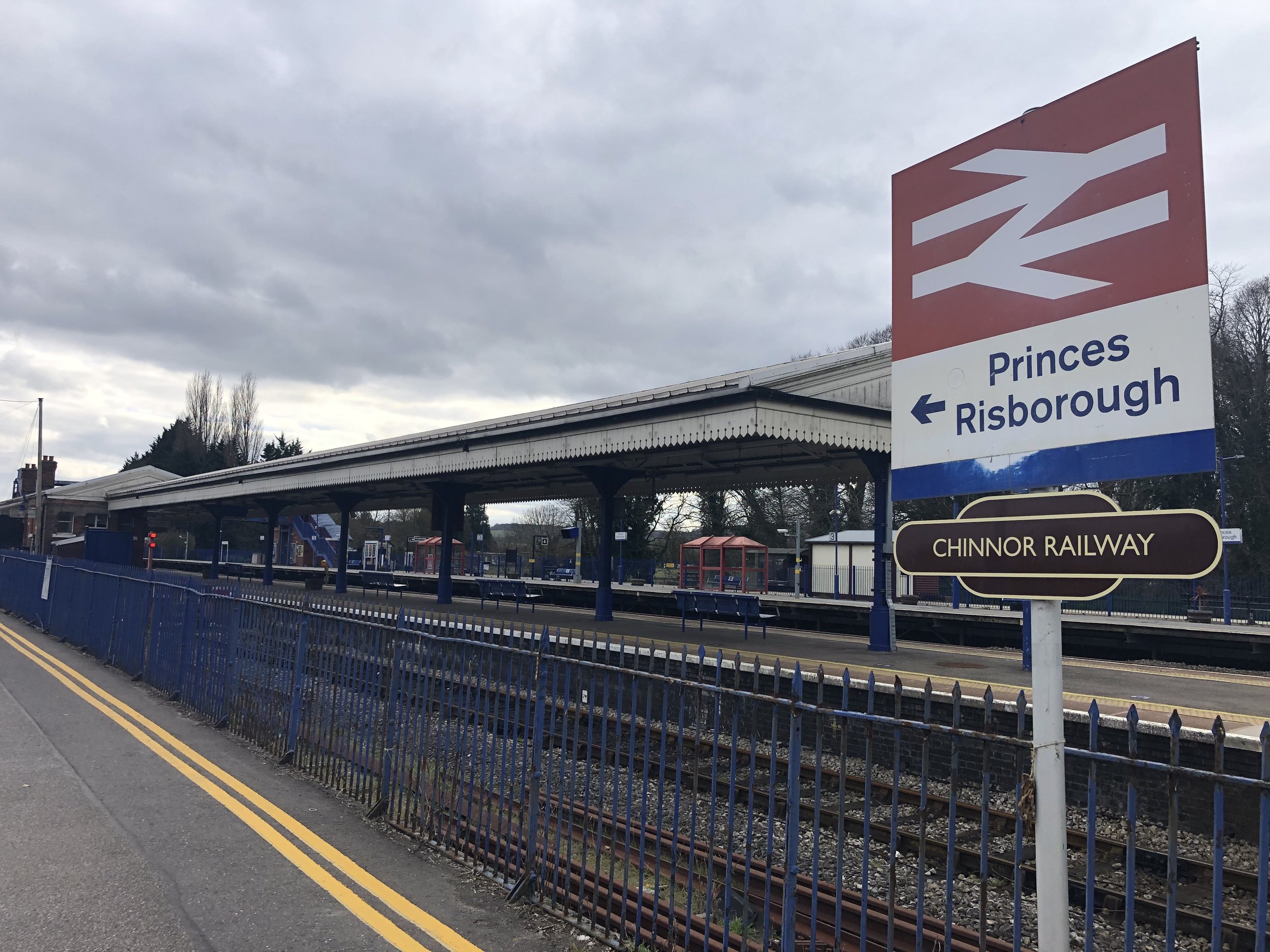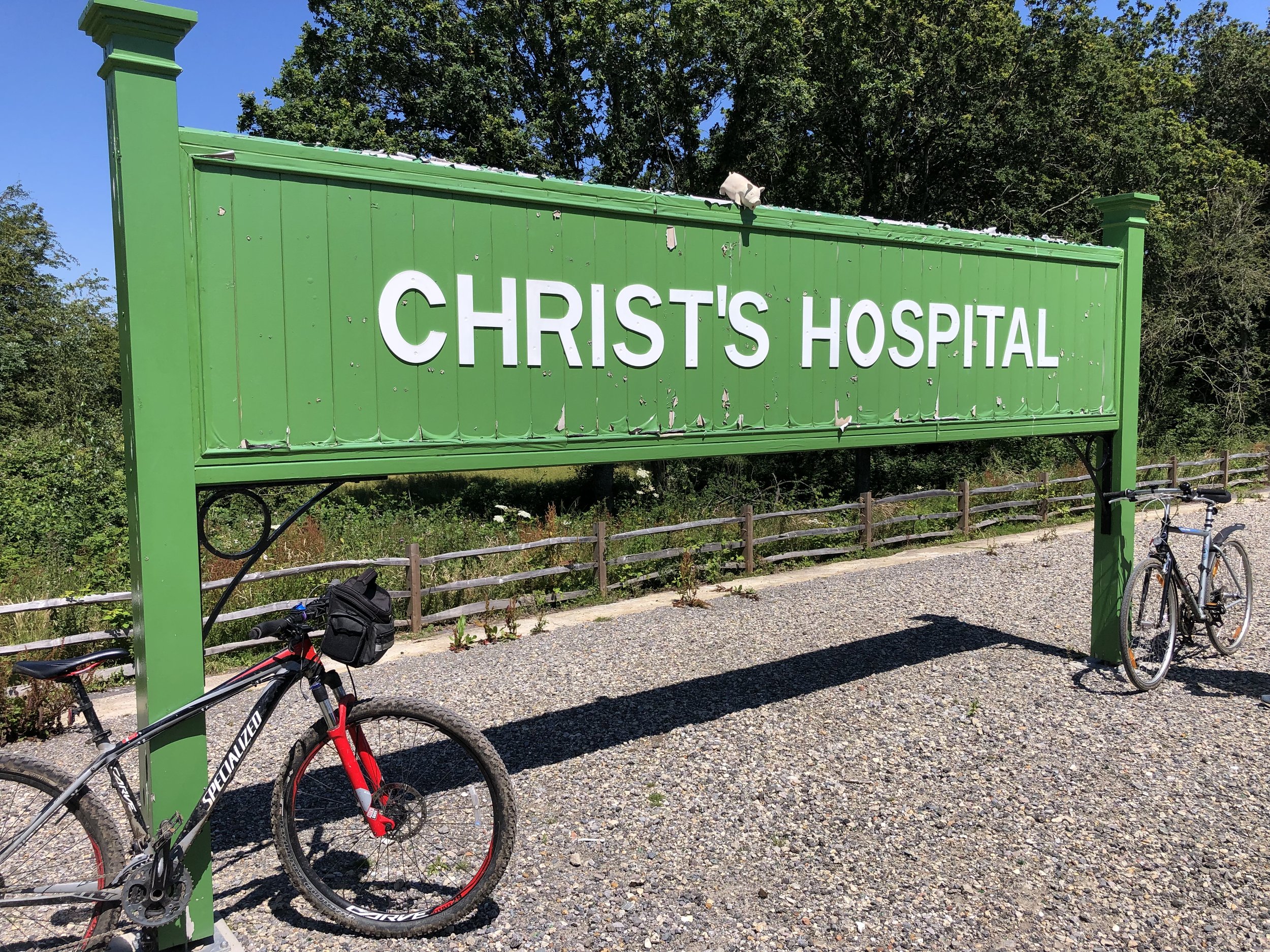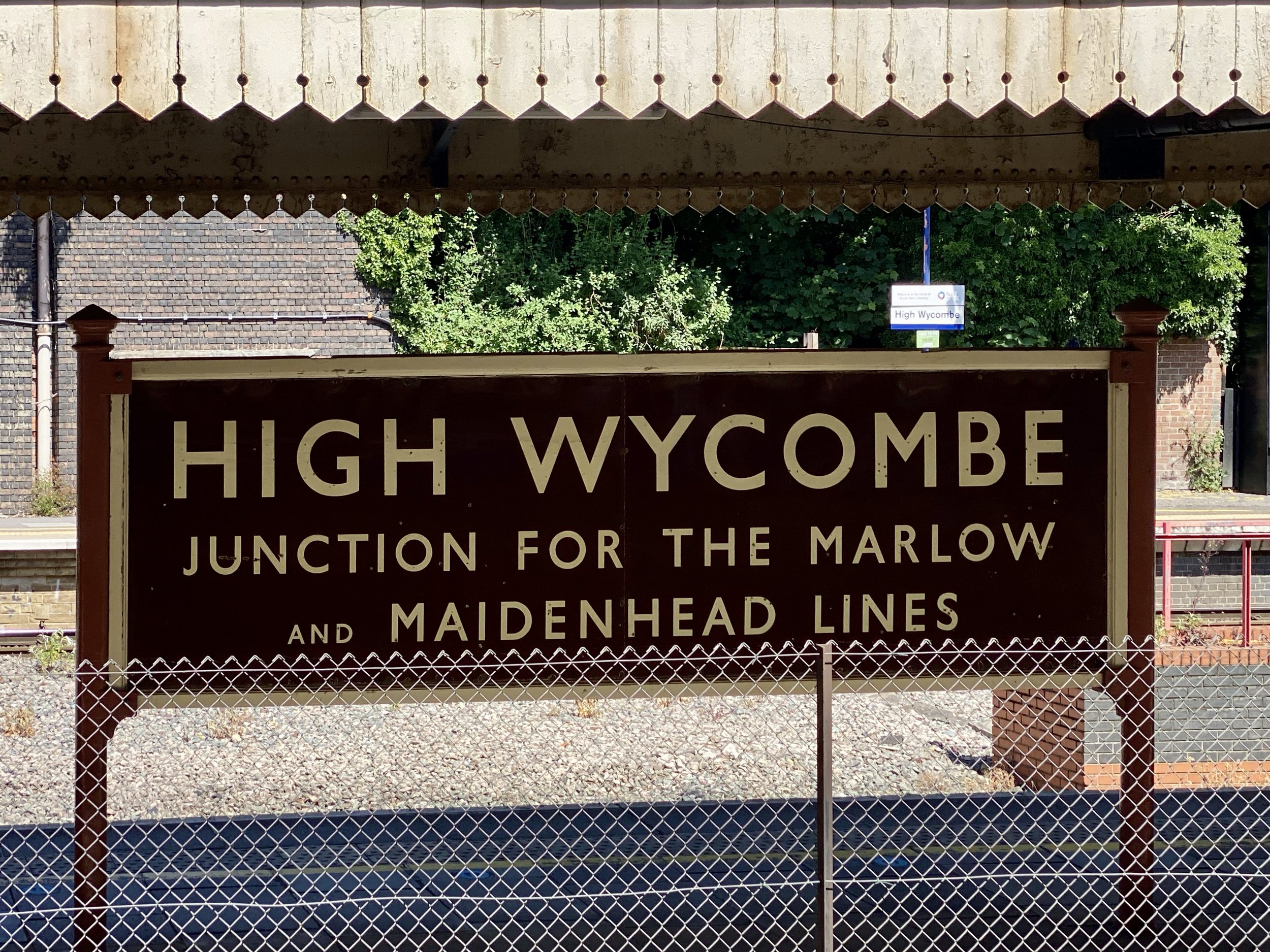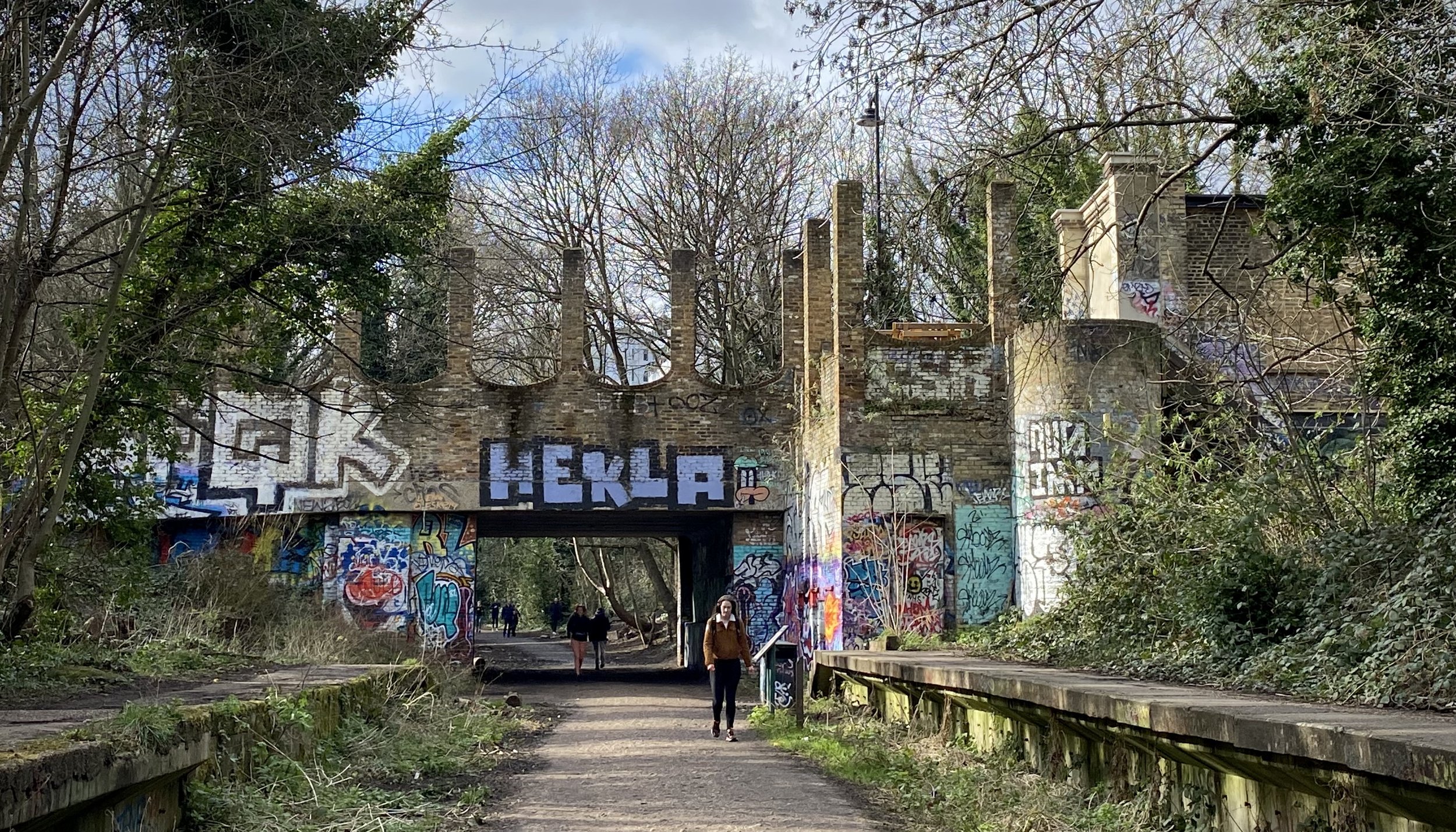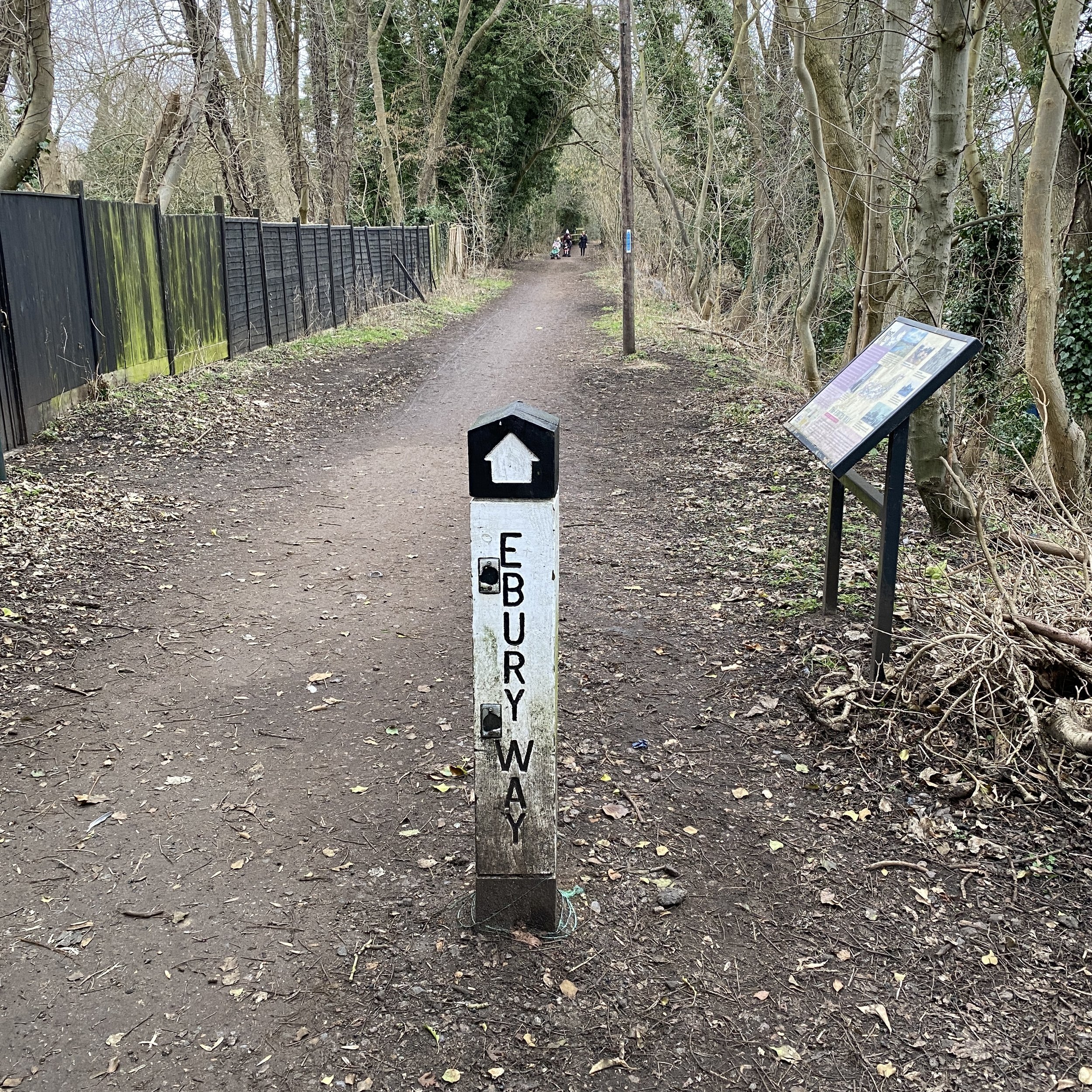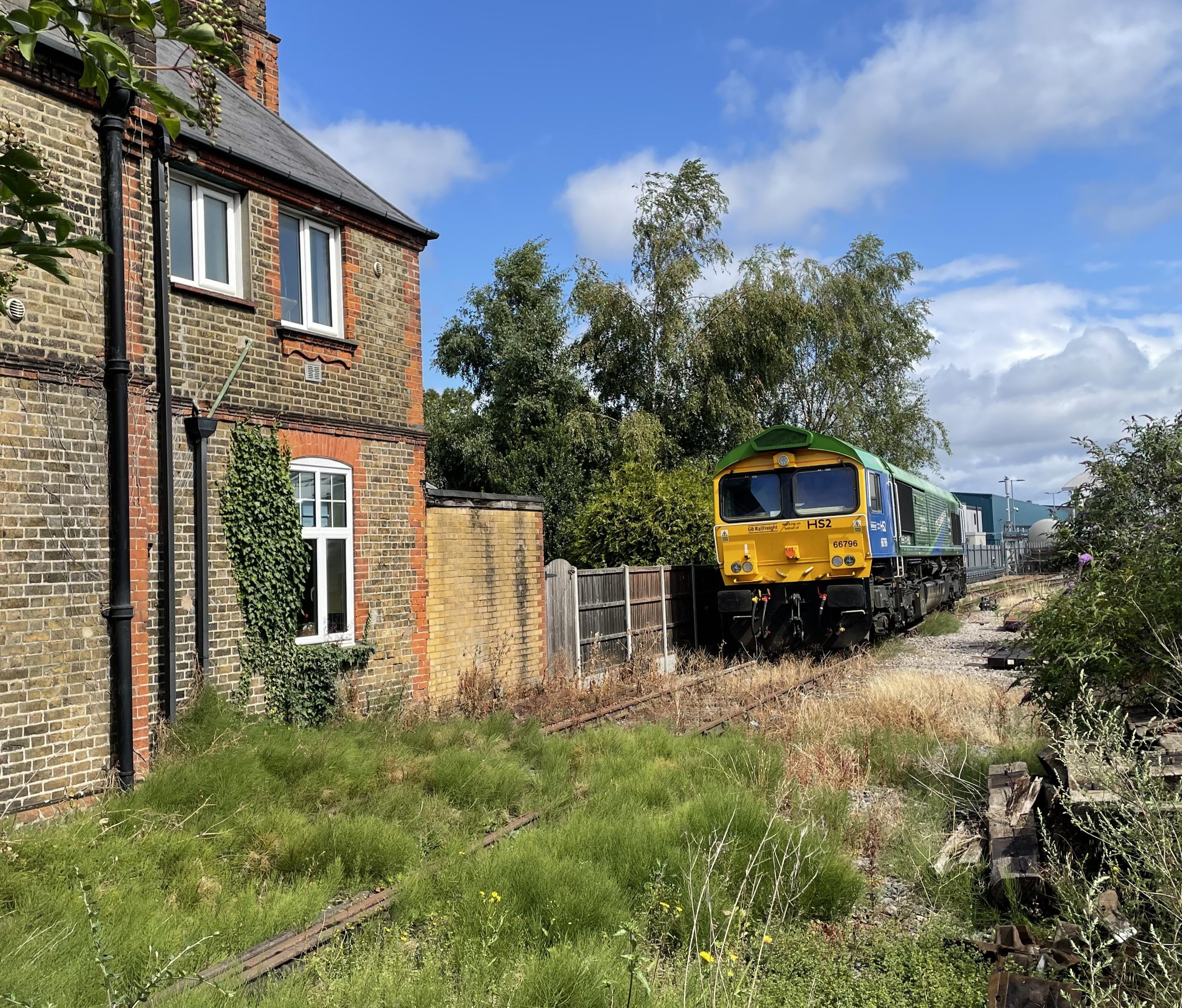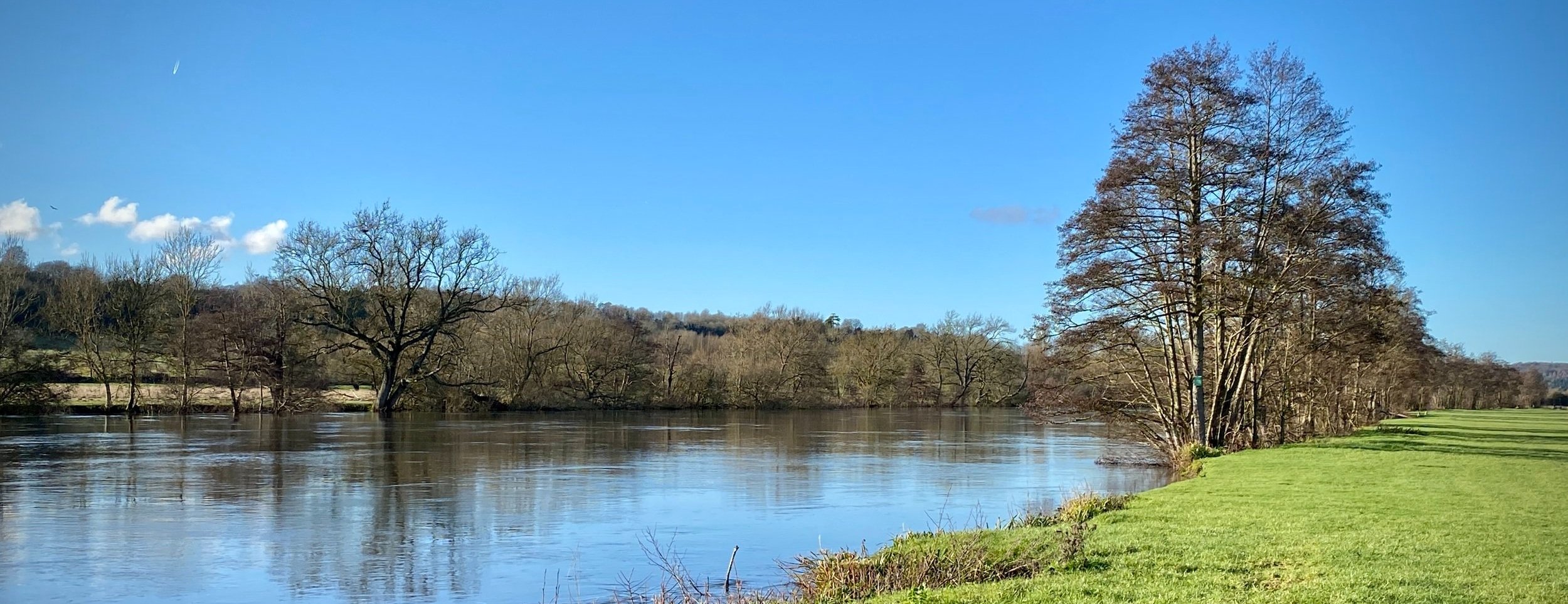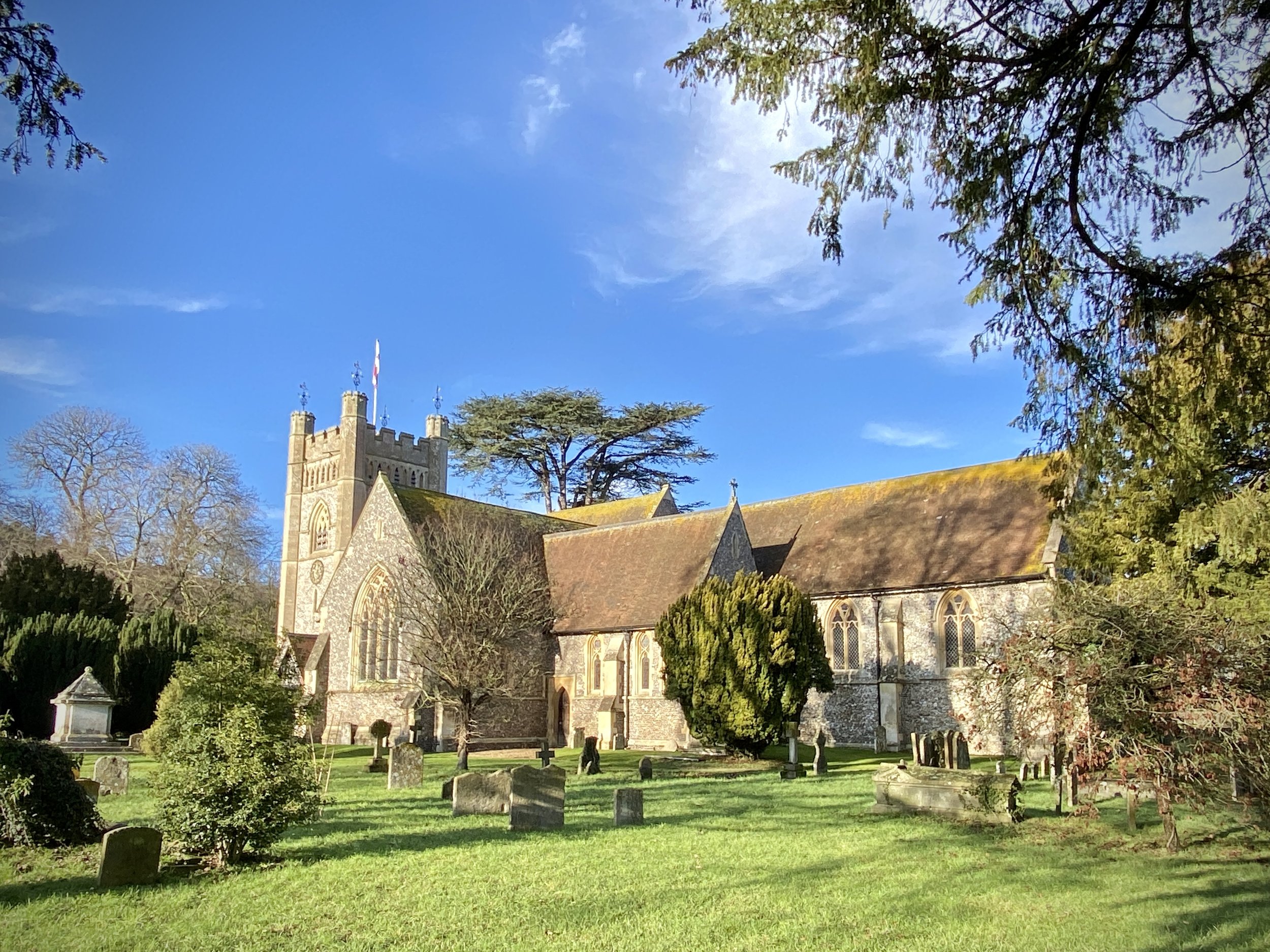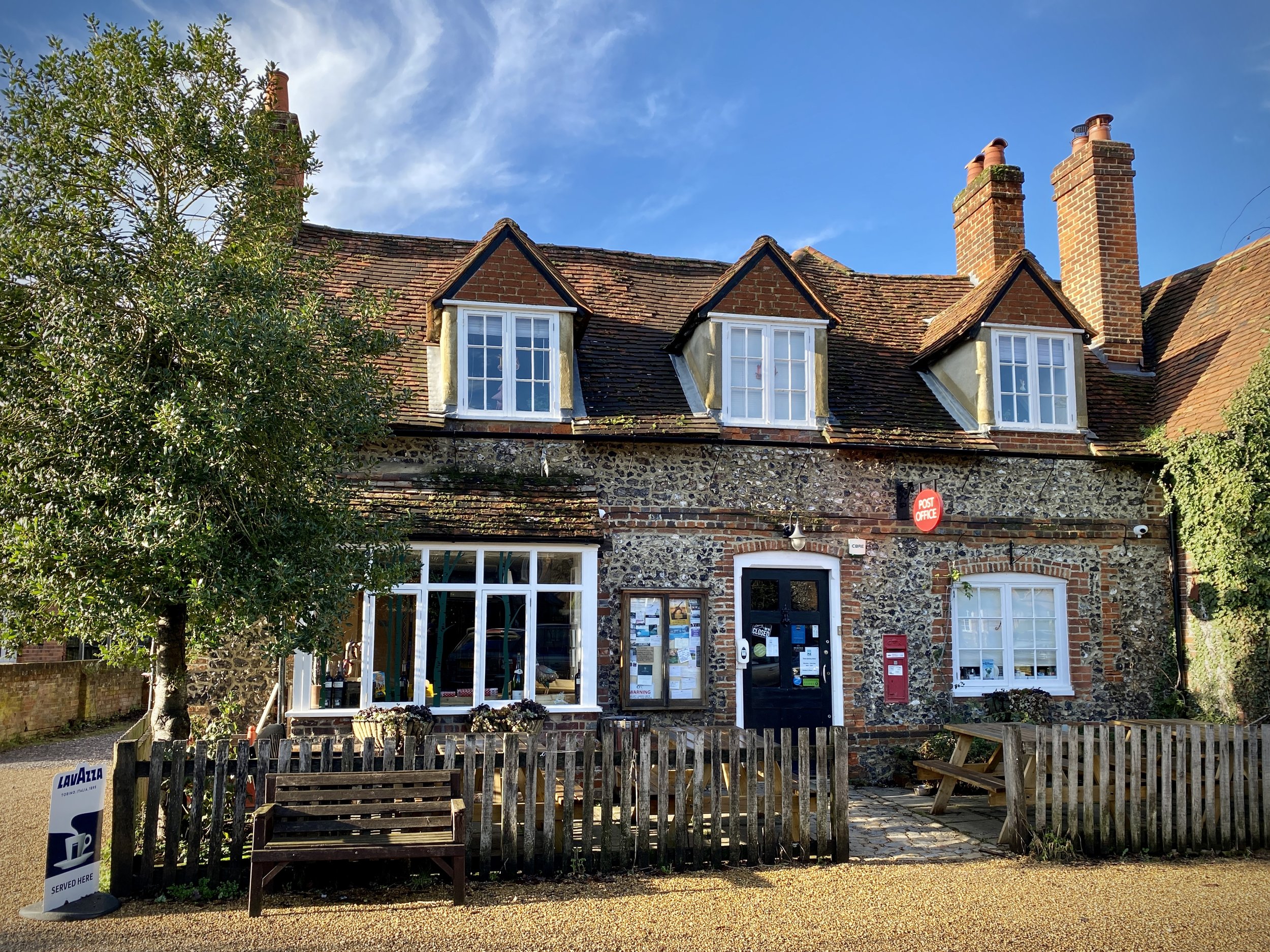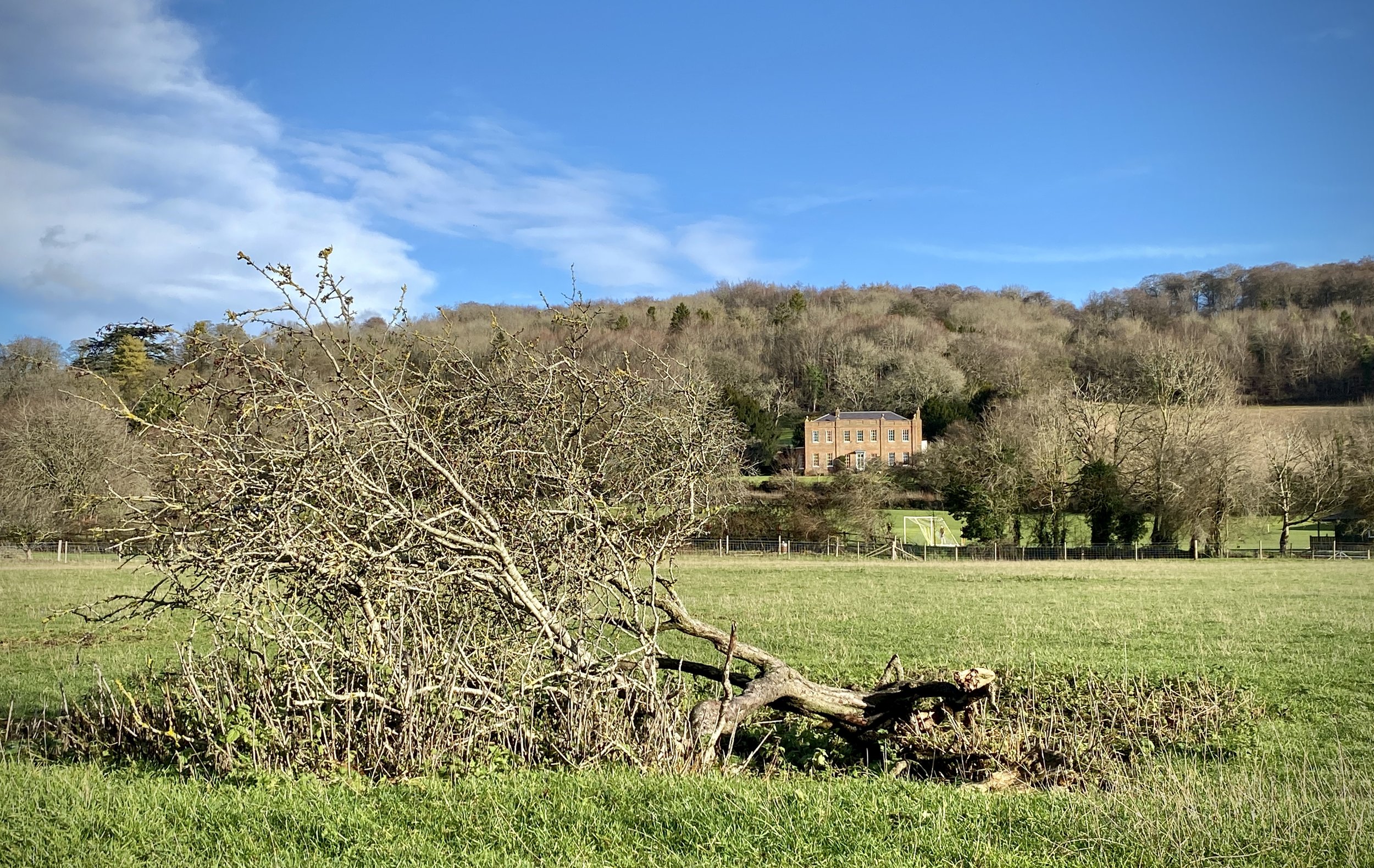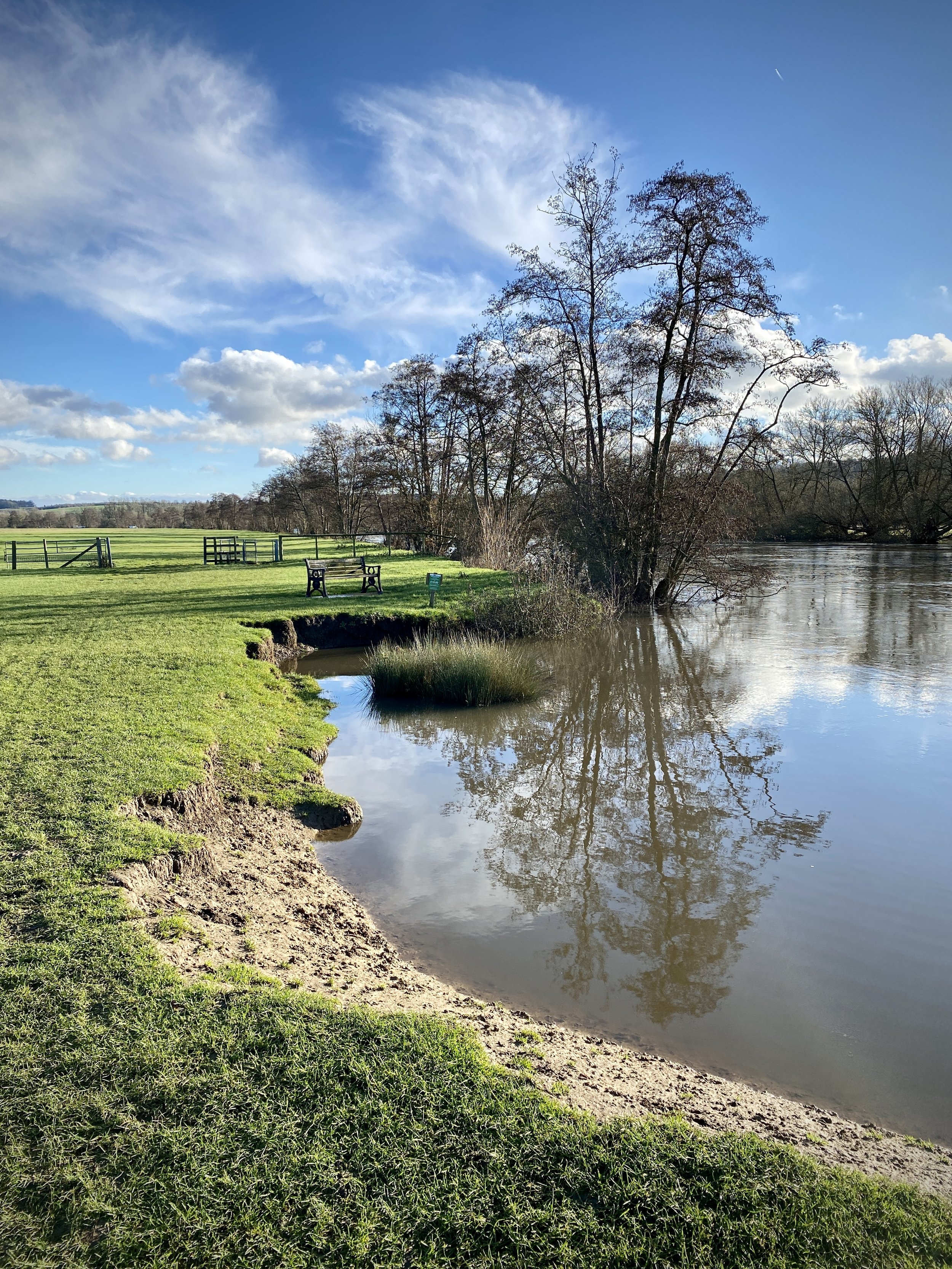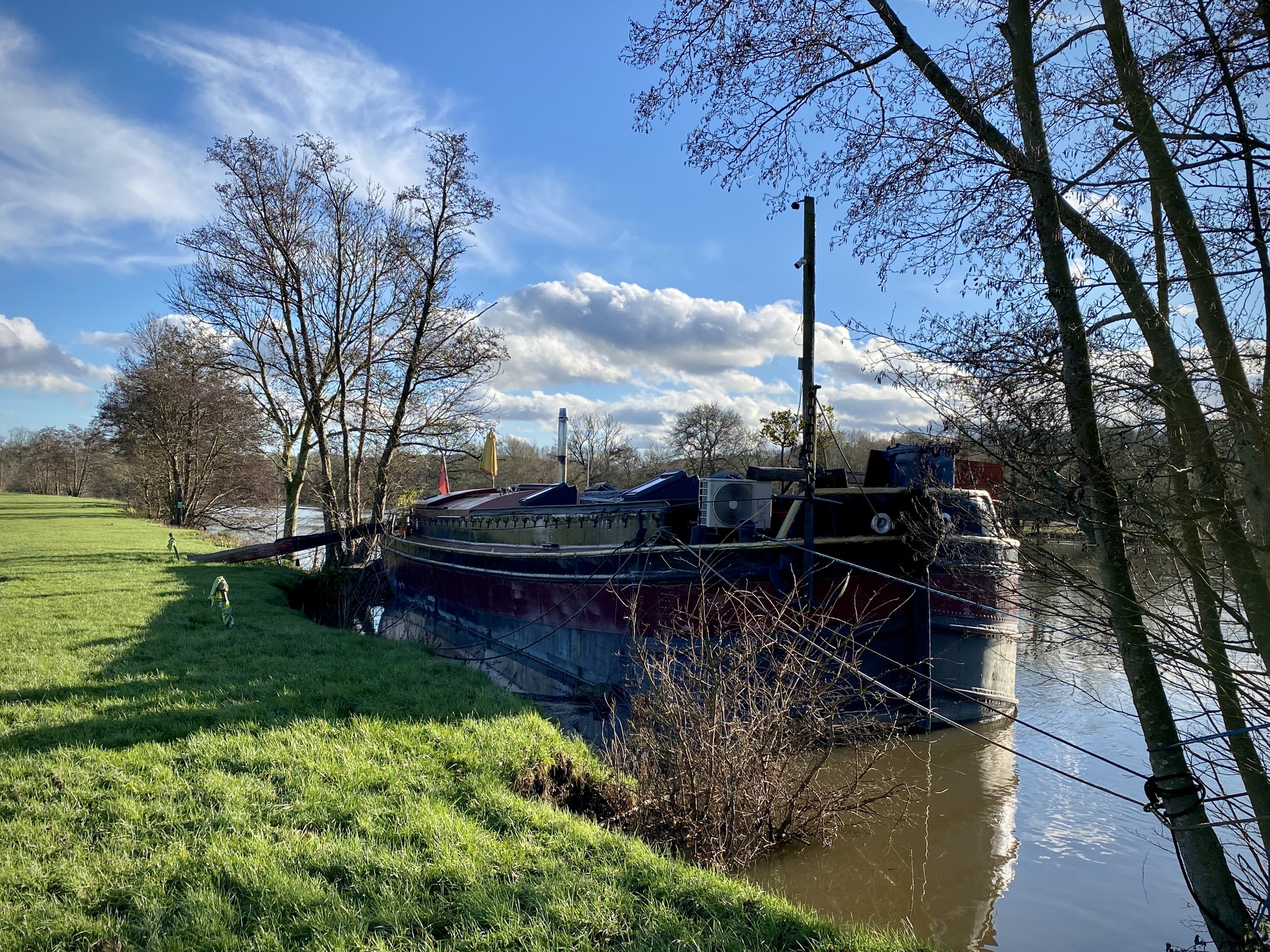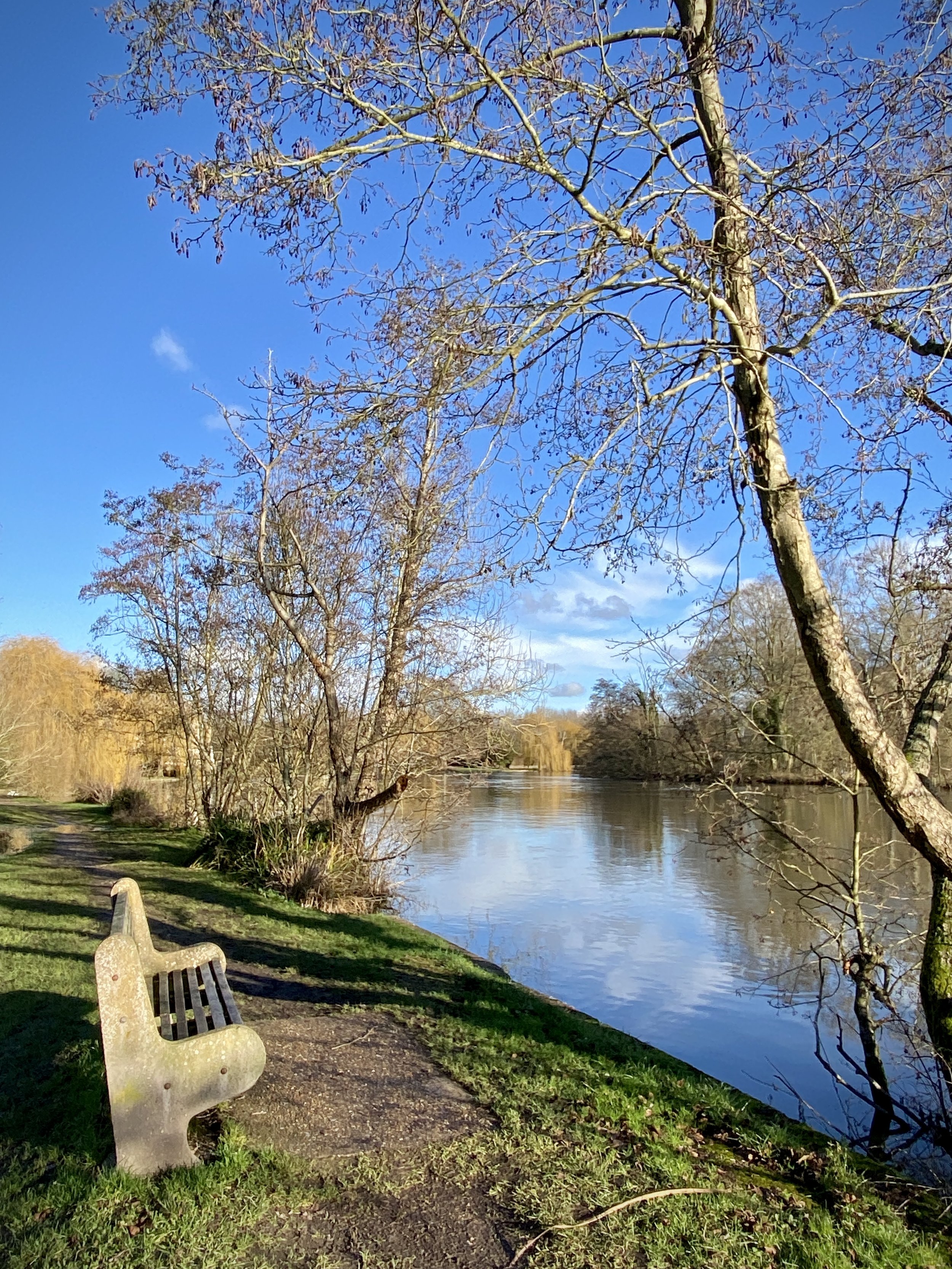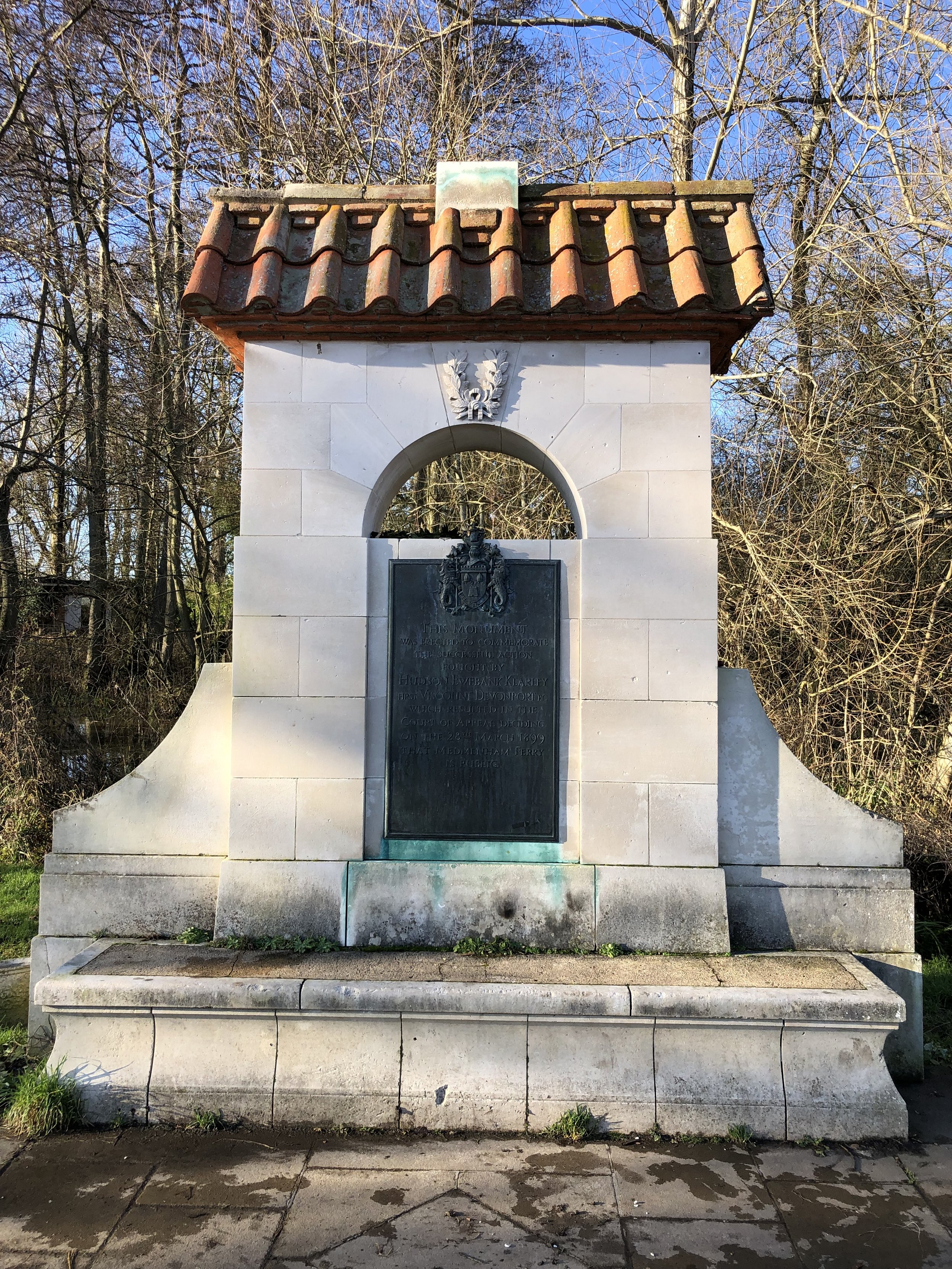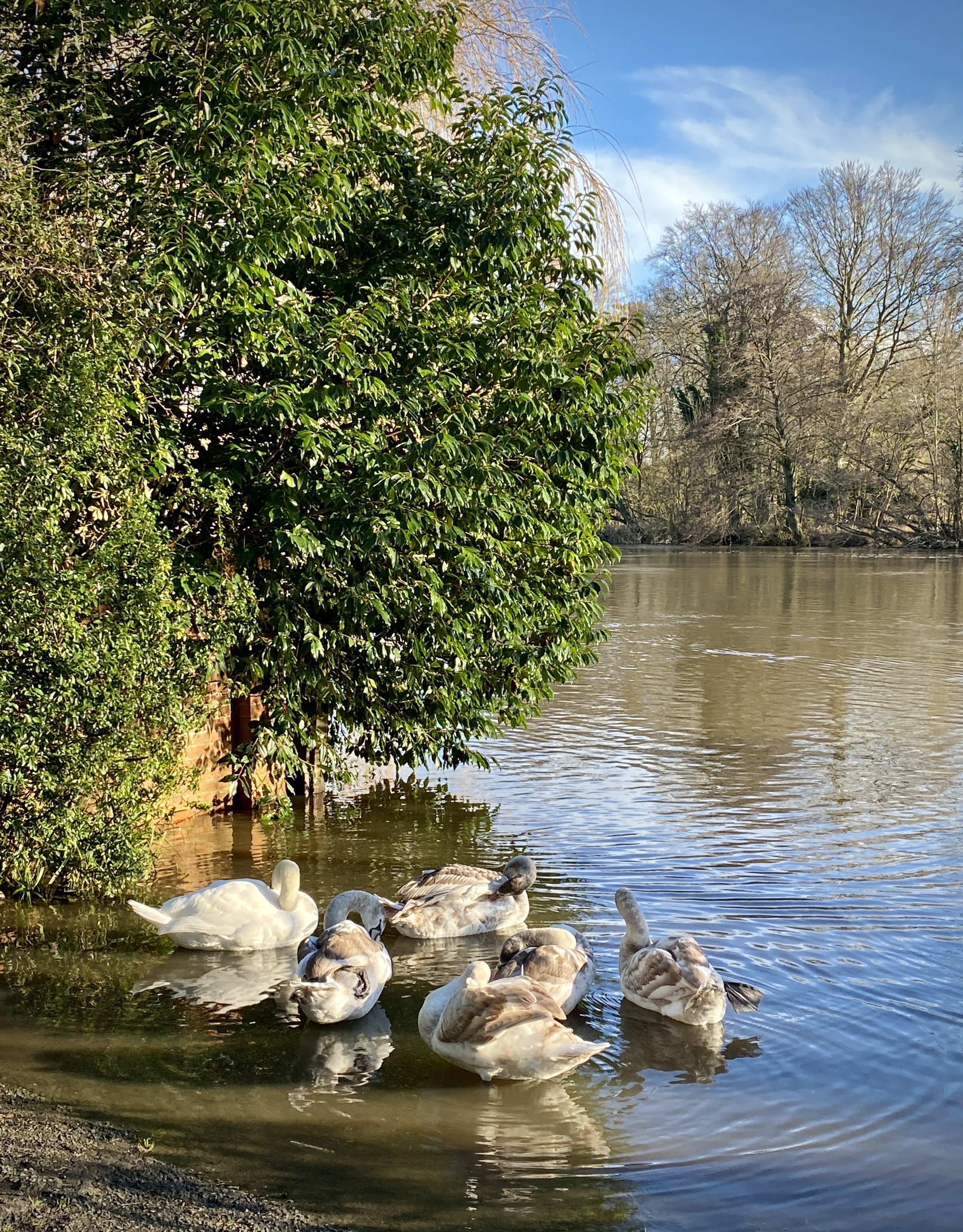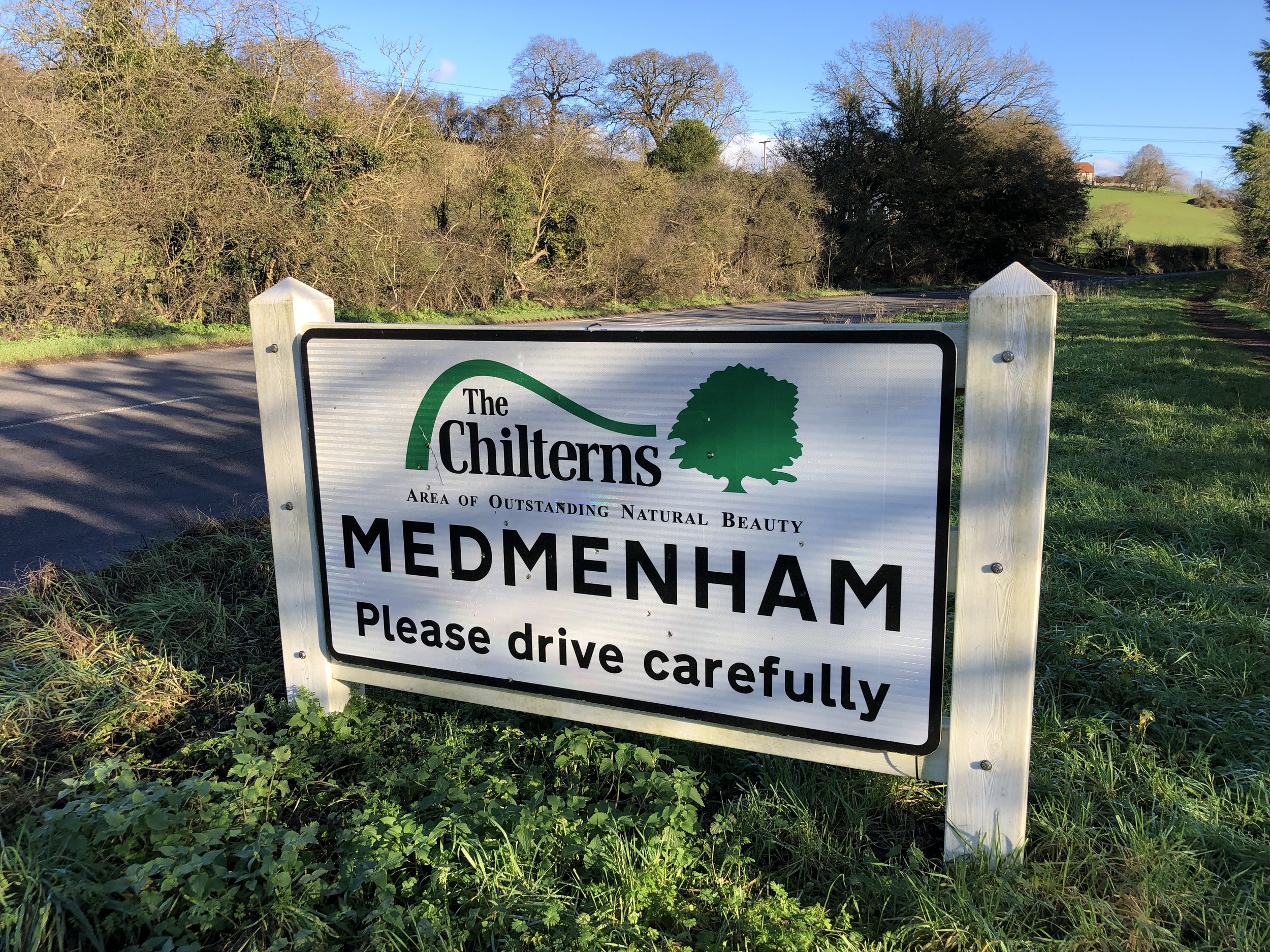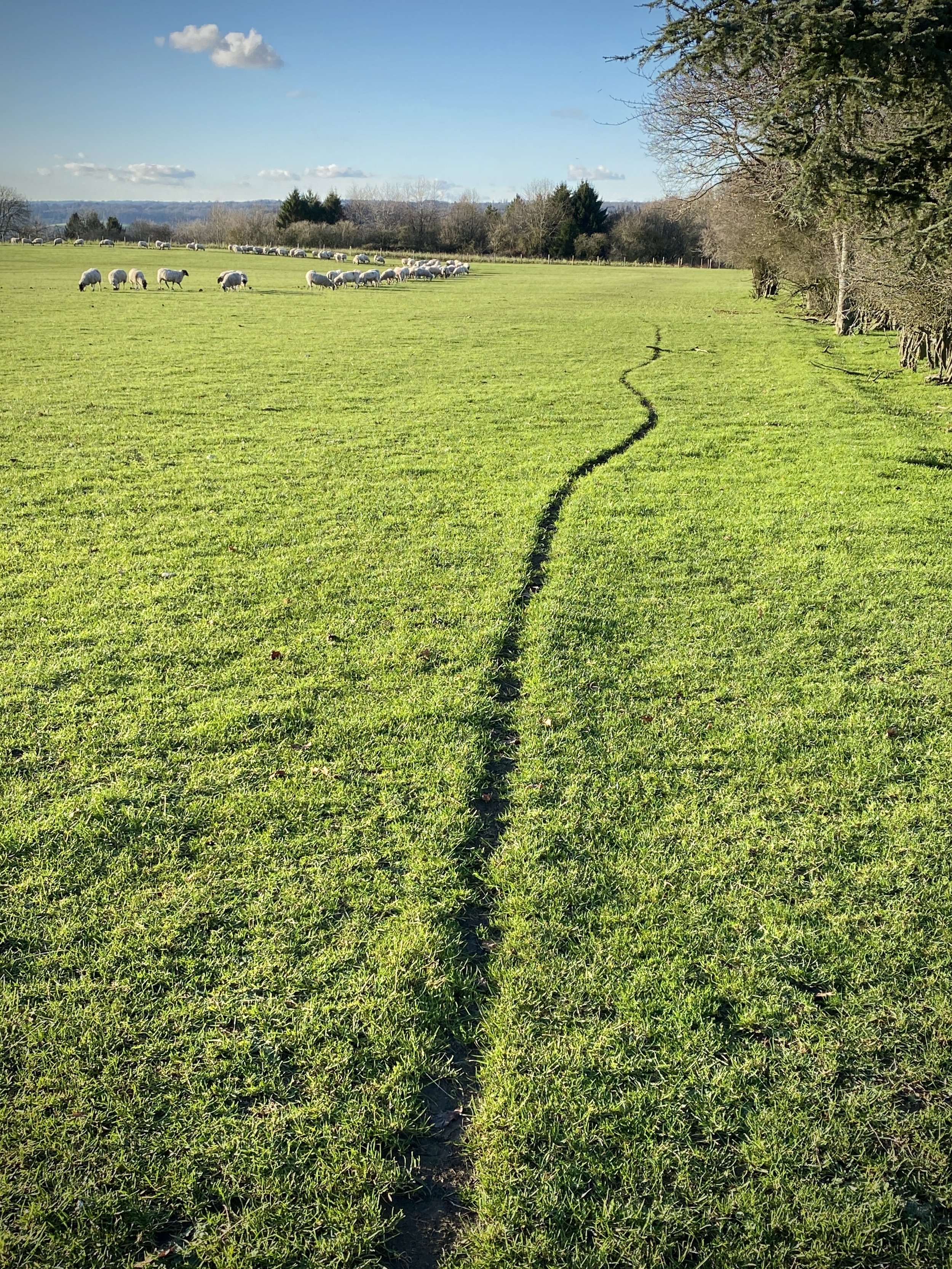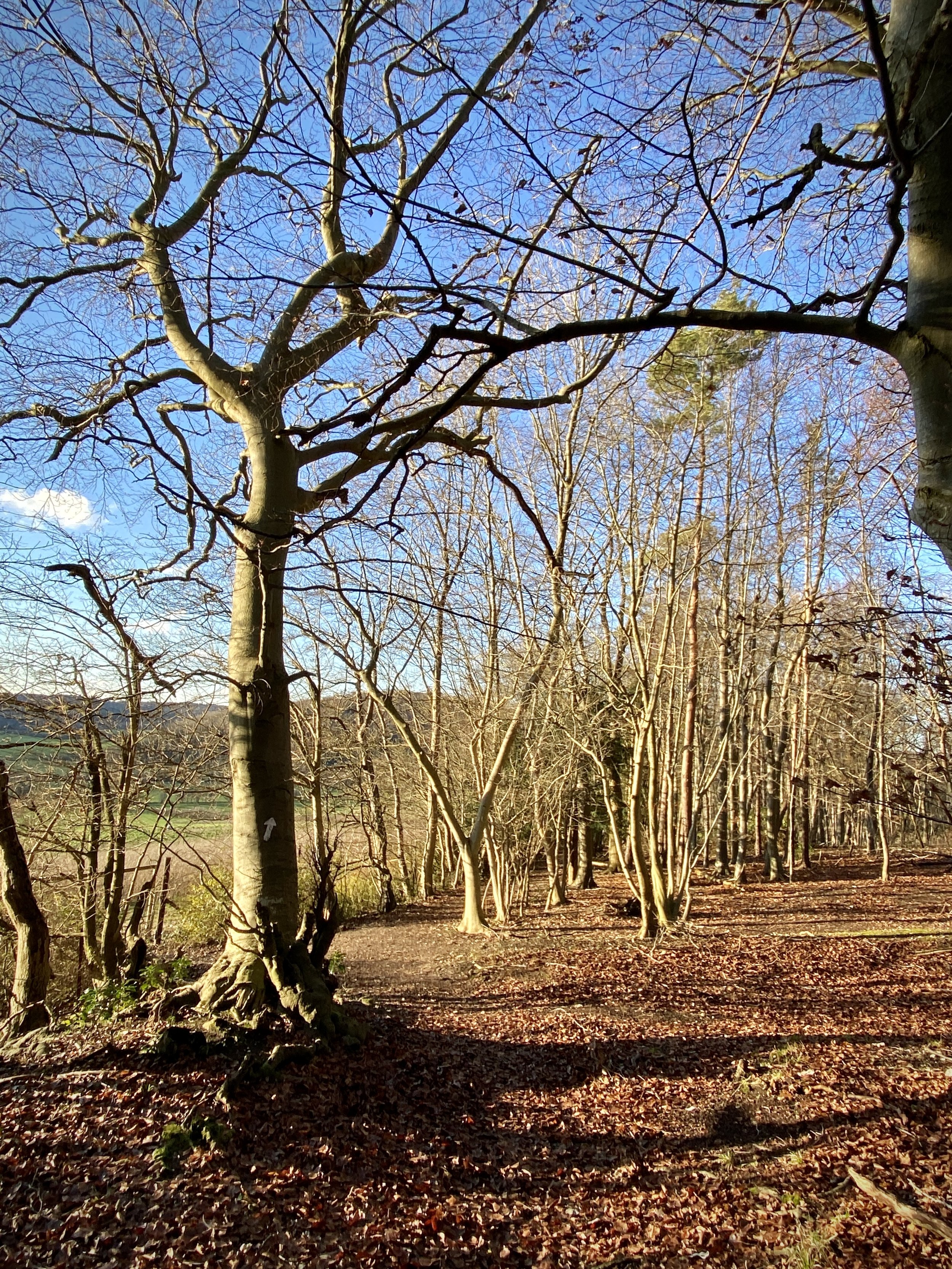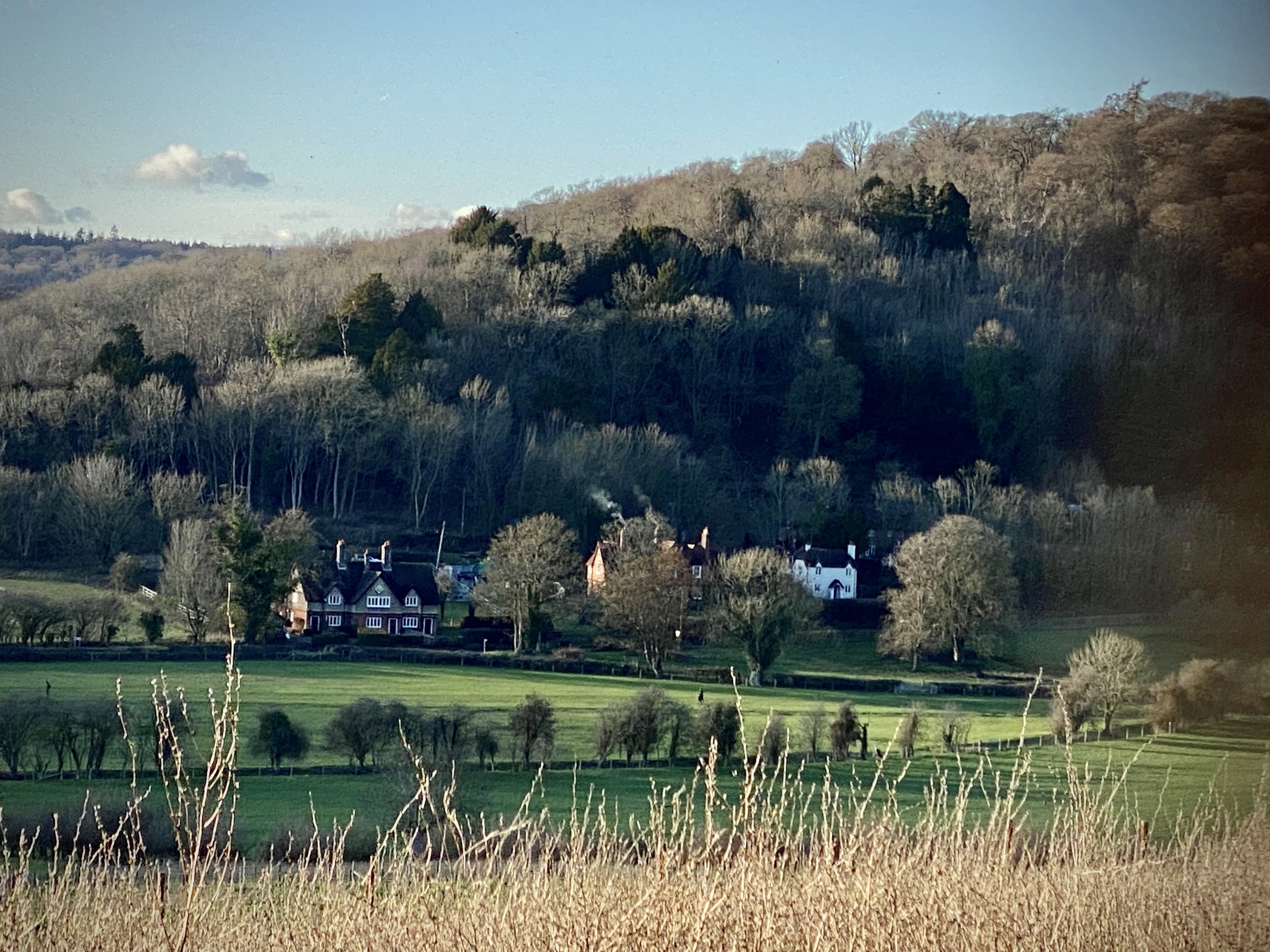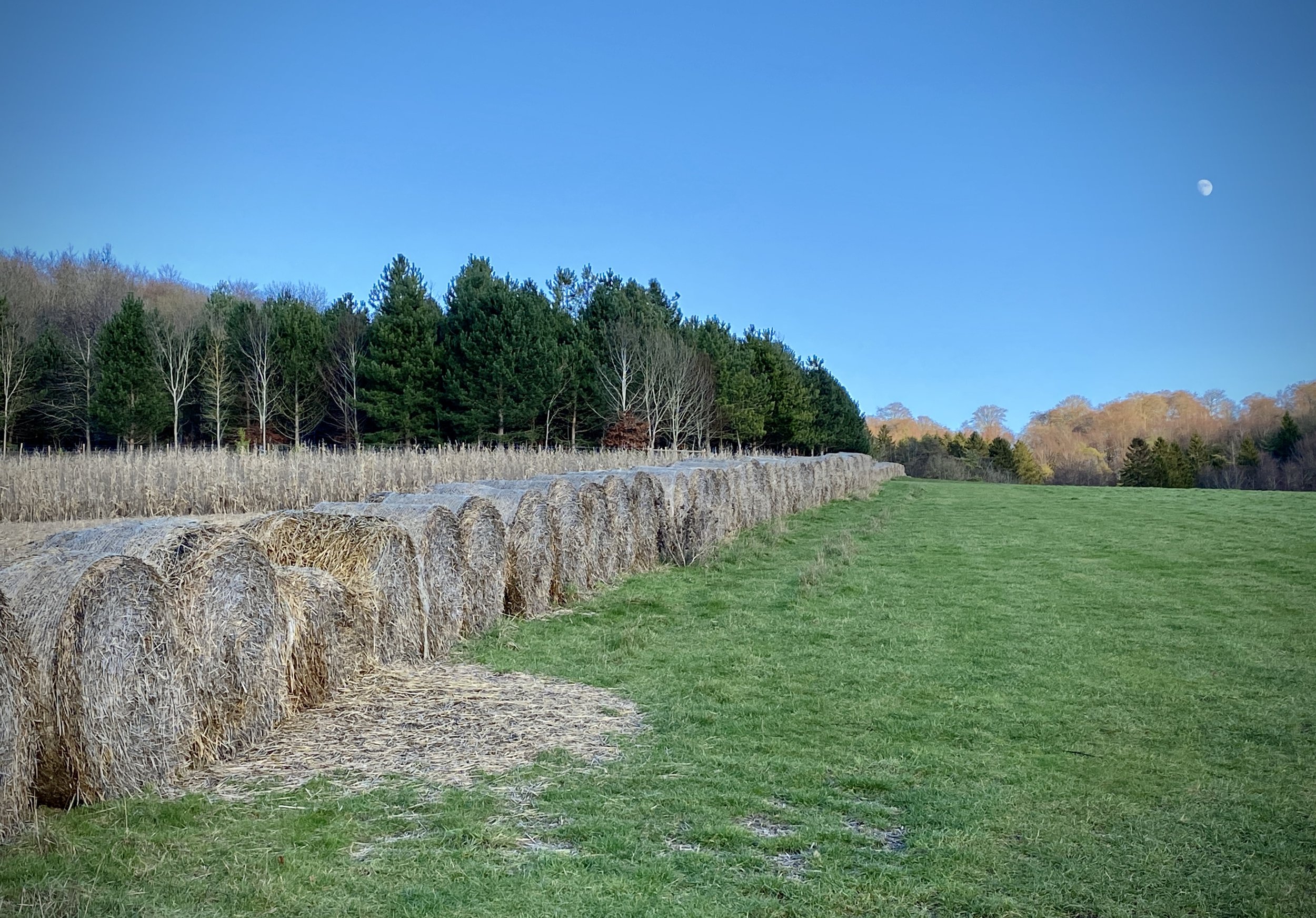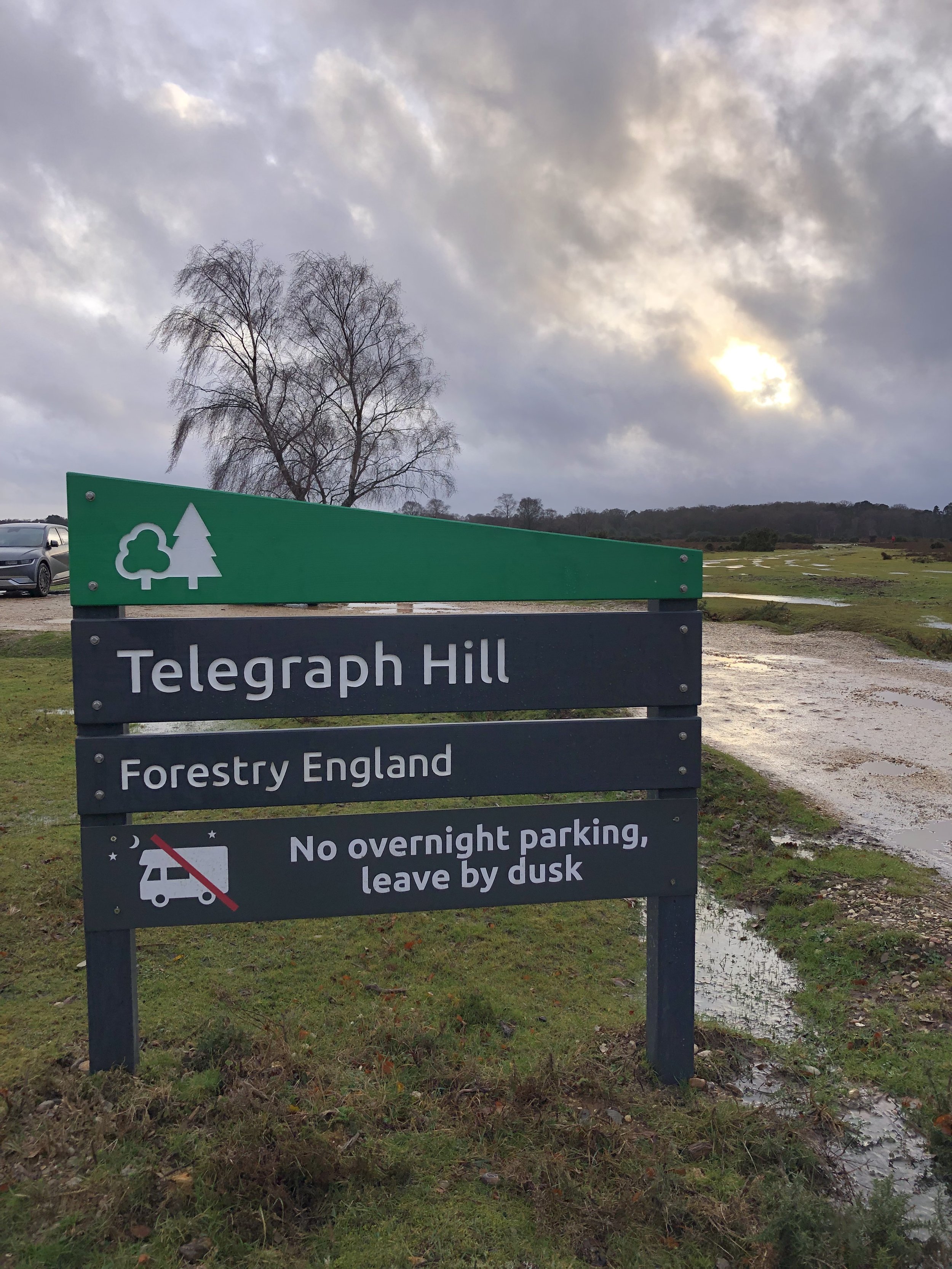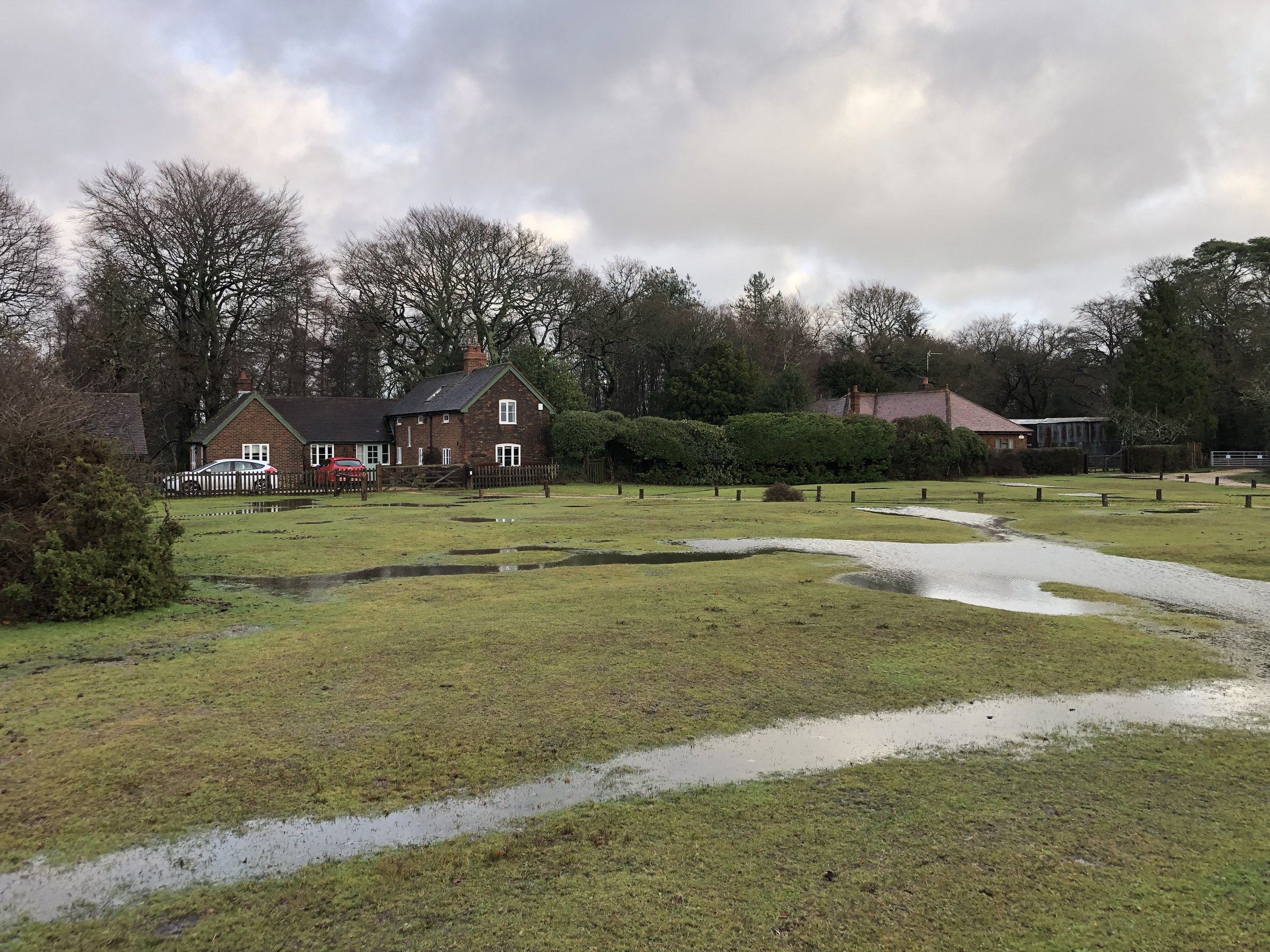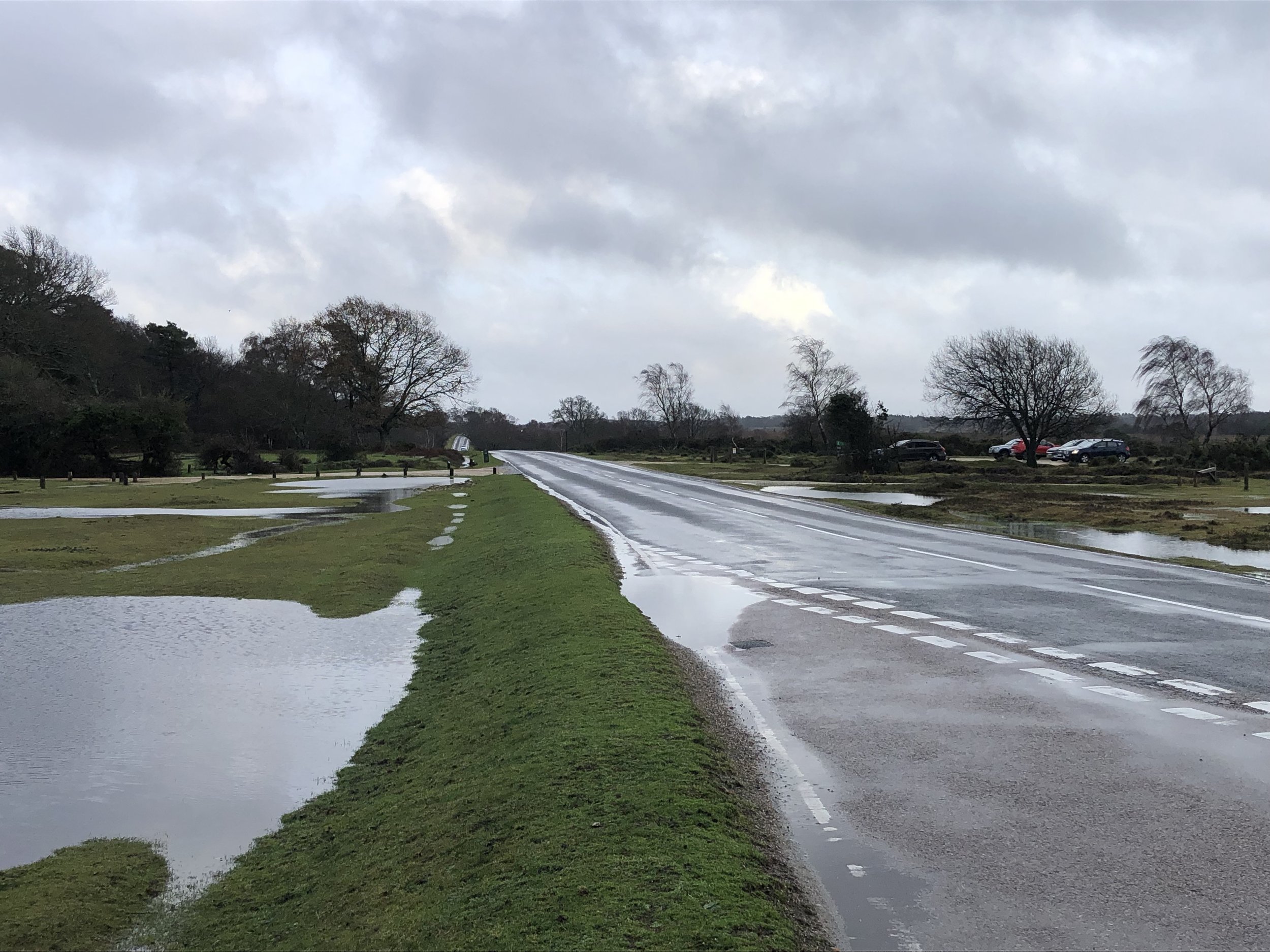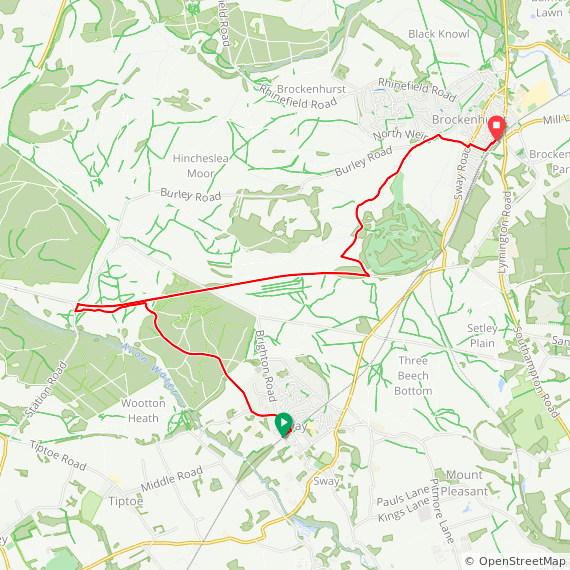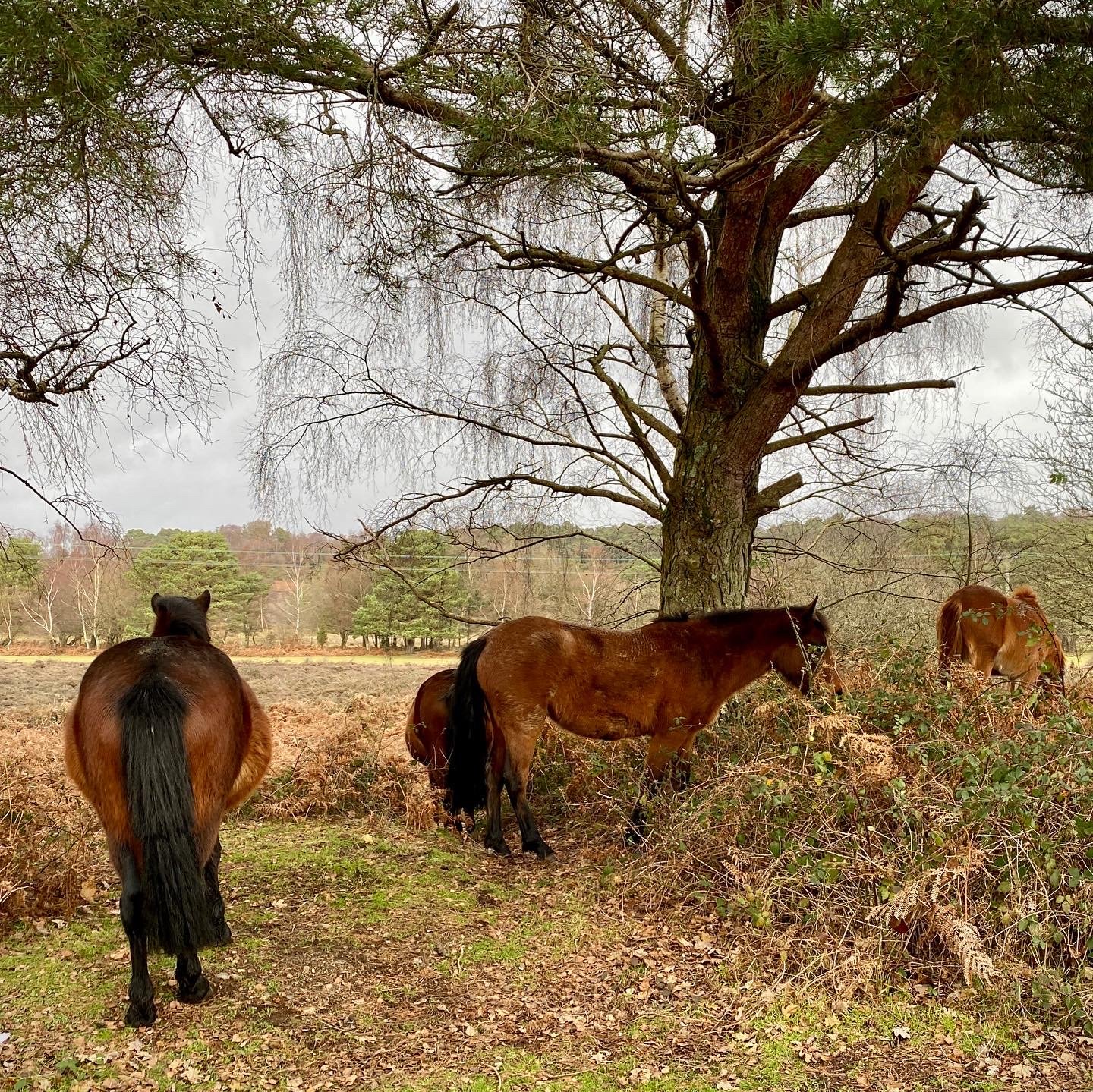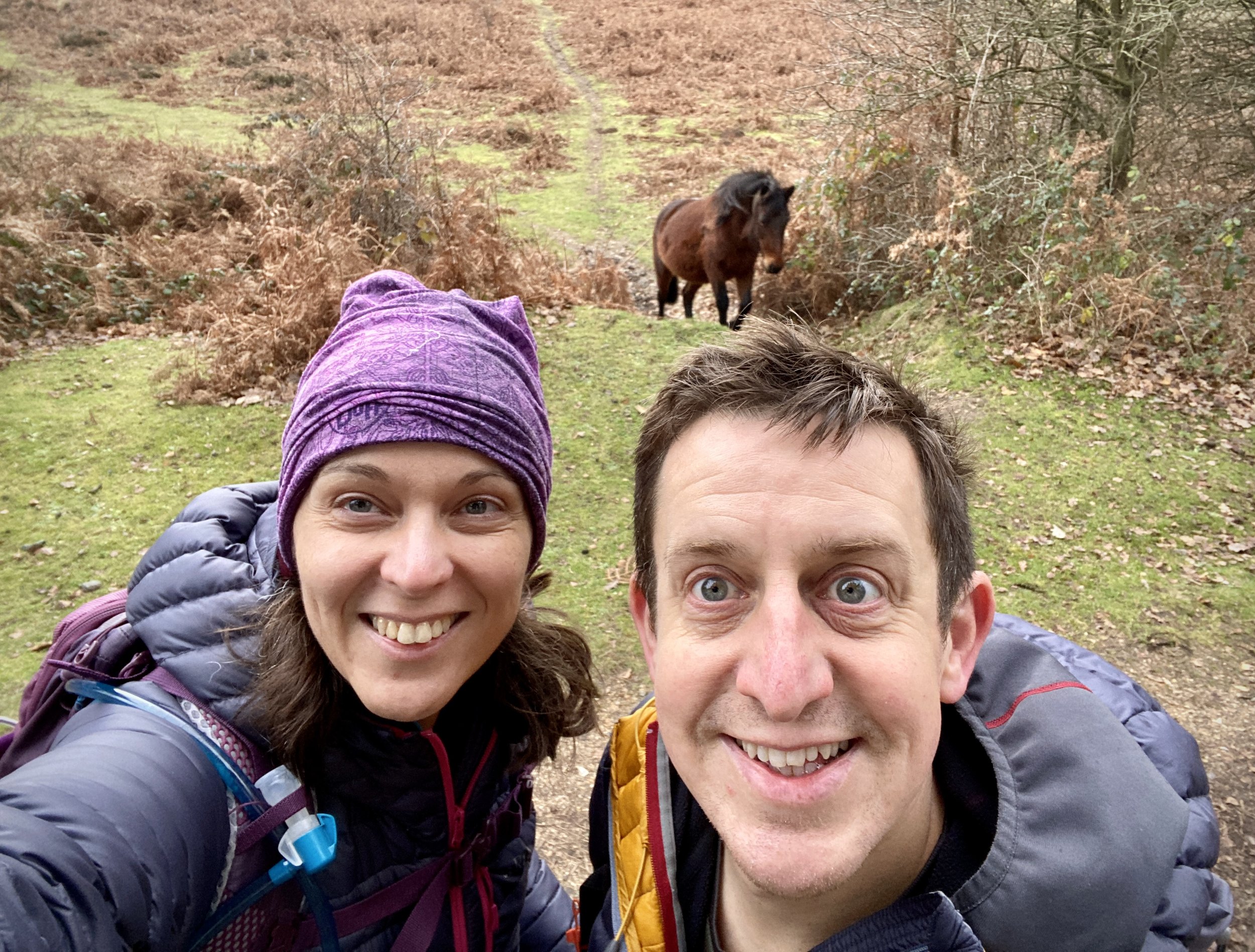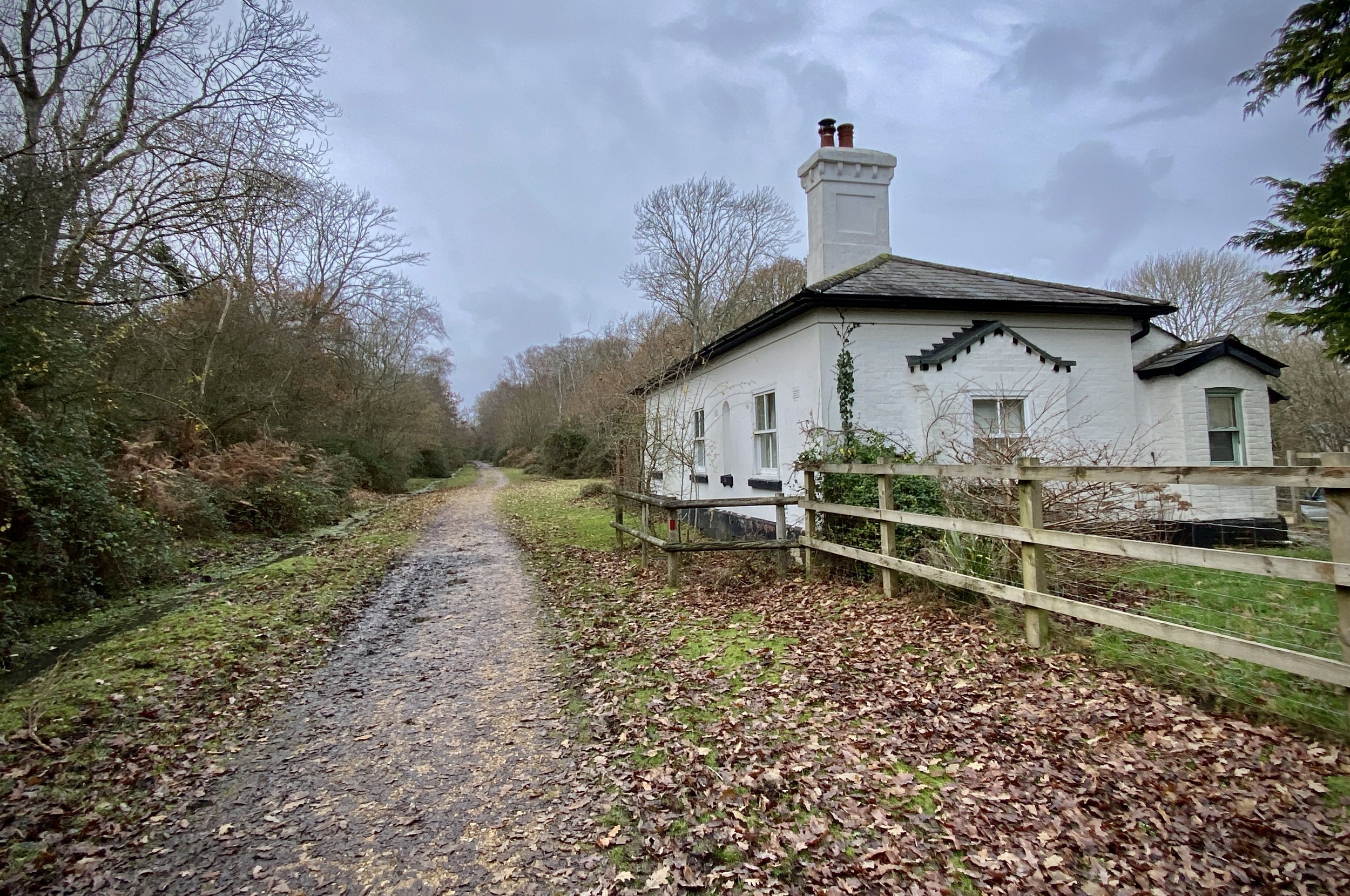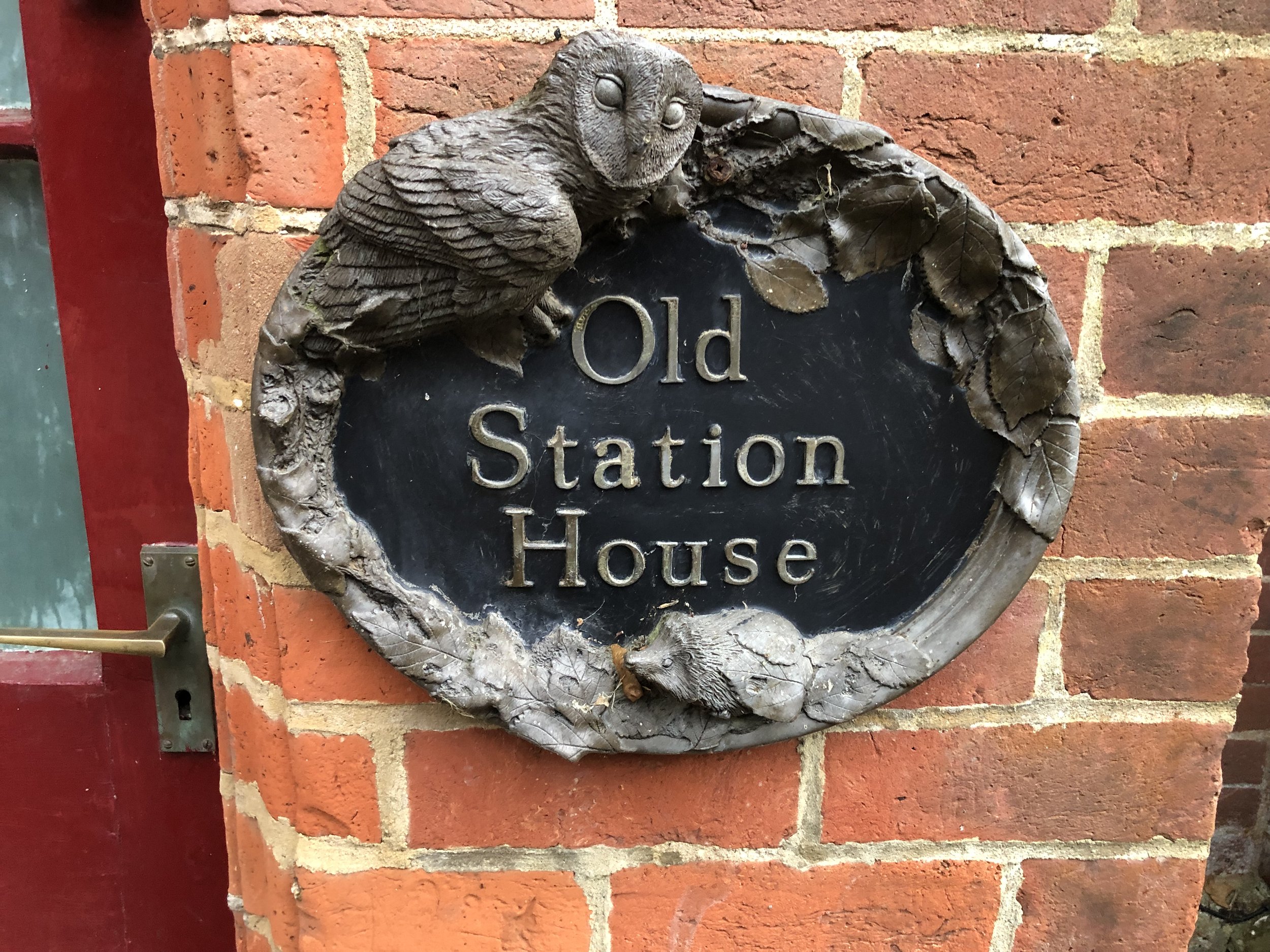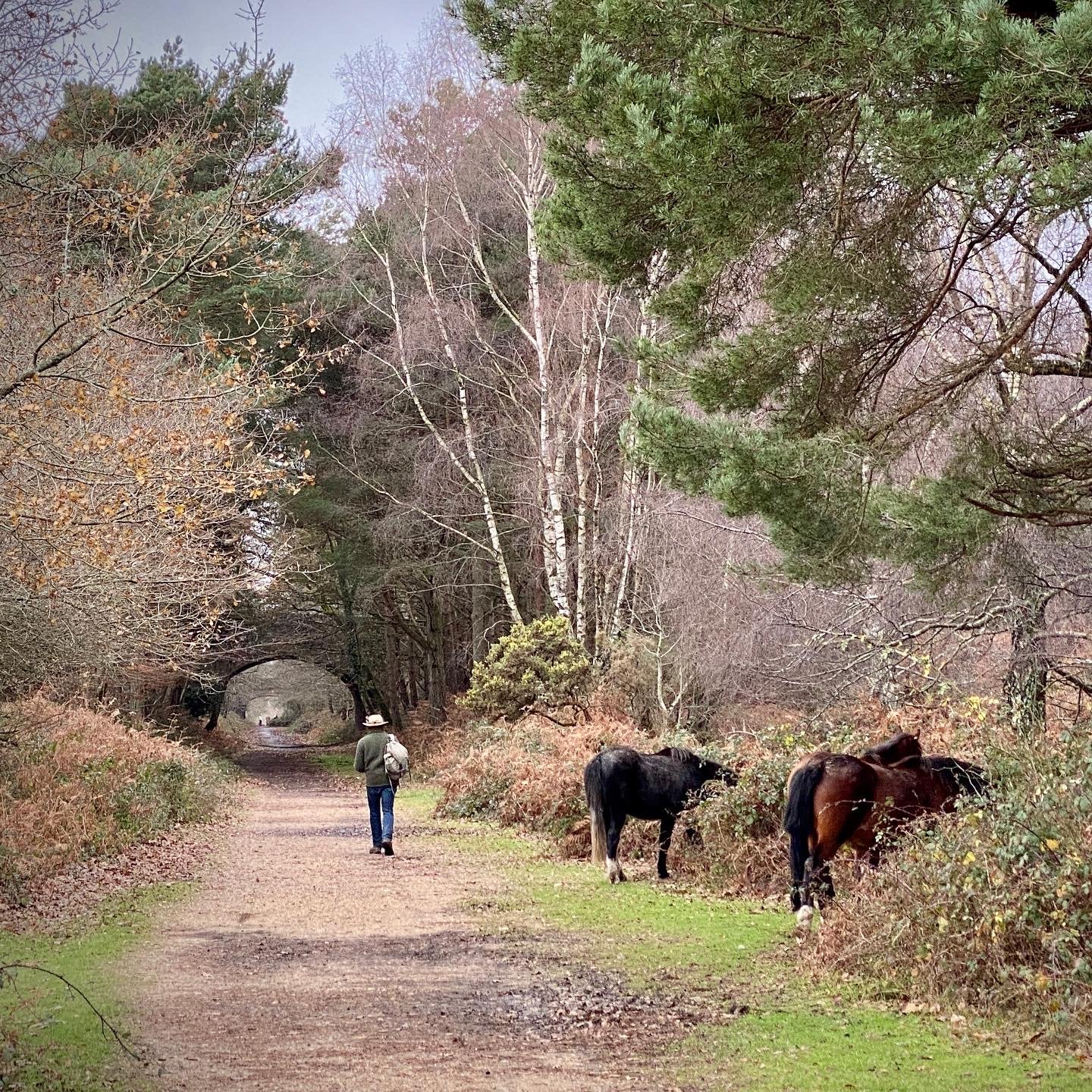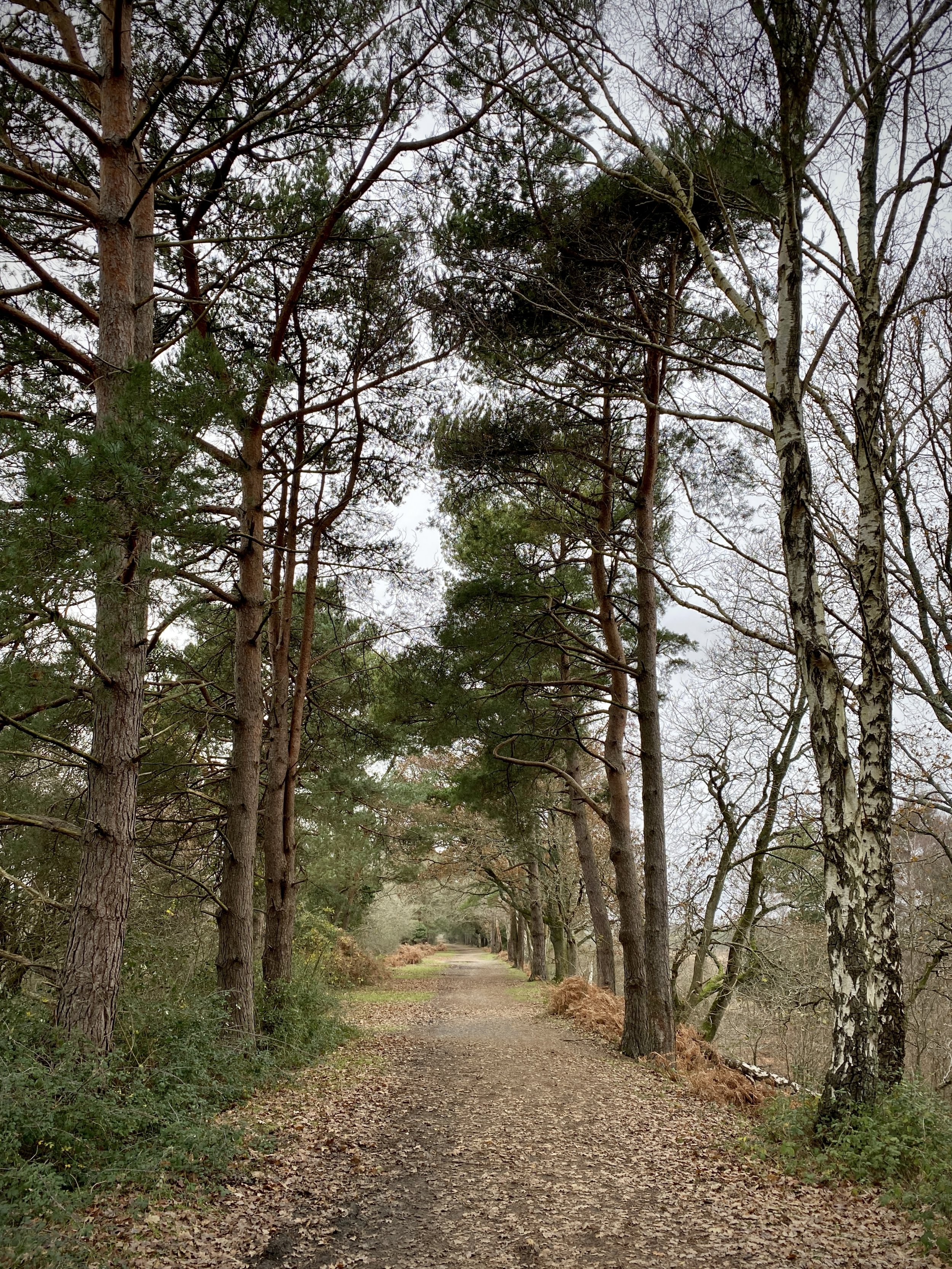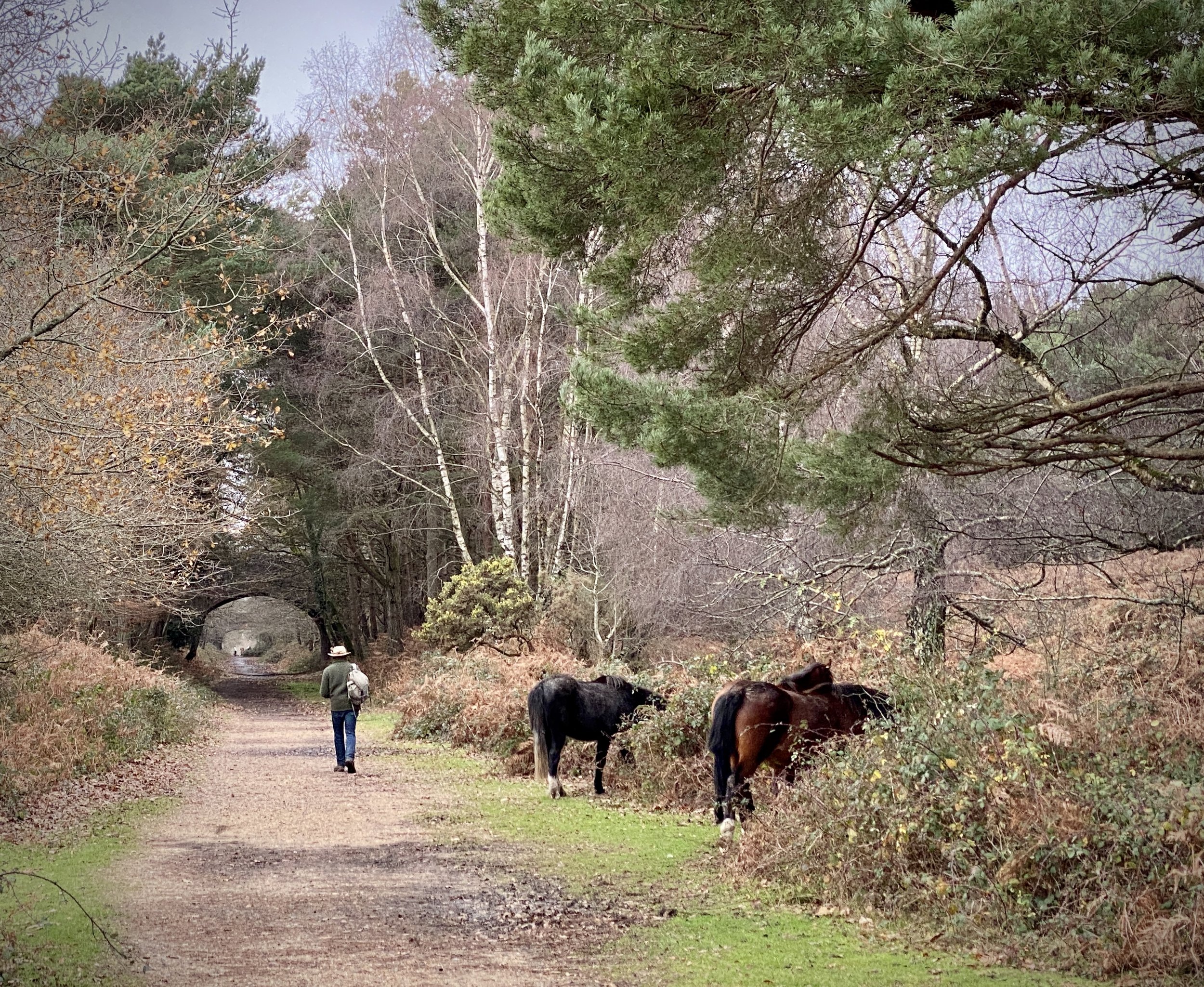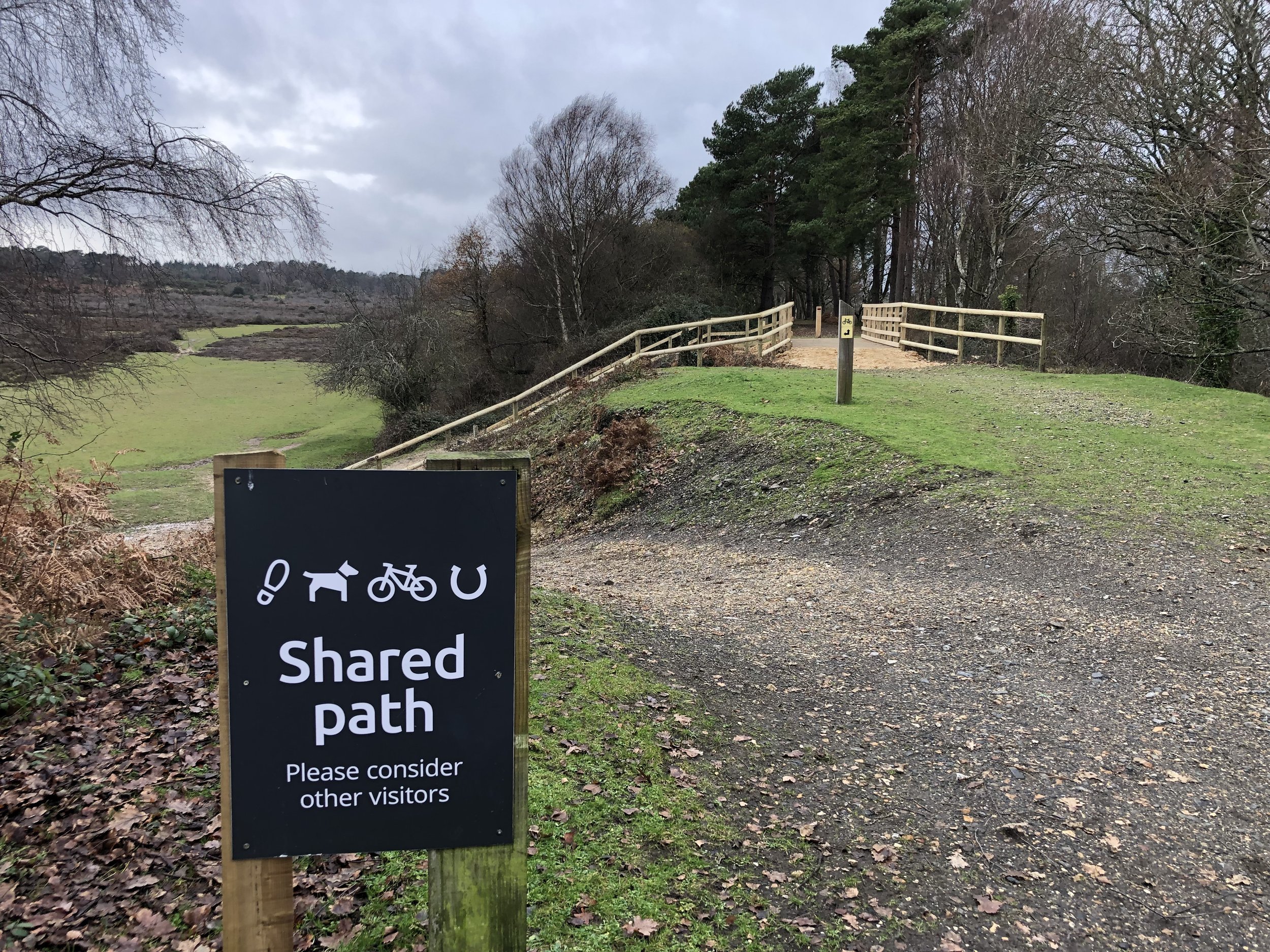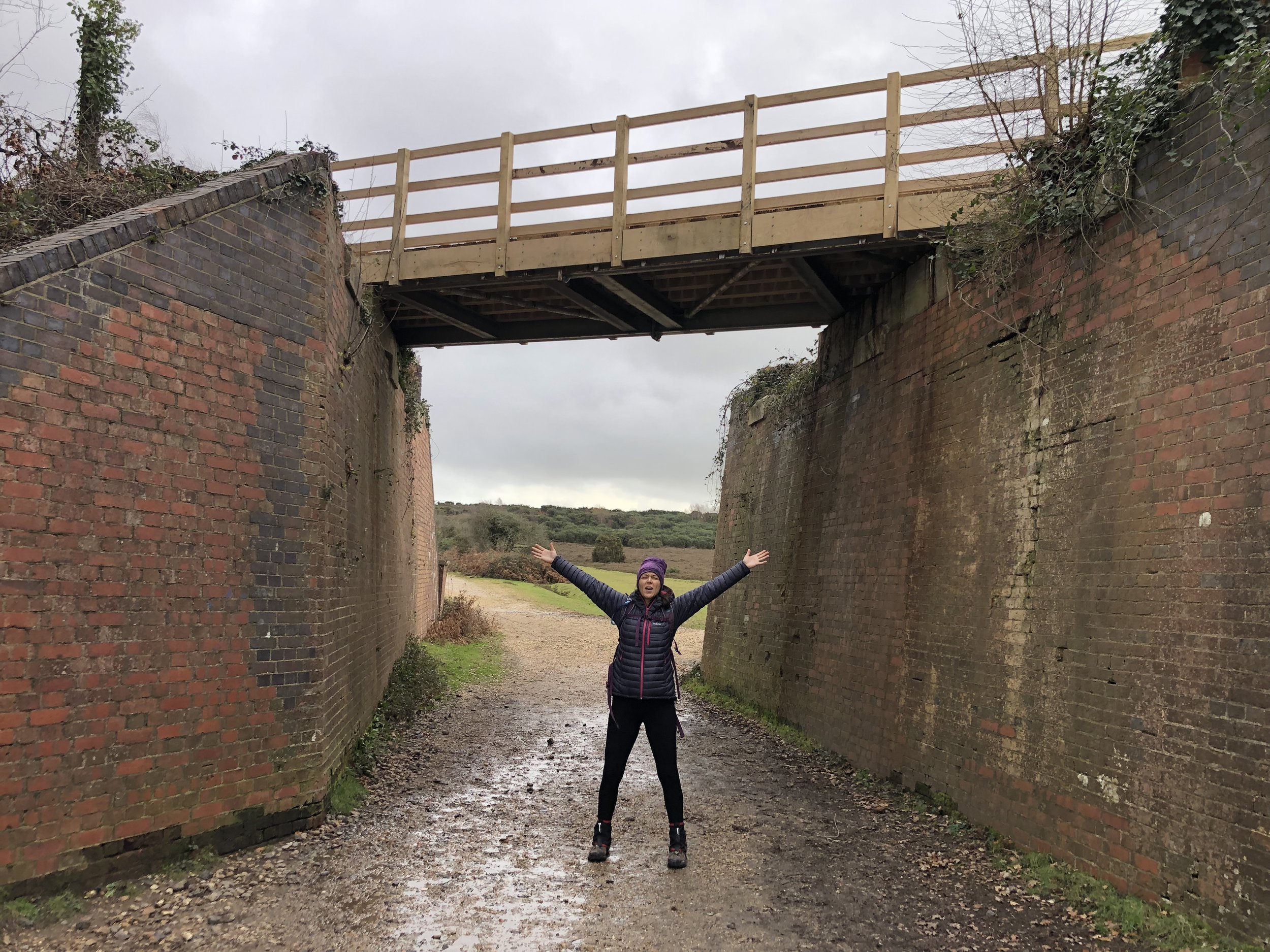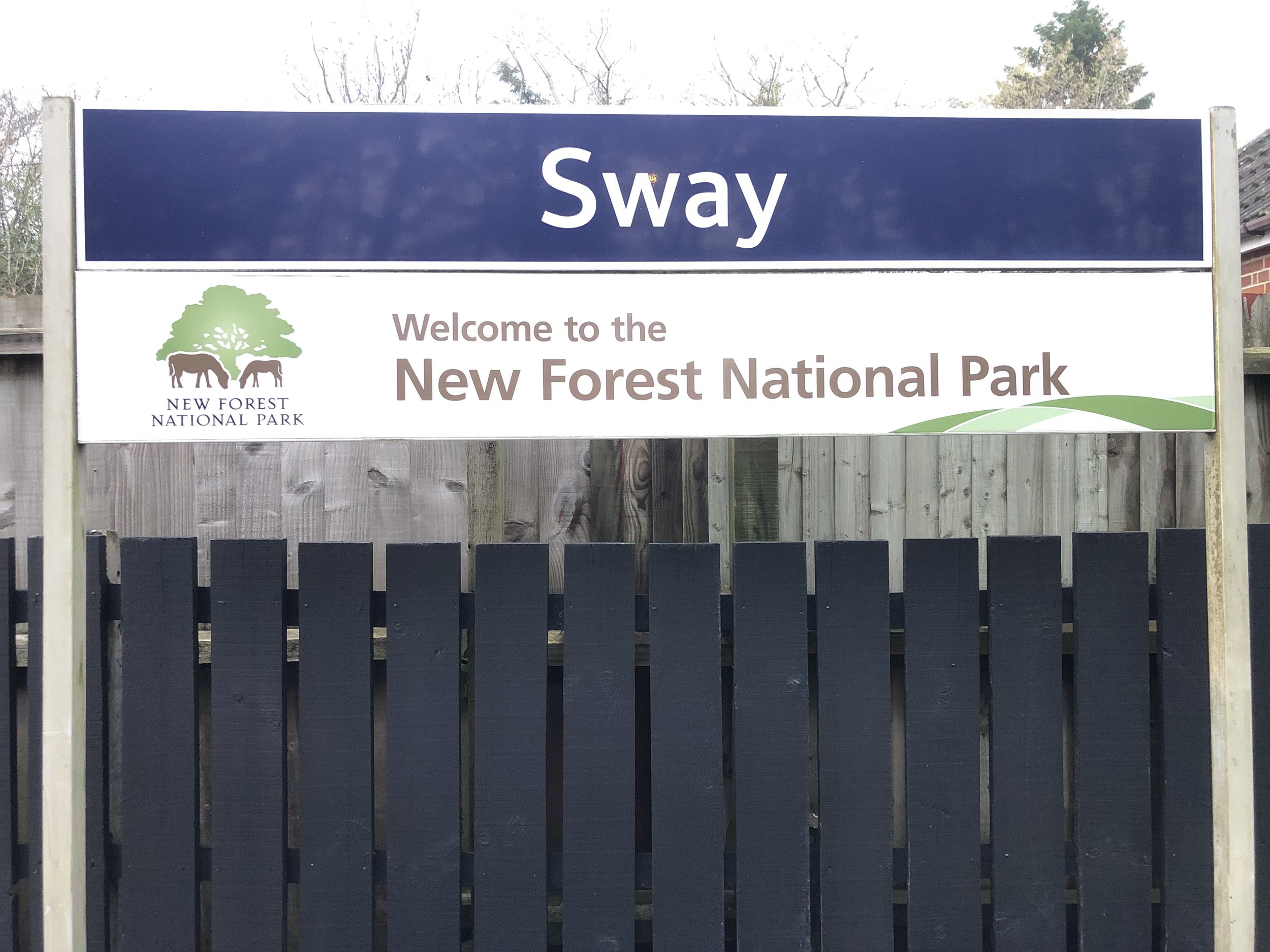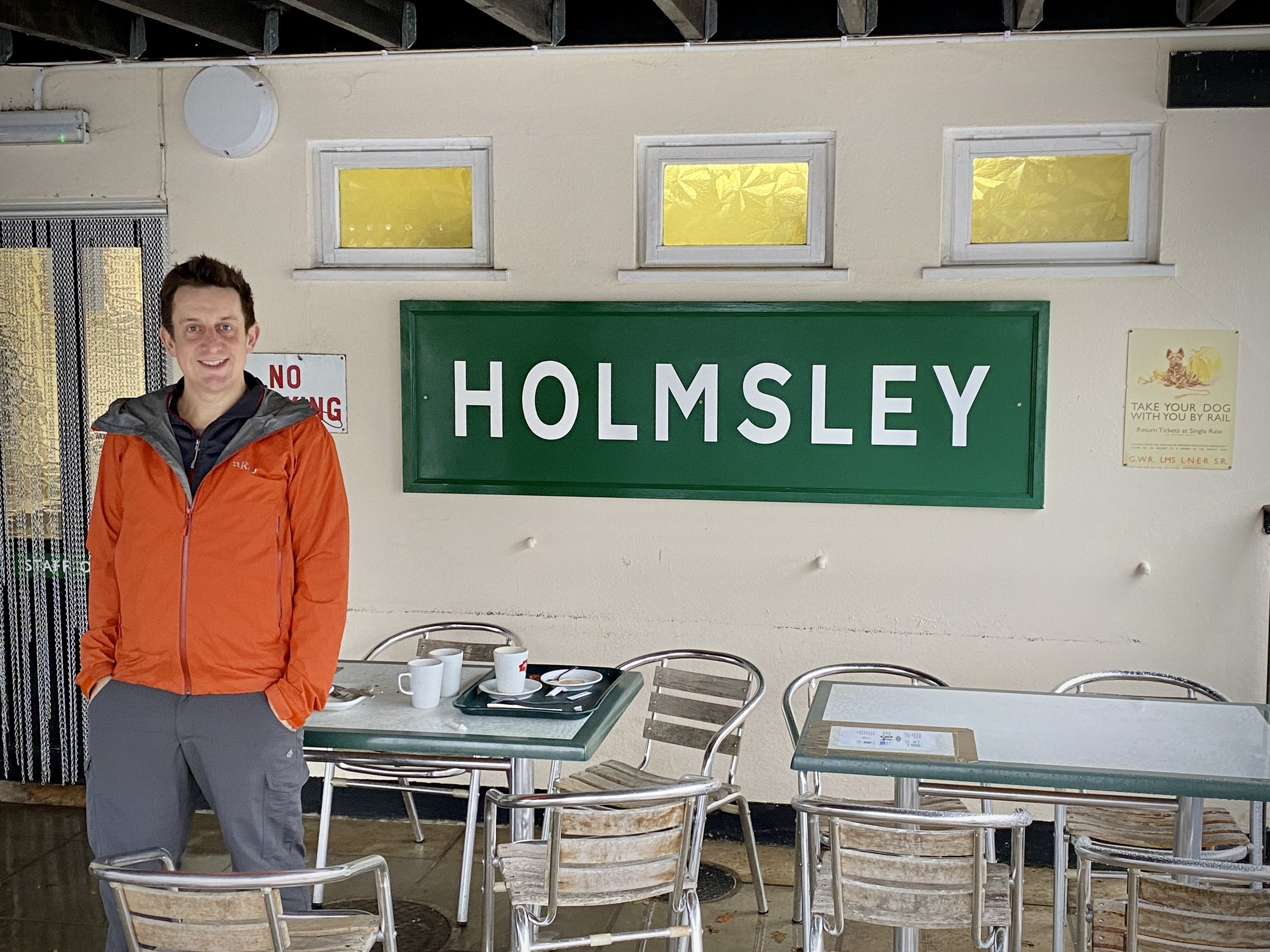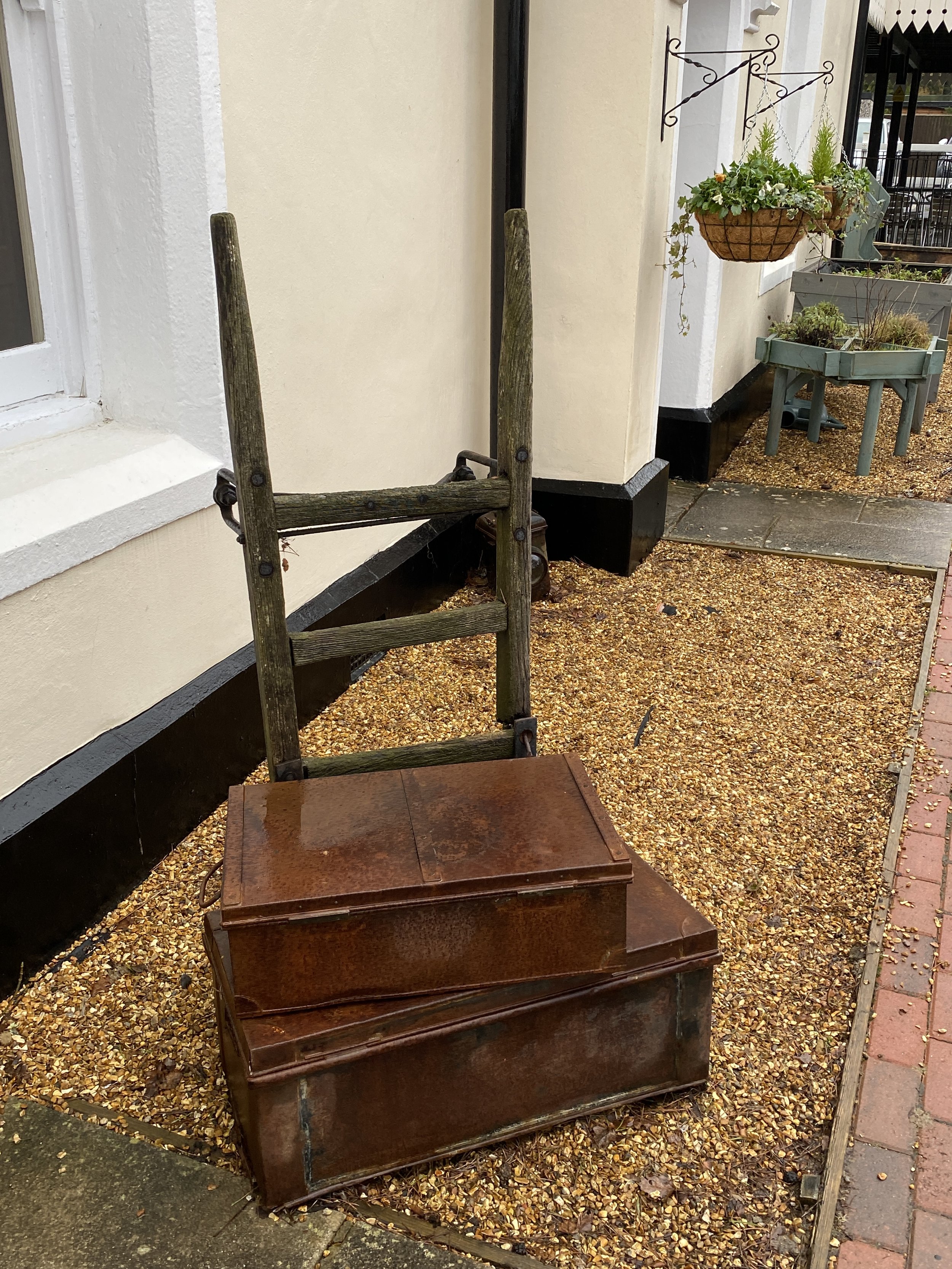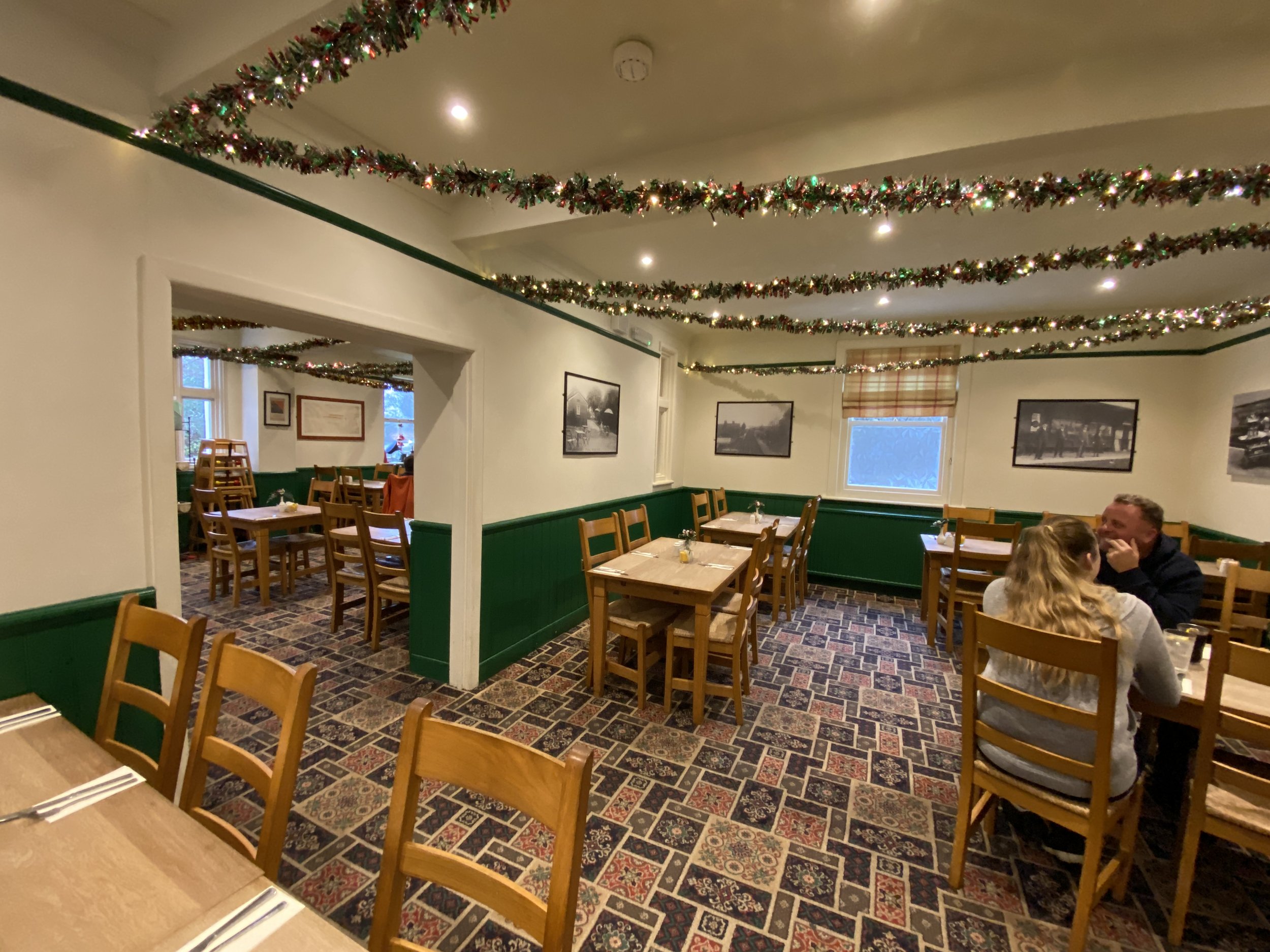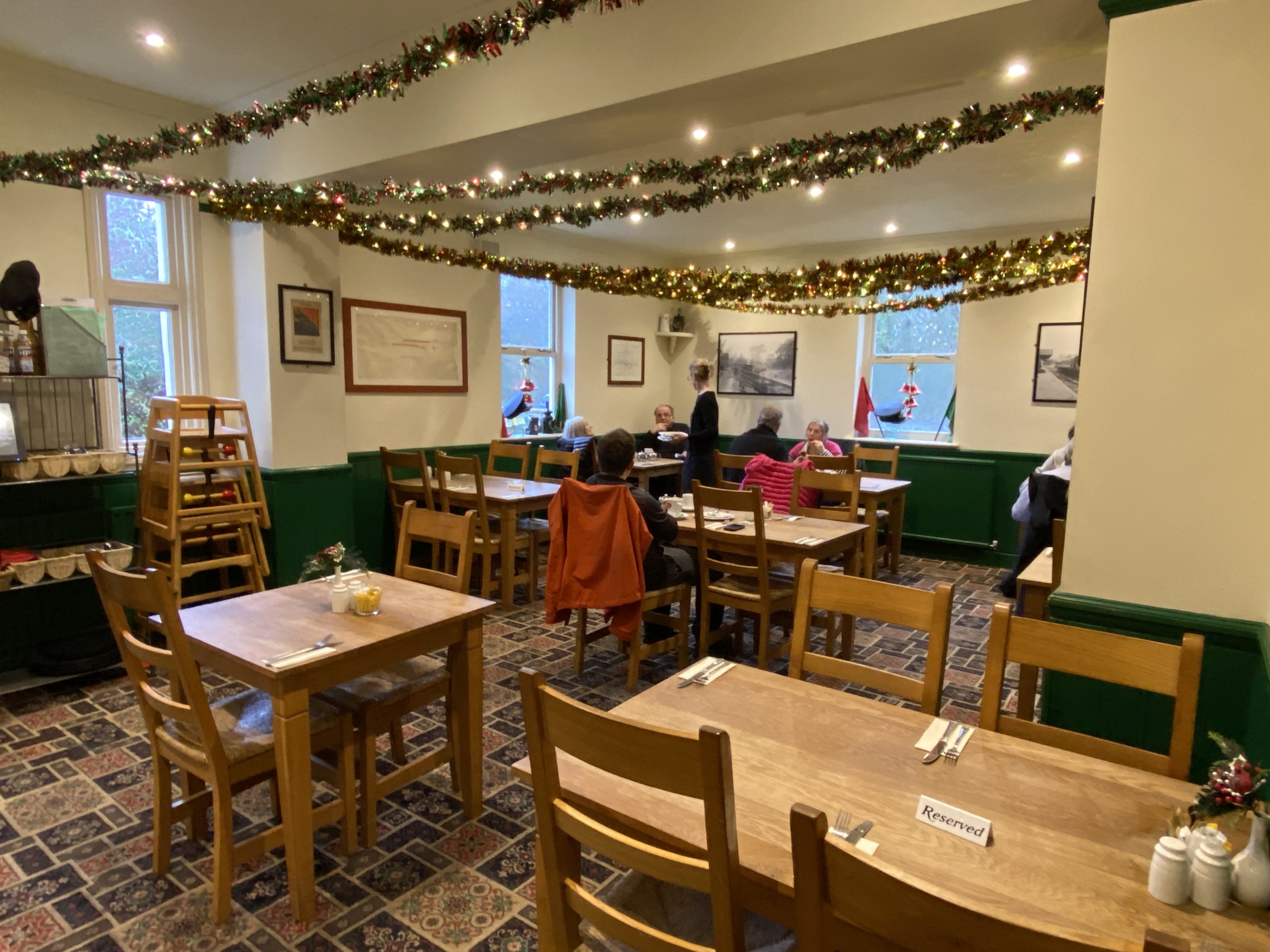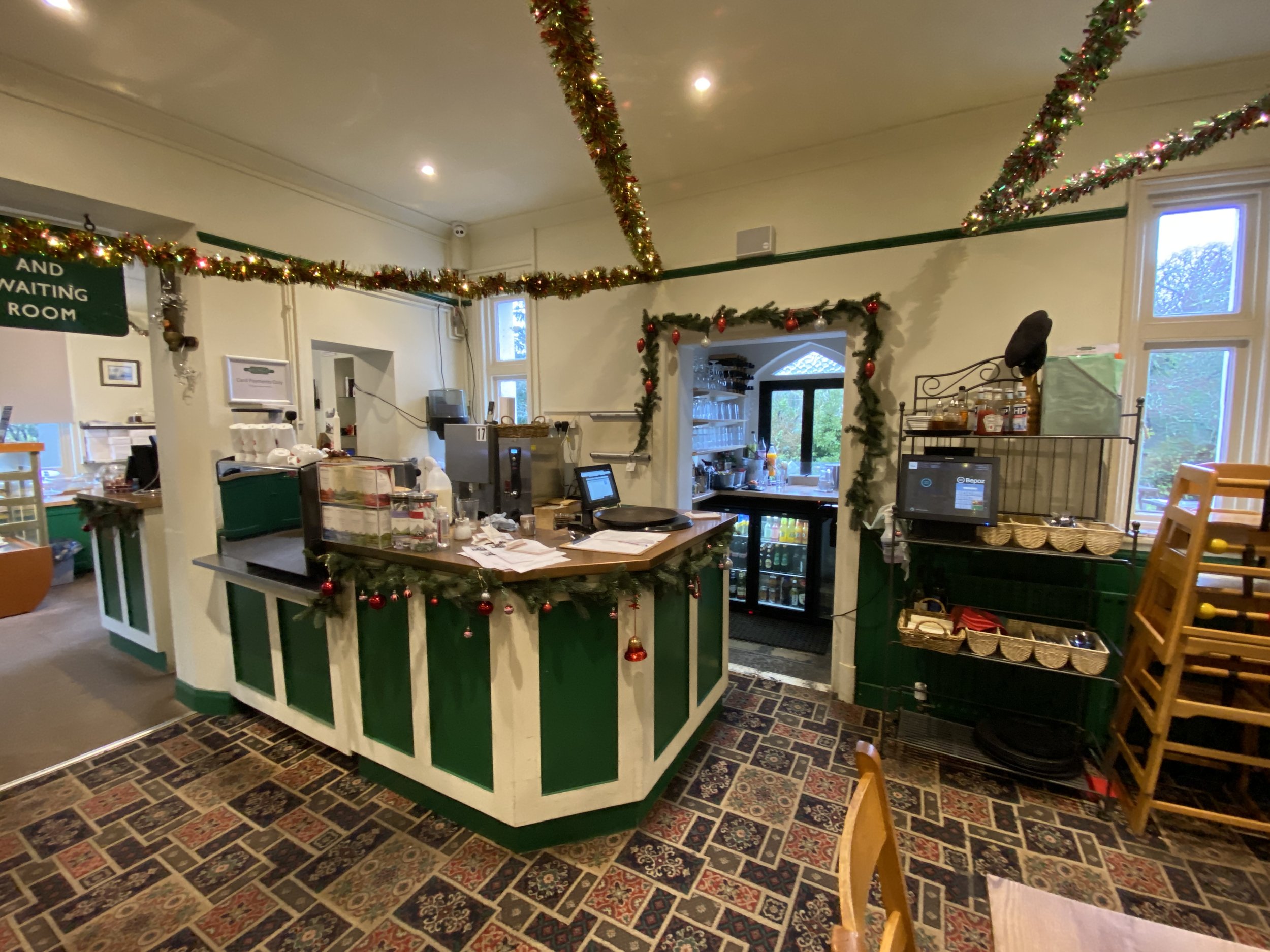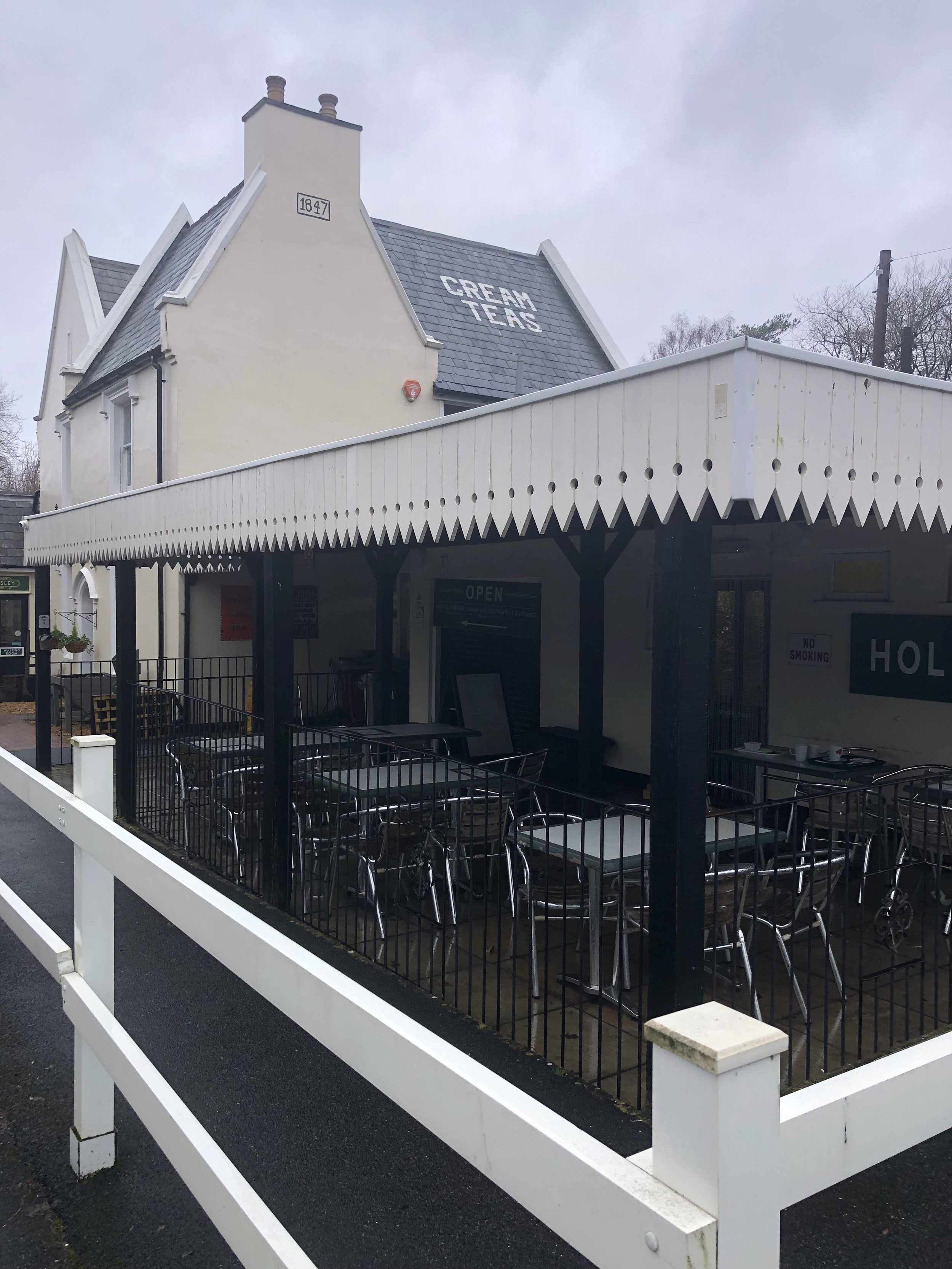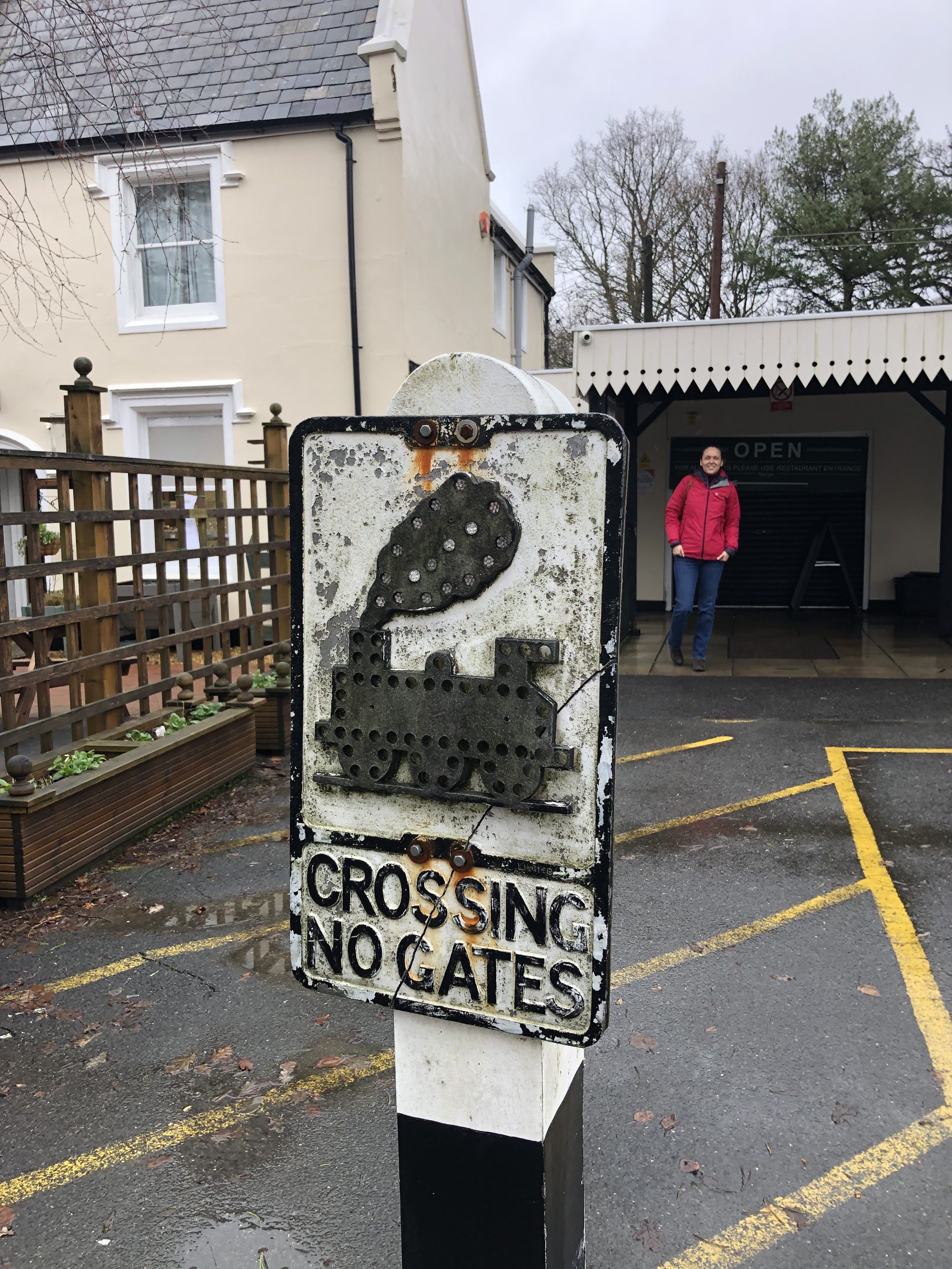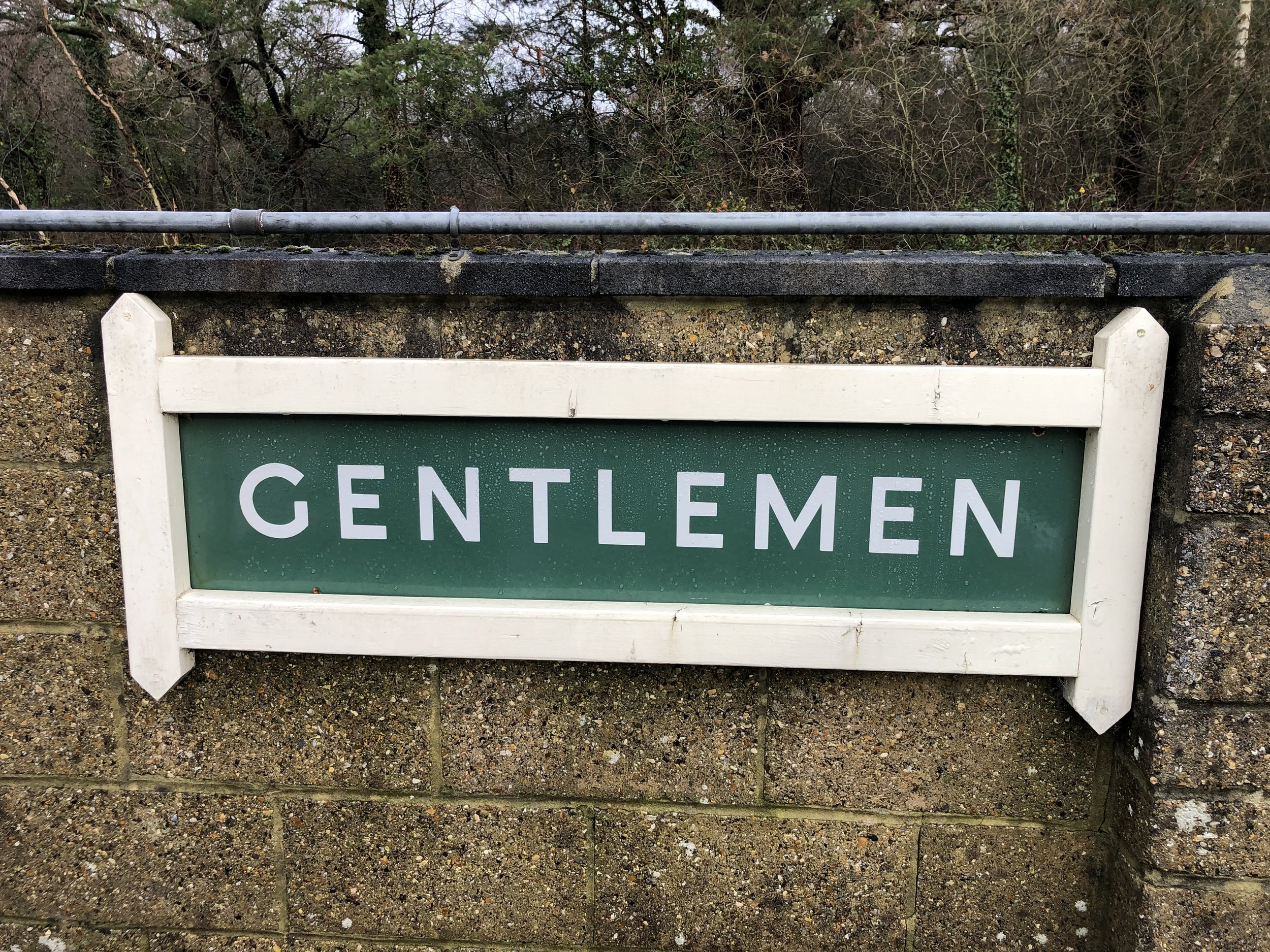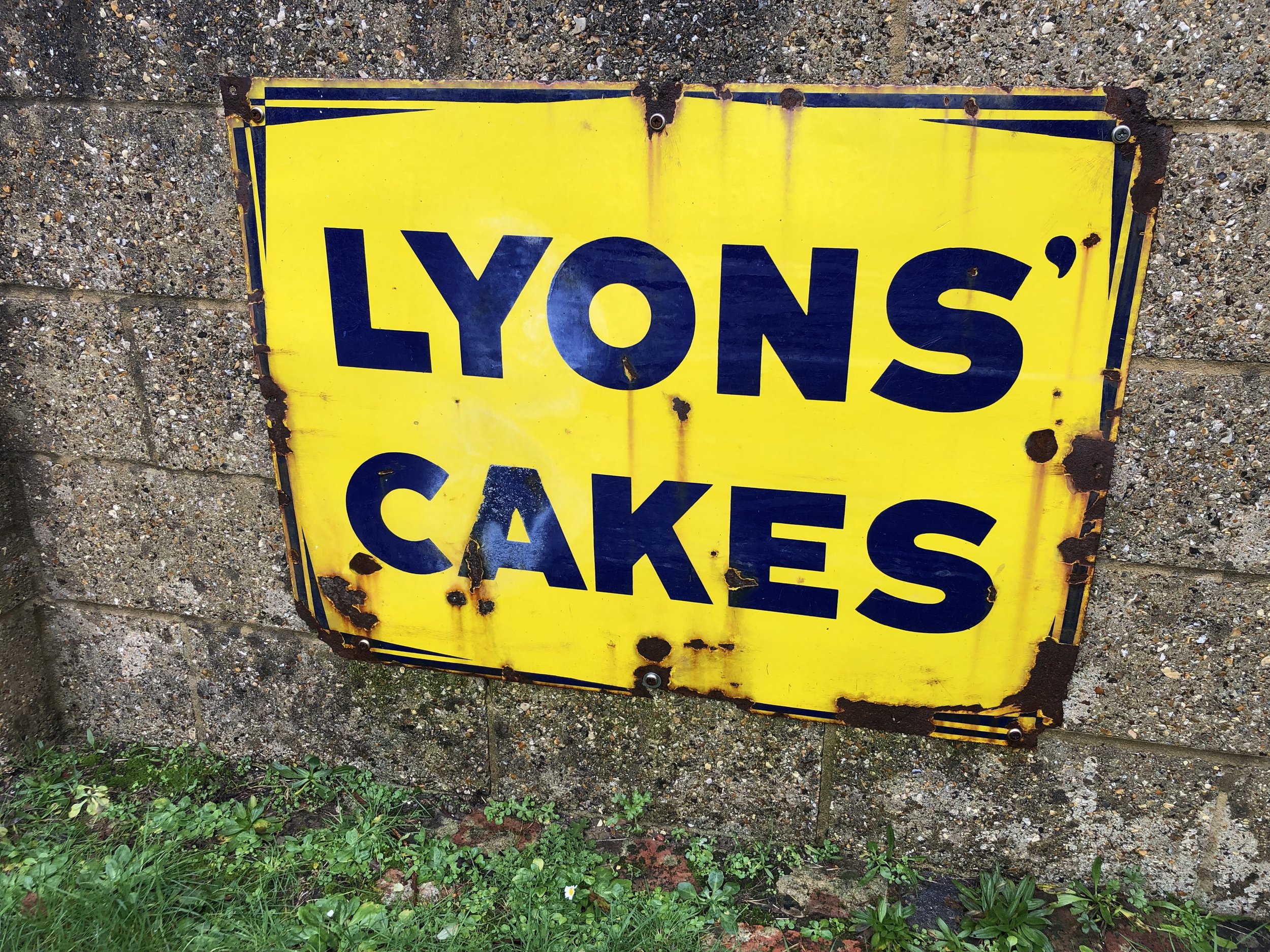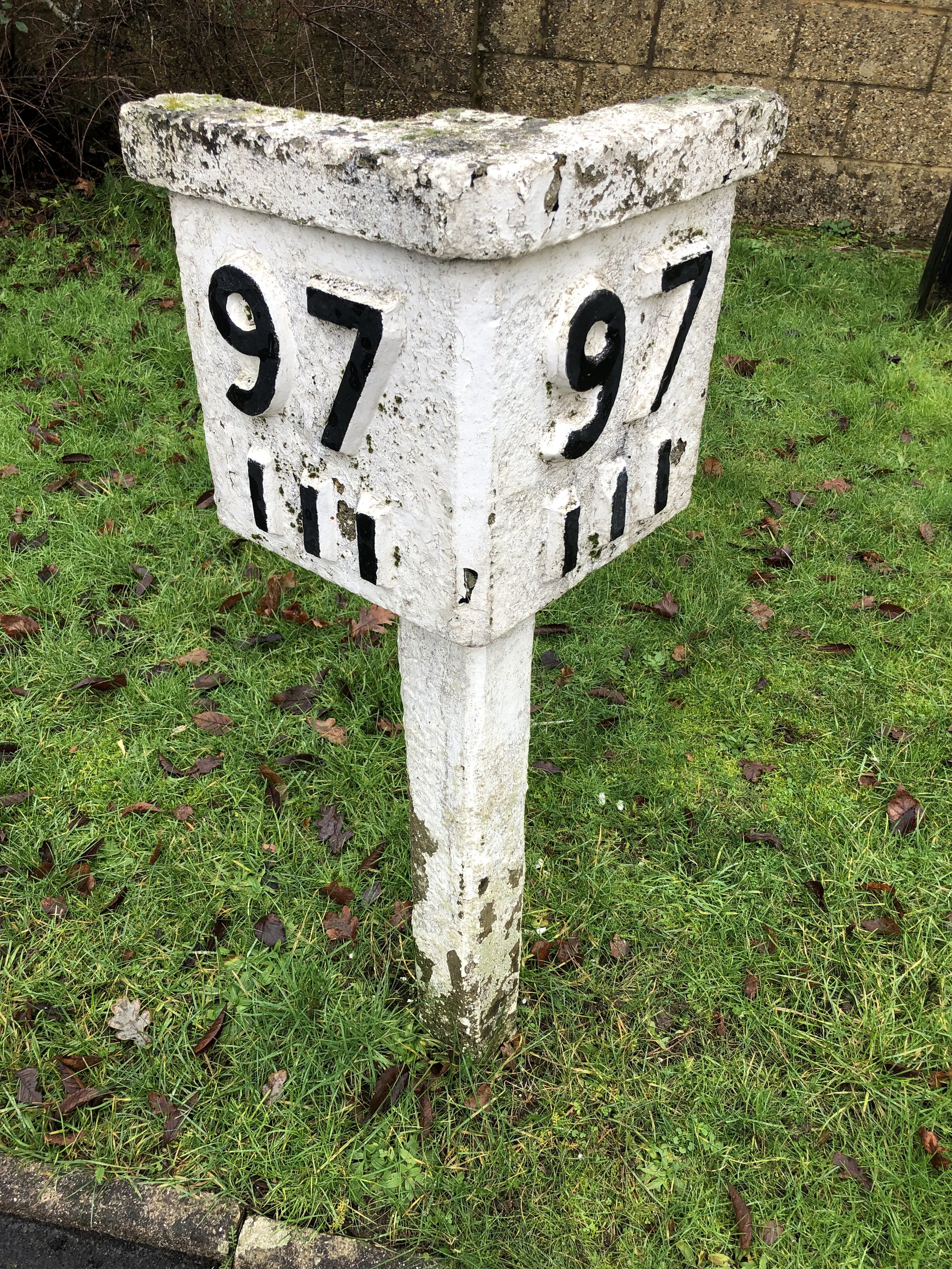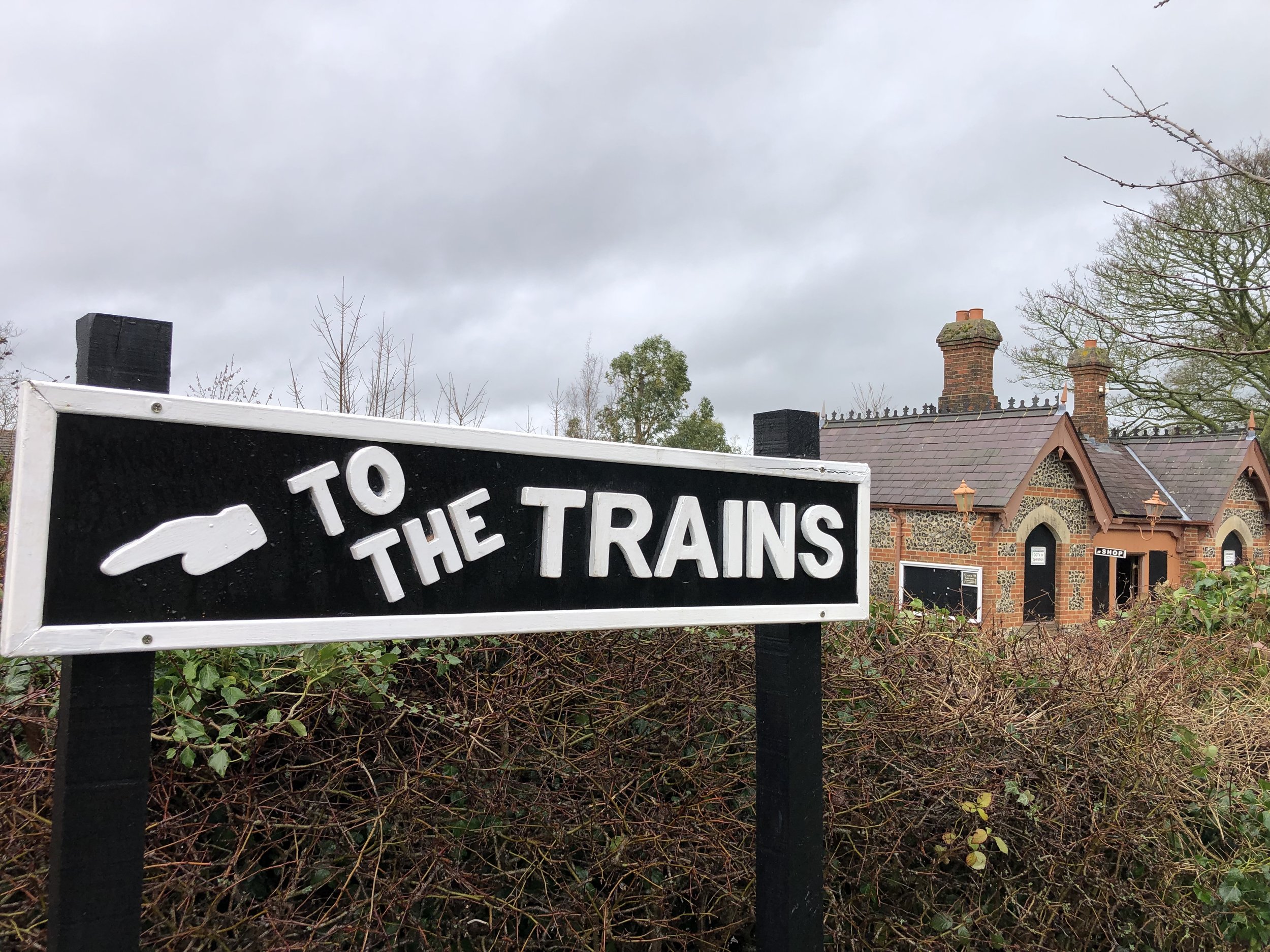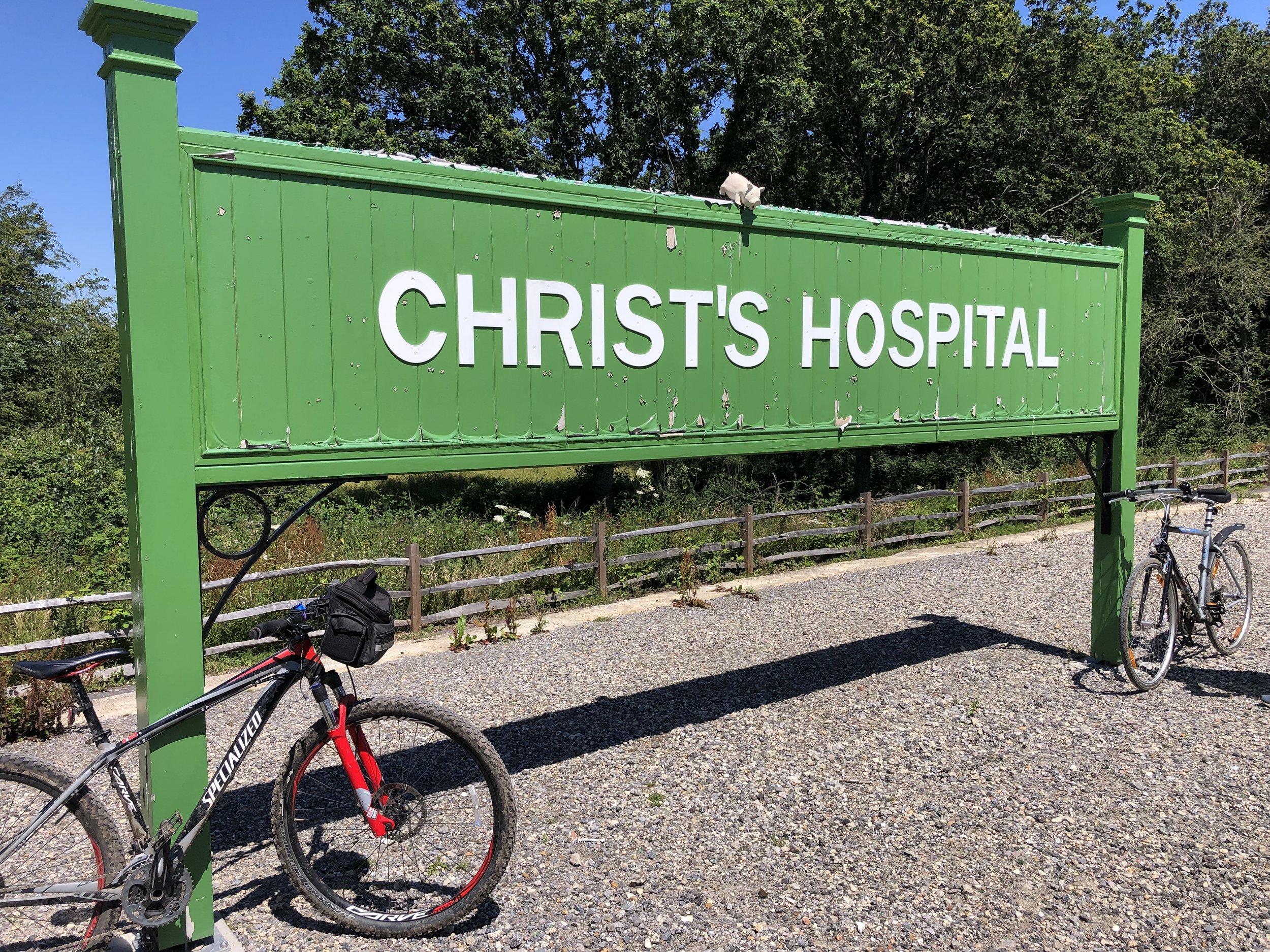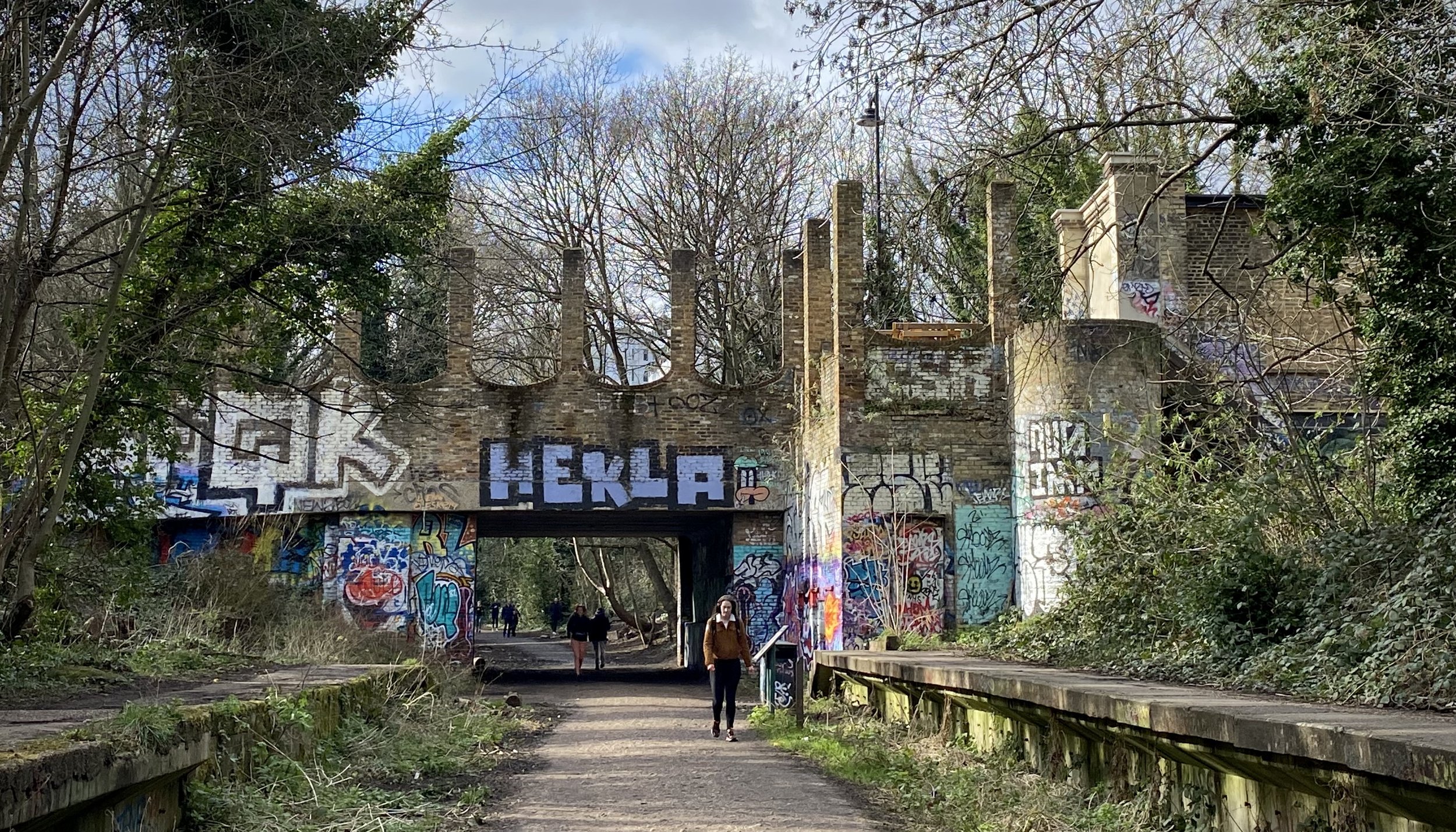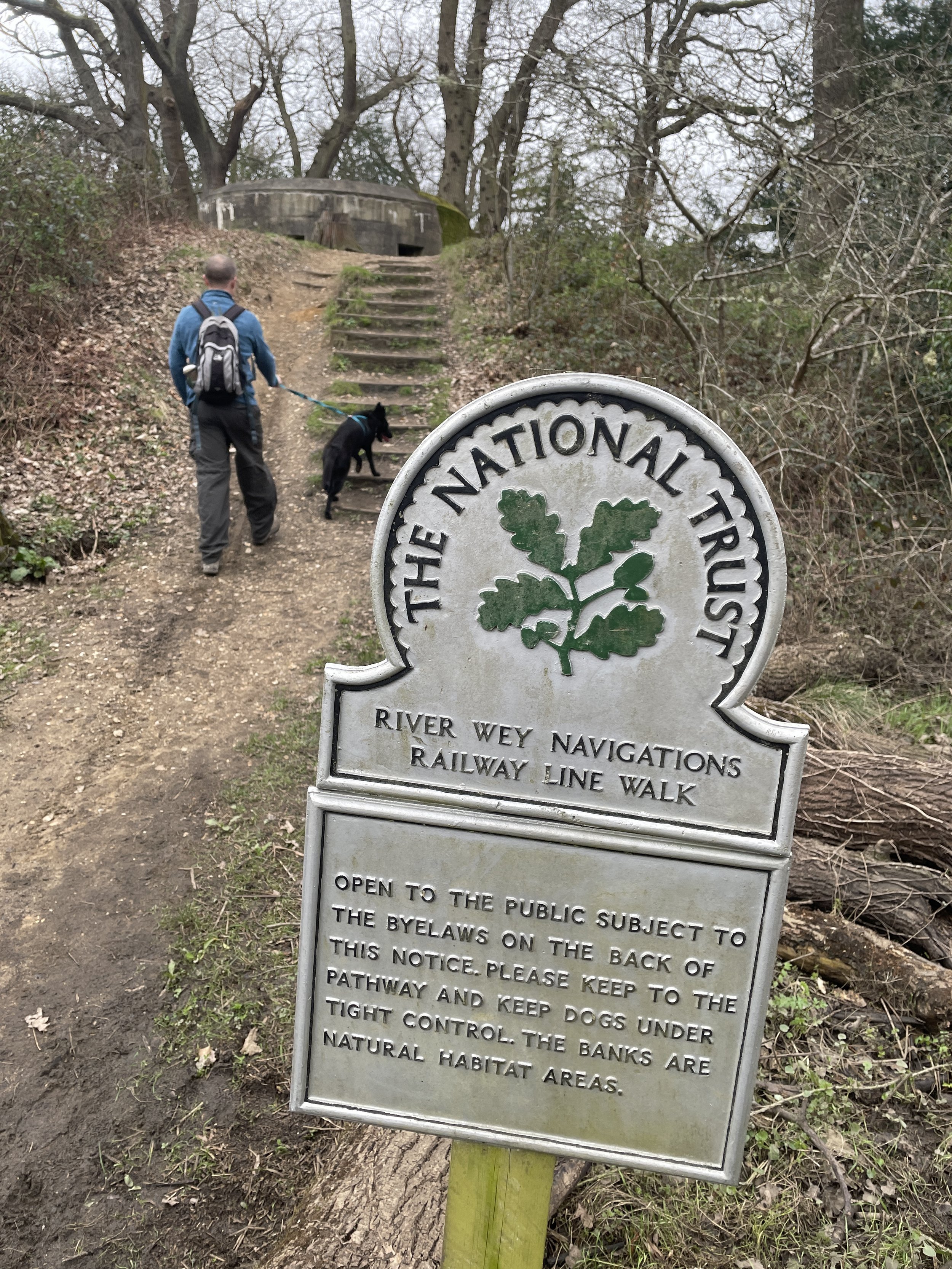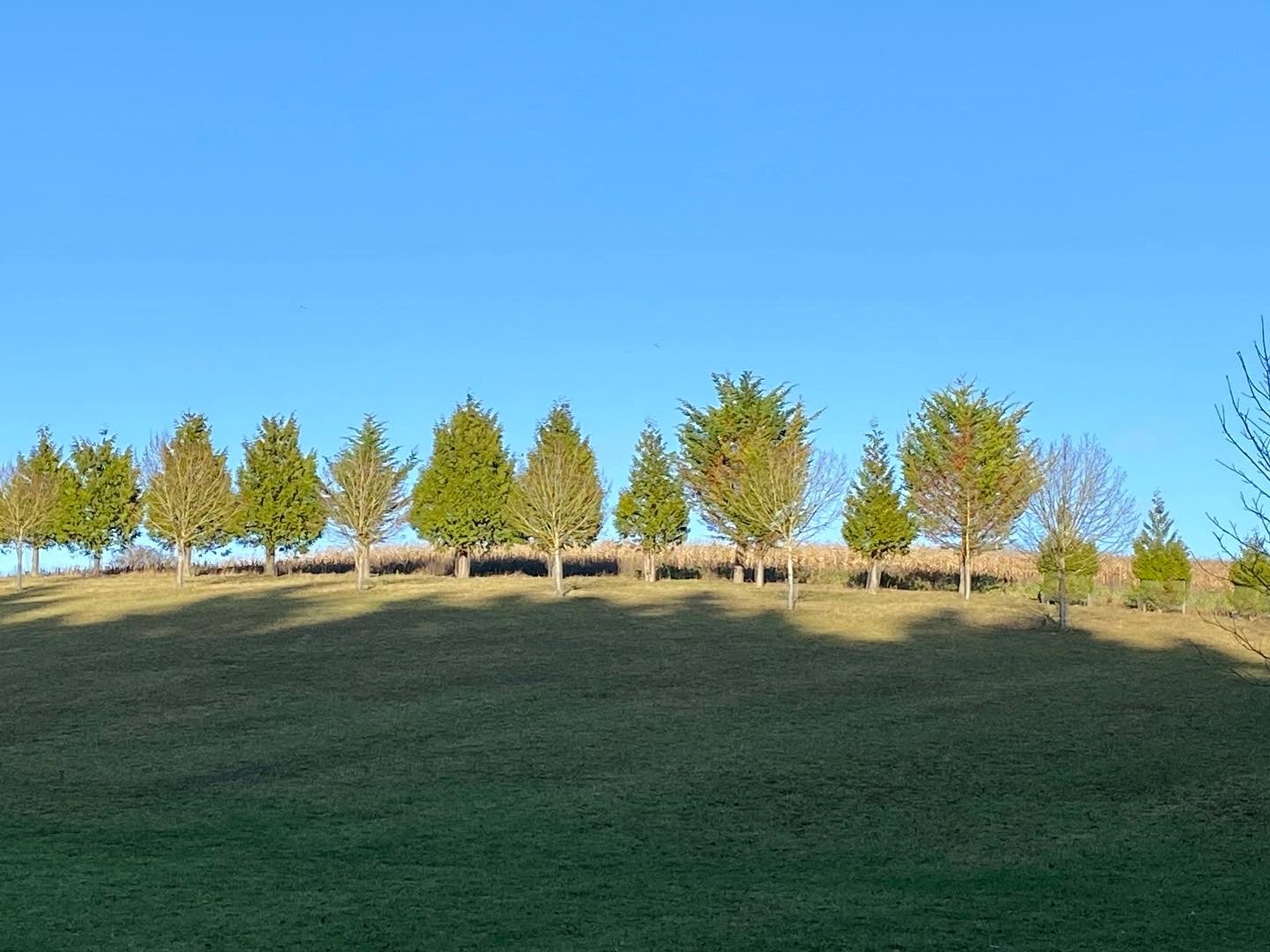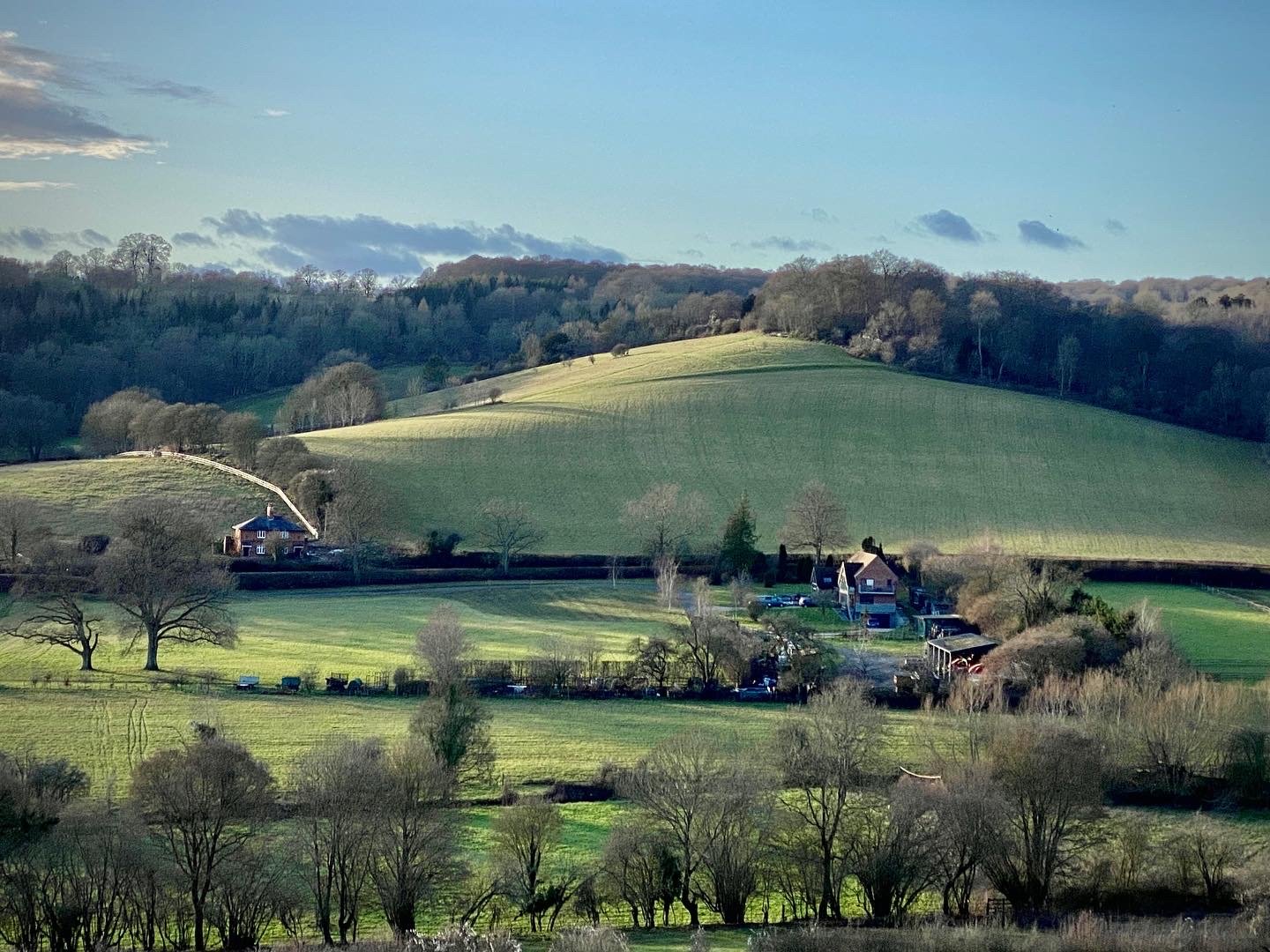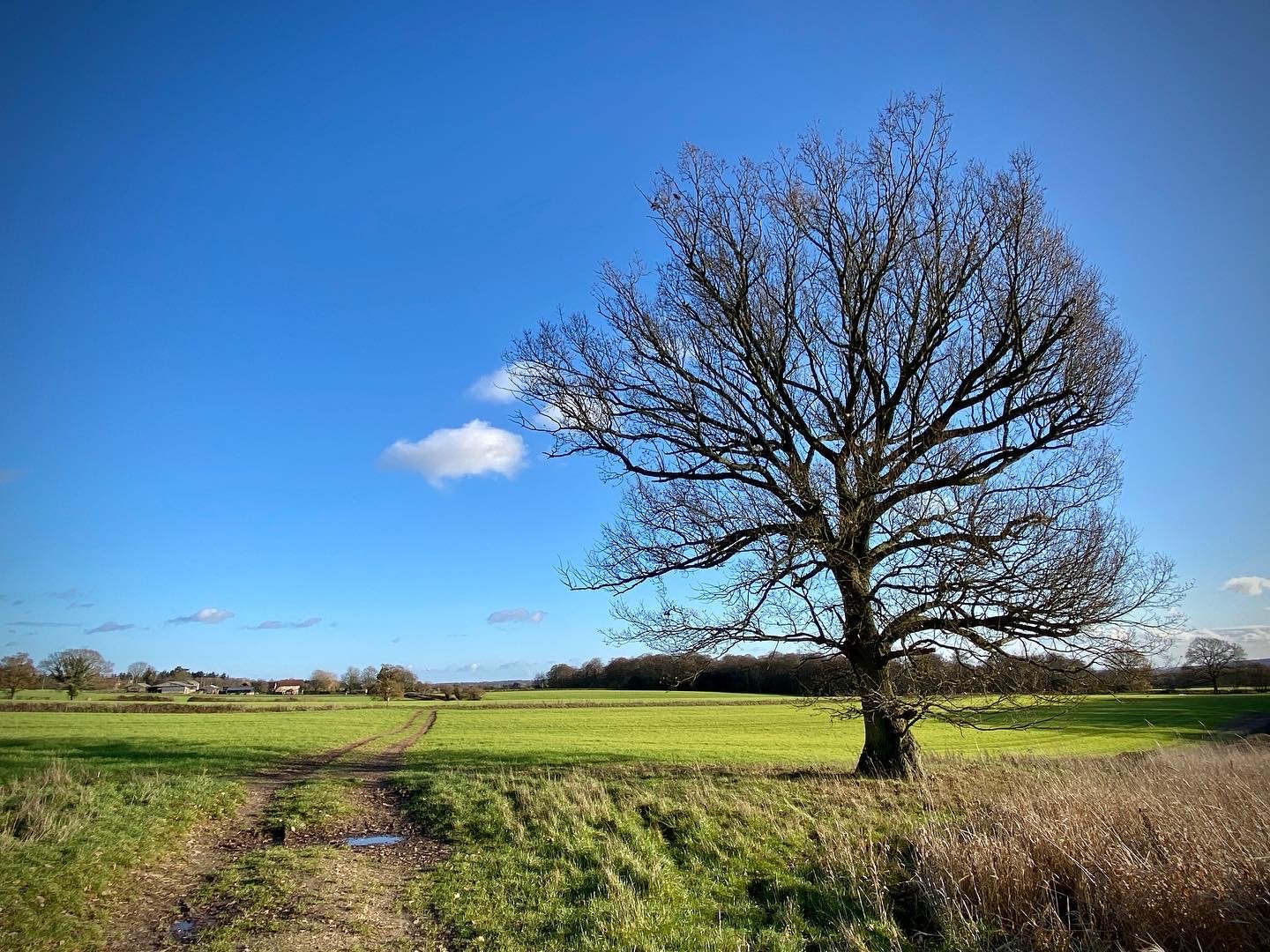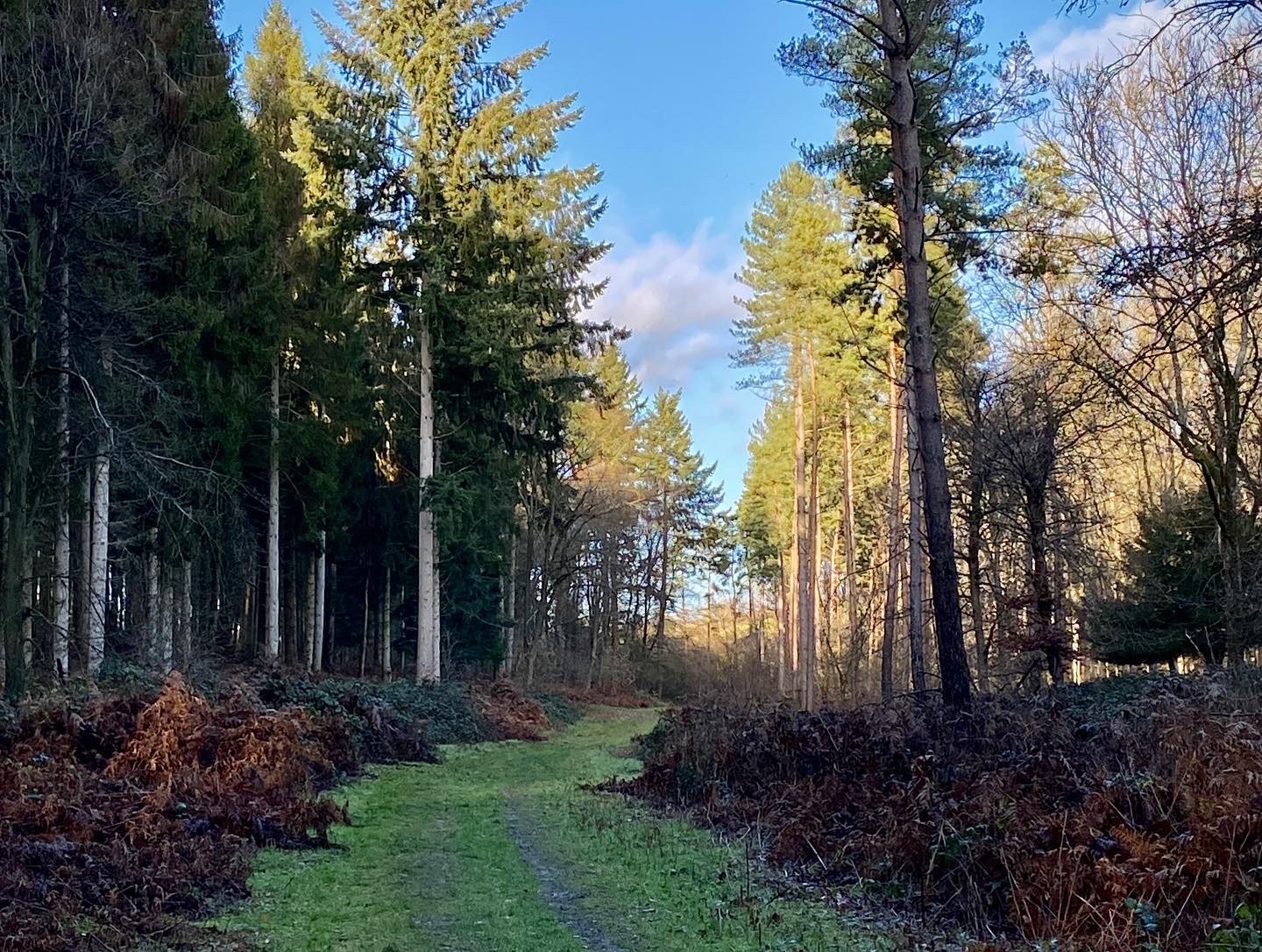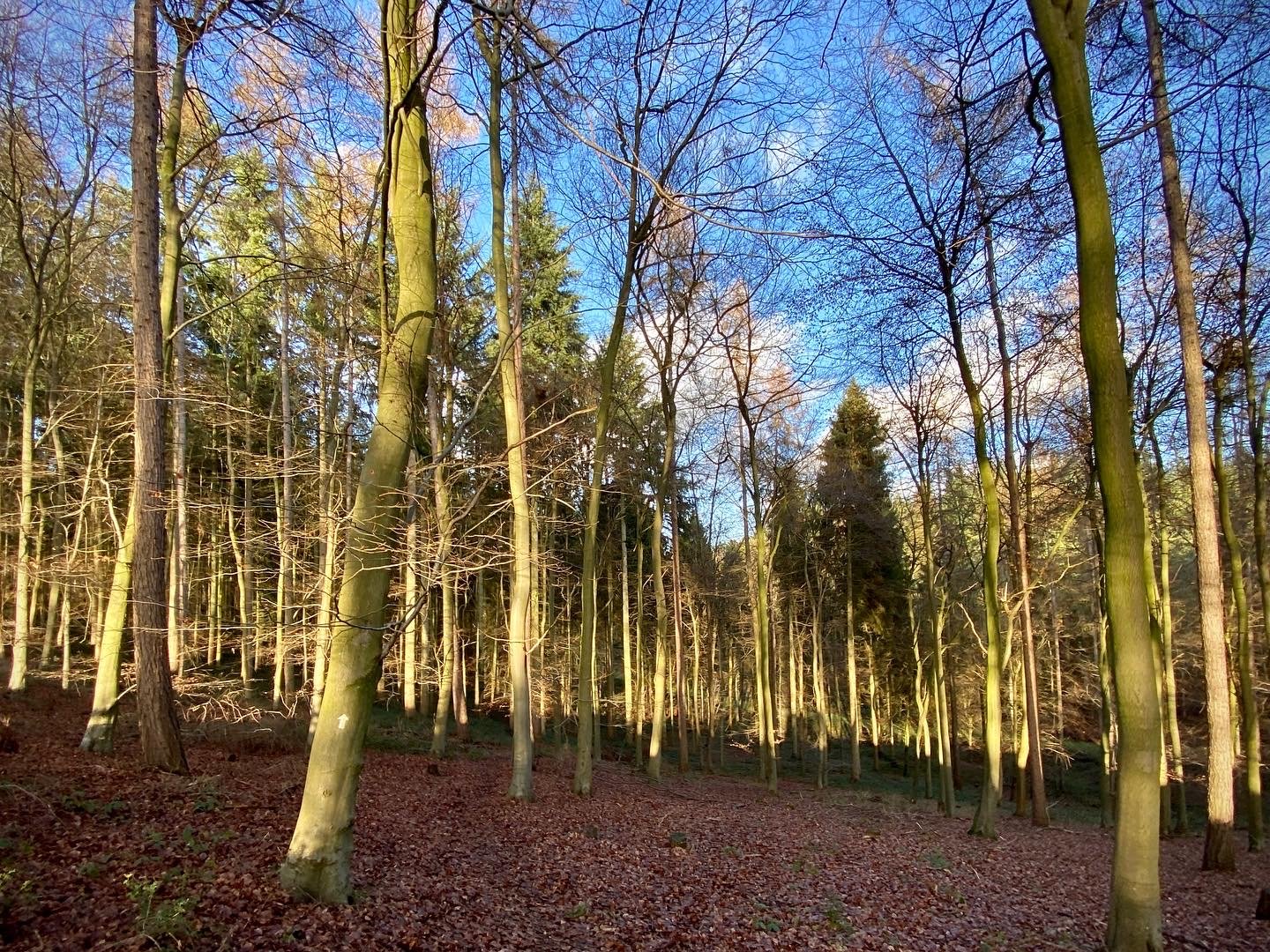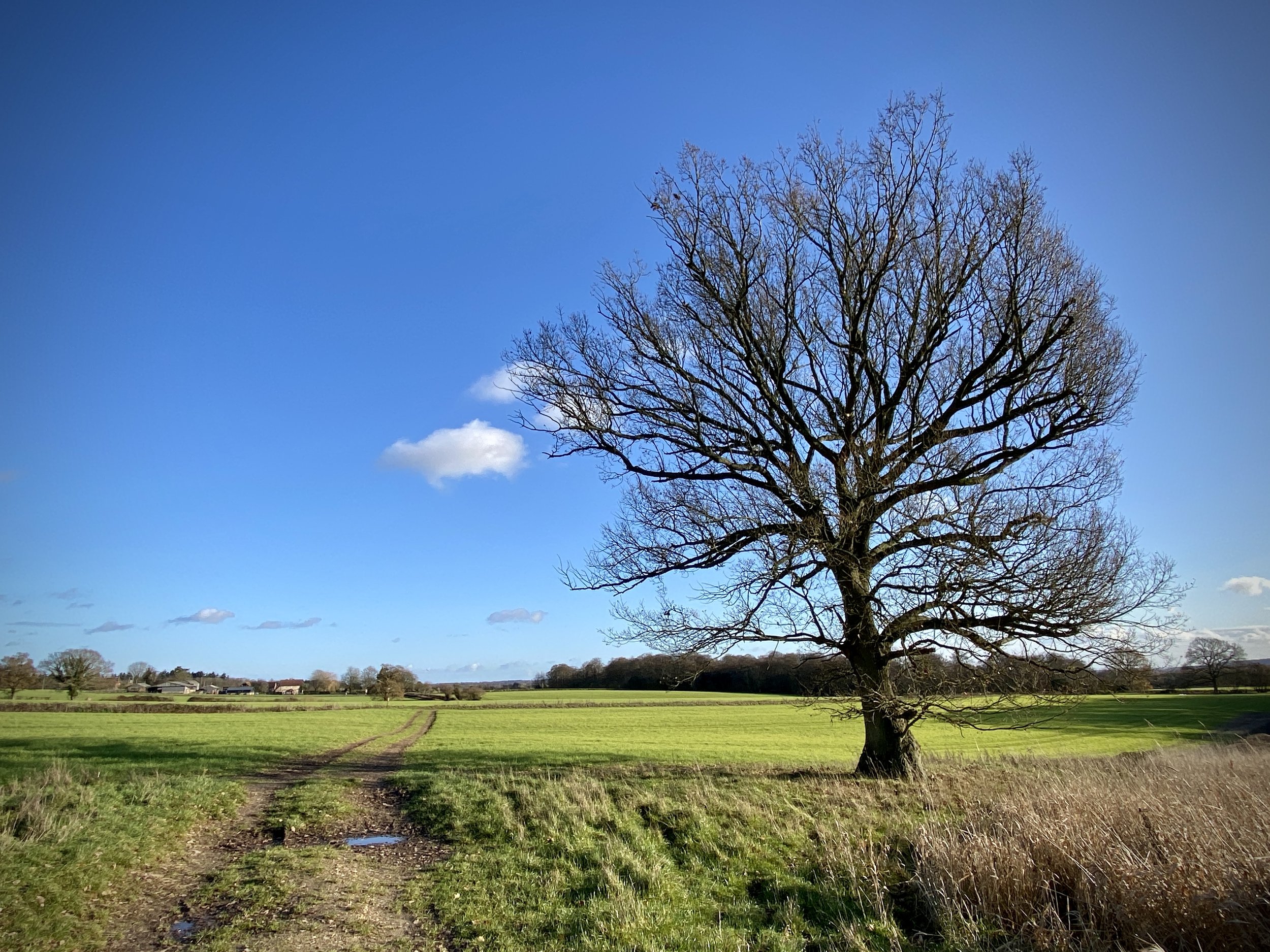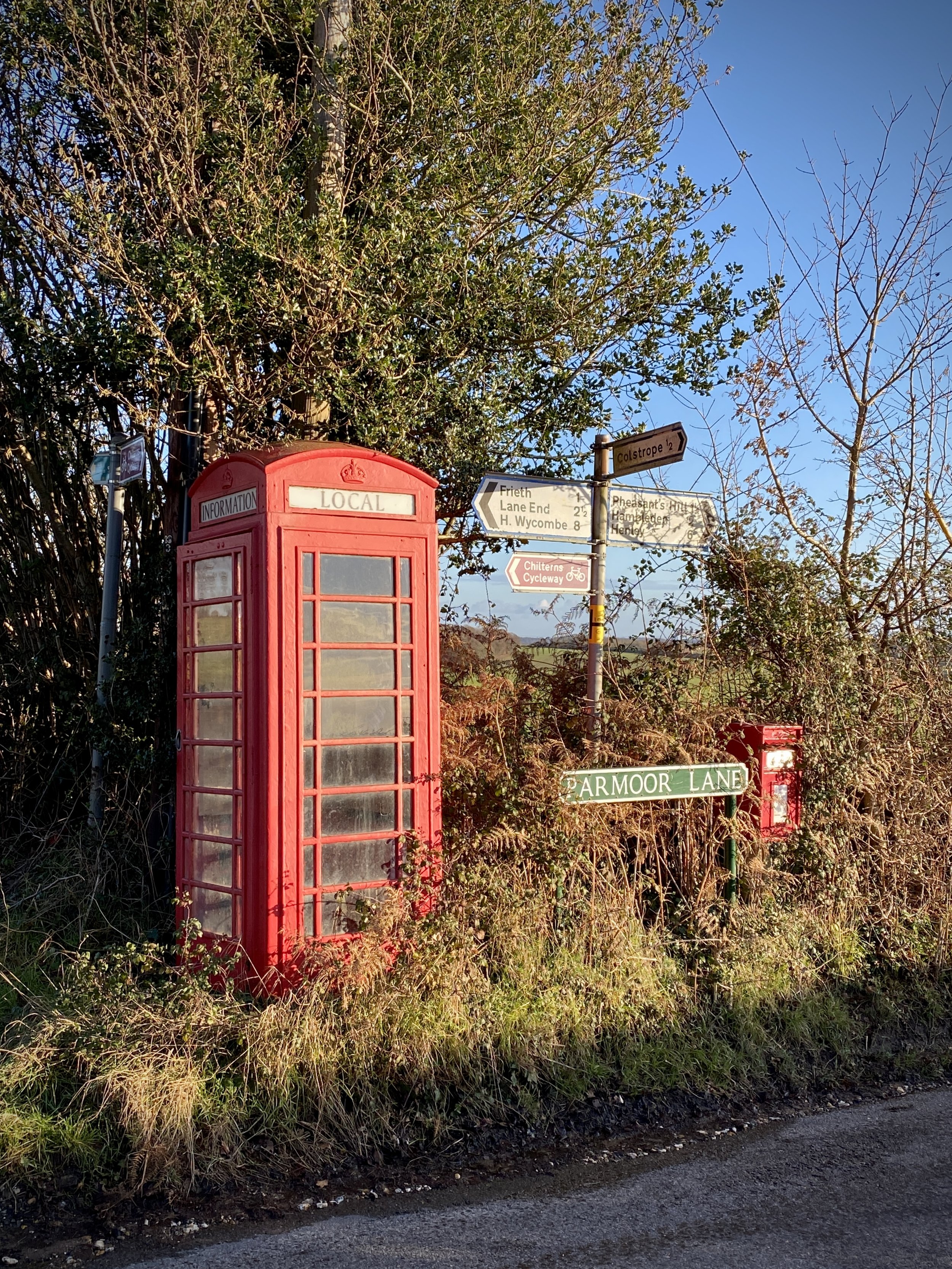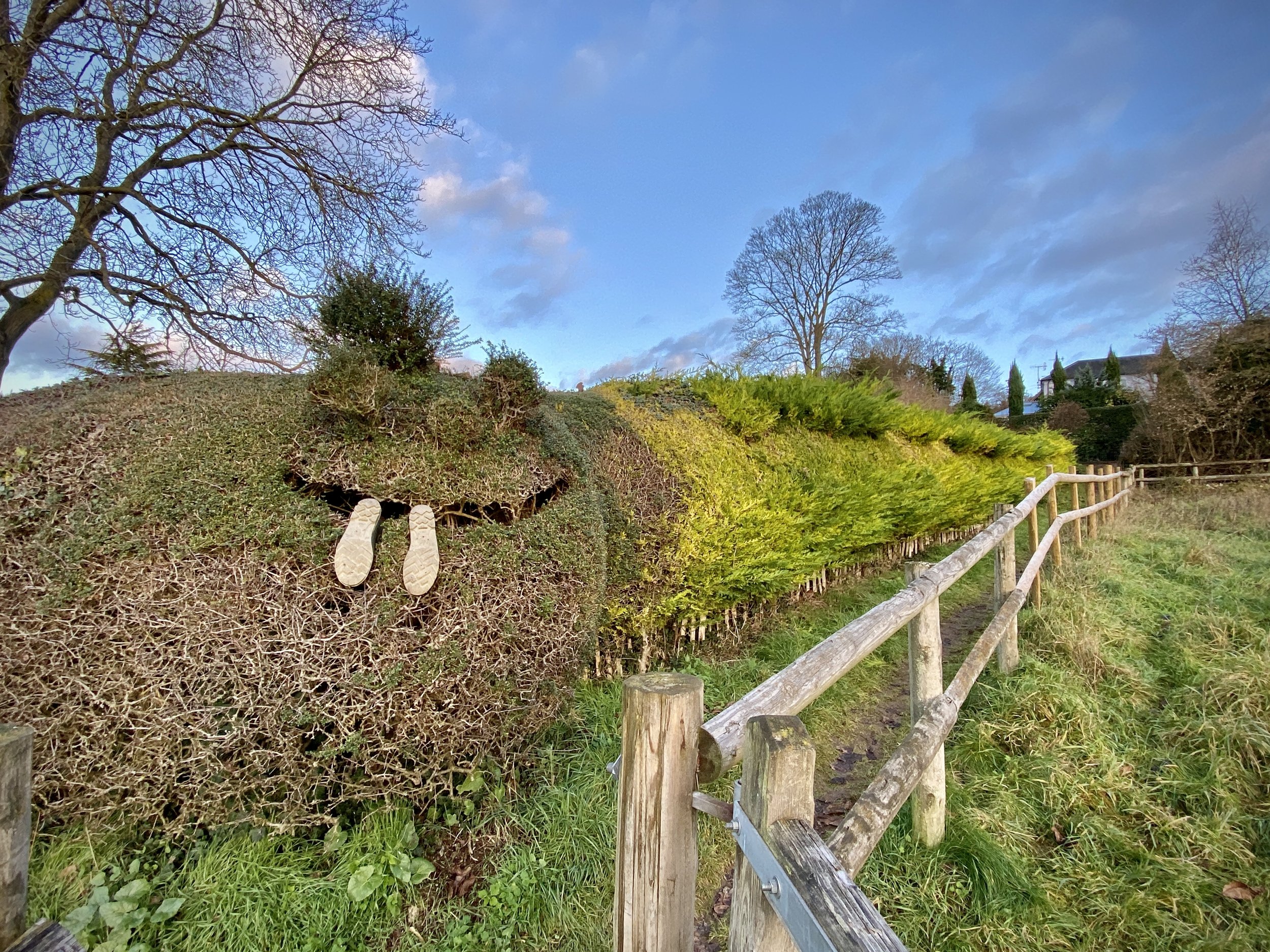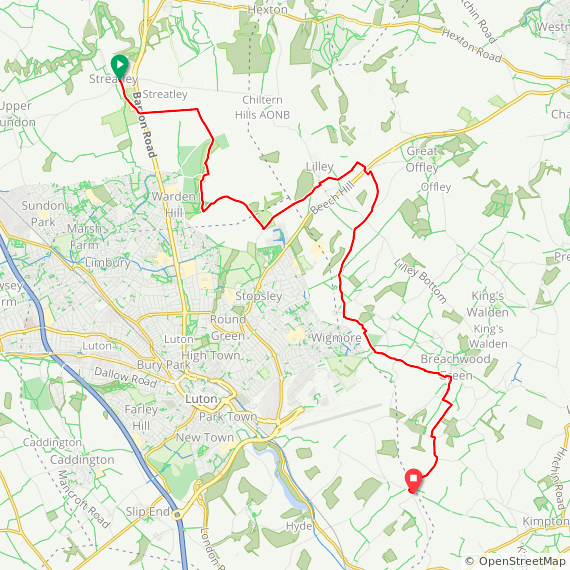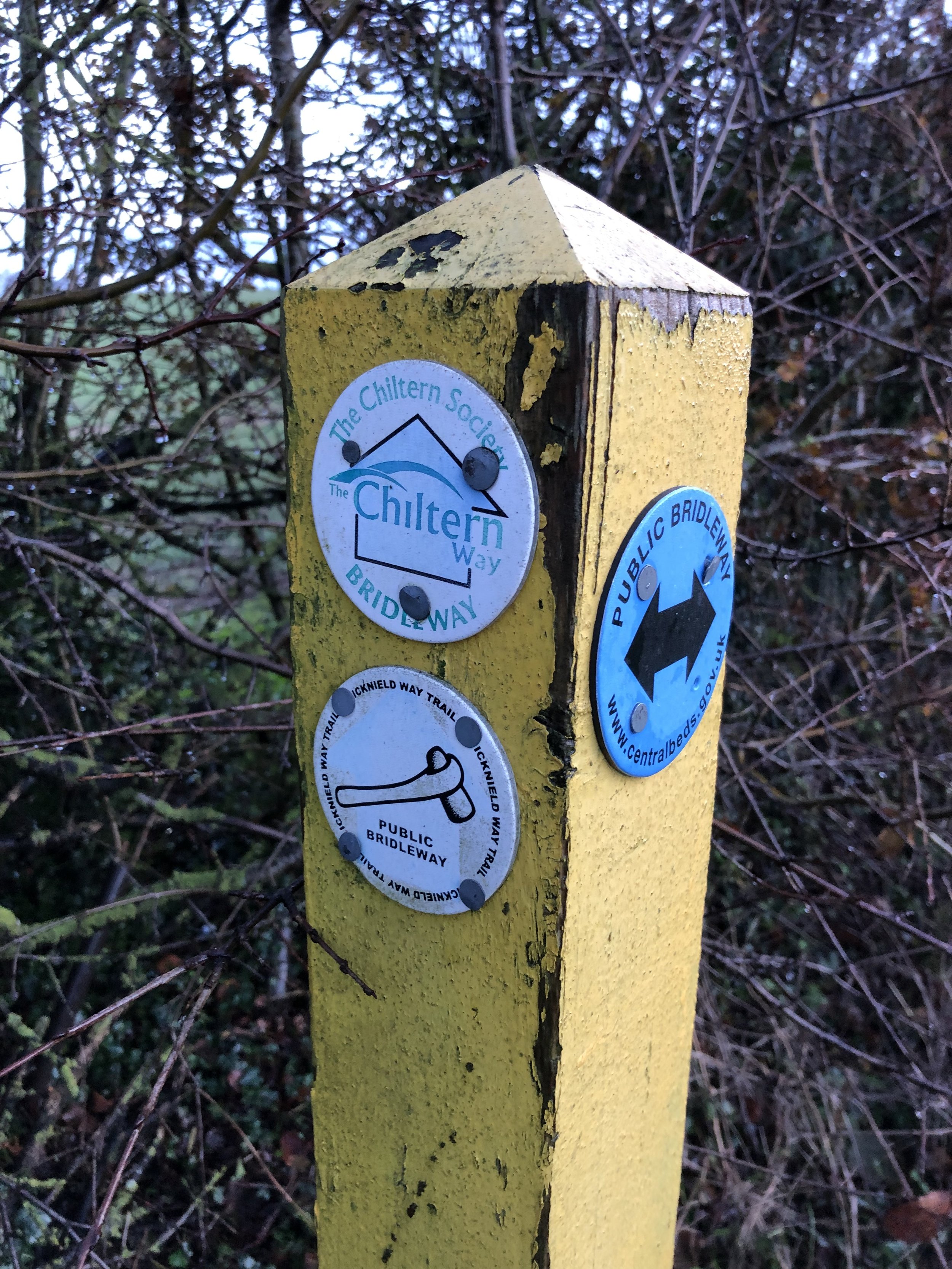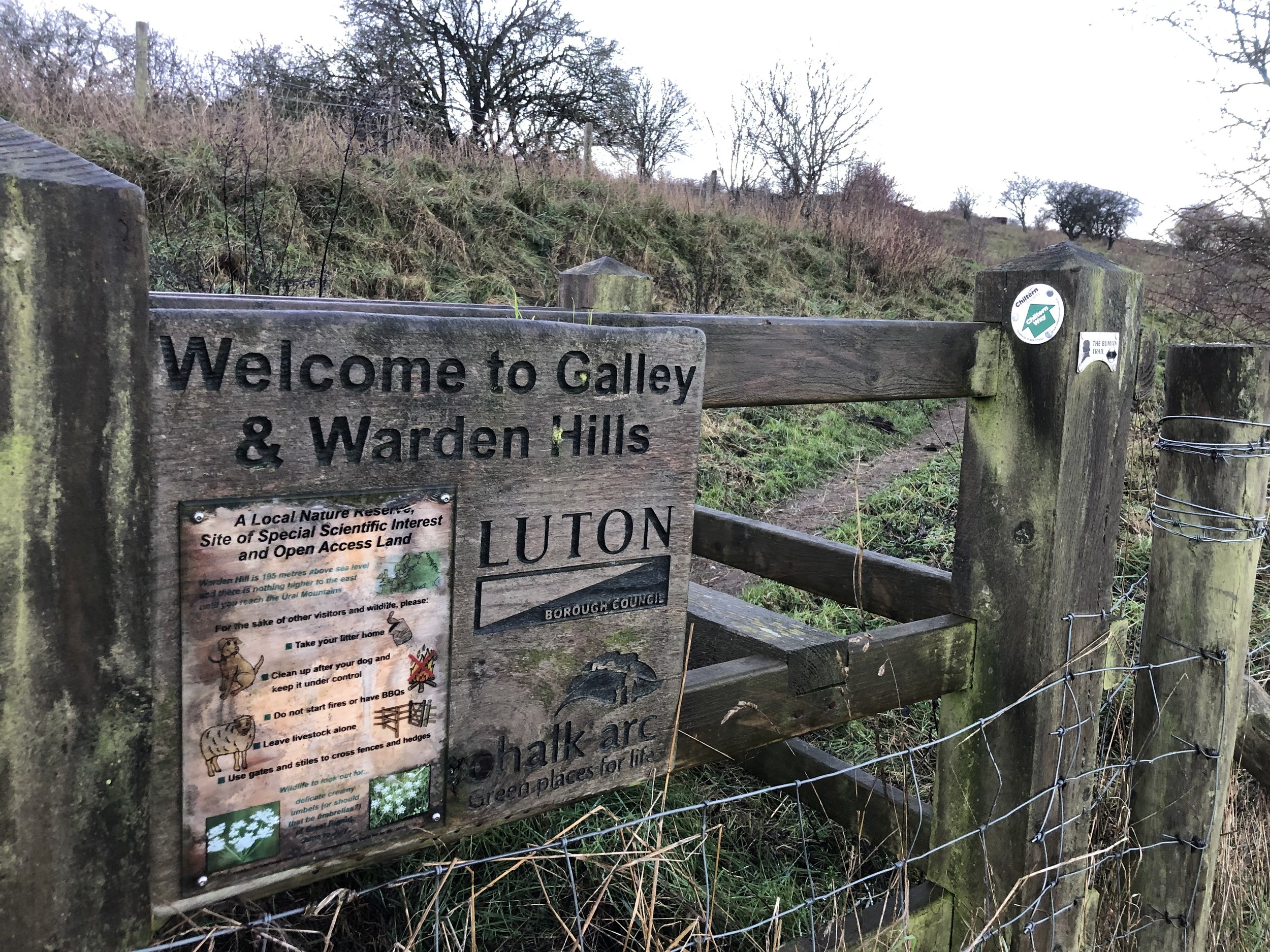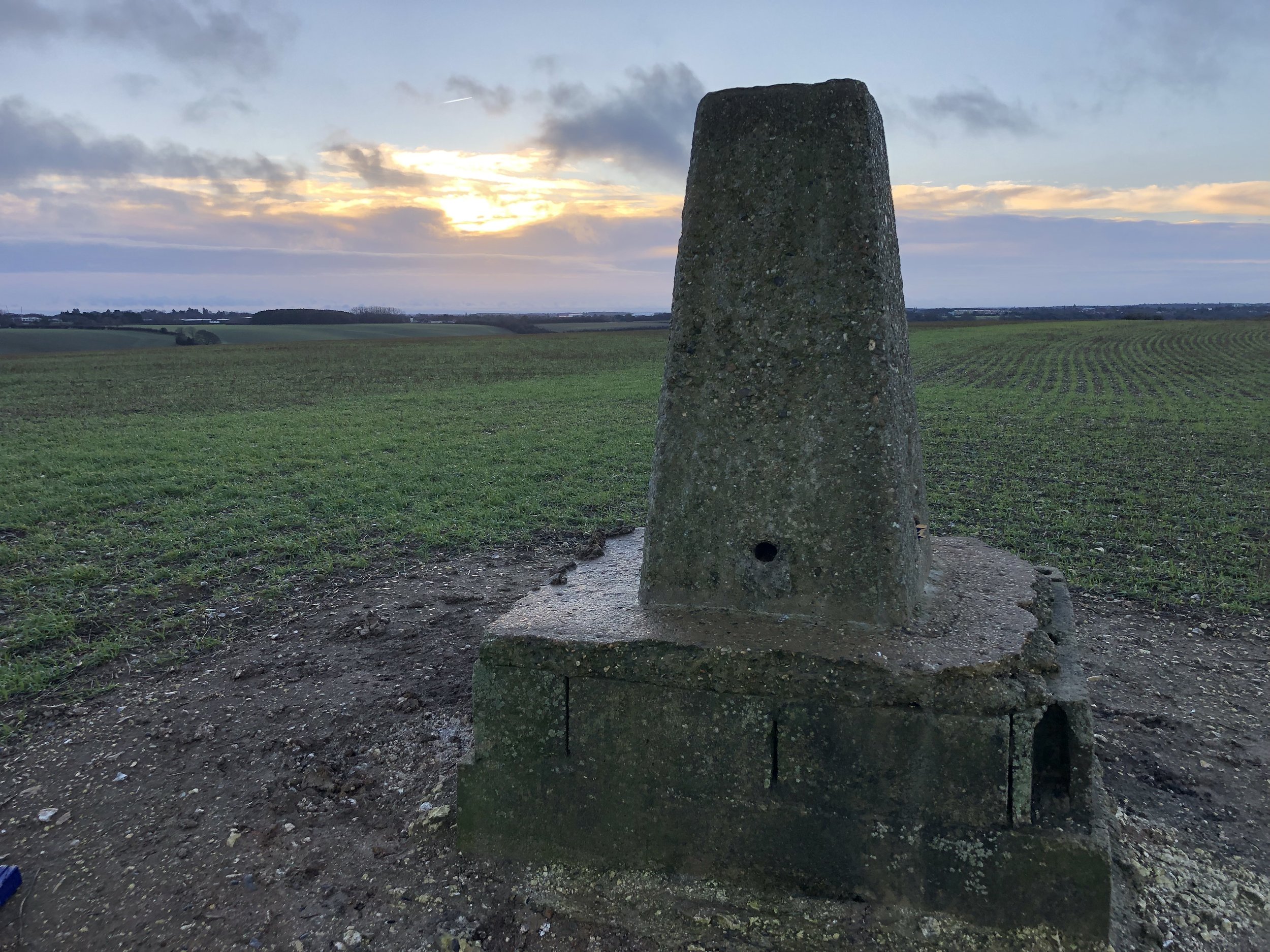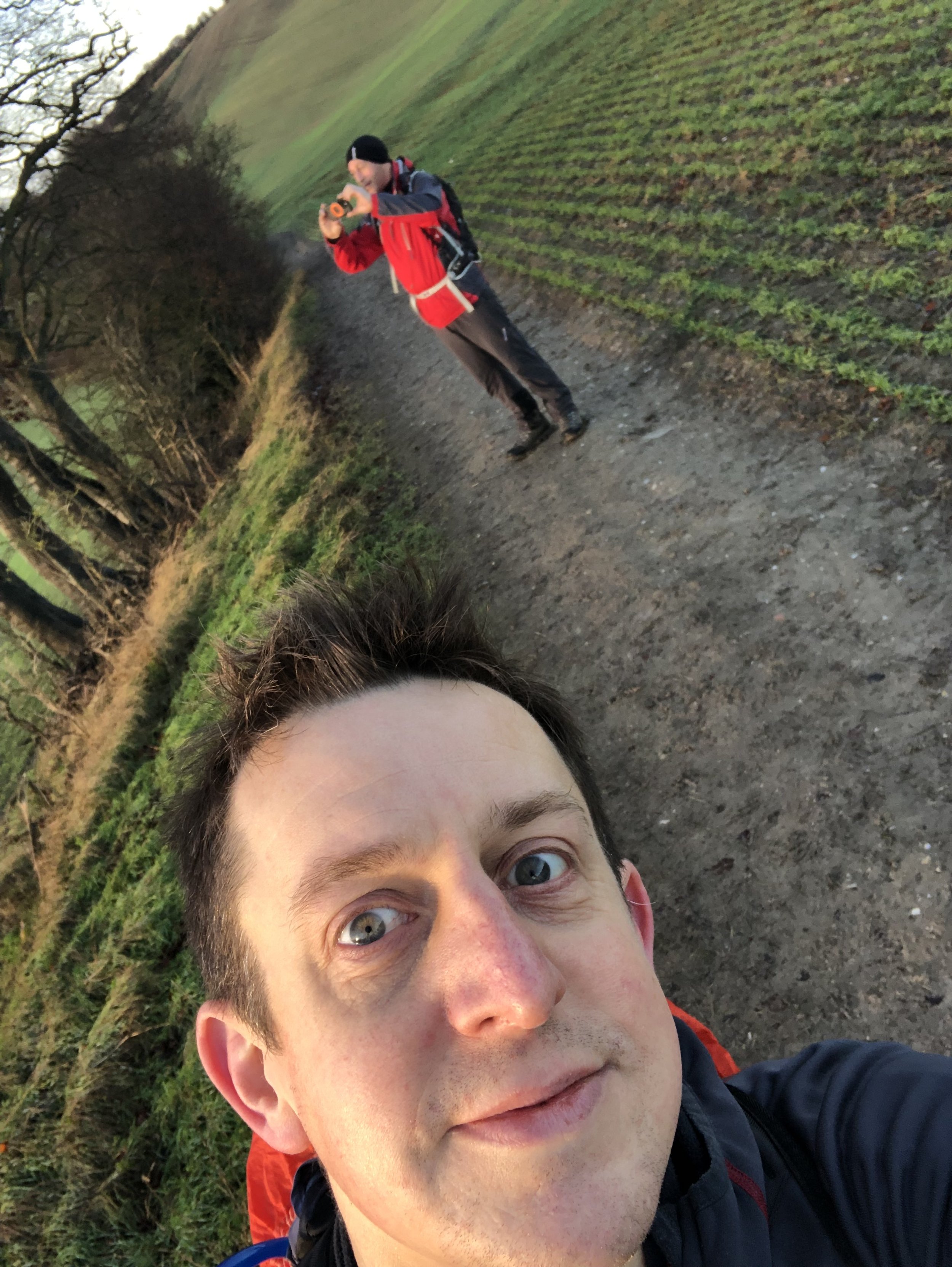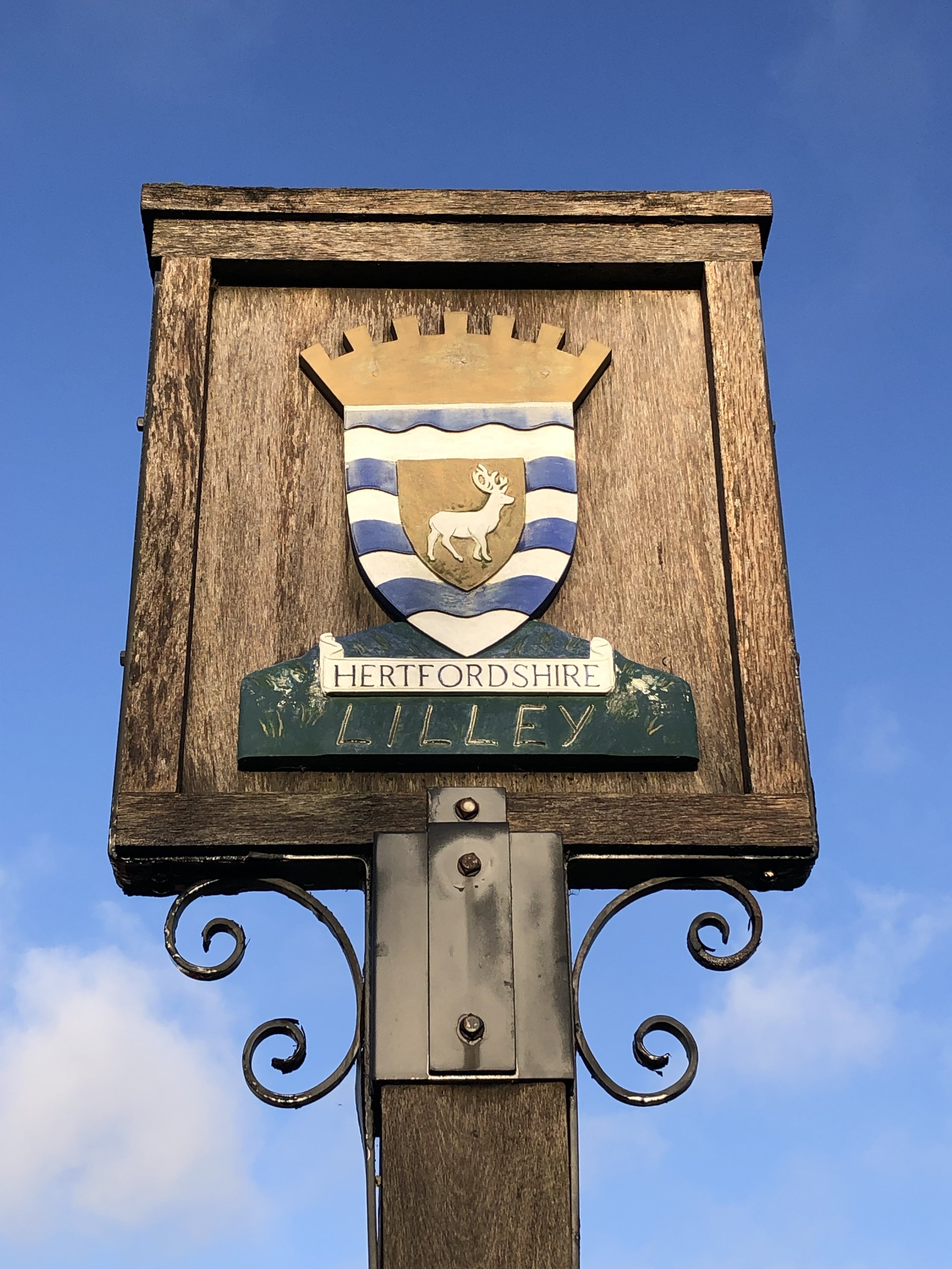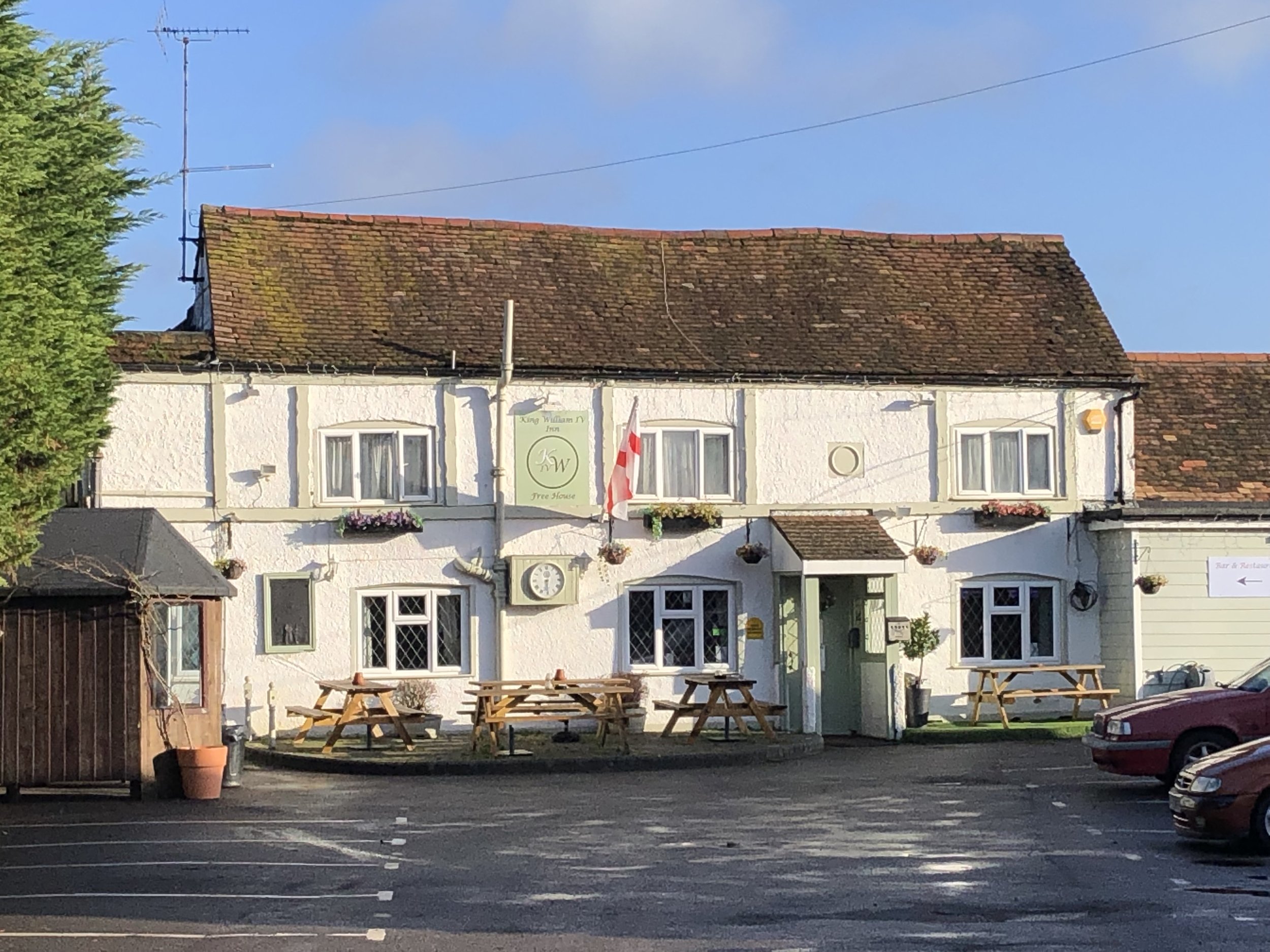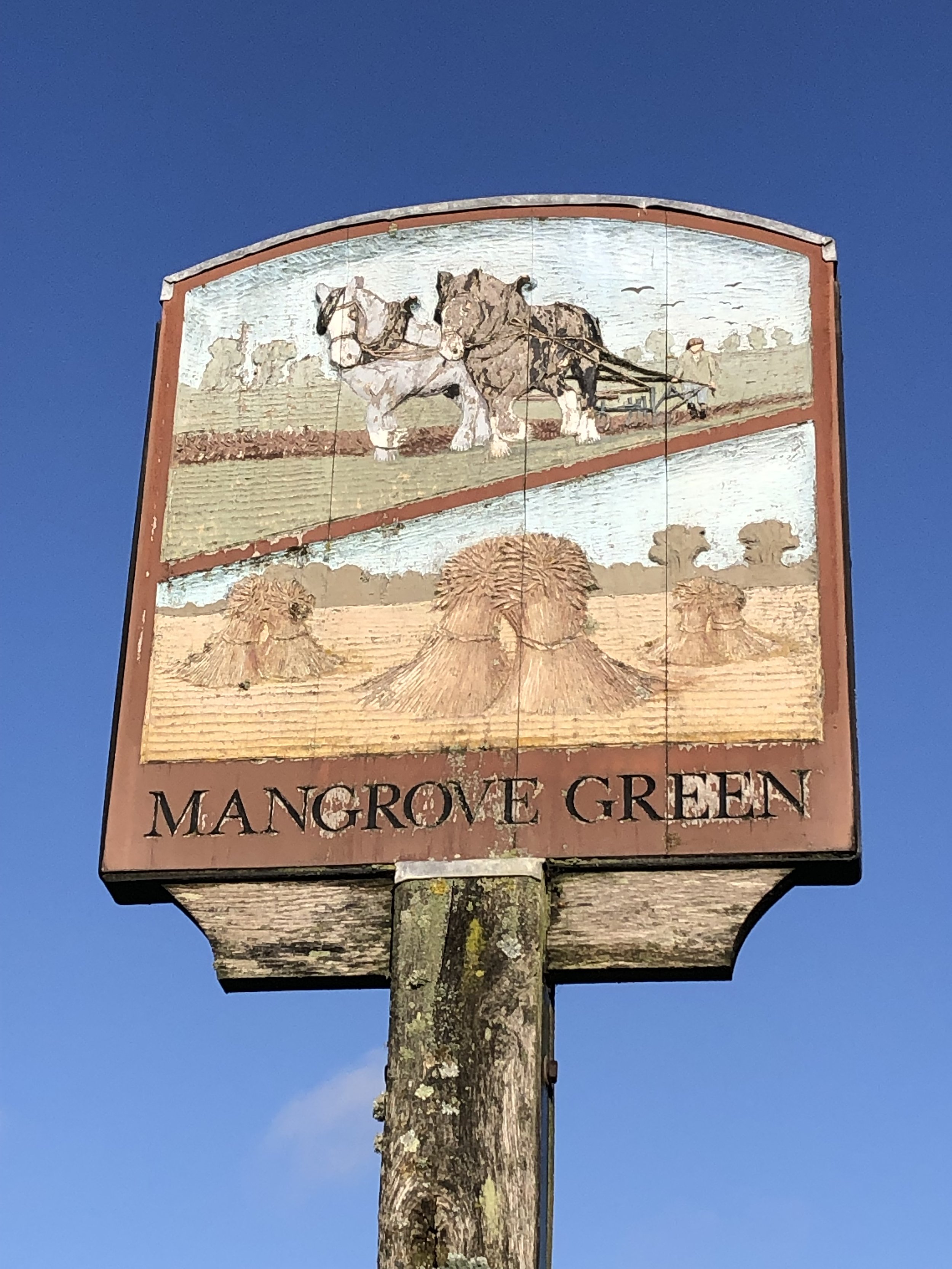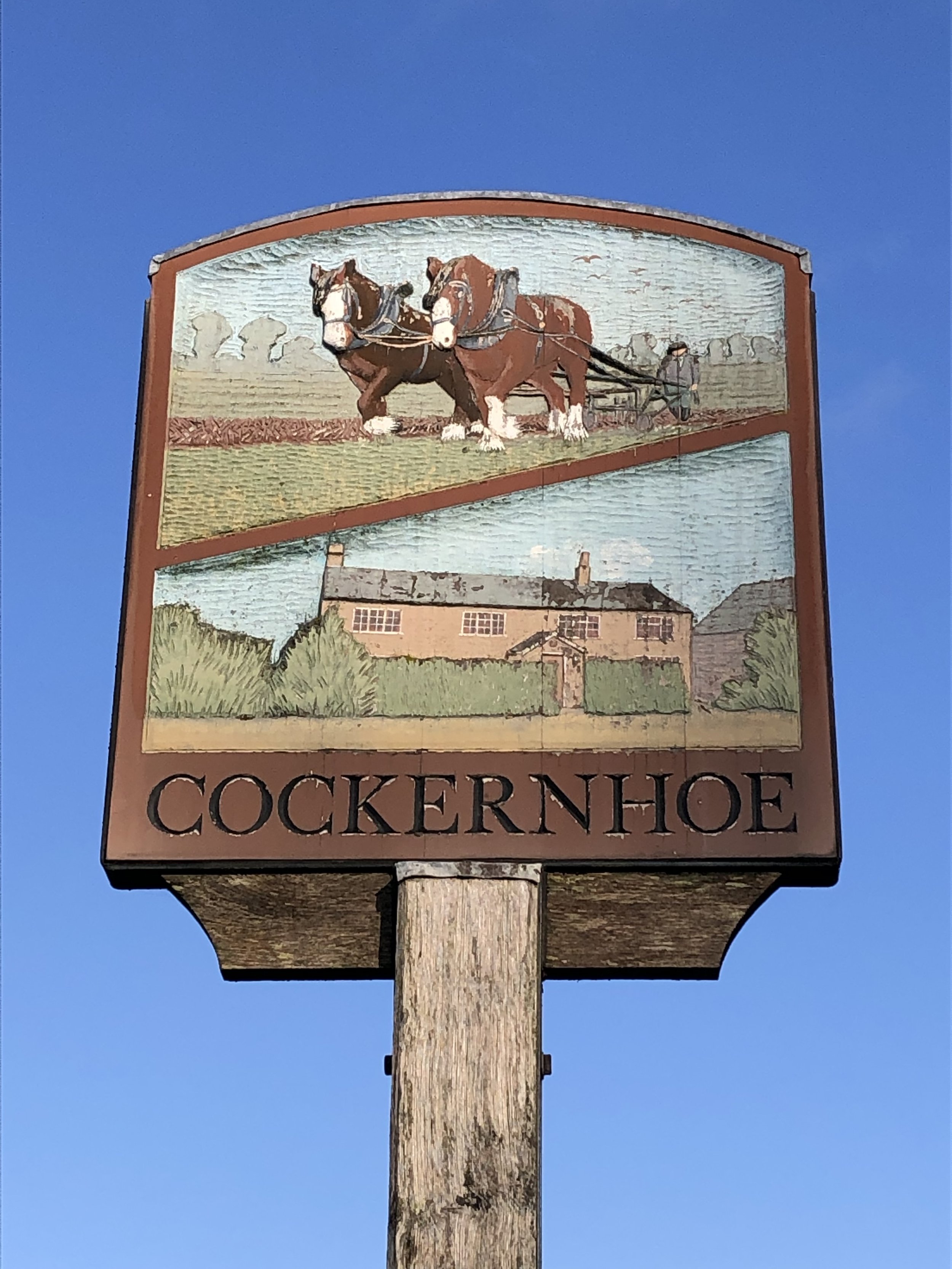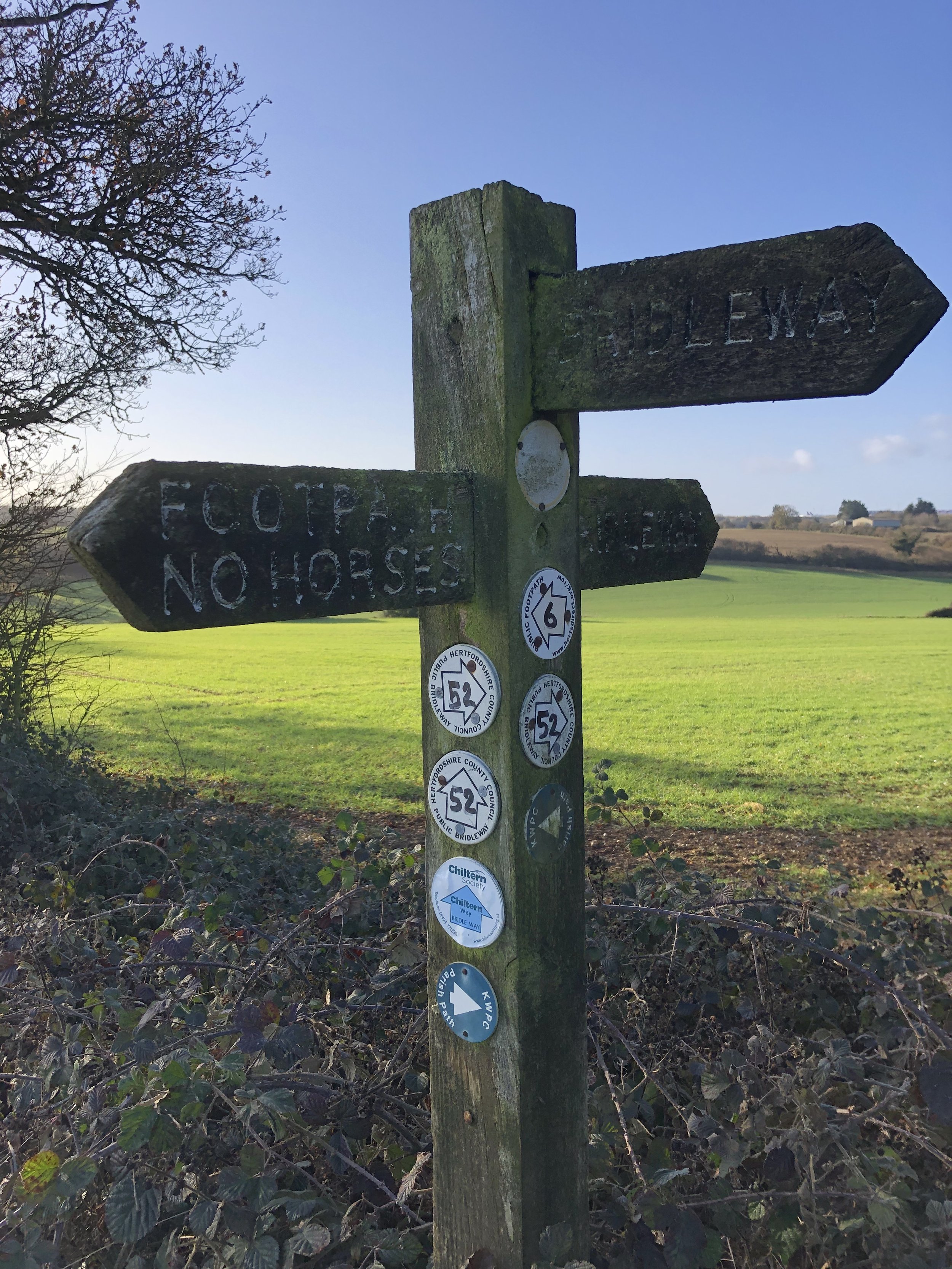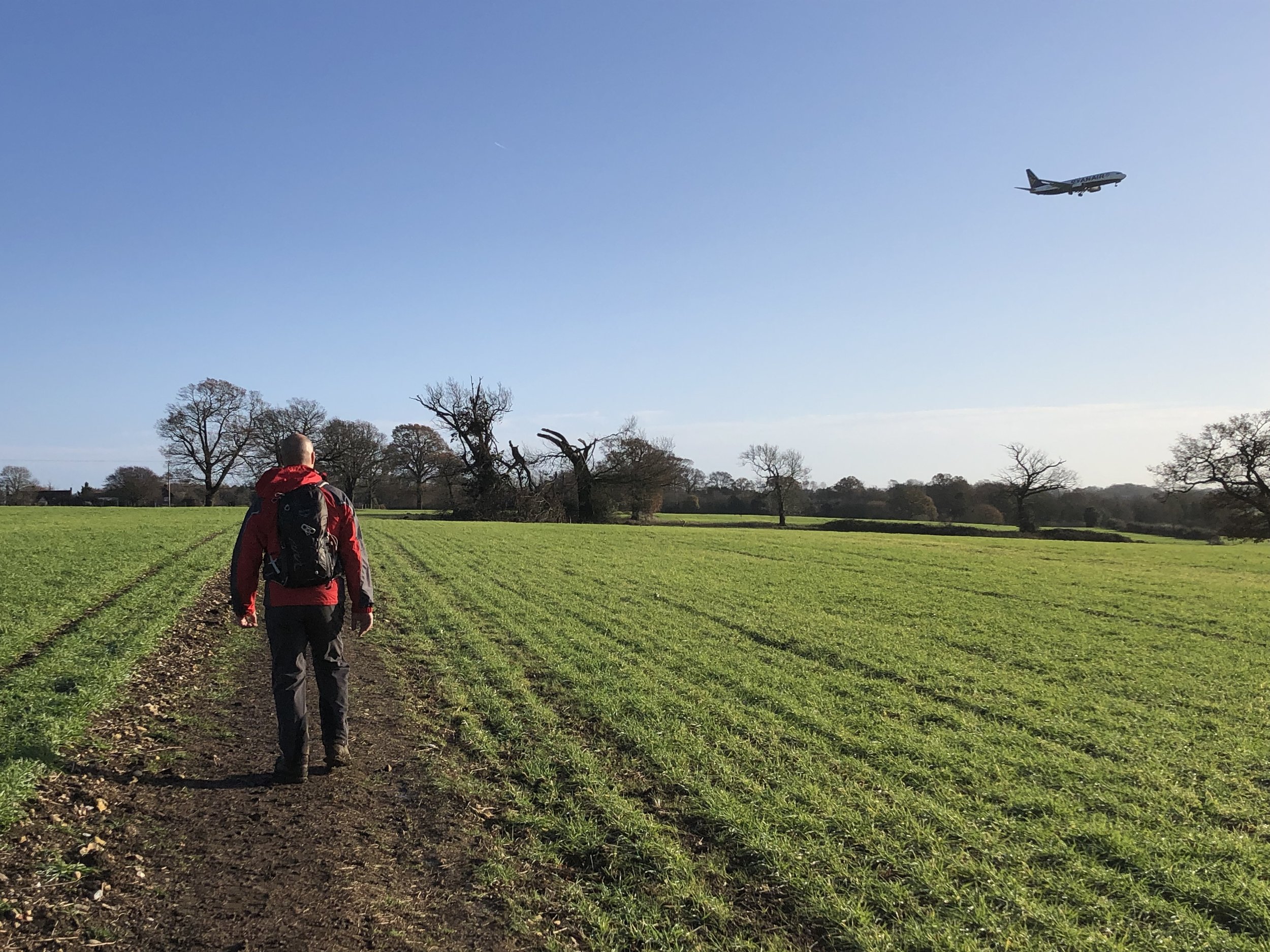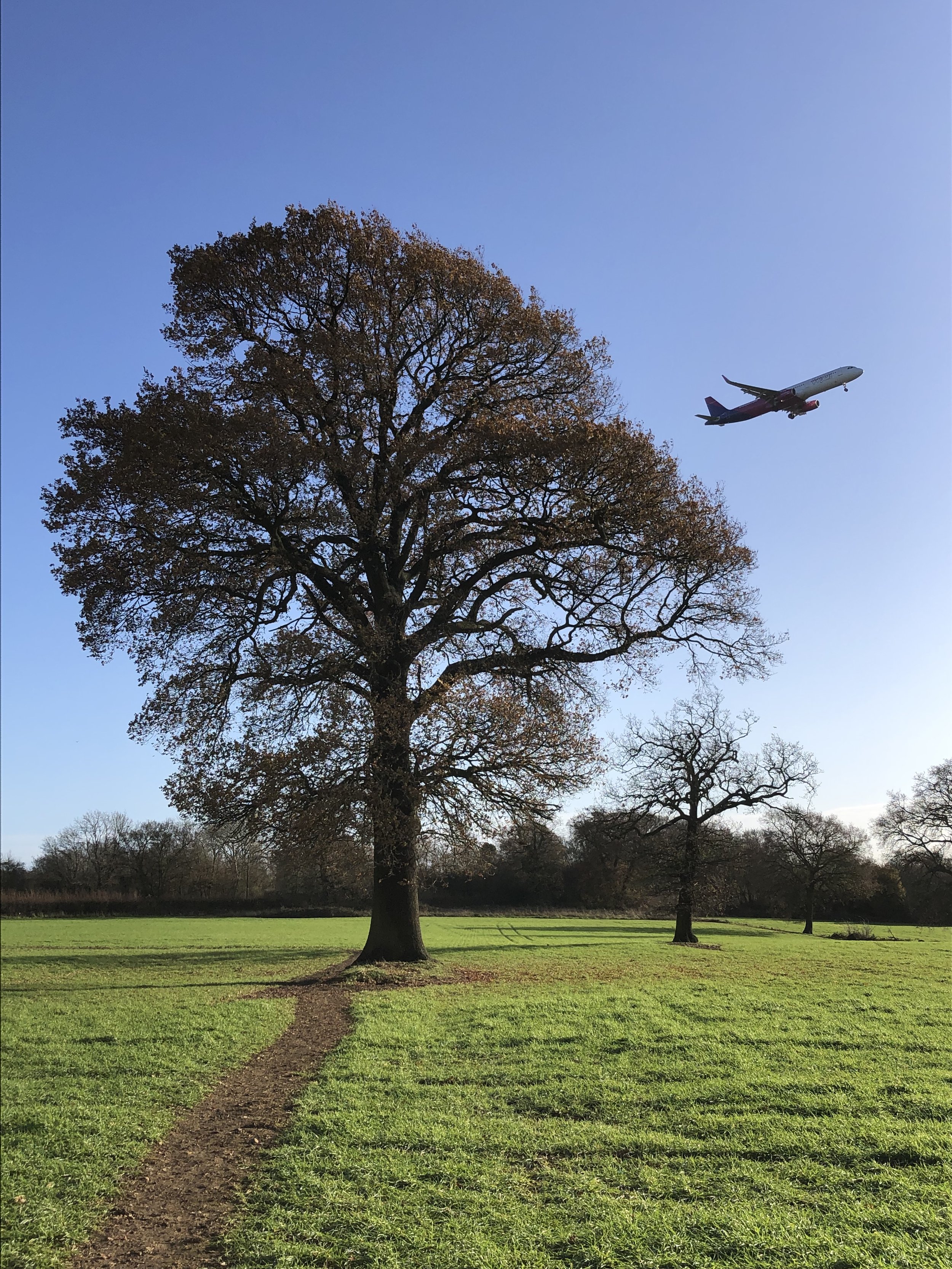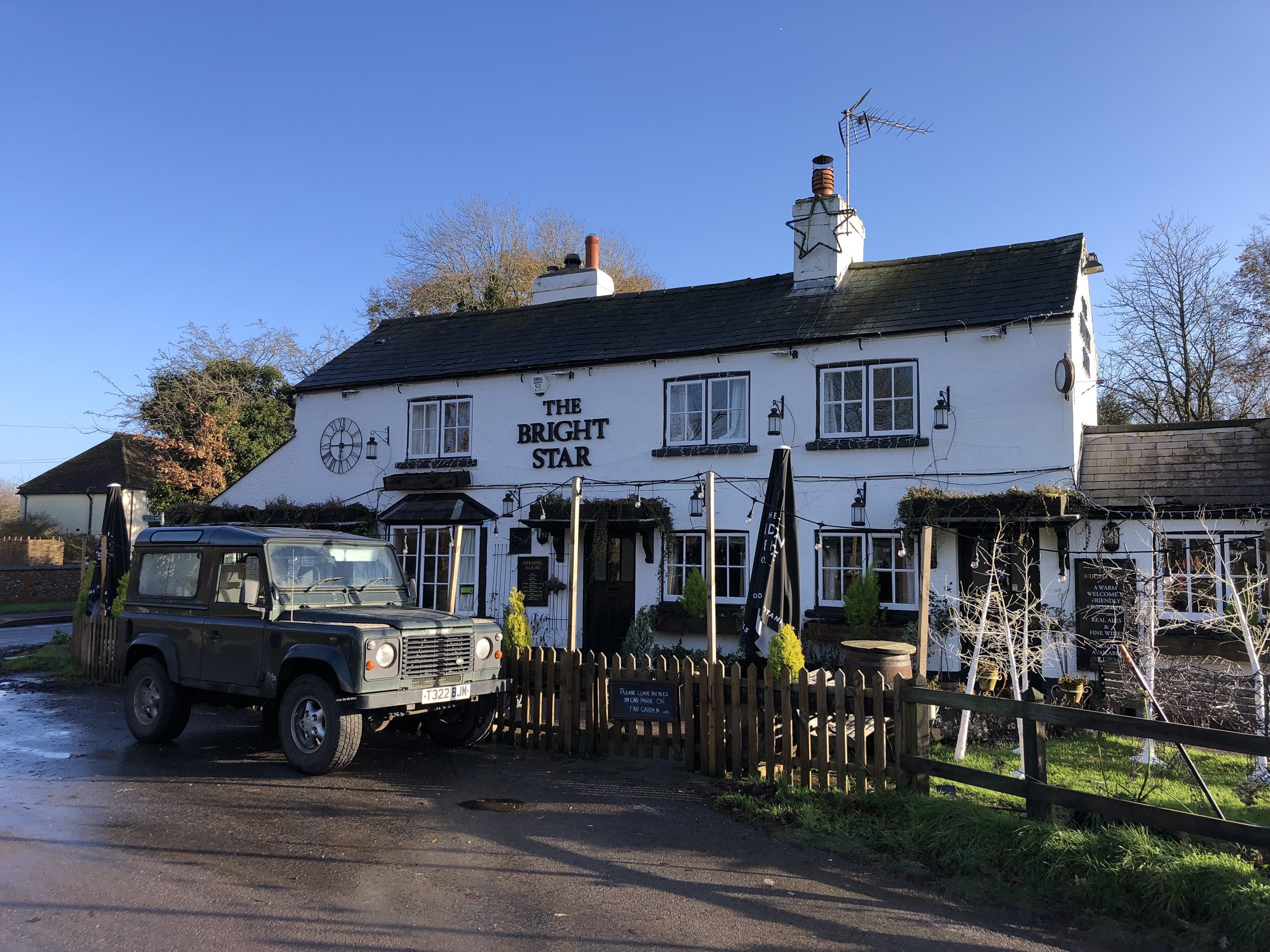It’s now become an annual tradition of mine to do a muddy cycle trip on the day before starting work in the New Year. Having a micro-adventure under the belt is always a good win before trying to remember my work password, what I do and why I do it. My first weigh-in of the new year with a “Personal Best” kilo total was also another motivation to get out of the house.
This year’s trip with to explore the 2 disused railways from Princes Risborough station on the north edge of the Chilterns. The first one is a stretch of the old Wycombe Railway that’s now been adopted as a cycle path called The Phoenix Trail. The second is the old Princes Risborough to Watlington line. The first part of this to Chinnor is now as heritage rail line. The rest has been completely abandoned but you can find remains of the old stations if you know where to look.
If you’re arriving by car, a good place to part is The Mount, just off Princes Risborough High Street. Although you can also park at the rail station, The Mount is cheaper and often has more spaces. The Mount is also on NCN 57 so you can pick up the route from there and ride the 1 km to the station.
To access the Phoenix trail continue along the NCN 57 as it crosses the road bridge to the south of the station and passes through the village of Horsenden. Before reaching the start of the Trail you’ll pass over a level crossing that’s now part of the Princes Risborough to Chinnor Historic Railway.
Once on the Phoenix Trail navigation is as simple as you’d expect from a disused rail path. Along the way you’ll pass art installations and the locations of the three stations along the old track. The first station, Bledlow, is easy to spot as the building is still intact, albeit extended. You’ll find it on the left hand side of the Trail after crossing Sandpit Lane.
Towersey Halt, the second station is less obvious as nothing remains of it. The location is just after the bridge that crosses Chinnor Road. Further along at Thame the Trail passes through the middle of the still-intact platforms.
Approximately 1.5km after the old Thame station the Phoenix Trail abruptly stops and the NCN 57 takes a sharp turn to the right along Hatchett’s Lane. Here you have a choice of following the NCN 57 round to the roundabout and taking a left onto the A329 or you can continue along the path of the old rail line along a bumpy footpath. We took the footpath option to arrive at the A329 opposite a car dealership.
From here the Wycombe Railway continued west to the next station at Tiddington then on to Oxford. For our trip it was the end of the line as there’s no option to continue along the old rail route. We headed south along the A329, then took country roads to Watlington via Tetsworth.
Watlington is a great place to stop for a rest before exploring the more challenging final section of the route. My new favourite cycle cafe/pub is the Spire and Spoke on Hill Road. A couple of coffees and a carrot cake were perfect fuel for the rest of the ride.
After the Spire and Spoke, the remains of the old Watlington Station can be found on Station Road, just off the B4009 Watlington Road. The station, which was the end of the line from Princes Risborough, is on private land but you can see the roof and chimney from the gate on Station Road.
After Watlington Station, go back along Station Road and take a right onto the B4009 Watlington Road heading north-east. After 3km you’ll reach the B4009/M40 Bus Link with parking spots at the side of the road. This is the location of the old Lewknor Bridge Halt. According to the Wikipedia article, the steps up to the Halt are still there. We only found the steps down to Hill Road on the northern side which are probably not the same.
Further along the B4009 the road goes under the M40. After the motorway exit take a right onto Aston Lane and continue until you reach some woodland on the left before the first house. Some remains of the old Aston Rowant Station can be found in the woods. We decided not to explore that day but I might return another time.
Further up Aston Lane, take a left onto The Ridgeway and follow it towards Princes Risborough. We were there after a lot of rain and this second of the trail was a mud-bath. Even on a dry day I recommend taking on the route with a mountain bike and definitely not a road bike. There were several spots along this section where we had to get off and push.
After ~1.5km along The Ridgeway the trail crosses Kingston Hill (Road) and you’ll see the old Kingston Crossing Halt, now a private cottage in a good condition. Next continue along the Ridgeway to Chinnor Hill and take a short diversion north along Chinnor Hill Road to visit the well-preserved Chinnor Station, now the end-point of the Princes Risborough to Chinnor Heritage Railway.
After Chinnor return to the Ridgeway and continue towards Princes Risborough. Just over 1 km after Chinnor Station take a left hand bridleway to leave The Ridgeway to Hempton Wainhill. Wainhill Crossing Halt, rebuilt by the Princes Risborough to Chinnor Heritage Railway is on the left hand side of the lane. From here retrace your route back up to the Ridgeway.
At the top of the hill leave The Ridgeway and continue along the lane down the hill following the Midshires Way. This will lead you to the village of Bledlow where the Lions Of Bledlow pub is a god place for a final stop before the final stage of the route. After the pub follow Church End (road), take a left onto Perry Lane and head north. Perry Lane crosses under a railway bridge that carries the Historic Railway. This is the site of the old Bledlow Bridge Halt Station. You can’t access the station from the road but it is visible from the Historic Railway.
At the end of Perry Lane take a right onto the B4009 Lower Icknield Way and follow it in a north-eastly direction towards Princes Risborough. After 1 km you’ll arrive back at the bridge were the Phoenix Trail begins. Leave the B4009 and follow the NCN 57 back through Horsenden to The Mount.

